
Animal market in Nizwa city - Oman
Nizwa, Sultanate of Oman Animal market in Nizwa city. Photo: Ezequiel Scagnetti
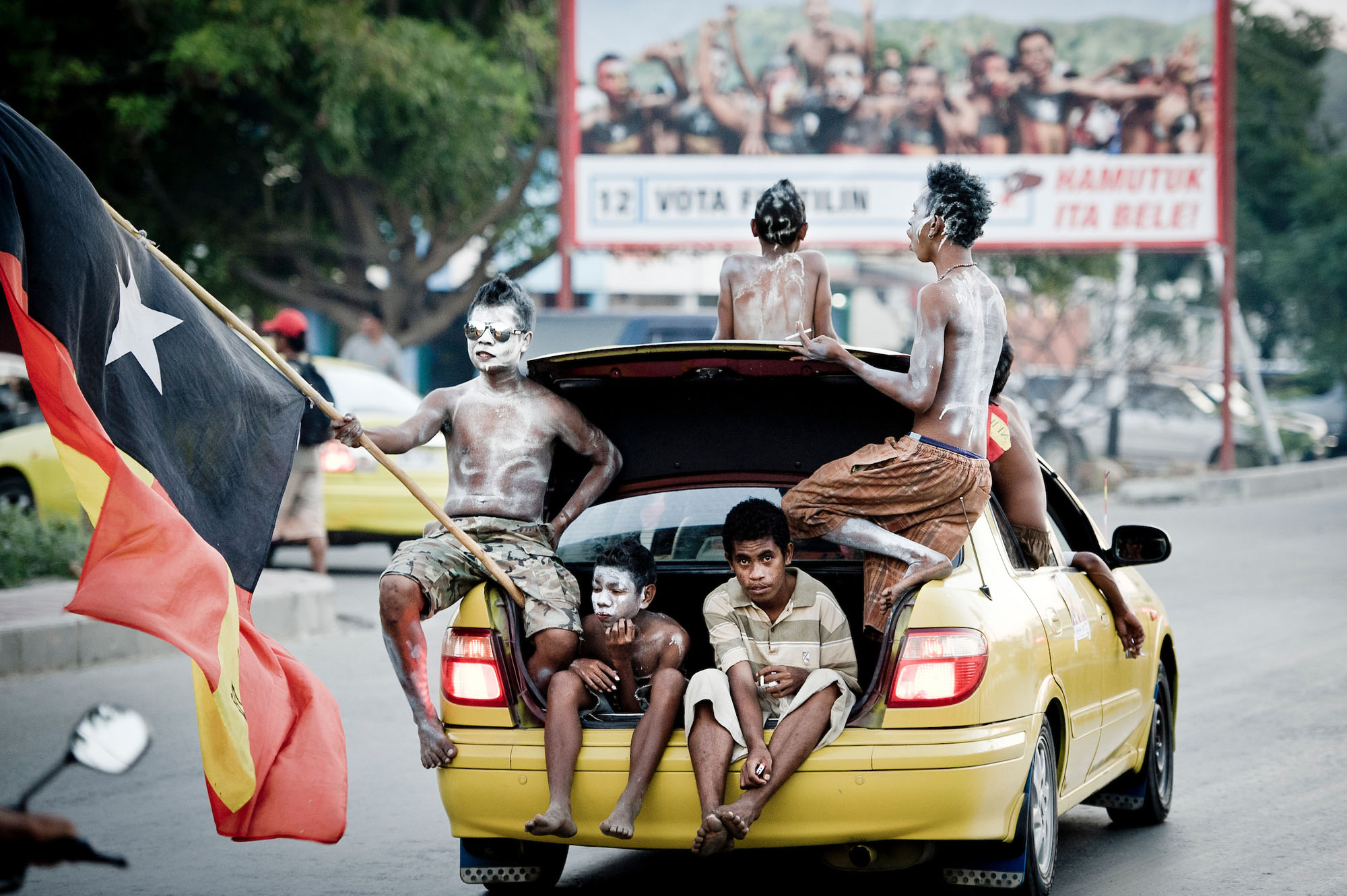
East Timor - Parliamentary elections 2012
Dili, East Timor Fretilin party political rally. Photo: Ezequiel Scagnetti
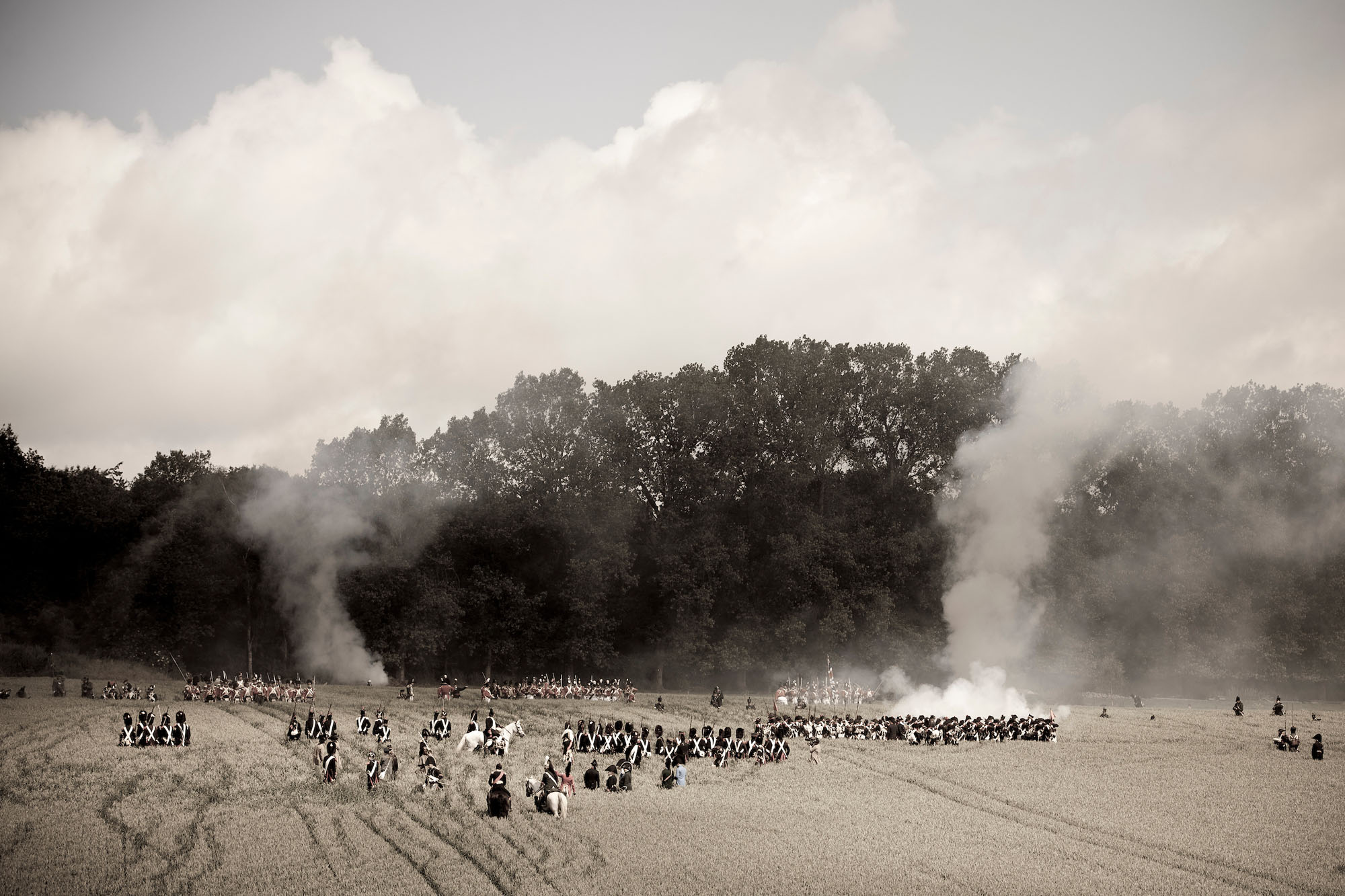
Battle of Waterloo
Waterloo, Belgium People in period uniforms re-enact the 1815 Battle of Waterloo between the French army led by Napoleon and the Allied armies led by the Duke of Wellington and Field-Marshal Blucher. Photo: Ezequiel Scagnetti

Boat restaurant - Istanbul
Istanbul, Turkey Turkish people cooking fish in a boat. Photo: Ezequiel Scagnetti
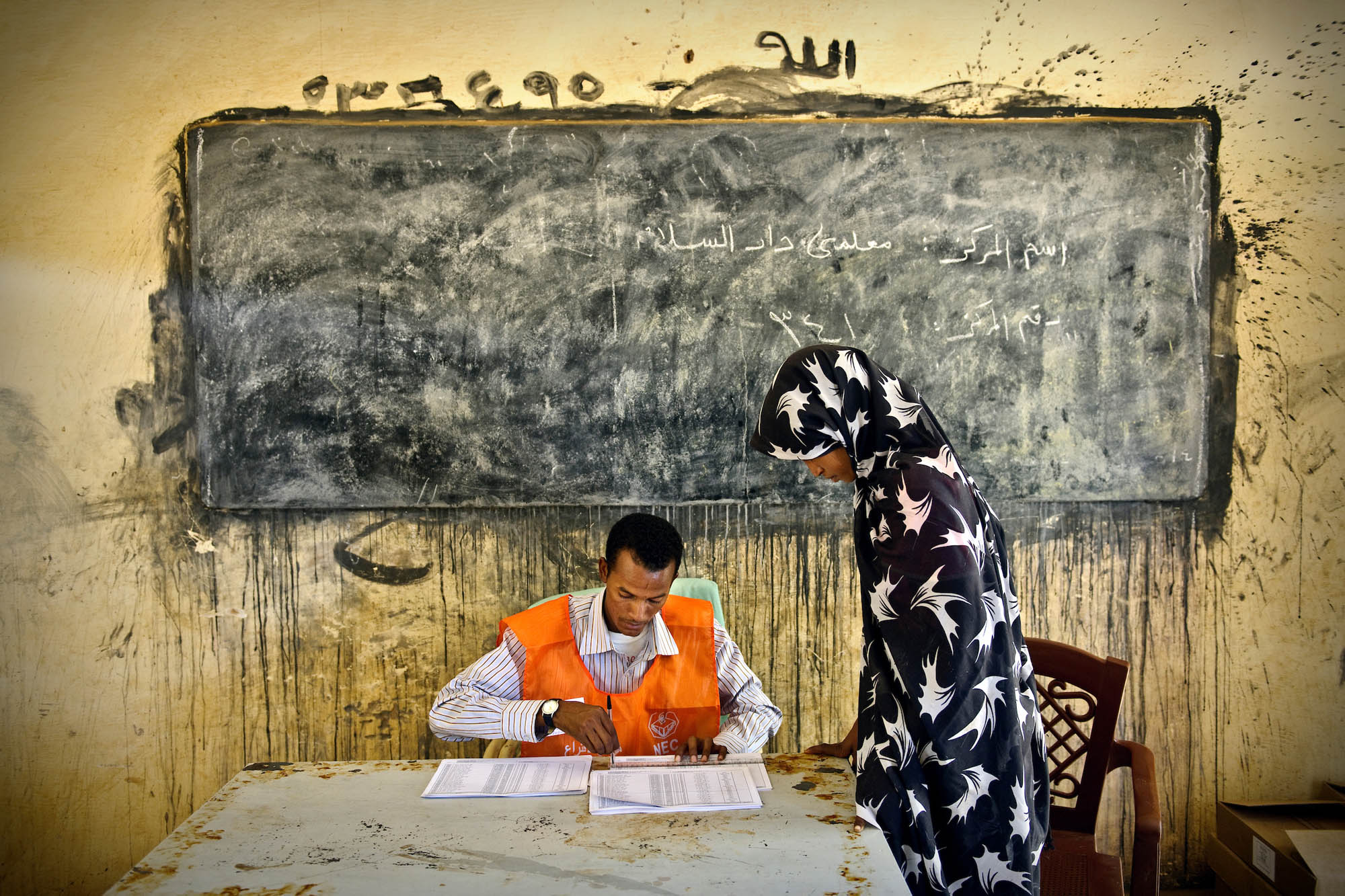
Sudan - Elections
Khartoum, Sudan, 11 April 2010 A sudanese woman votes in a polling station during the presidential elections in Sudan. Photo: Ezequiel Scagnetti
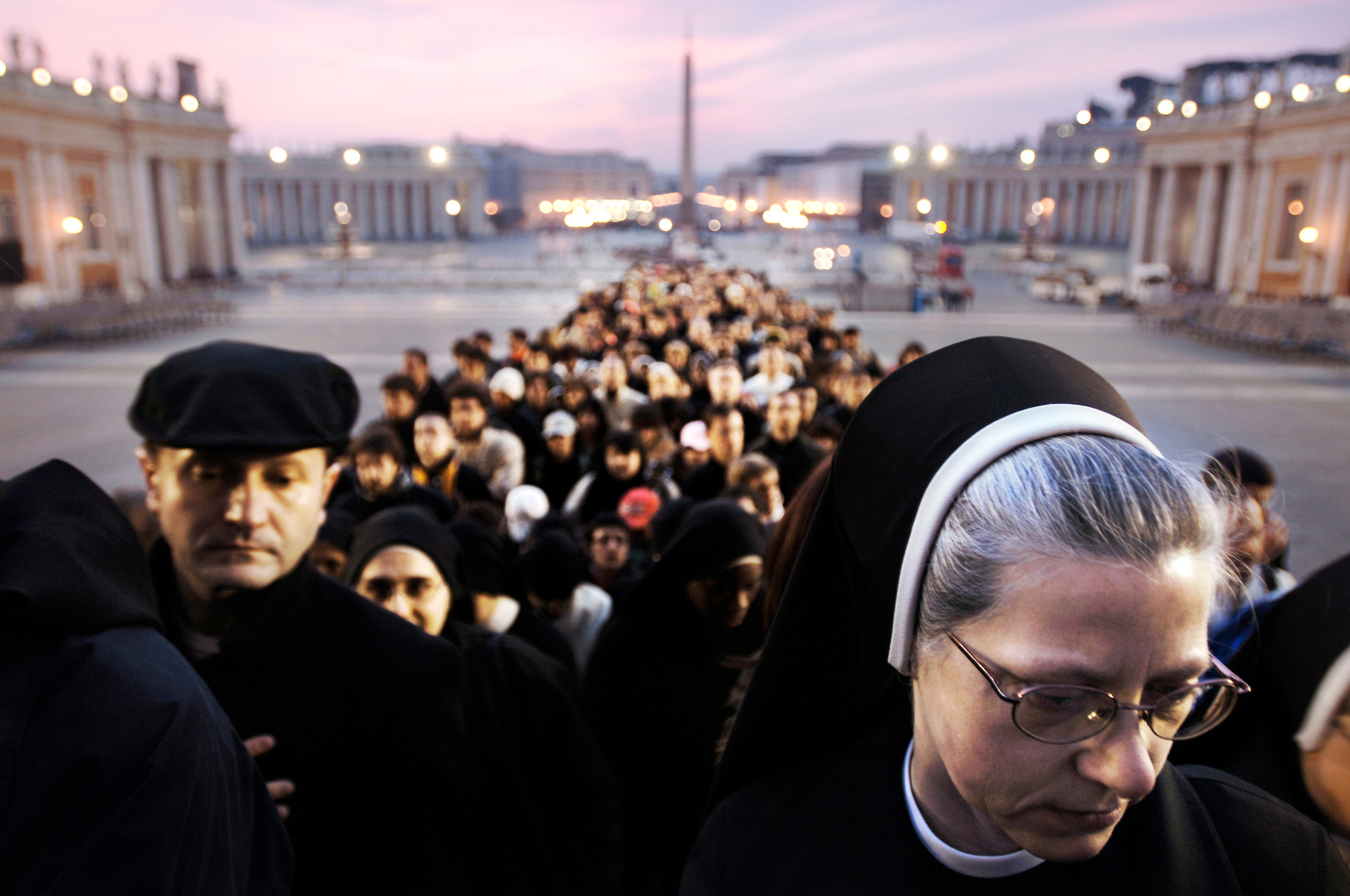
Pope John Paul II funerals
Vatican 04 April 2005 Mourners pay respect to Pope John Paul II. Photo: Ezequiel Scagnetti
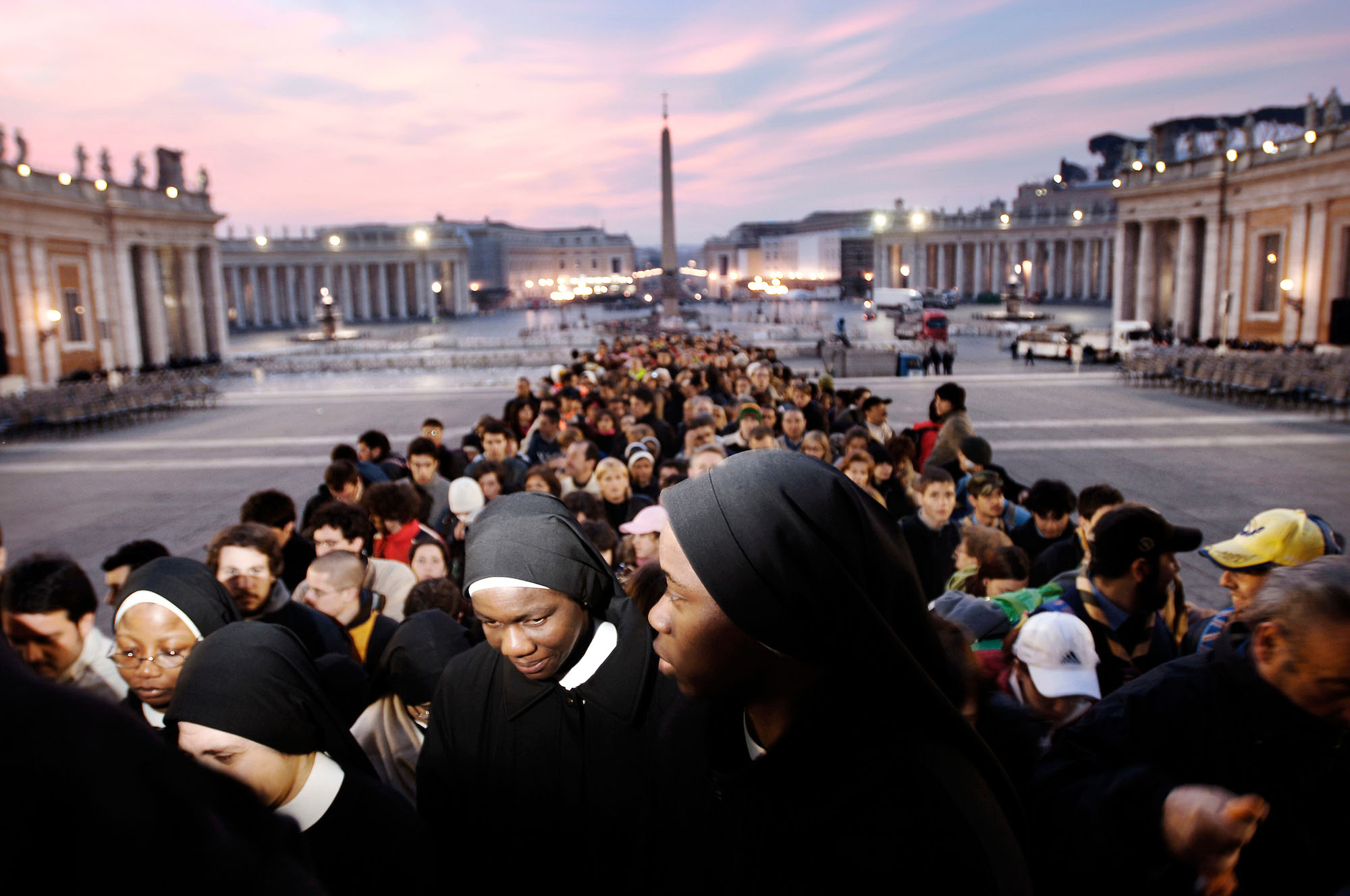
Pope John Paul II funerals
Vatican 04 April 2005 Mourners pay respect to Pope John Paul II. Photo: Ezequiel Scagnetti
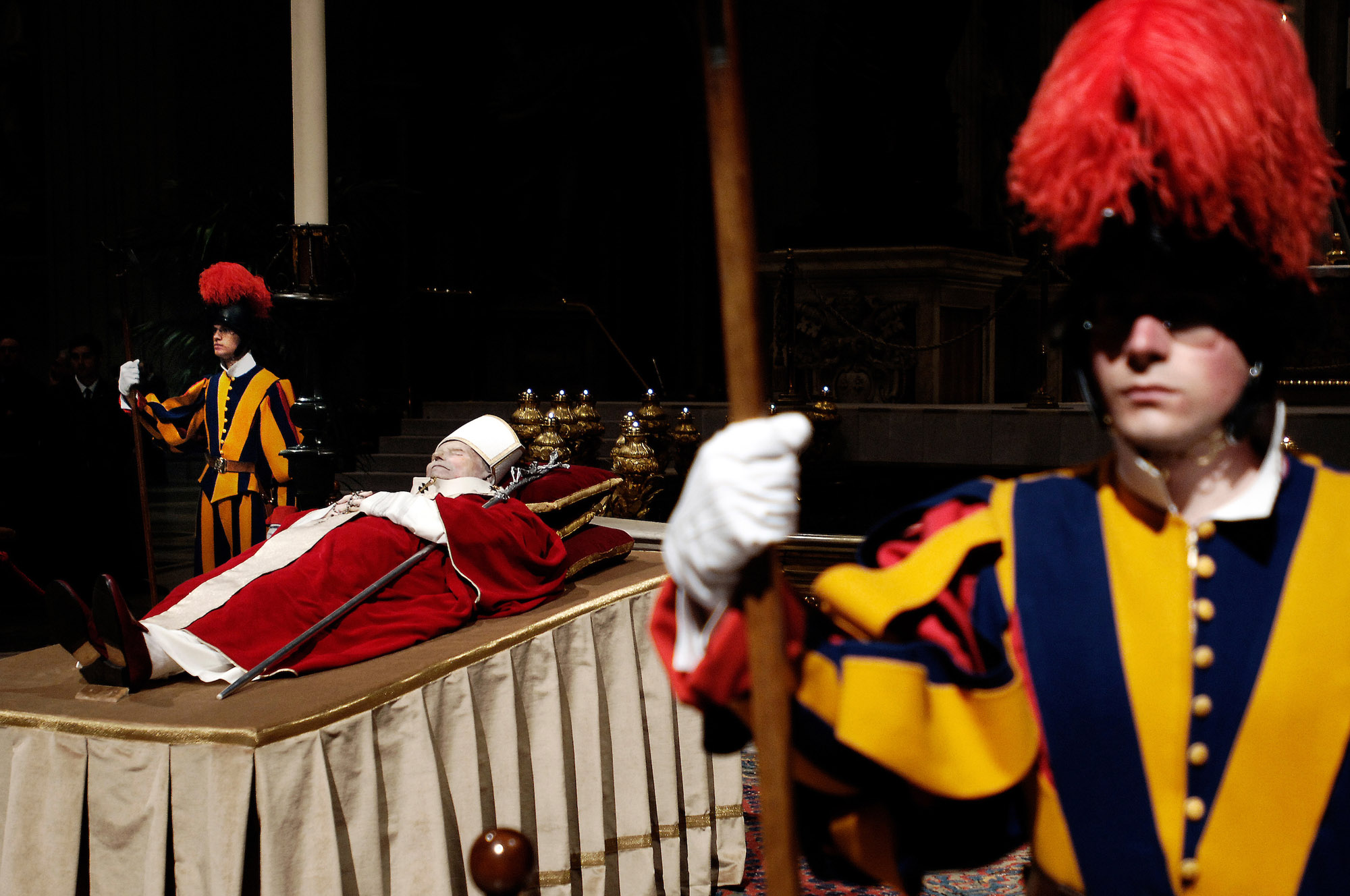
Pope John Paul II funerals
Vatican, 05 April 2005 The body of Pope John Paul II lying-in-state at St. Peter's Basilica. Photo: Ezequiel Scagnetti
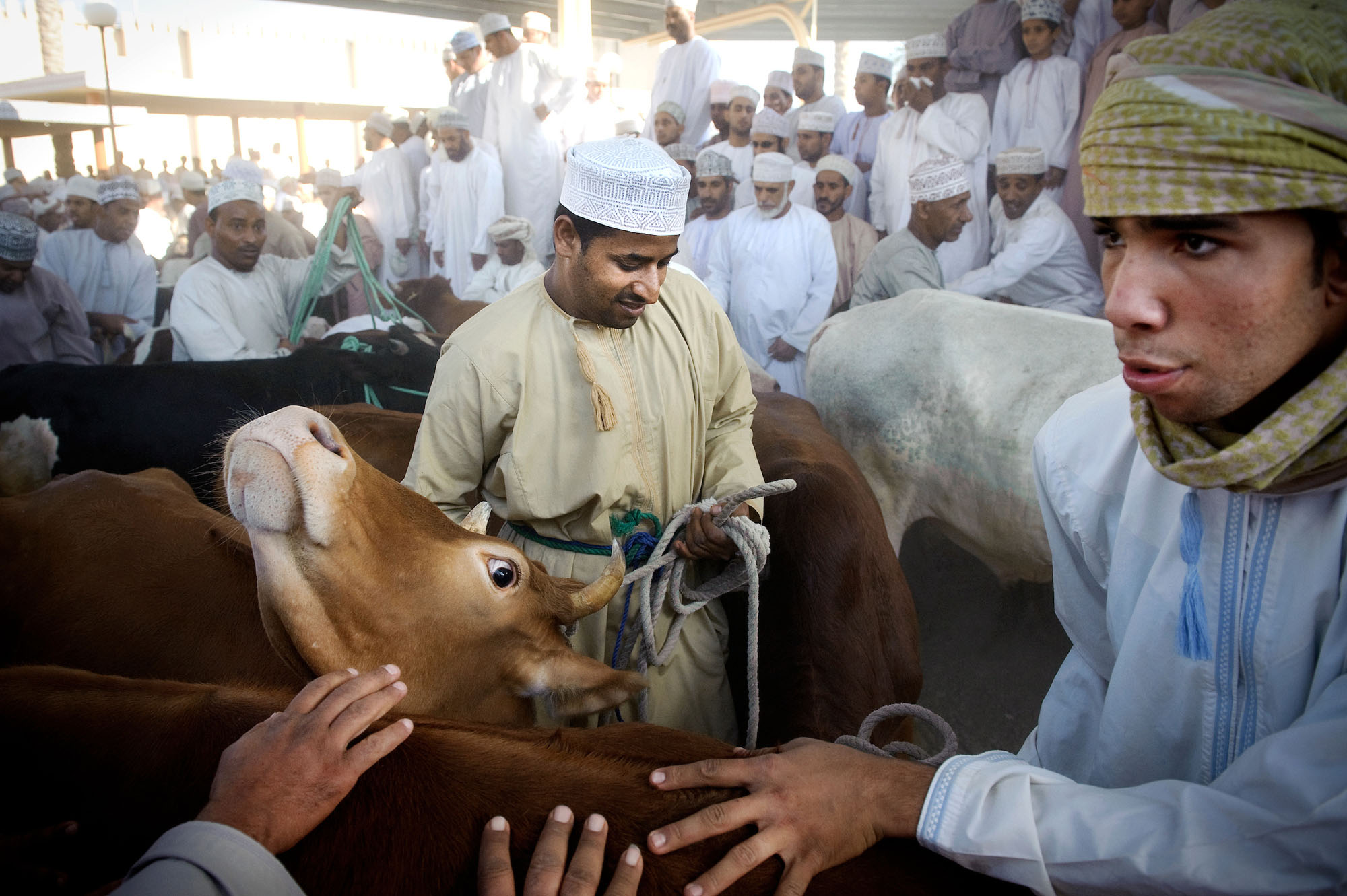
Animal market in Nizwa city - Oman
Nizwa, Sultanate of Oman, 28 November 2008 Animal market in Nizwa city. Photo: Ezequiel Scagnetti
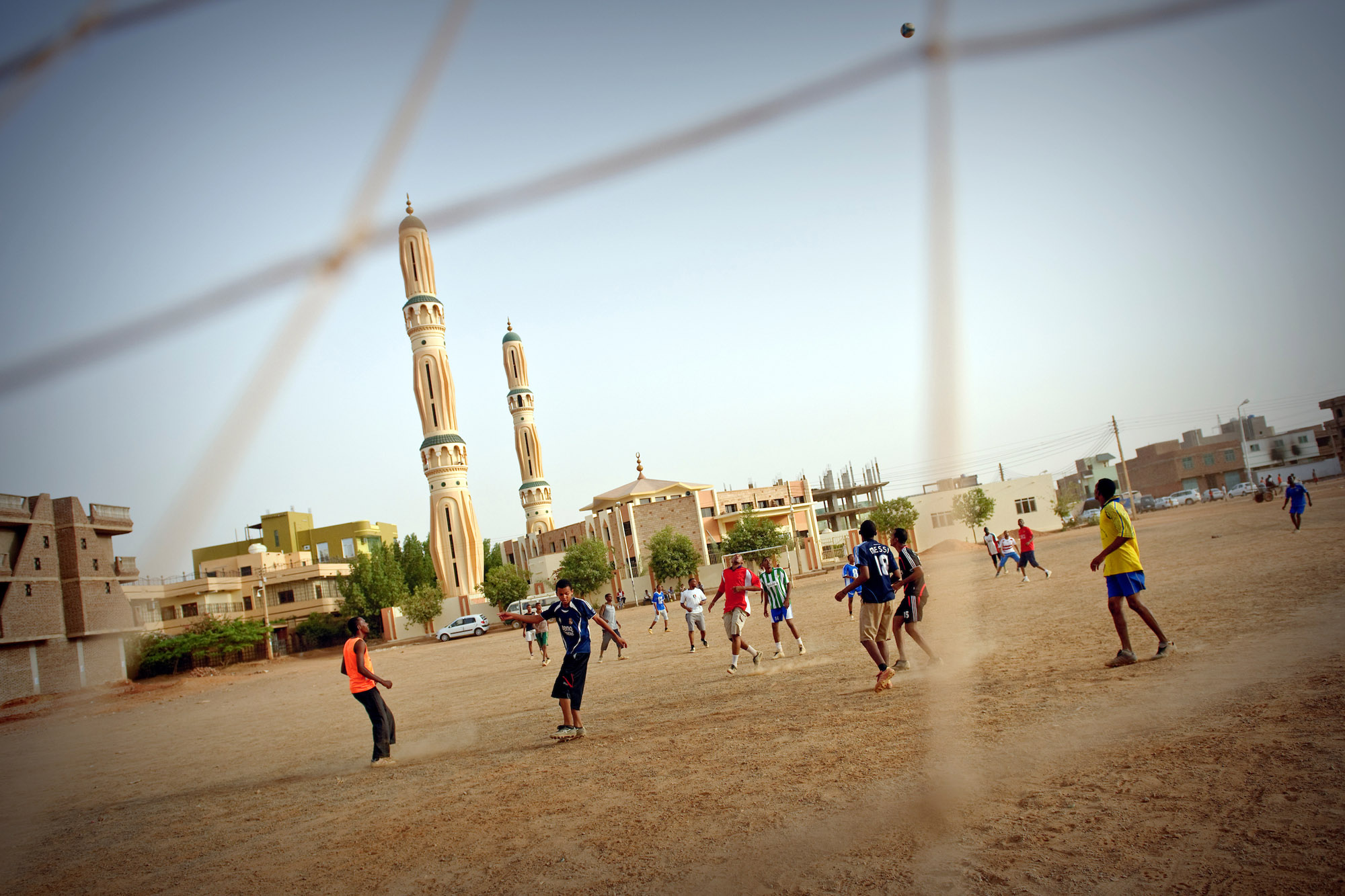
Sudan - football
Undurman, Sudan 15 April 2010 Sudanese youth play football during the presidential elections in Sudan. Photo: Ezequiel Scagnetti
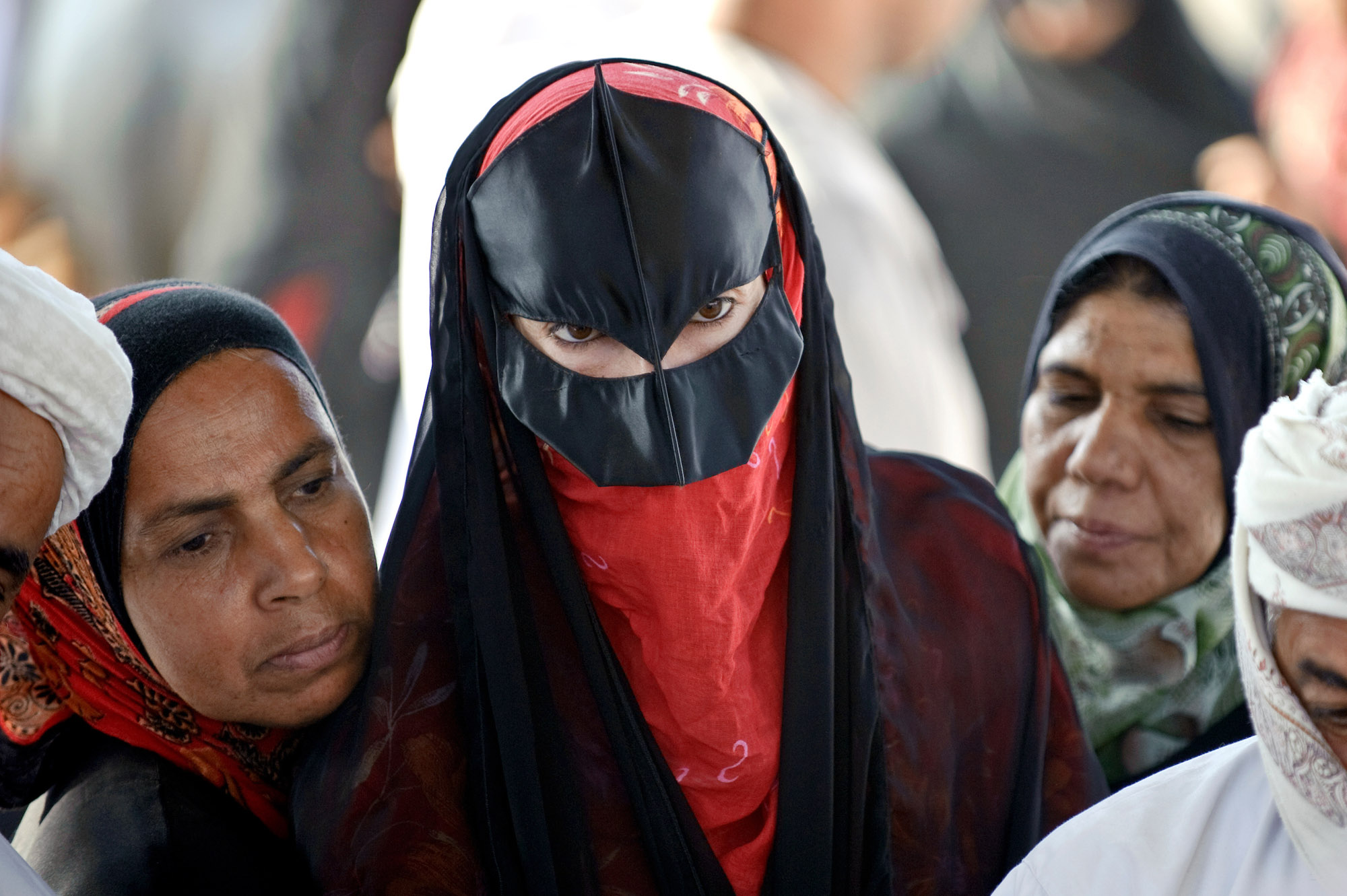
Animal market in Nizwa city, Oman
Nizwa, Sultanate of Oman, 28 November 2008 Portrait of a woman in traditional burkha at the living-animal market. Photo: Ezequiel Scagnetti
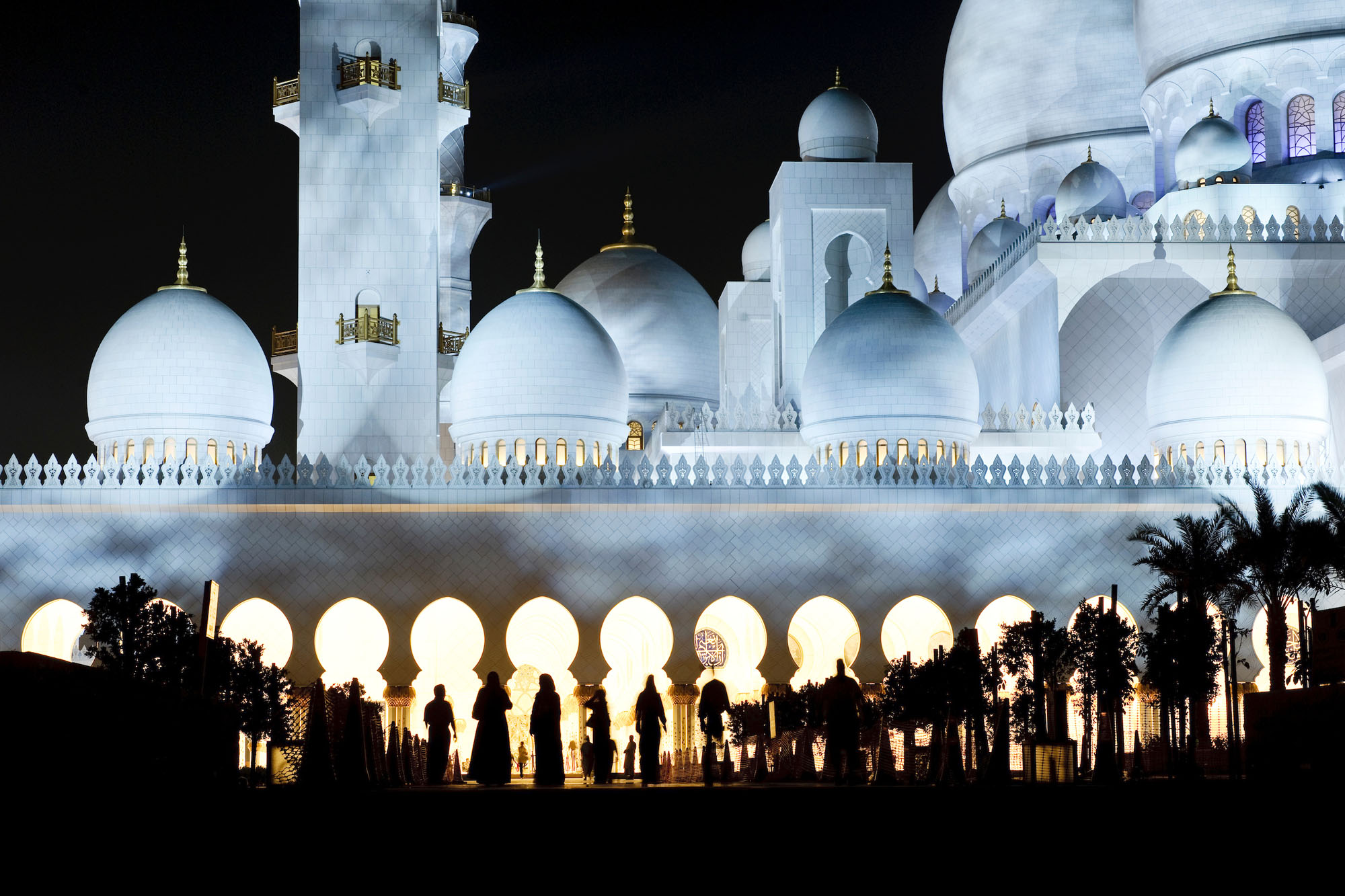
Abu Dhabi, United Arab Emirates
Abu Dhabi, United Arab Emirates 05 April 2009 Sheikh Zayed Mosque in Abu Dhabi is the largest mosque in the United Arab Emirates and the sixth largest mosque in the world. .It is named after Sheikh Zayed bin Sultan Al Nahyan, the founder and the first President of the United Arab Emirates, who is also buried there. The Mosque is large enough to accommodate 40,000 worshippers. The main prayer hall can accommodate up to 9,000 worshippers. Two rooms next to the main prayer hall, with a 1,500-capacity each, are for the exclusive use of women. Photo: Ezequiel Scagnetti
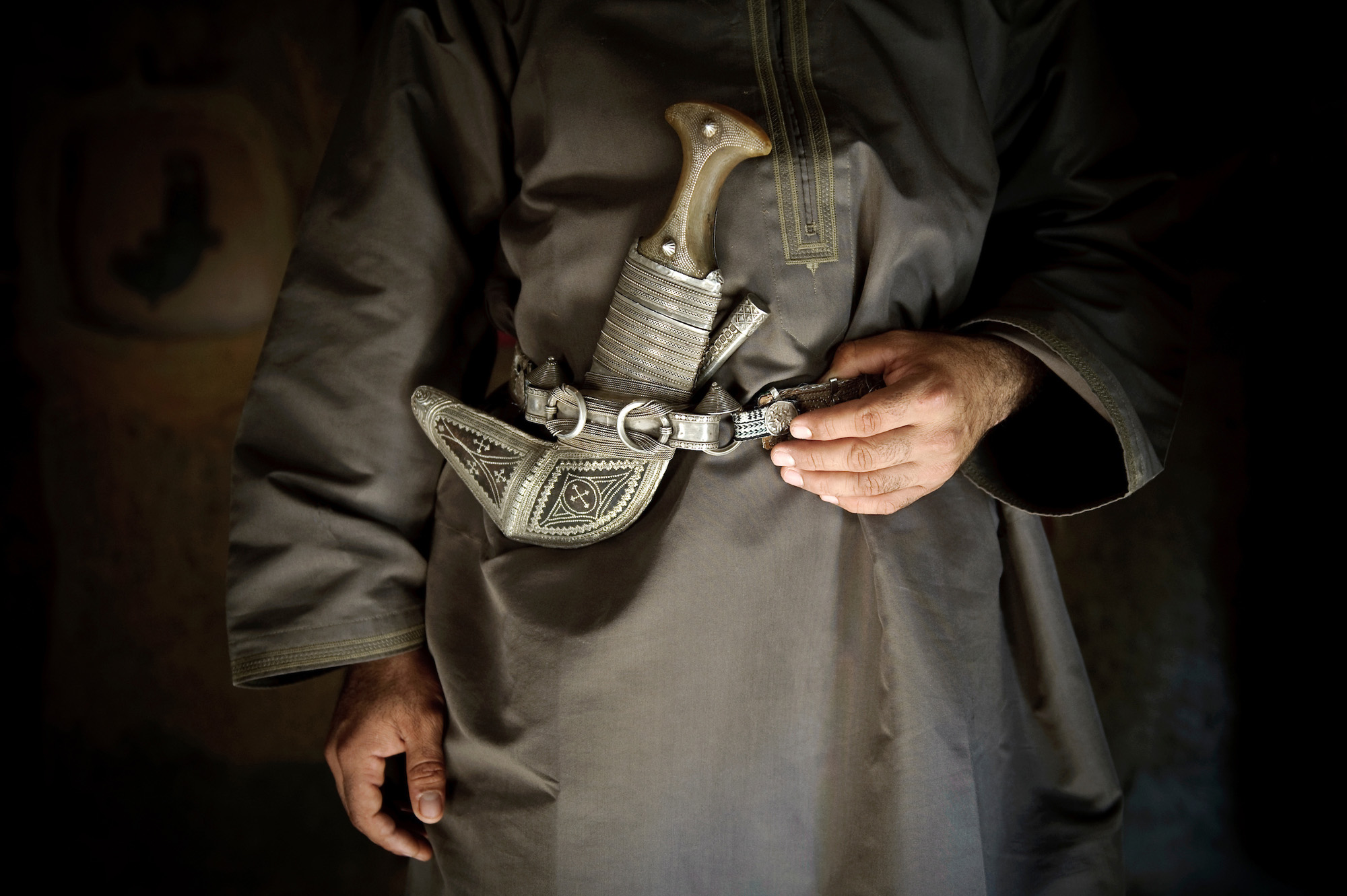
Omani dagger: Khanjar
Al-Hamra, Sultanate of Oman, 27 November 2008
Khanjar, typical omani dagger. Photo: Ezequiel Scagnetti
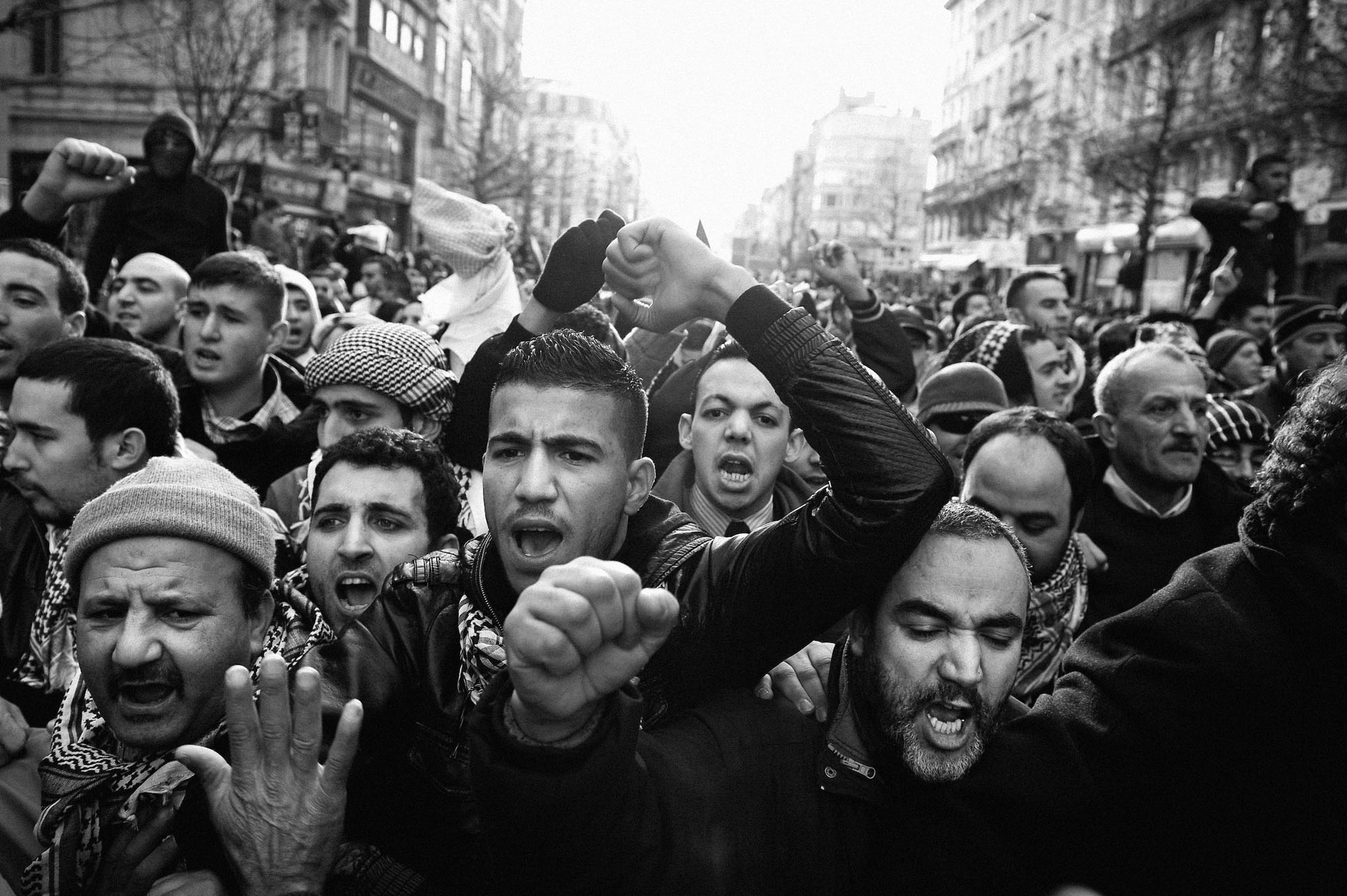
Pro Palestina demonstration - Brussels
Brussels, Belgium, 11 January 2009 Pro Palestina demonstration. Demonstrators protest against Israel's attacks on the Gaza Strip as the bombing campaign entered its third week. Photo: Ezequiel Scagnetti
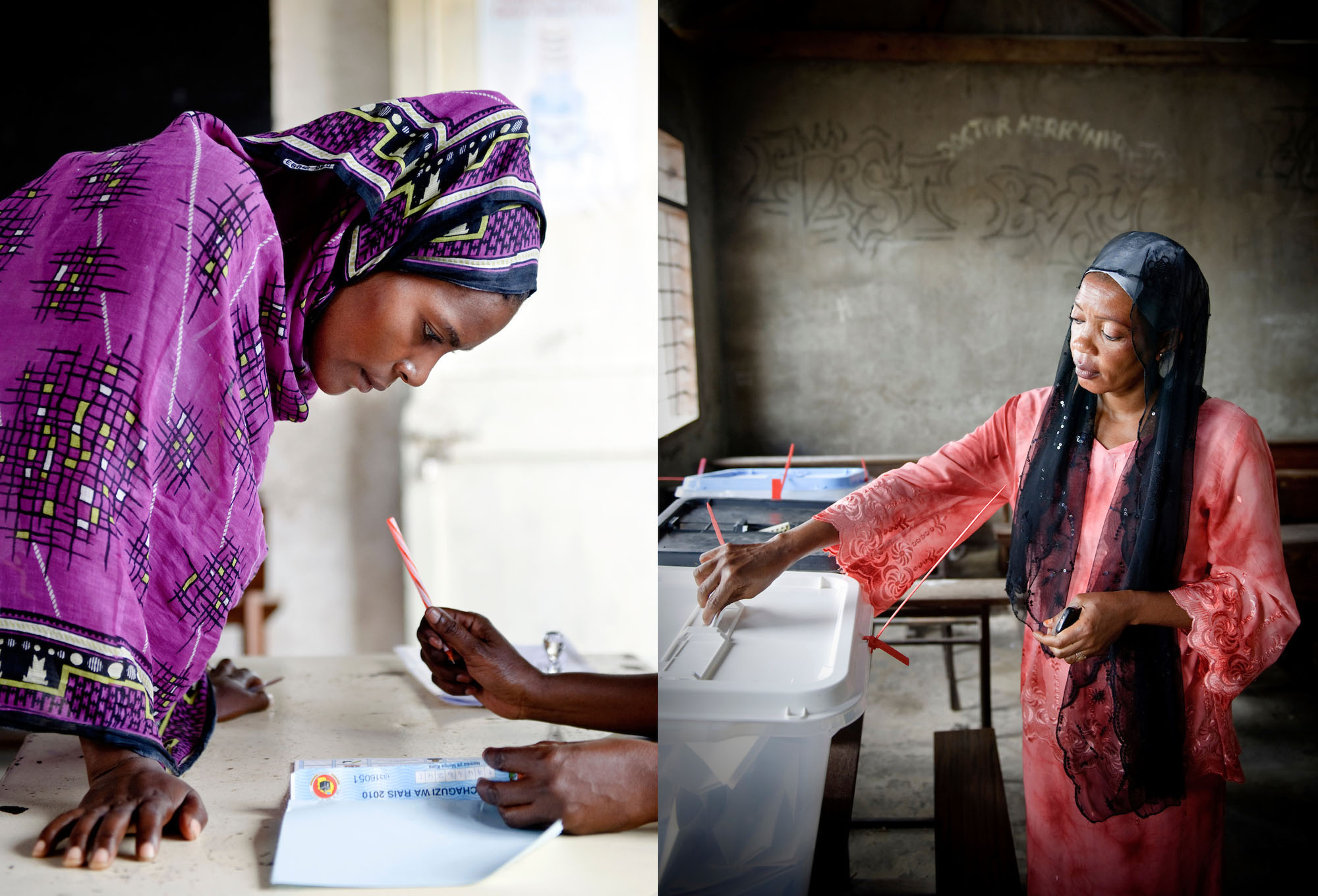
Presidential Elections in Tanzania - 2010
Dar Es Salaam, Tanzania, 31 October 2010 A Tanzanian woman votes in a polling station of Dar Es Salaam. Photo: Ezequiel Scagnetti
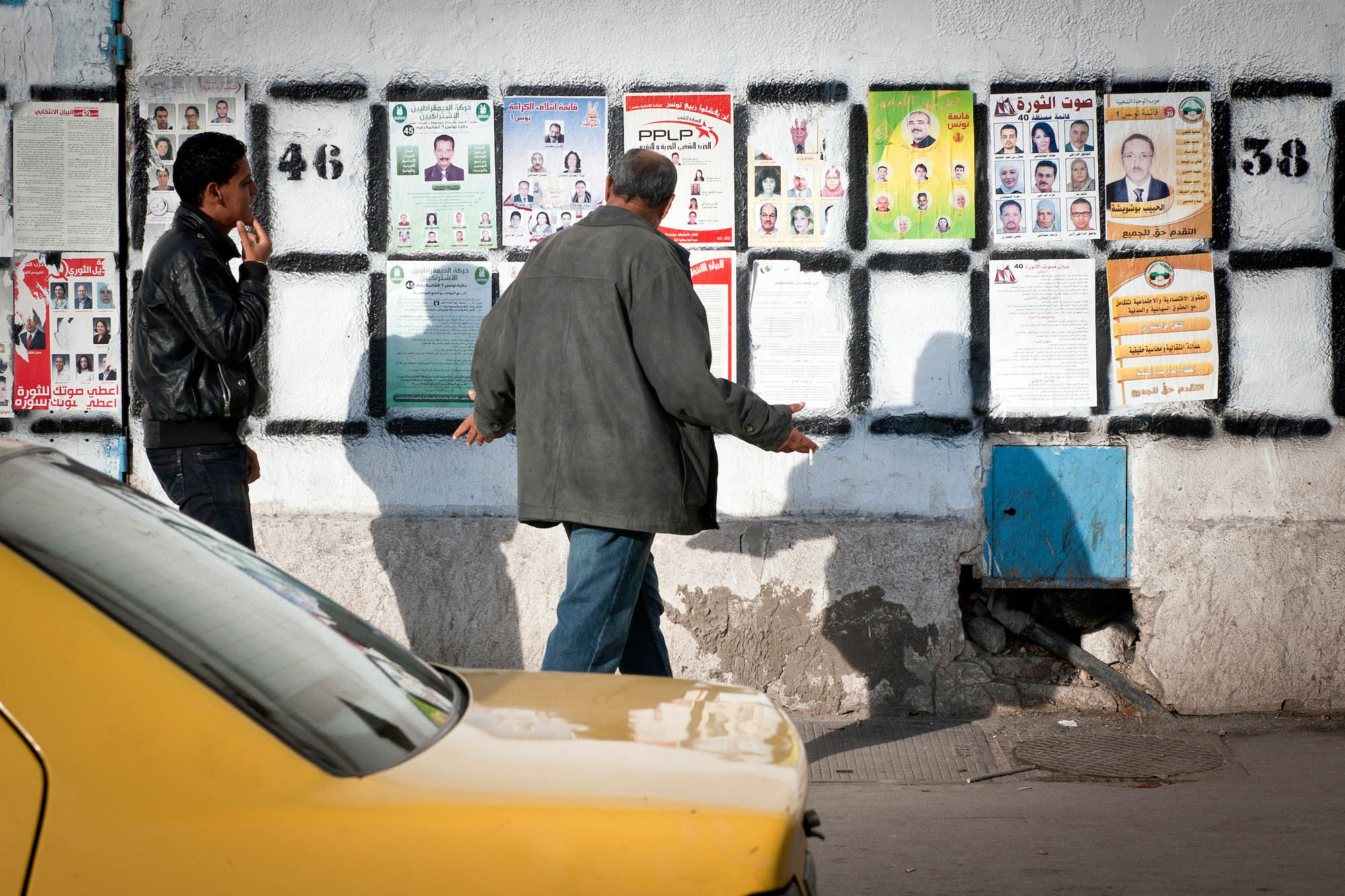
Tunisia - Elections 2011
Tunis, Tunisia 16 October 2011 Election campaign panels are seen all around Tunis, on Sunday 16 October 2011. Photo: Ezequiel Scagnetti

Tunisia - Campaign meeting of Ennahdha
Tunis, Tunisia, 21 October 2011 Campaign meeting of Ennahdha, an Islamist political party running for the elections of October 23rd 2011. Photo: Ezequiel Scagnetti

Tunisia - Elections 2011
Tunis, Tunisia 16 October 2011 Tunisians demonstrate for peace, freedom of speech and for a secular state. An election for a Constituent Assembly will be held in Tunisia on 23 October 2011, following the Tunisian Revolution. Photo: Ezequiel Scagnetti
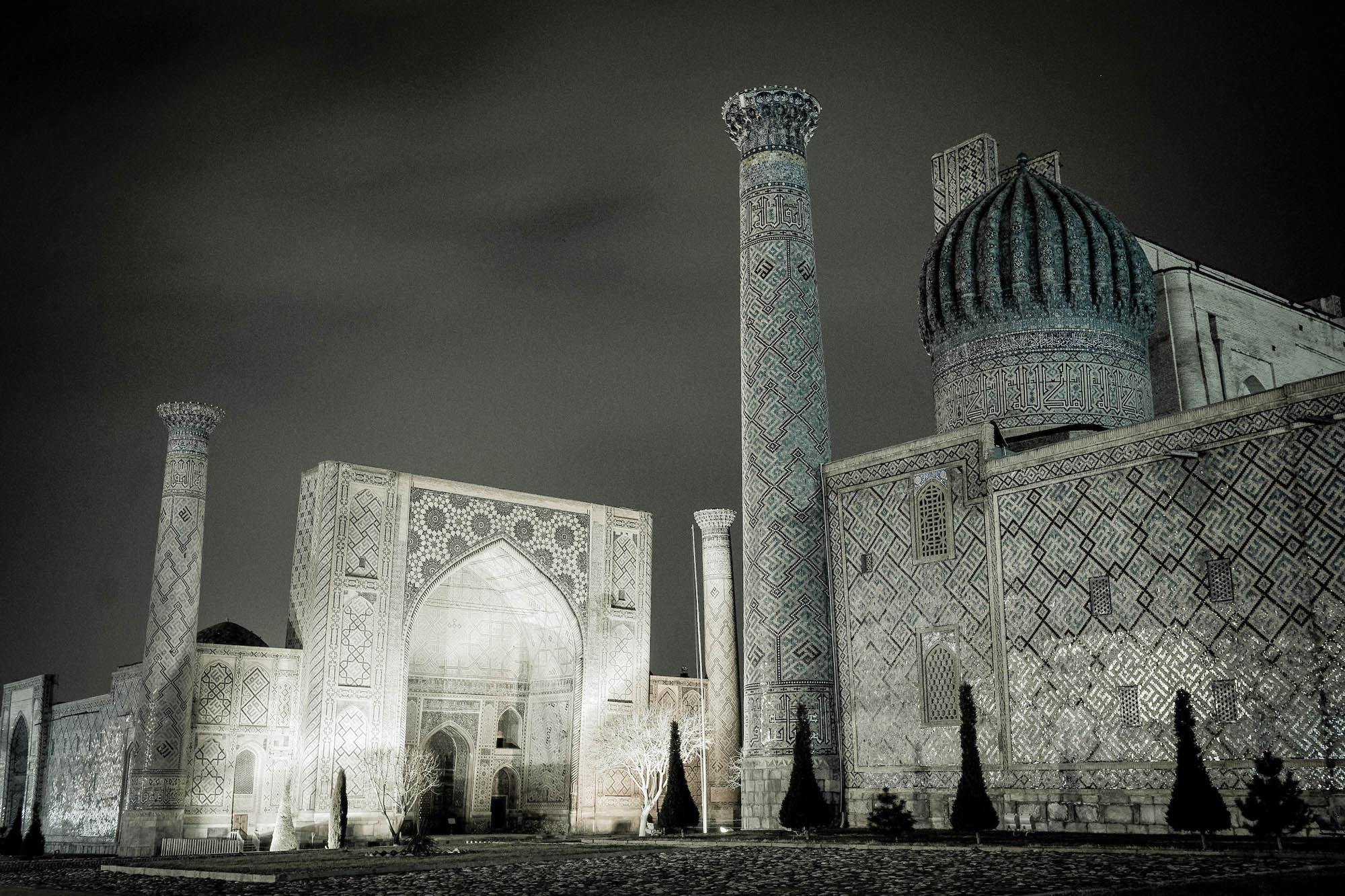
Registan square, Samarkand
Samarkand, Uzbekistan View of the Registan square at night. The Registan was the heart of the ancient city of Samarkand of the Timurid dynasty, now in Uzbekistan. The Registan was a public square, where people gathered to hear royal proclamations and a also a place of public executions. It is framed by three madrasahs (Islamic schools) of distinctive Islamic architecture. Photo: Ezequiel Scagnetti

Nowruz festivities, Samarkand
Samarkand, Uzbekistan Uzbeks play with a kite at Registan square during the Nowruz celebrations. Nowruz marks the first day of spring and the beginning of the year in Persian calendar. It is celebrated on the day of the astronomical vernal equinox, which usually occurs on March 21 or the previous/following day depending on where it is observed. Originally being a Zoroastrian festival, Nowruz is believed to have been invented by Zoroaster himself, although there is no clear date of origin. Photo: Ezequiel Scagnetti

Registan square, Samarkand
Samarkand, Uzbekistan View of a snow-covered Registan square. The Registan was the heart of the ancient city of Samarkand of the Timurid dynasty, now in Uzbekistan. The Registan was a public square, where people gathered to hear royal proclamations and a also a place of public executions. It is framed by three madrasahs (Islamic schools) of distinctive Islamic architecture. Photo: Ezequiel Scagnetti
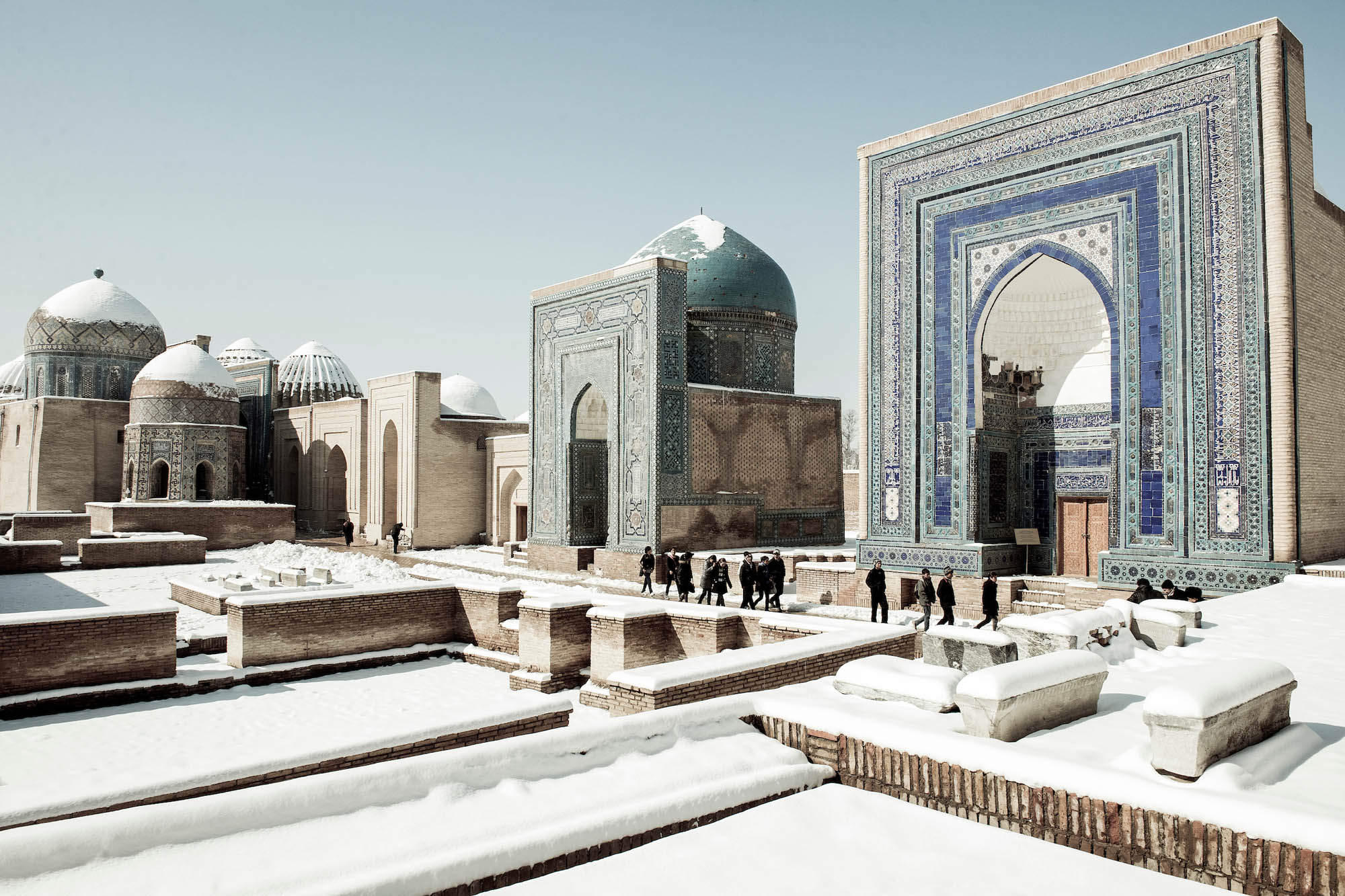
Shah-i-Zinda necropolis, Samarkand
Samarkand, Uzbekistan View of a snow-covered Shah-i-Zinda necropolis. The Shah-i-Zinda Ensemble includes mausoleums and other ritual buildings of 9-14th and 19th centuries. The name Shah-i-Zinda (meaning "The living king") is connected with the legend that Kusam ibn Abbas, the cousin of the prophet Muhammad was buried there. He came to Samarkand with the Arab invasion in the 7th century to preach Islam. Popular legends speak that he was beheaded for his faith. But he took his head and went into the Garden of Paradise, where he's still living now. Photo: Ezequiel Scagnetti
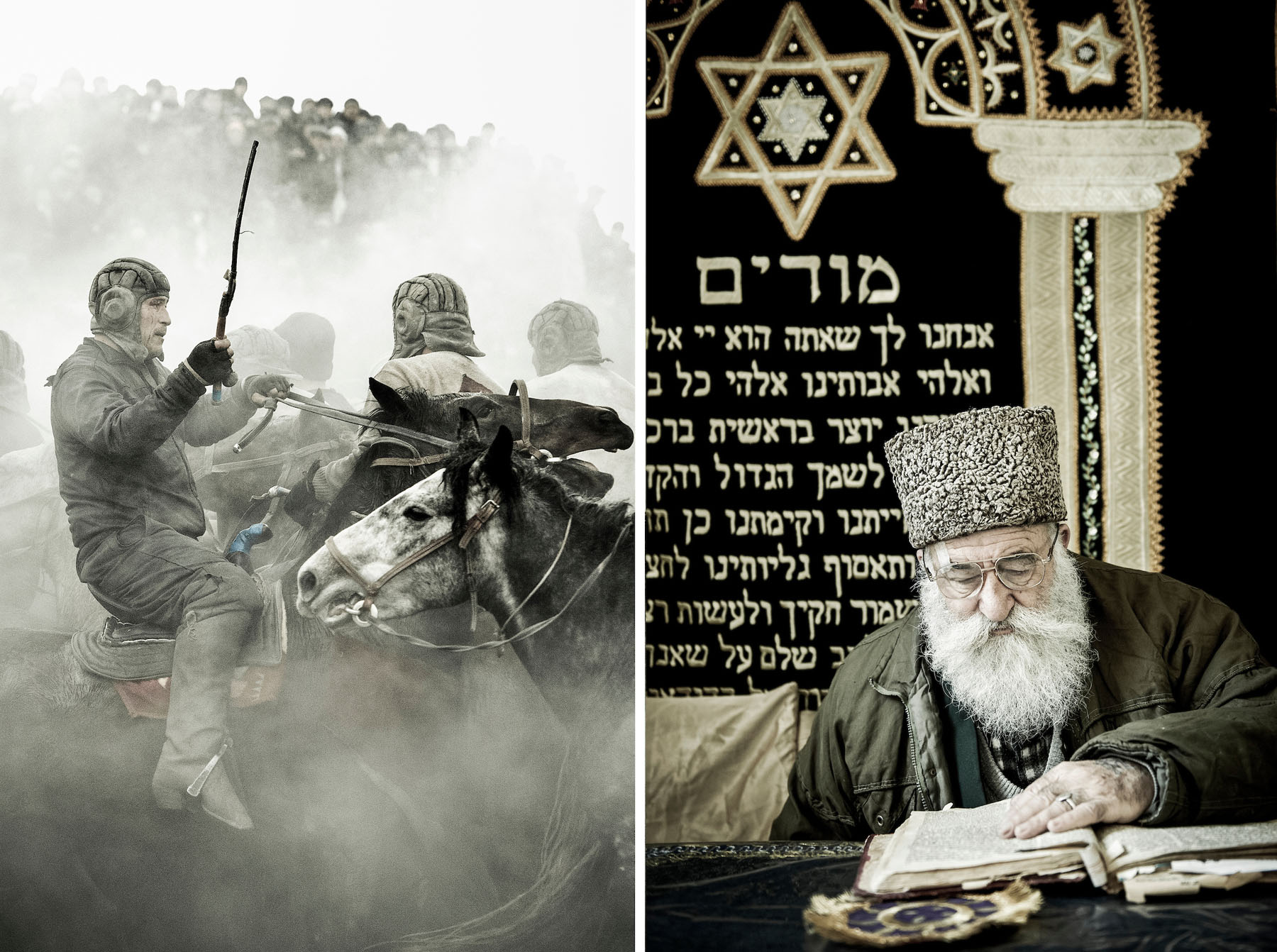
Buzkashi contest - Portrait of Rabbi Araon Sianov
Left: Ros, Uzbekistan 18 March 2012 Buzkashi contest. The Buzkashi is a traditional Central Asian team sport played on horseback in Uzbekistan, Afghanistan, Tajikistan, Kyrgyzstan, Turkmenistan, northern Pakistan, Xinjiang Uyghur Autonomous Region of China and Kazakhstan. Right: Bukhara, Uzbekistan 23 March 2012 Rabbi Araon Sianov reads the Torah in a synagogue of Bukhara. Photo: Ezequiel Scagnetti
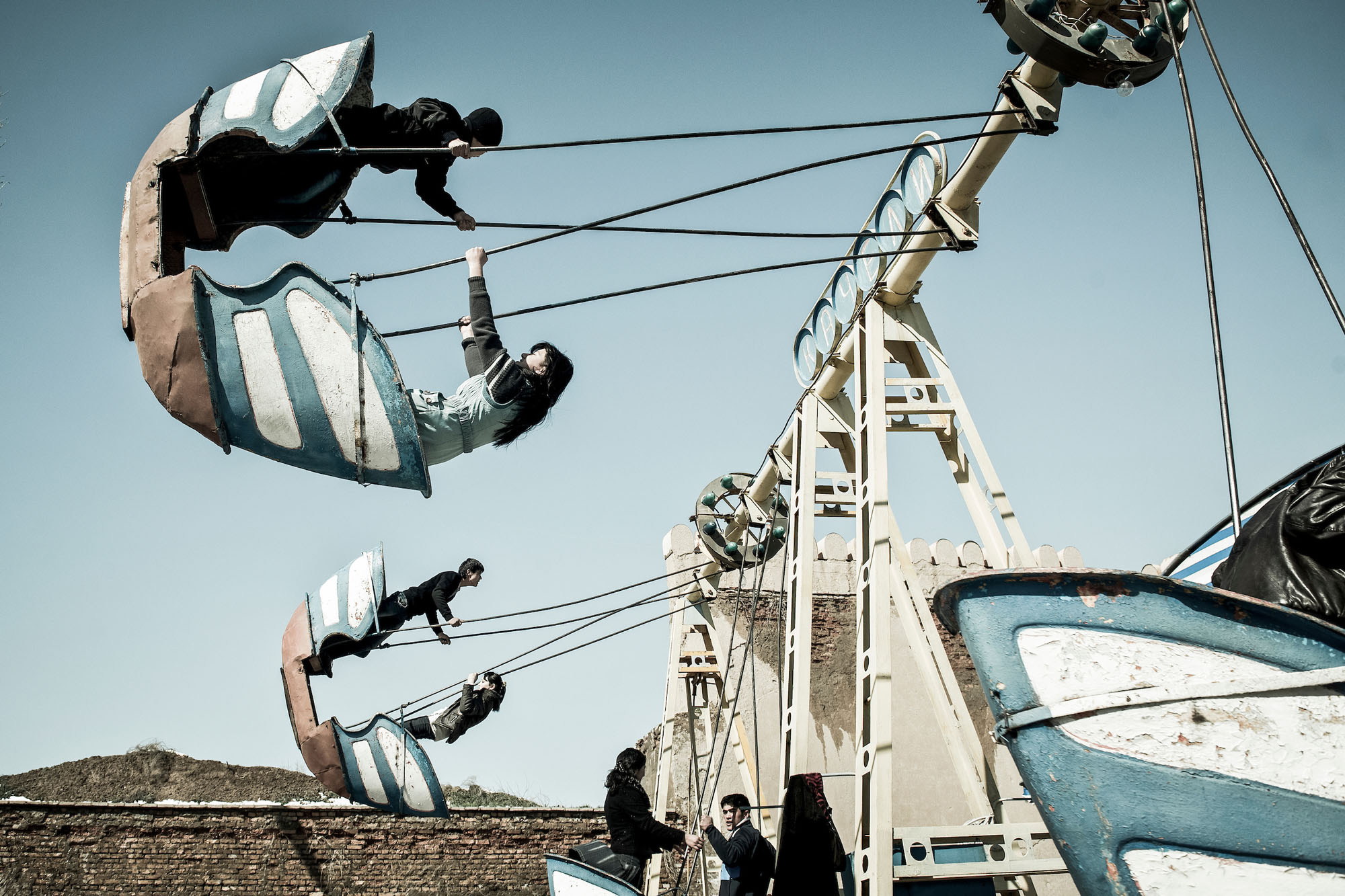
Playground in Shakhrisabz, Uzbekistan
Shakhrisabz, Uzbekistan 20 March 2012 Uzbeks at the playground. Photo: Ezequiel Scagnetti

Buzkashi contest, Ros village, Uzbekistan
Ros, Uzbekistan 18 March 2012 Buzkashi contest. The Buzkashi is a traditional Central Asian team sport played on horseback in Uzbekistan, Afghanistan, Tajikistan, Kyrgyzstan, Turkmenistan, northern Pakistan, Xinjiang Uyghur Autonomous Region of China and Kazakhstan. The steppes' people were skilled riders who could grab a goat or calf from the ground while riding a horse at full gallop. The goal of a player is to grab the carcass of a headless goat or calf and then get it clear of the other players and pitch it across a goal line or into a target circle or vat. Photo: Ezequiel Scagnetti

Buzkashi contest, Uzbekistan
Ros, Uzbekistan 18 March 2012 Buzkashi contest. The Buzkashi is a traditional Central Asian team sport played on horseback in Uzbekistan, Afghanistan, Tajikistan, Kyrgyzstan, Turkmenistan, northern Pakistan, Xinjiang Uyghur Autonomous Region of China and Kazakhstan. The steppes' people were skilled riders who could grab a goat or calf from the ground while riding a horse at full gallop. The goal of a player is to grab the carcass of a headless goat or calf and then get it clear of the other players and pitch it across a goal line or into a target circle or vat. Photo: Ezequiel Scagnetti
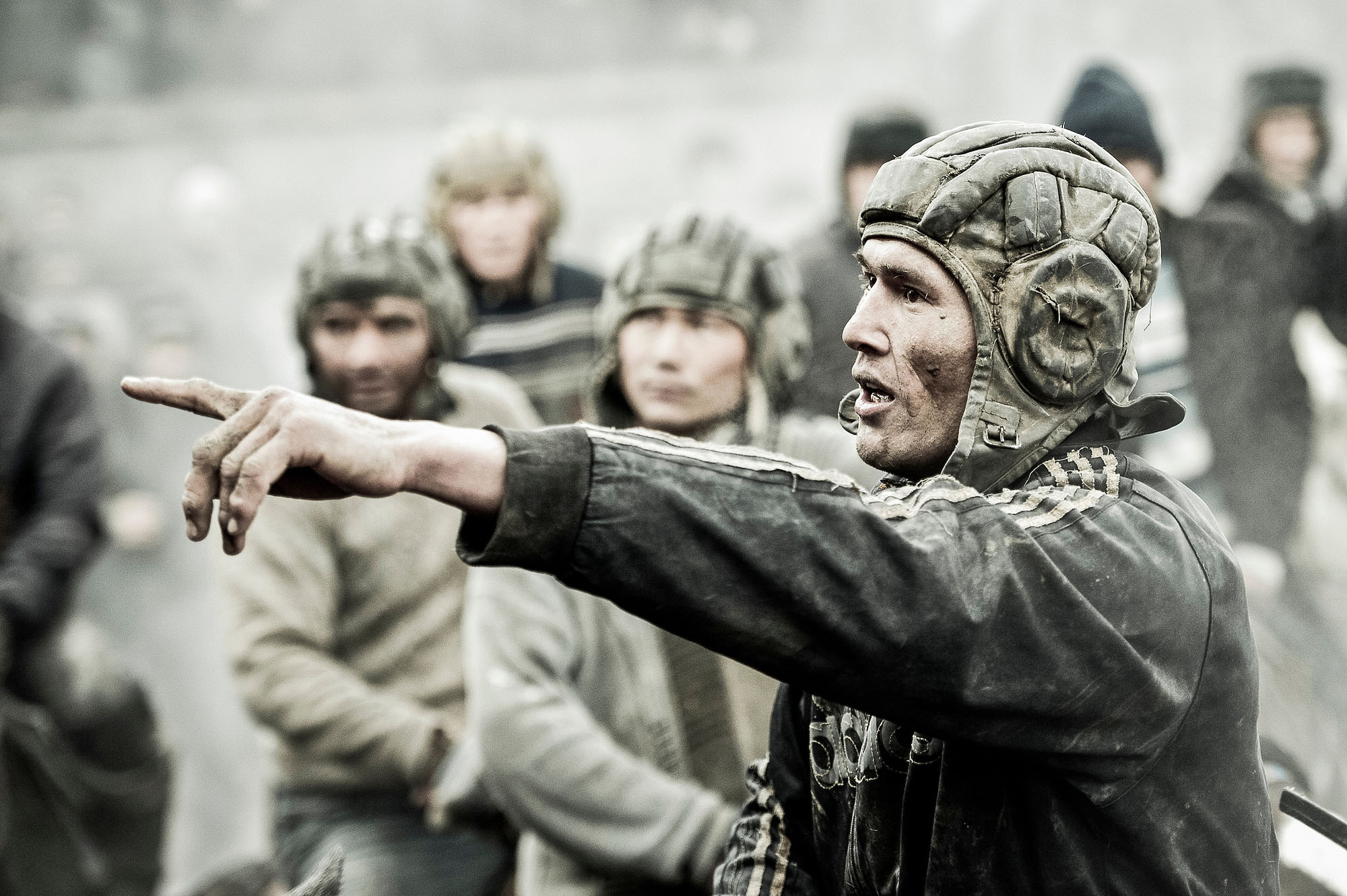
Buzkashi contest, Uzbekistan
Ros, Uzbekistan 18 March 2012 Buzkashi contest. The Buzkashi is a traditional Central Asian team sport played on horseback in Uzbekistan, Afghanistan, Tajikistan, Kyrgyzstan, Turkmenistan, northern Pakistan, Xinjiang Uyghur Autonomous Region of China and Kazakhstan. The steppes' people were skilled riders who could grab a goat or calf from the ground while riding a horse at full gallop. The goal of a player is to grab the carcass of a headless goat or calf and then get it clear of the other players and pitch it across a goal line or into a target circle or vat. Photo: Ezequiel Scagnetti
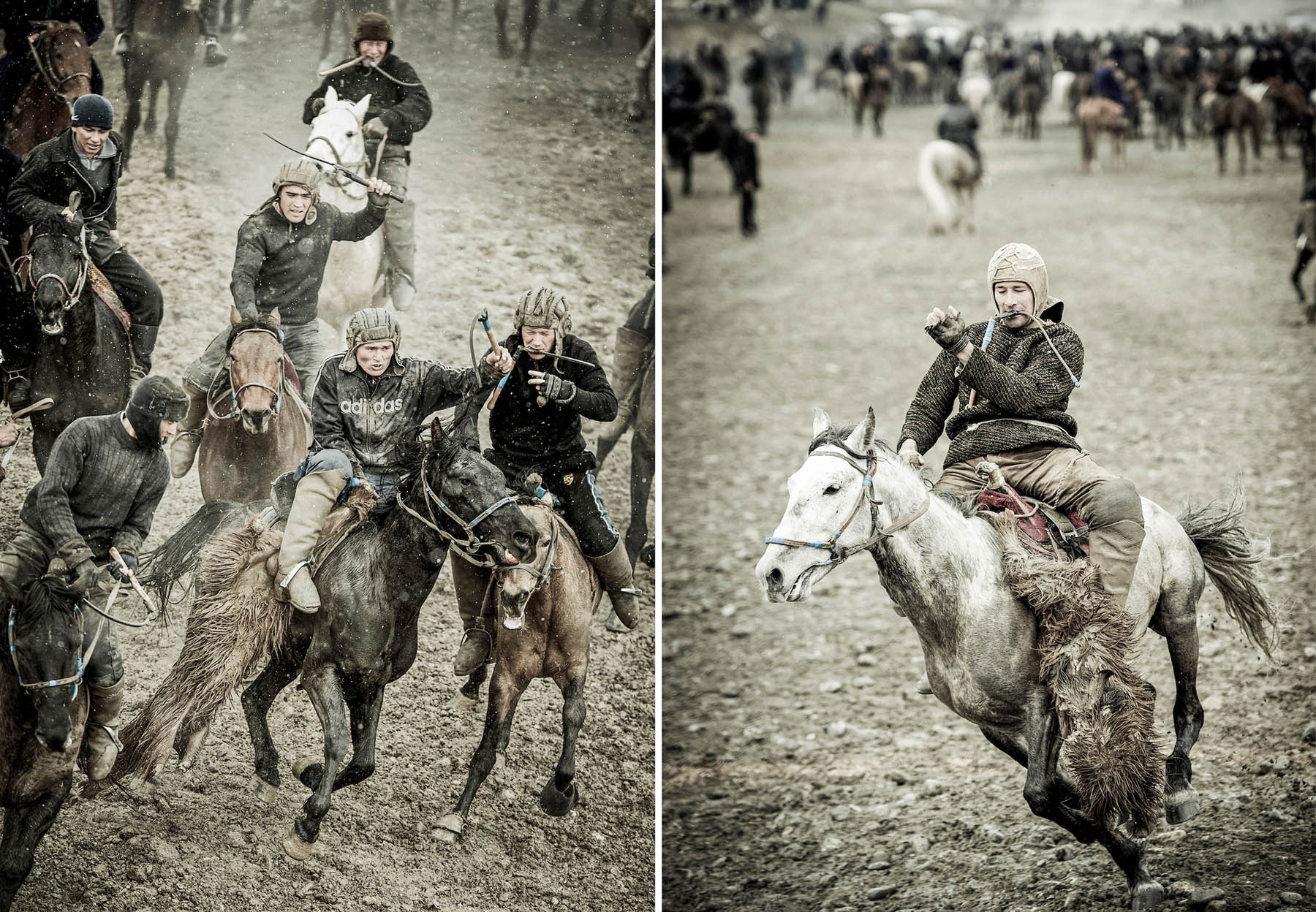
Buzkashi contest, Ros village, Uzbekistan
Ros, Uzbekistan 18 March 2012 Buzkashi contest. The Buzkashi is a traditional Central Asian team sport played on horseback in Uzbekistan, Afghanistan, Tajikistan, Kyrgyzstan, Turkmenistan, northern Pakistan, Xinjiang Uyghur Autonomous Region of China and Kazakhstan. The steppes' people were skilled riders who could grab a goat or calf from the ground while riding a horse at full gallop. The goal of a player is to grab the carcass of a headless goat or calf and then get it clear of the other players and pitch it across a goal line or into a target circle or vat. Photo: Ezequiel Scagnetti
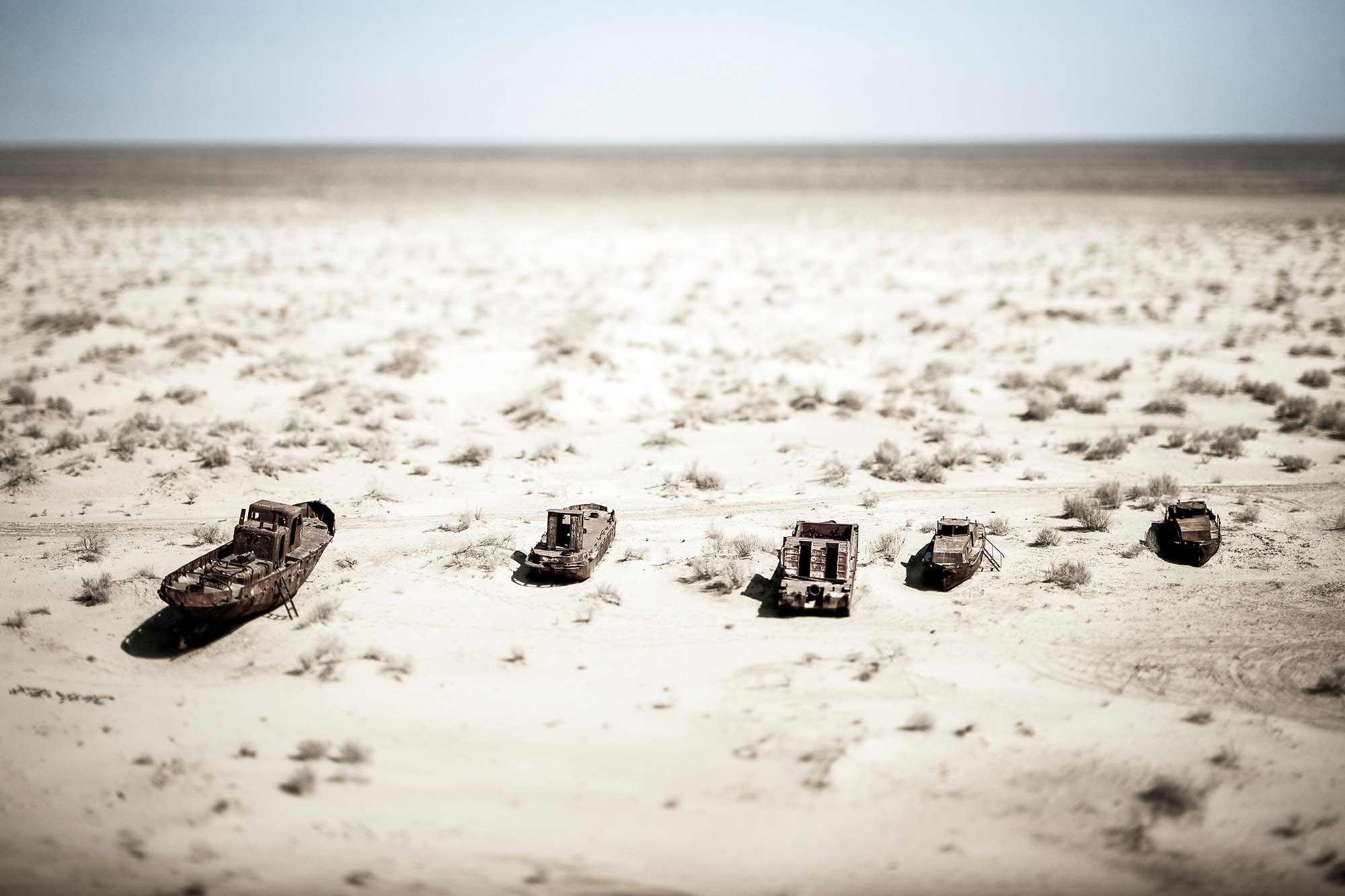
Boat Cemetery in the Aral sea, Moynaq, Uzbekistan
Moynaq, Uzbekistan 29 March 2012 View of the the boat cemetery in the Aral sea. The Aral sea was a lake that lay between Kazakhstan in the north and Karakalpakstan, an autonomous region of Uzbekistan, in the south. The name roughly translates as "Sea of Islands", referring to more than 1,534 islands that once dotted its waters. Formerly one of the four largest lakes in the world with an area of 68,000 square kilometres, the Aral Sea has been steadily shrinking since the 1960s after the rivers that fed it were diverted by Soviet irrigation projects. By 2007, it had declined to 10% of its original size. Photo: Ezequiel Scagnetti
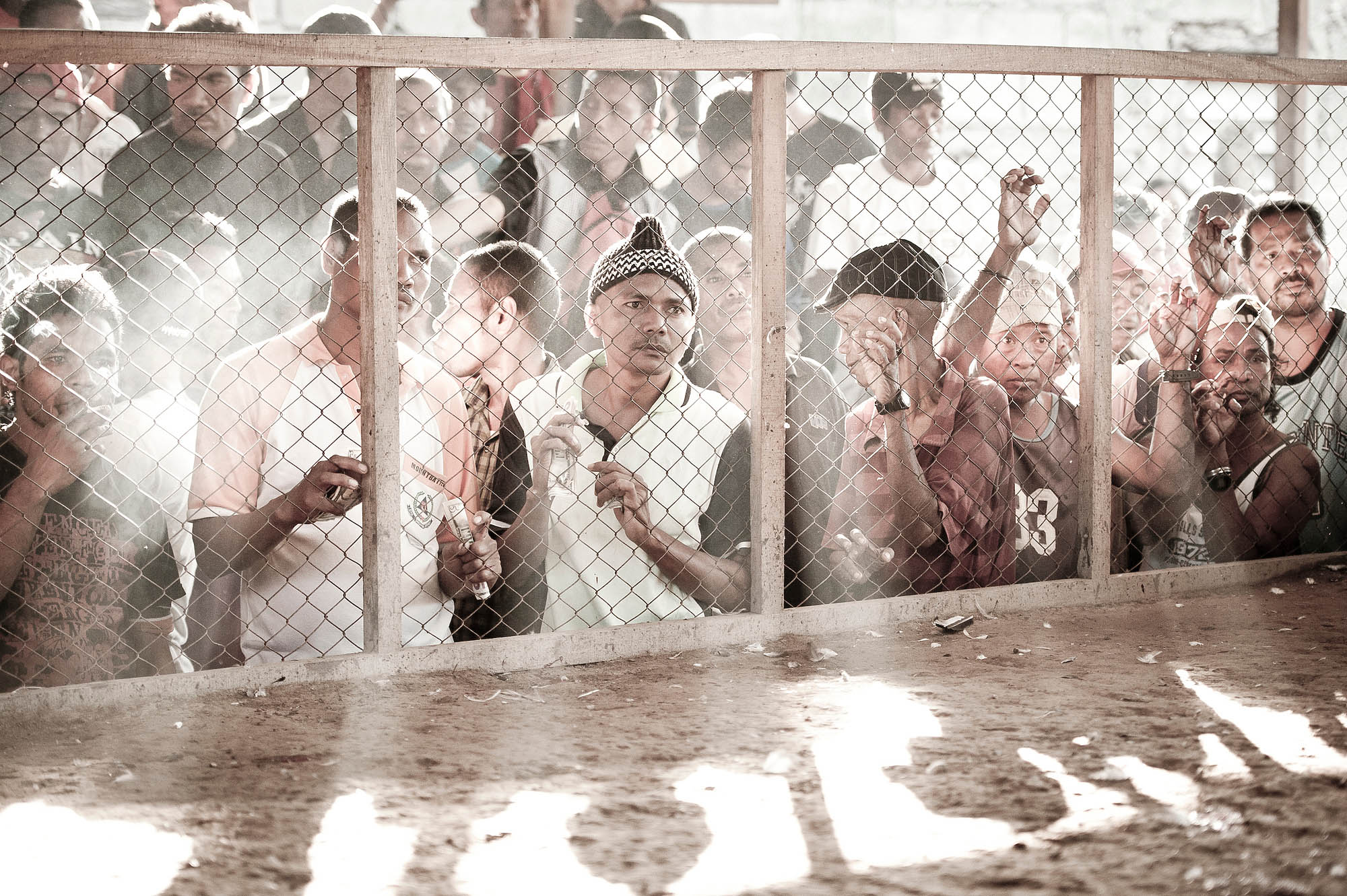
Cockfight - Timor Leste
Dili, East Timor, 05 July 2012 Roosters fight. Photo: Ezequiel Scagnetti
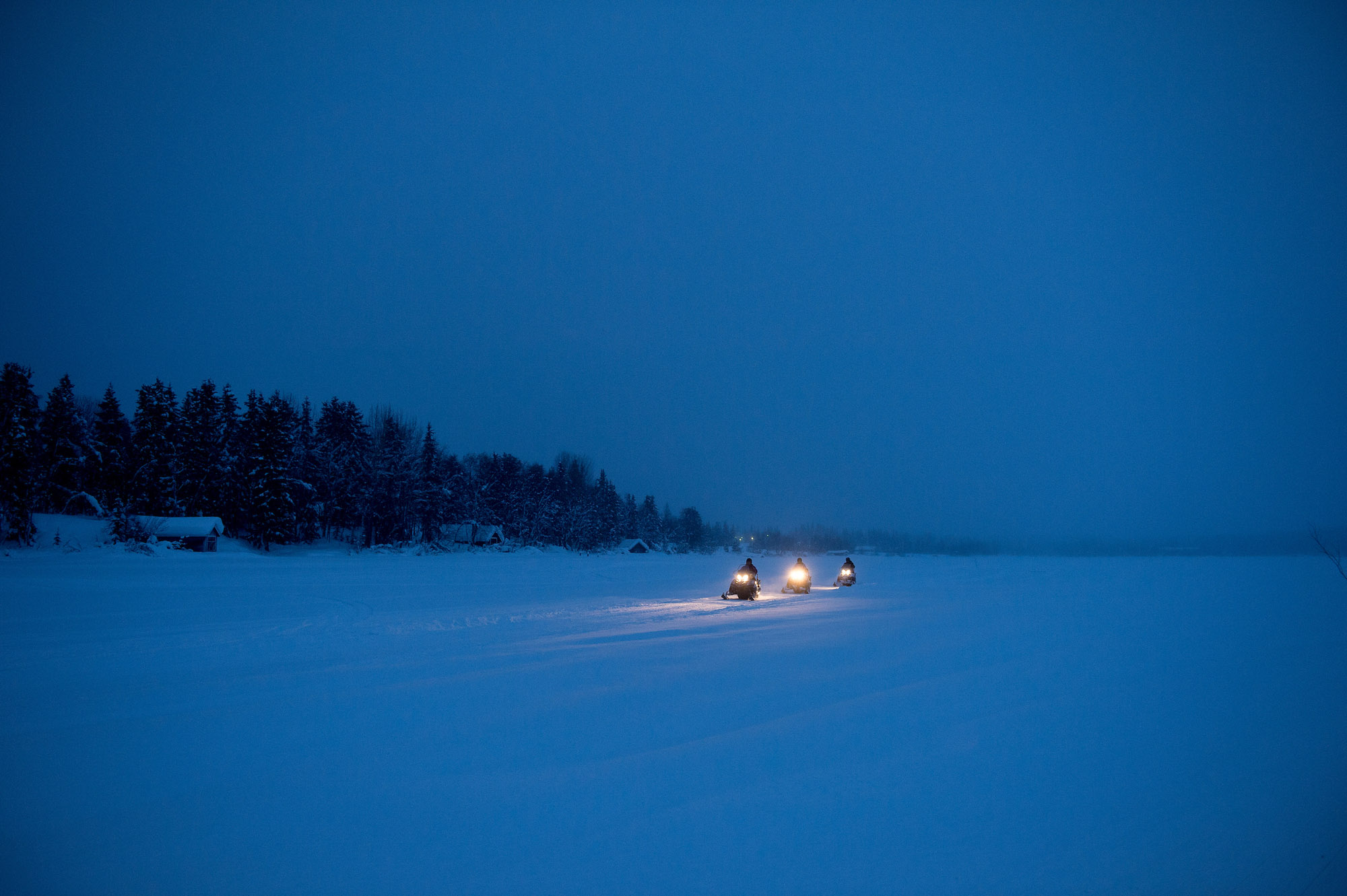
Winter in Kiruna, Sweden
Kiruna, Sweden 12 February 2013 Winter sunset in Kiruna. Photo: Ezequiel Scagnetti

Dockers in Dubai's creek
Dubai, United Arabs Emirates, 04 December 2008 Dockers working at Dubai's creek. Photo: Ezequiel Scagnetti

Uzbeks pray at the Bahauddin Naqshbandi mausoleum, Uzbekistan
Bukhara, Uzbekistan 24 March 2012 Uzbeks pray at the Bahauddin Naqshbandi mausoleum. The memorial complex of Bahauddin Naqshbandi is located 12 kilometers from Bukhara. Photo: Ezequiel Scagnetti

Muttrah souk - Oman
Muttrah, Sultanate of Oman, 26 November 2008 Salesmen in a shop of Muttrah. Photo: Ezequiel Scagnetti

Street scene, Ouagadougou, Burkina Faso
Ouagadougou, Burkina Faso 11 September 2012 Street scene. Photo: Ezequiel Scagnetti
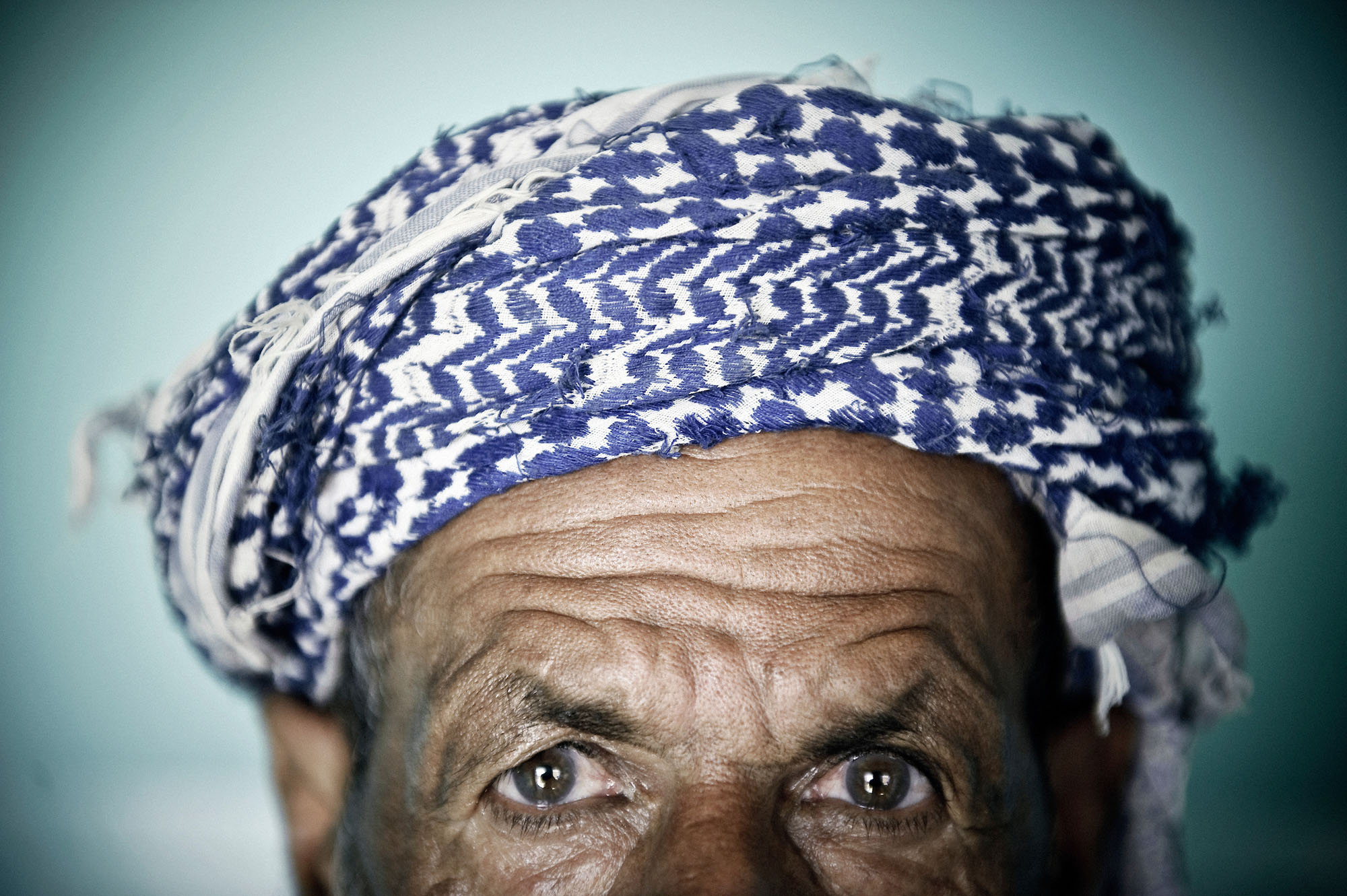
Beduin - Oman
Jabal El Shams mountains, Sultanate of Oman, 27 November 2008. A beduin named Suliman poses for the photographer inside his house. Photo: Ezequiel Scagnetti
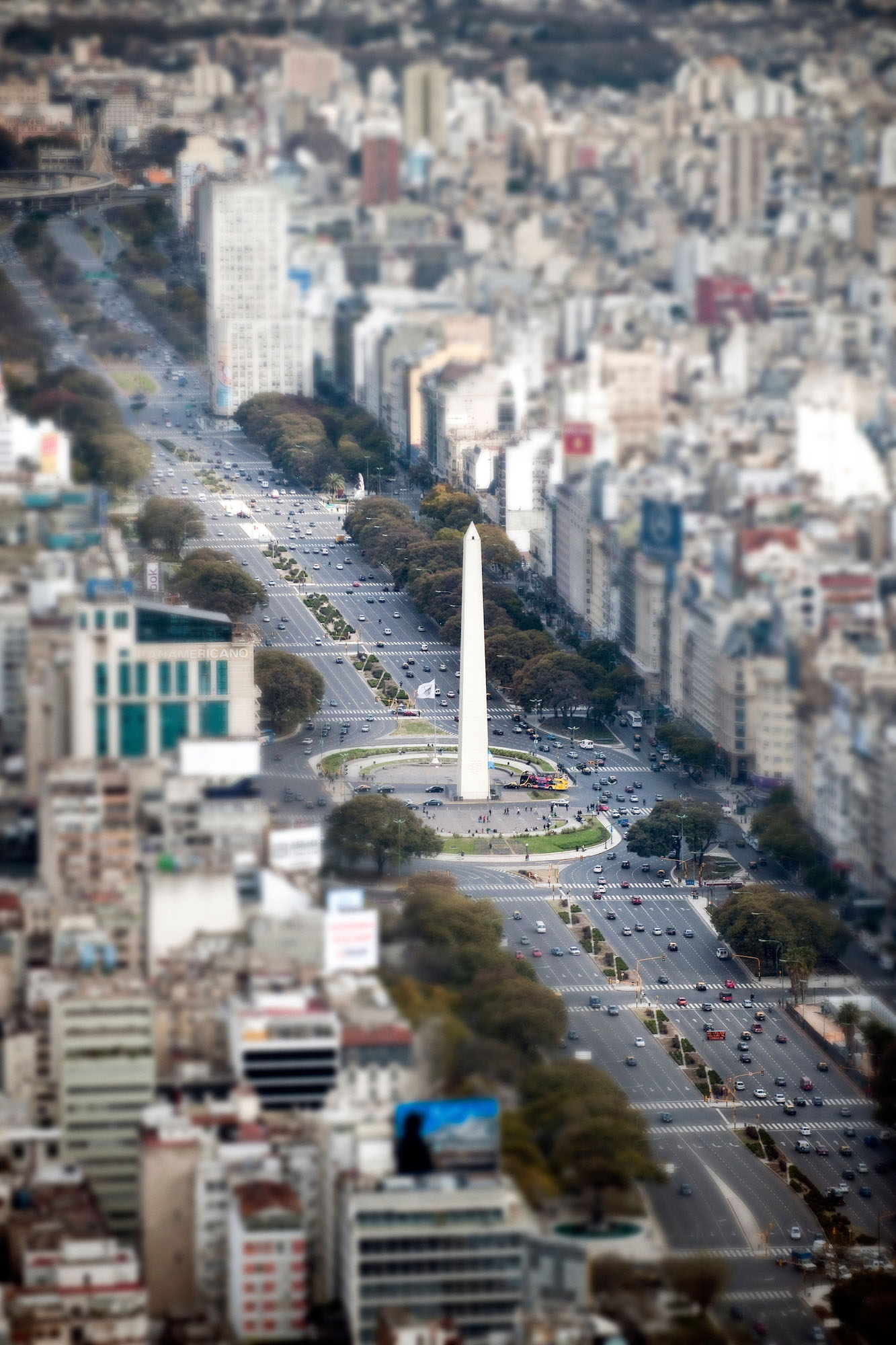
9 de Julio avenue and Obelisco - Buenos Aires
Buenos Aires, Argentina Aerial view of 9 de Julio Avenue and the Obelisco monument, in Buenos Aires. Avenida 9 de Julio is the largest avenue in Buenos Aires, Argentina. Its name honours Argentina's Independence Day. (July 9, 1816).The avenue runs roughly one kilometre to the west of the Rio de la Plata waterfront, from the Retiro district in the north to Constitucion station in the south. The avenue has seven lanes in each direction. Photo: Ezequiel Scagnetti
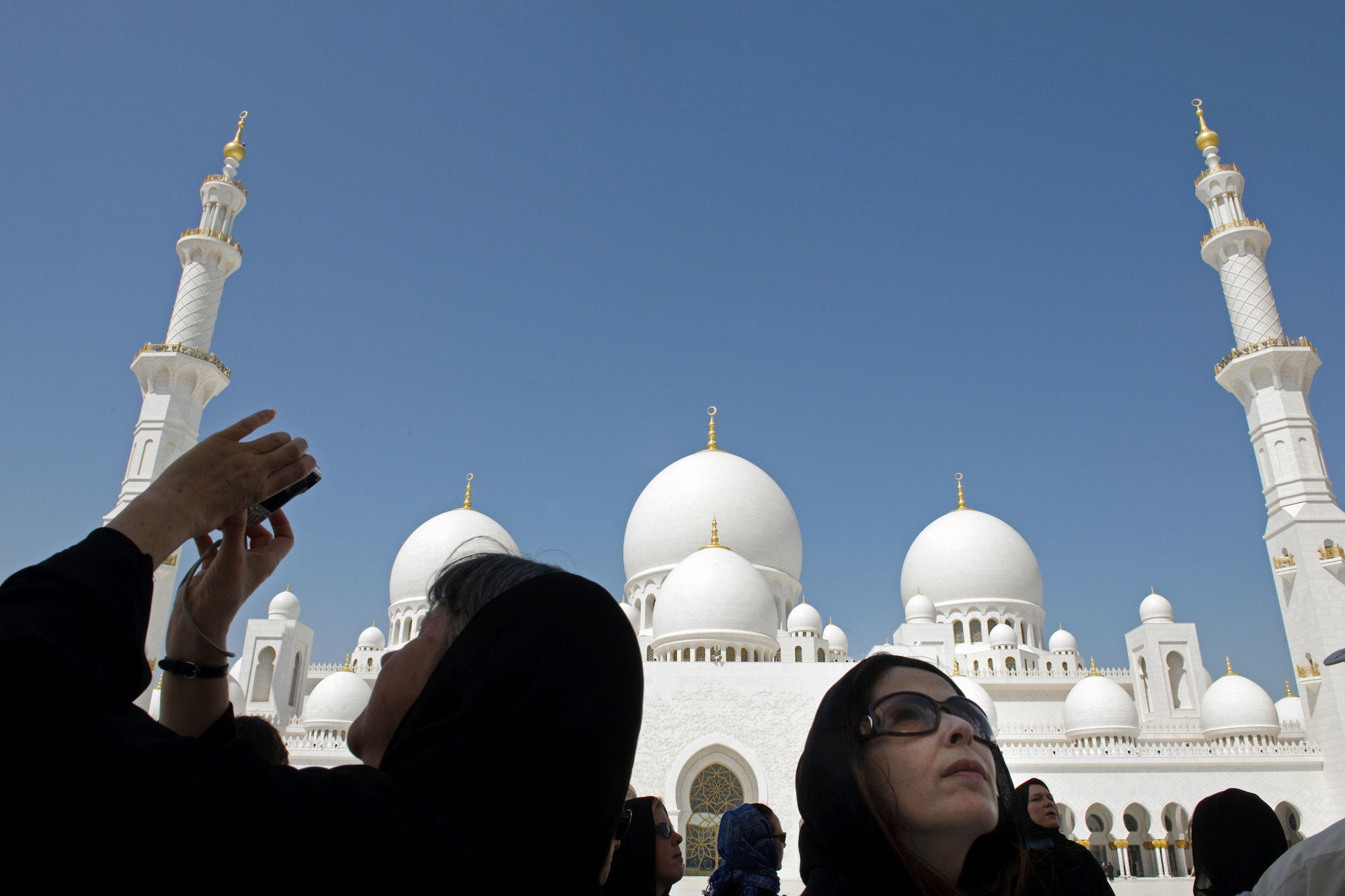
Abu Dhabi, United Arab Emirates
Abu Dhabi, United Arab Emirates 07 April 2009 Sheikh Zayed Mosque in Abu Dhabi is the largest mosque in the United Arab Emirates and the sixth largest mosque in the world. It is named after Sheikh Zayed bin Sultan Al Nahyan, the founder and the first President of the United Arab Emirates, who is also buried there. The Mosque is large enough to accommodate 40,000 worshippers. The main prayer hall can accommodate up to 9,000 worshippers. Two rooms next to the main prayer hall, with a 1,500-capacity each, are for the exclusive use of women. Photo: Ezequiel Scagnetti
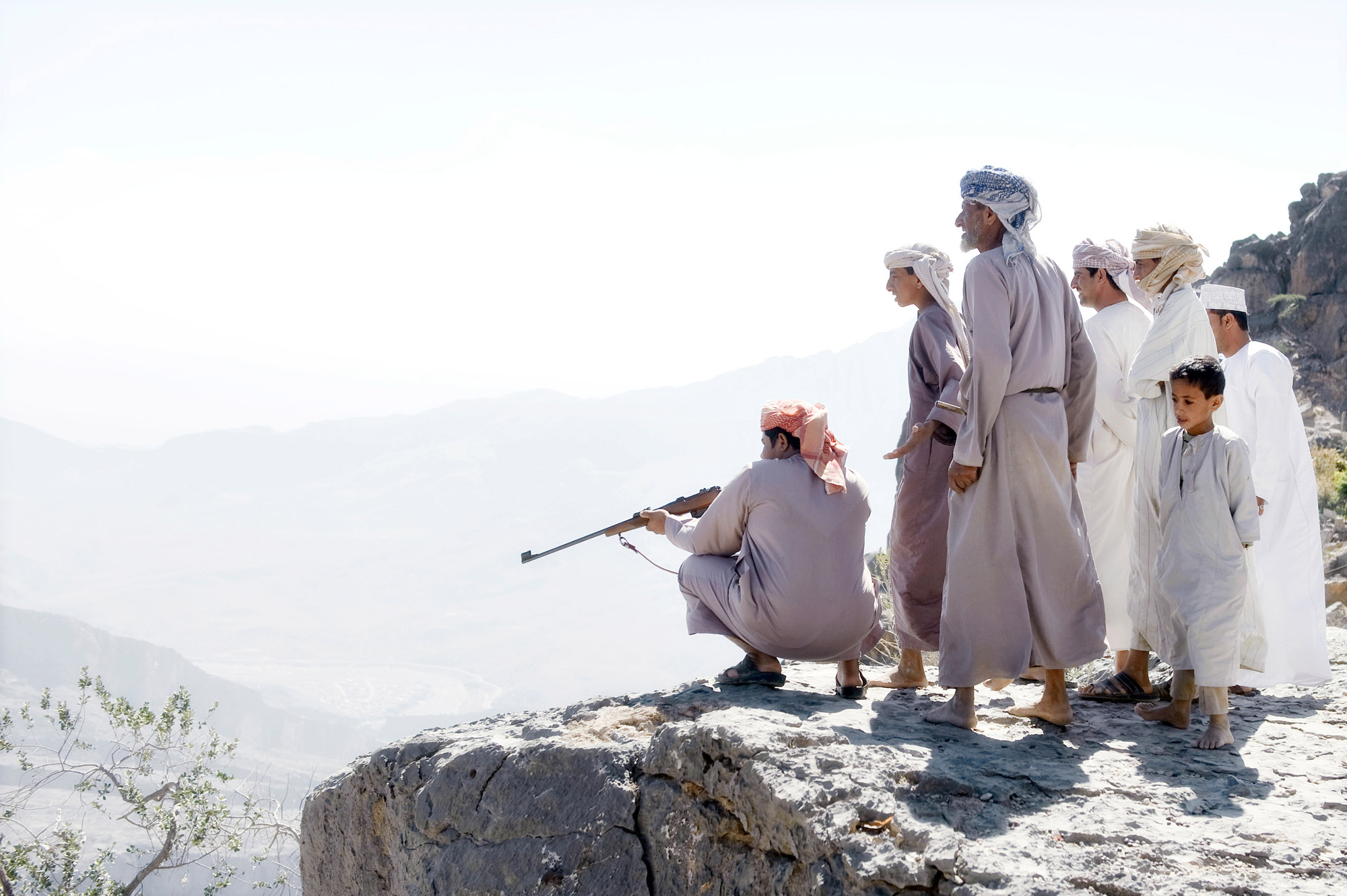
Beduins - Oman
Jabal El Shams mountains, Sultanate of Oman, 27 November 2008. Omani beduins hunting. Photo: Ezequiel Scagnetti
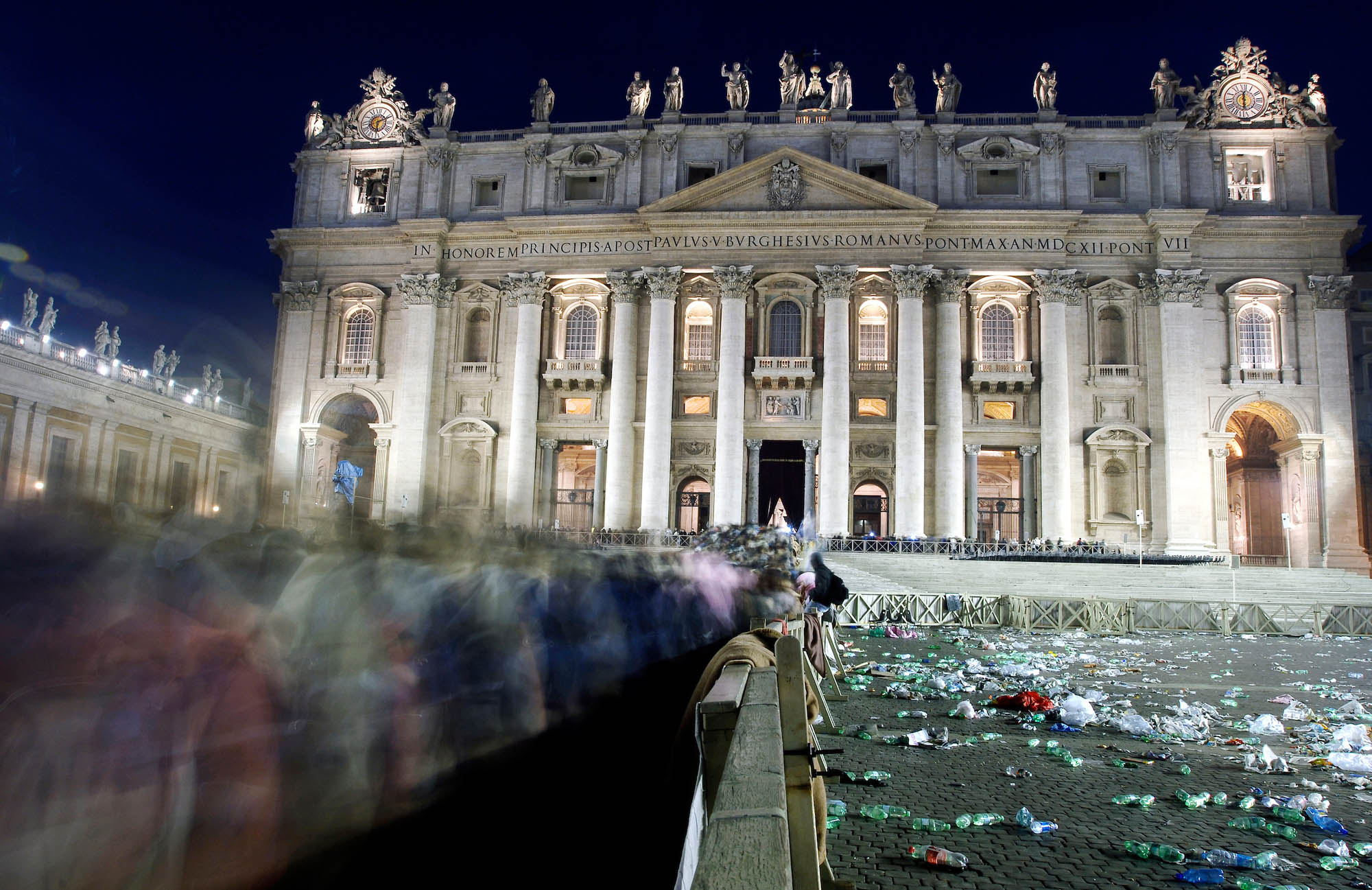
Pope John Paul II funerals
Vatican 04 April 2005 Mourners pay respect to Pope John Paul II. Photo: Ezequiel Scagnett
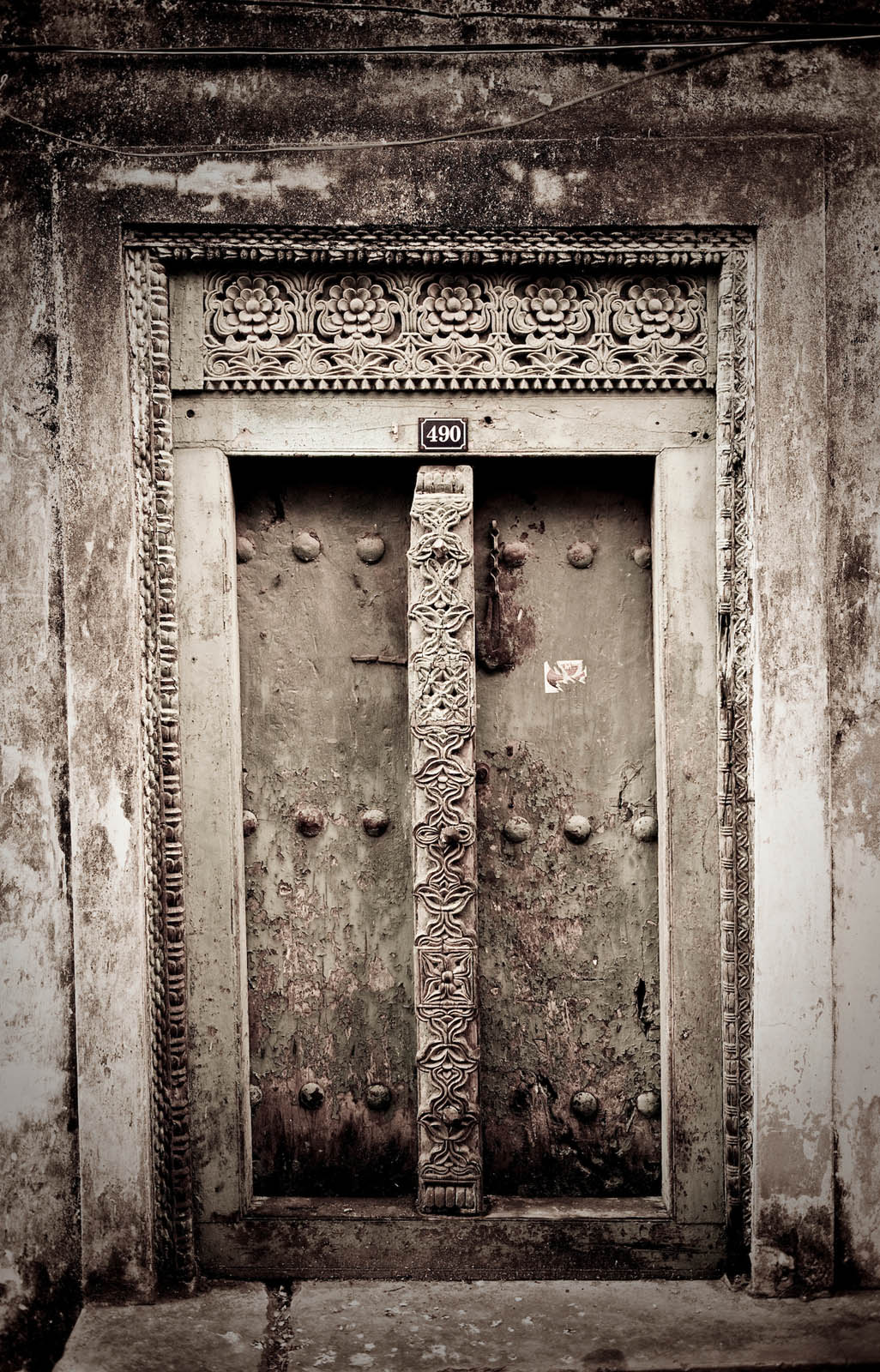
Zanzibar, Stone Town
Stone Town, Zanzibar 04 November 2010 A typical wood door of Stone Town. Stone Town or Mji Mkongwe, in Swahili meaning "ancient town", is the old part of Zanzibar City, the capital of the island of Unguja, informally known as Zanzibar, part of Tanzania. The town was the centre of trade on the East African coast between Asia and Africa before the colonization of the mainland in the late 19th century after which the focus moved to Mombasa and Dar es Salaam. From 1840 to 1856, Said bin Sultan had the capital of the Omani Empire in Stone Town. The main export was spices and particularly cloves. For many years Stone Town was a major centre for the slave trade; slaves were obtained from mainland Africa and traded with the Middle East. The town also became a base for many European explorers, particularly the Portuguese, and colonizers from the late 19th century. David Livingstone used Stone Town as his base for preparing for his final expedition in 1866. A house, now bearing his name, was lent by Sultan Seyyid Said. Immigrant communities from Oman, Persia and India lived here. Photo: Ezequiel Scagnetti

Gondola at the lagoon of Venice
Venetian Lagoon, Italy 2 July 2009 The gondola is a traditional, flat-bottomed Venetian rowing boat, well suited to the conditions of the Venetian Lagoon. Gondolas were for centuries the chief means of transportation within Venice and still have a role in public transport, serving as traghetti (ferries) over the Grand Canal. They are also used in special Regattas (rowing races) held amongst gondoliers. The Venetian Lagoon is the enclosed bay of the Adriatic Sea in which the city of Venice is situated. Its name in the Venetian language, Laguna Veneta - cognate of Latin lacus, "lake" - has provided the international name for an enclosed, shallow embayment of saltwater, a lagoon Photo: Ezequiel Scagnetti
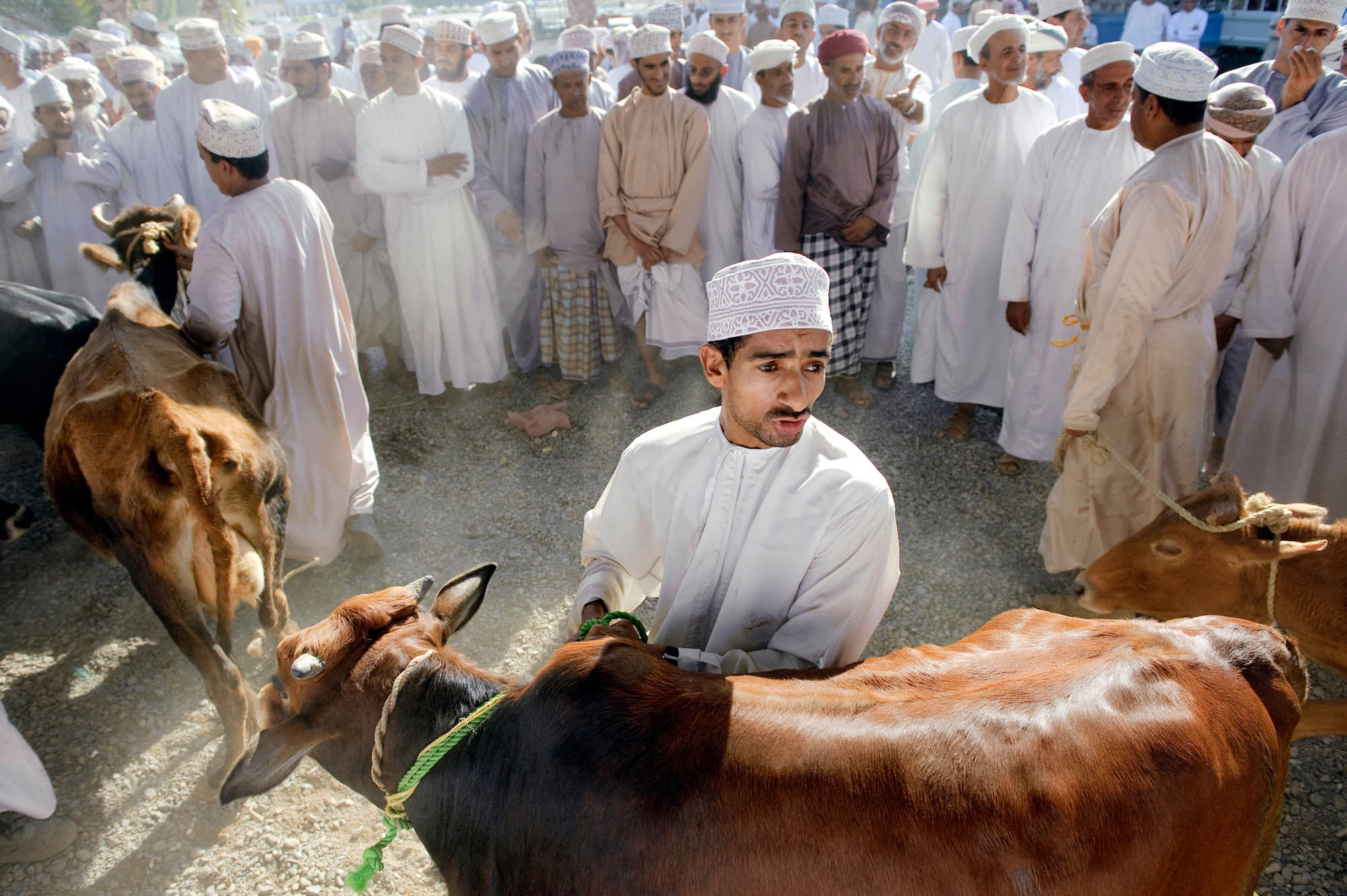
Animal market in Nizwa city - Oman
Nizwa, Sultanate of Oman, 28 November 2008 Animal market in Nizwa city. Photo: Ezequiel Scagnetti
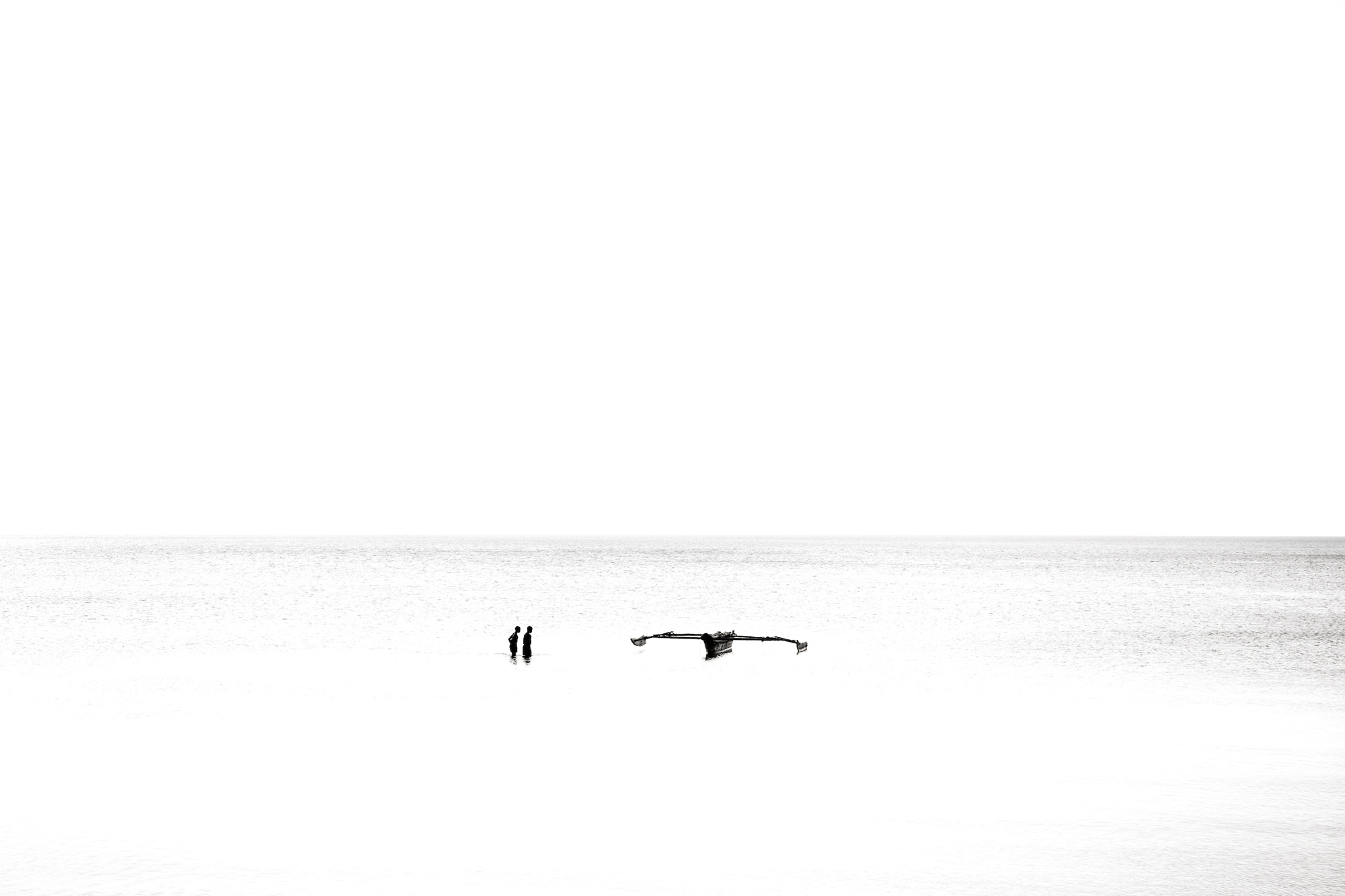
Zanzibar, Stone Town
Stone Town, Zanzibar 03 November 2010 Stone Town or Mji Mkongwe, in Swahili meaning "ancient town", is the old part of Zanzibar City, the capital of the island of Unguja, informally known as Zanzibar, part of Tanzania. The town was the centre of trade on the East African coast between Asia and Africa before the colonization of the mainland in the late 19th century after which the focus moved to Mombasa and Dar es Salaam. From 1840 to 1856, Said bin Sultan had the capital of the Omani Empire in Stone Town. The main export was spices and particularly cloves. For many years Stone Town was a major centre for the slave trade; slaves were obtained from mainland Africa and traded with the Middle East. The town also became a base for many European explorers, particularly the Portuguese, and colonizers from the late 19th century. David Livingstone used Stone Town as his base for preparing for his final expedition in 1866. A house, now bearing his name, was lent by Sultan Seyyid Said. Immigrant communities from Oman, Persia and India lived here. Photo: Ezequiel Scagnetti
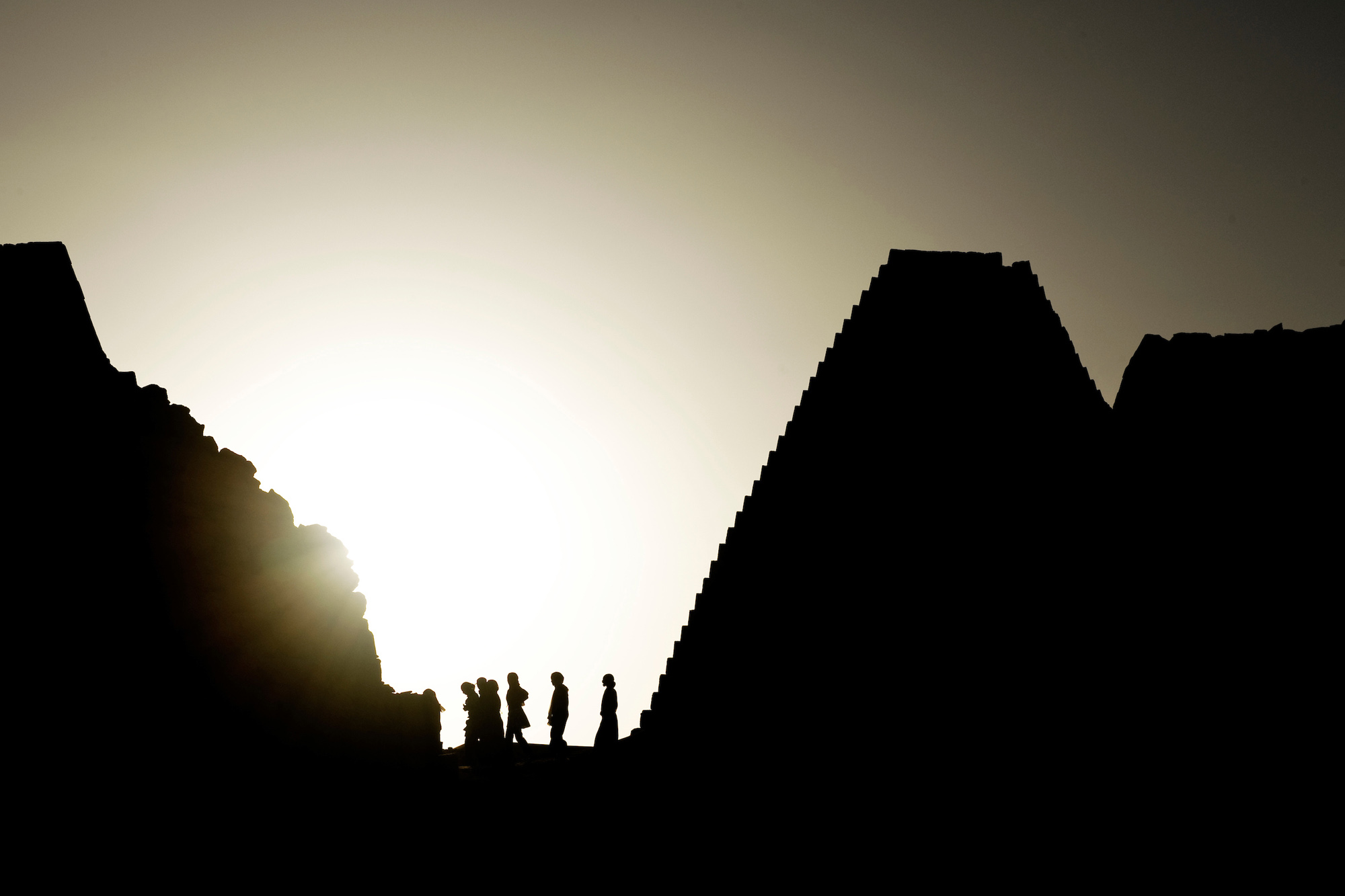
Ancient Nubian Pyramids, Sudan
Bajarawia, Sudan 20 April 2010 Ancient Nubian Pyramids. The Al Bajarawia Pyramids are the cemeteries of the kings and queens of Meroe. The pyramids have the cemetery temples attached to them and drawings on the walls telling the political, economic and religious history of the kingdom. Photo: Ezequiel Scagnetti
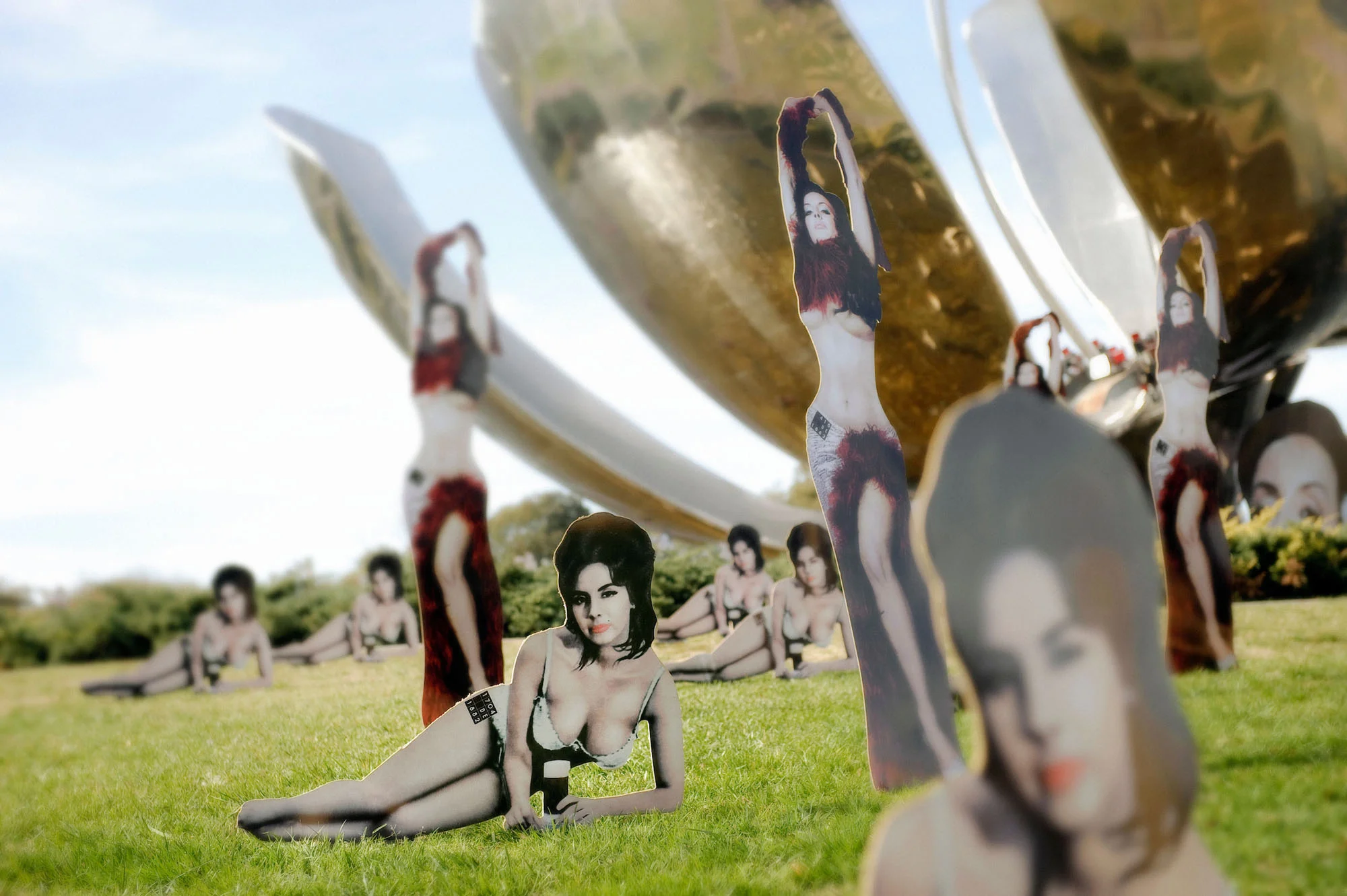
Street advertising, Buenos Aires, Argentina
Buenos Aires, Argentina Advertising of a drink in the Floralis Generica, a monument in Buenos Aires city. Photo: Ezequiel Scagnetti
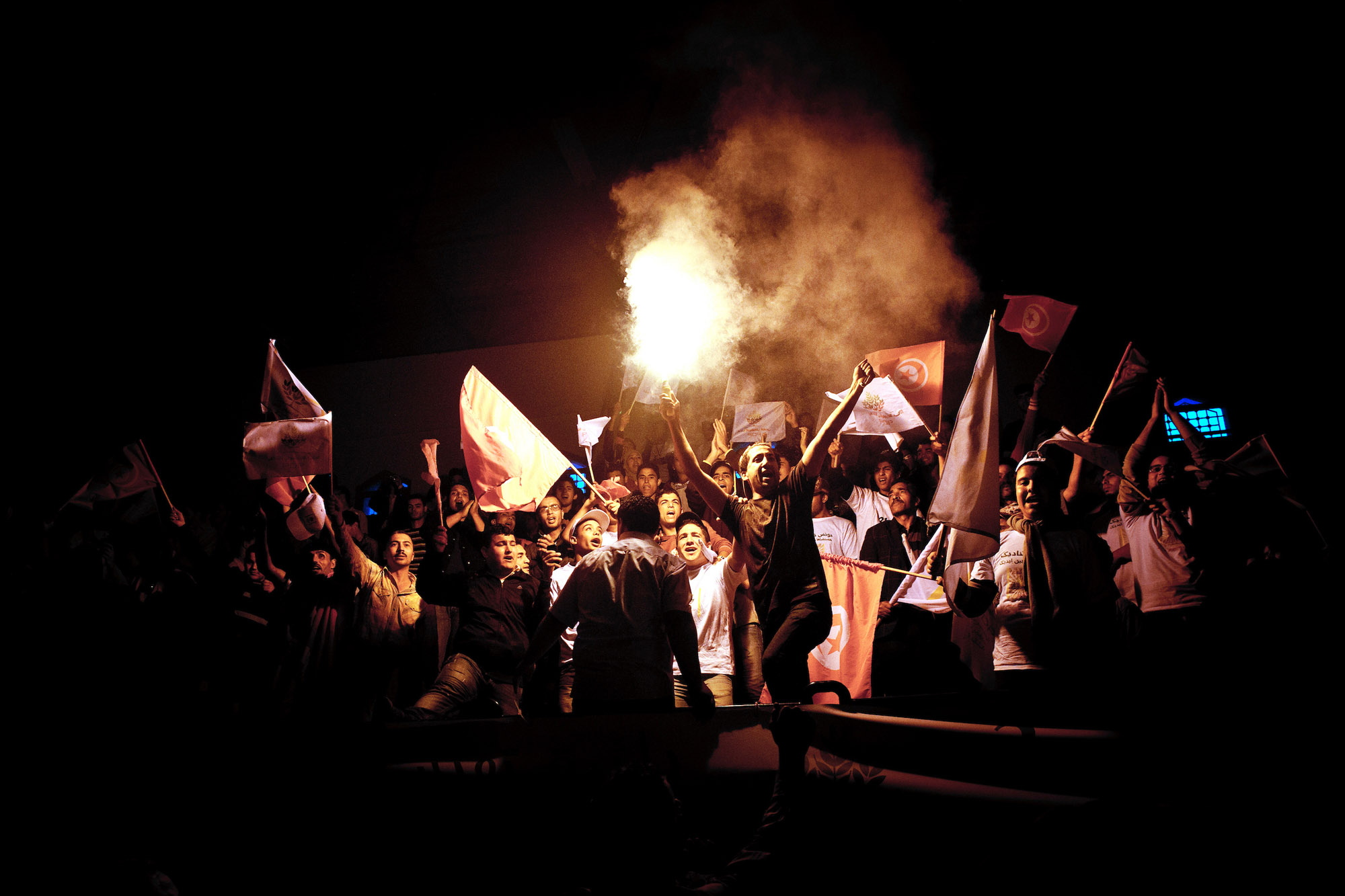
Tunisia - Elections 2011
Tunis, Tunisia 21 October 2011 Campaign meeting of PDP party. Photo: Ezequiel Scagnetti
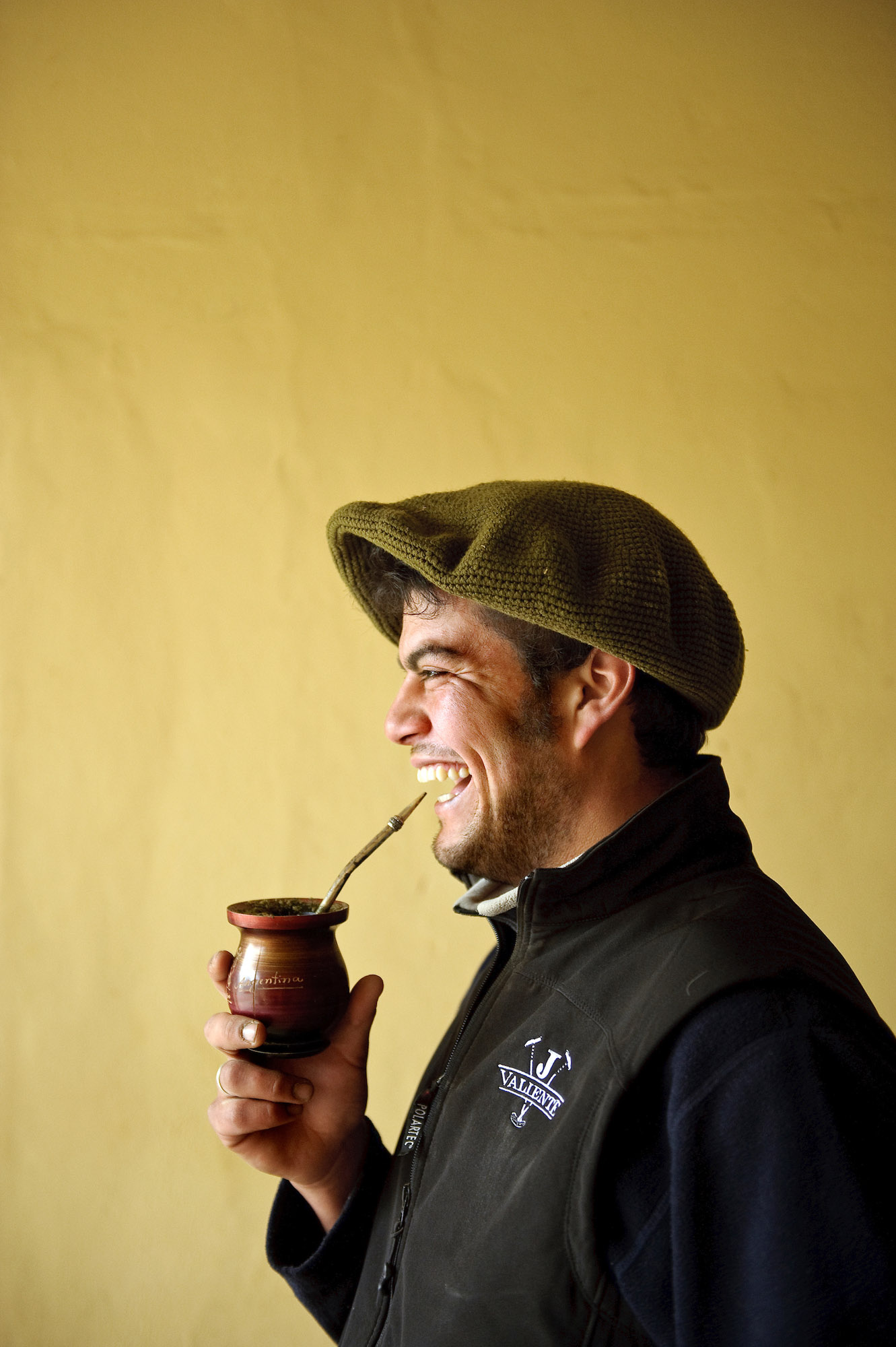
Estancia La Aguada - Buenos Aires
Buenos Aires Province, Argentina An Argentinian Gaucho drinks Mate at the Estancia La Aguada. An Estancia, the Argentinian term of ranch, is a large rural estate. A small number of exclusives Estancias have been converted into guest ranches in Argentina. Photo: Ezequiel Scagnetti
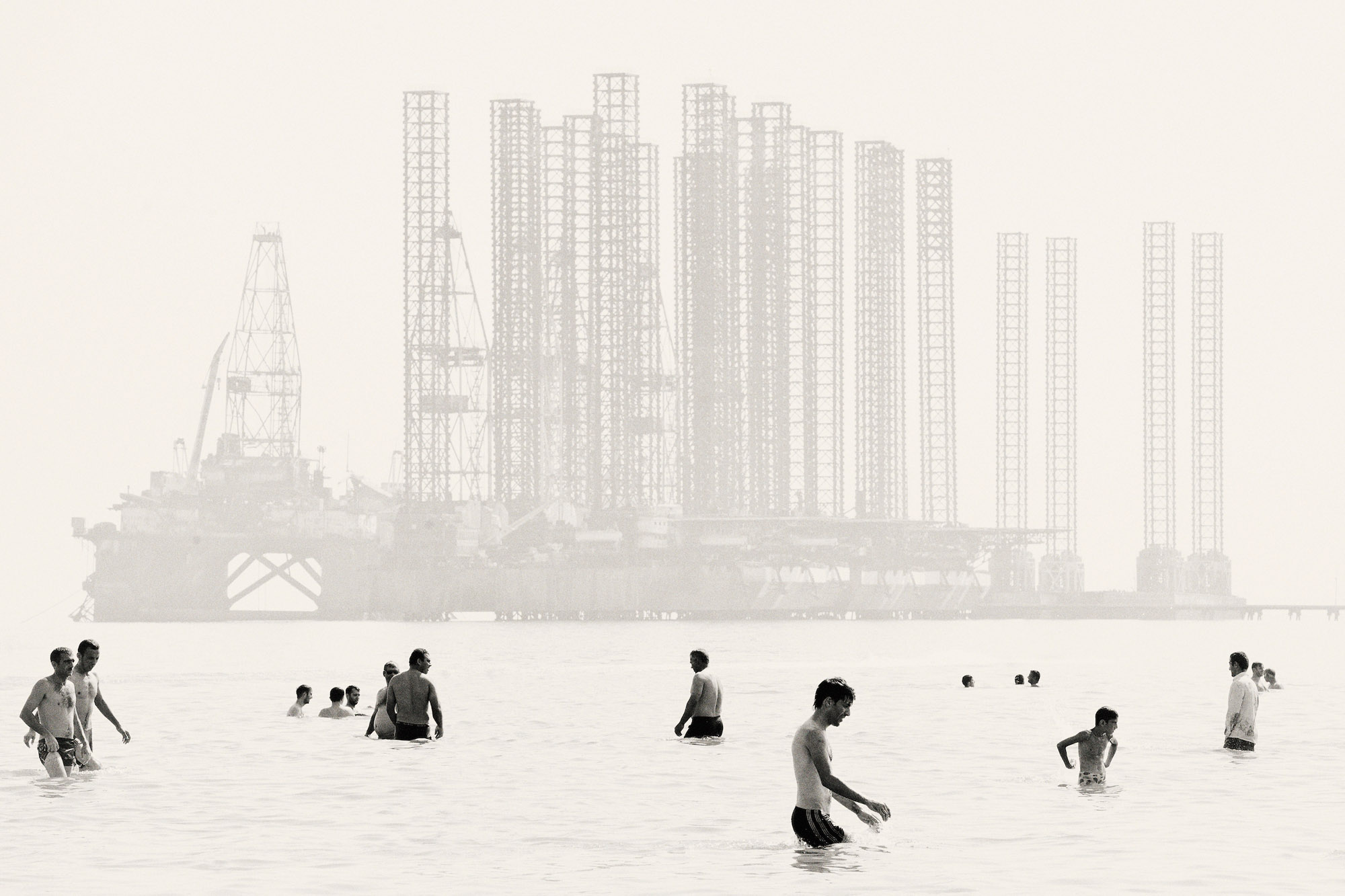
Oil extraction platform - Azerbaijan
Baku, Azerbaijan Azeri people swim beside an oil extraction platform in Baku. Photo: Ezequiel Scagnetti
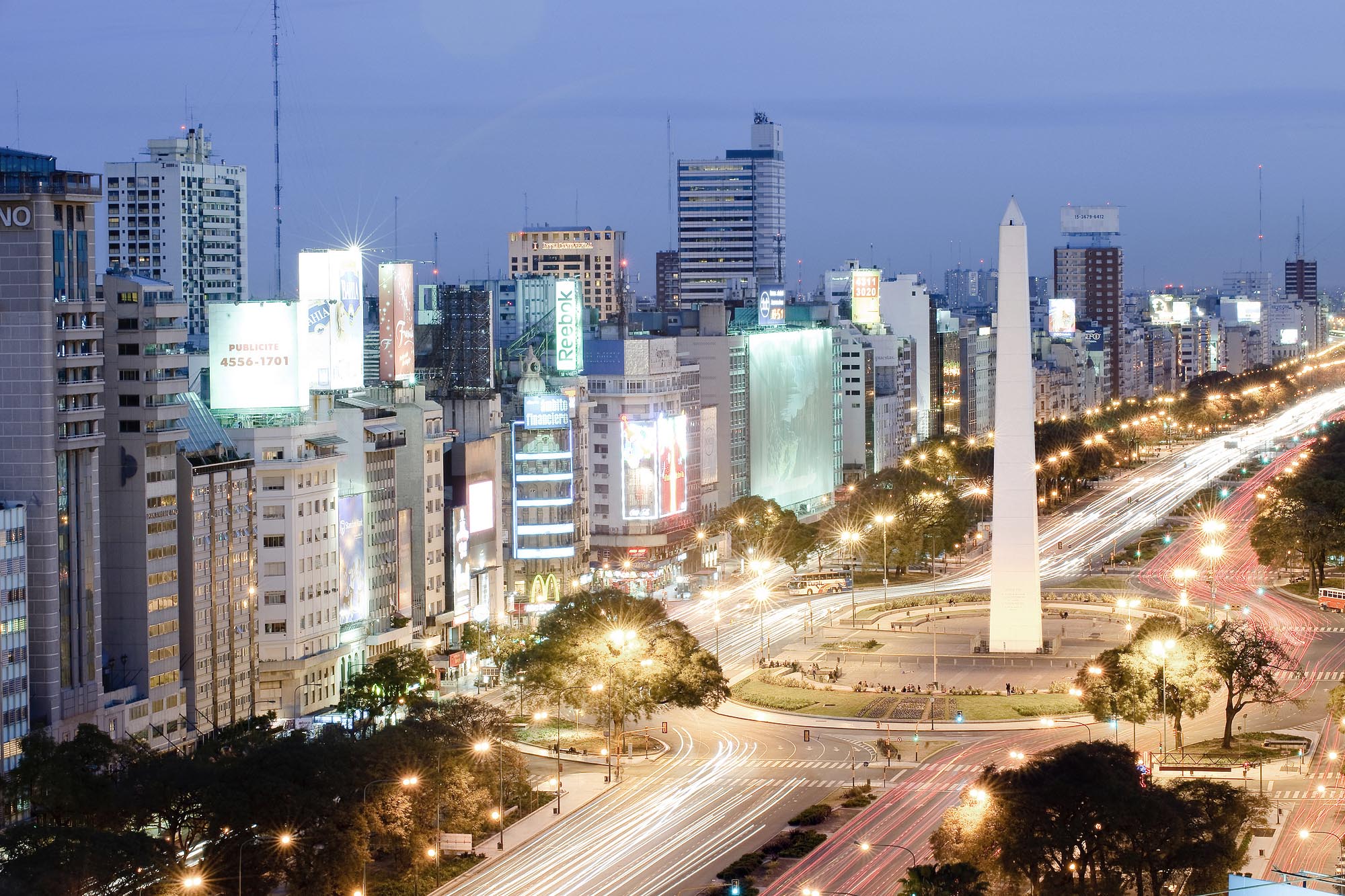
9 de Julio avenue and Obelisco - Buenos Aires
Buenos Aires, Argentina Aerial view of 9 de Julio Avenue and the Obelisk monument, in Buenos Aires. The Obelisk of Buenos Aires (Obelisco de Buenos Aires) is a modern monument placed at the heart of Buenos Aires, Argentina. The obelisk is one of the main icons of the city, and a venue for various cultural activities (usually sponsored by the city government) and other events. It is the traditional gathering spot for sports fans to celebrate when their favourite team wins, especially from the national football team, often resulting in colourful events that attract media coverage. It was also used by several acrobatic troupes to perform high-wire acts. Avenida 9 de Julio is the largest avenue in Buenos Aires, Argentina. Its name honors Argentina's Independence Day. (July 9, 1816).The avenue runs roughly one kilometer to the west of the Rio de la Plata waterfront, from the Retiro district in the north to Constituci�n station in the south. The avenue has seven lanes in each direction. Photo: Ezequiel Scagnetti
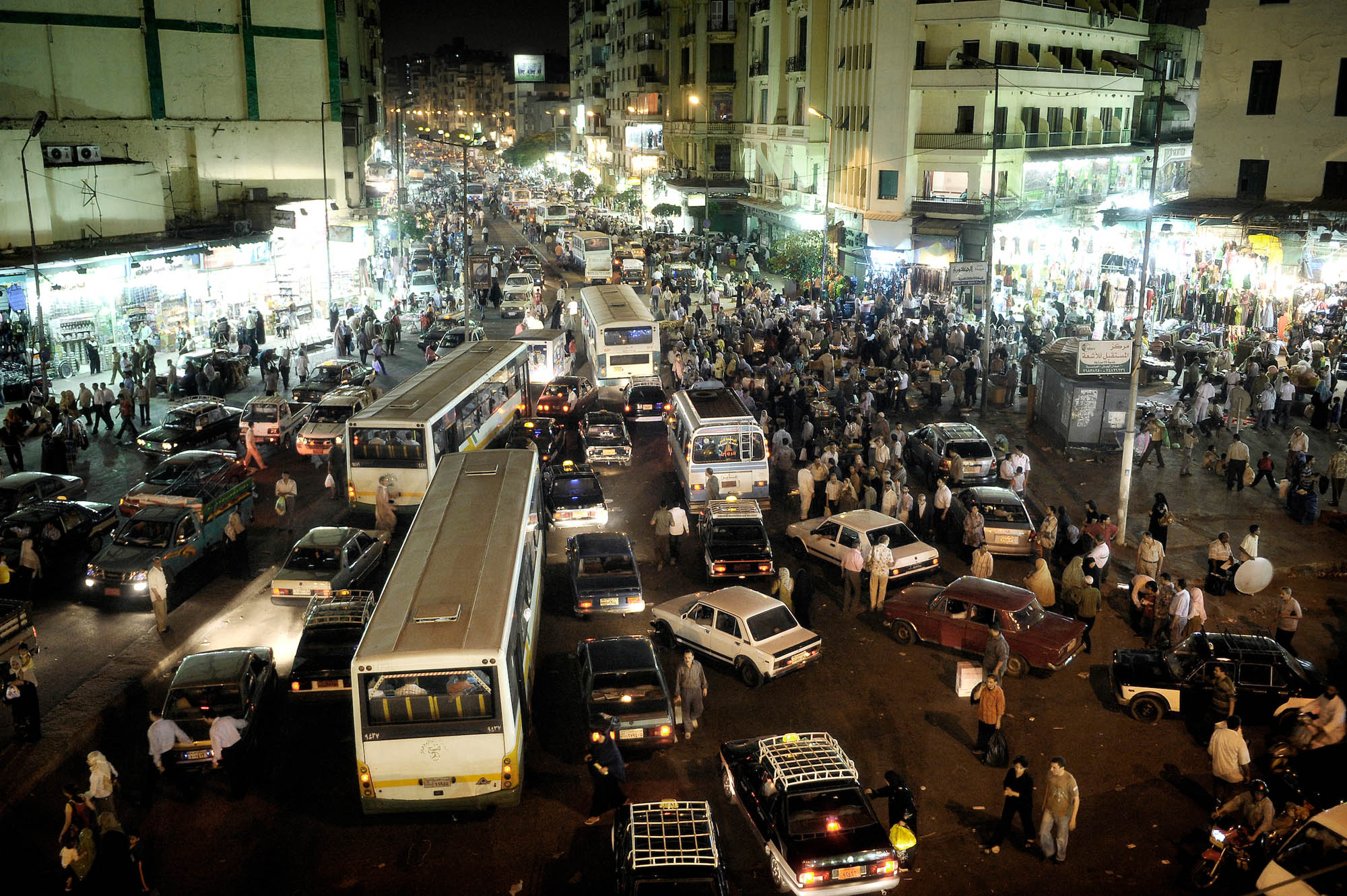
Traffic in Cairo
Cairo, Egypt Traffic jam in downtown Cairo. Photo: Ezequiel Scagnetti
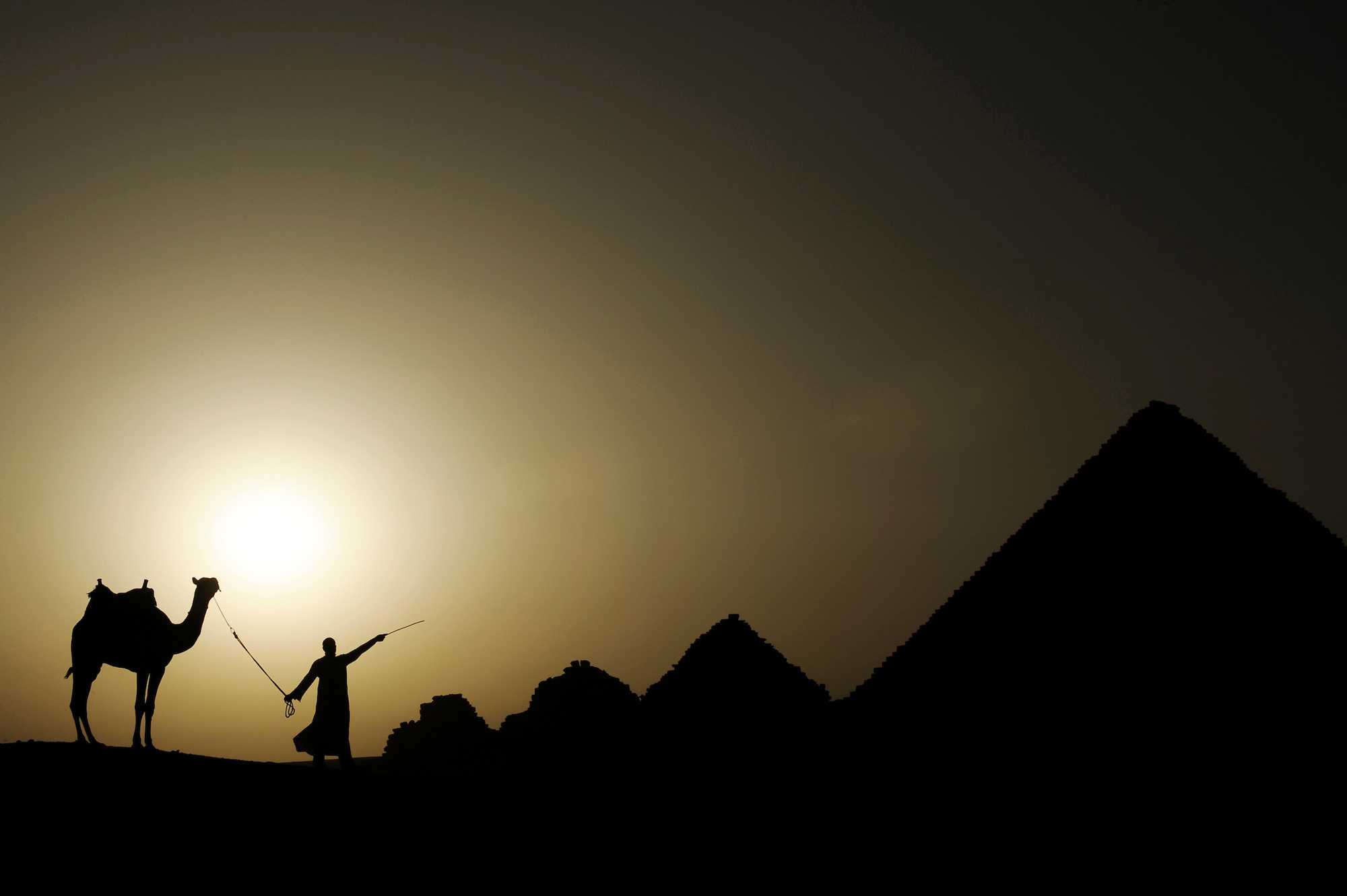
Sunset at Giza Pyramids
Cairo, Egypt A camel guide poses for the photographer with his camel in Giza Pyramids. Photo: Ezequiel Scagnetti

Sahara desert - Morocco
Merzouga, Morocco Erg Chebbi dunes are the face of Sahara in Morocco. These dunes are a natural oasis which by word means a remote area of vegetation in a desert, usually nearby a natural spring or water source. Ancient stories tell that the creation of the biggest dunes of Morocco, Erg Chebbi, come up by God's punishment of local wealthy families that although having a festivity, eating couscous, meat and fruits refused to help a poor woman and her children and let them come into the party. Photo: Ezequiel Scagnetti

Sunset at Giza Pyramids
Cairo, Egypt 14 June 2008 A camel guide poses for the photographer with his camel in Giza Pyramids. Photo: Ezequiel Scagnetti
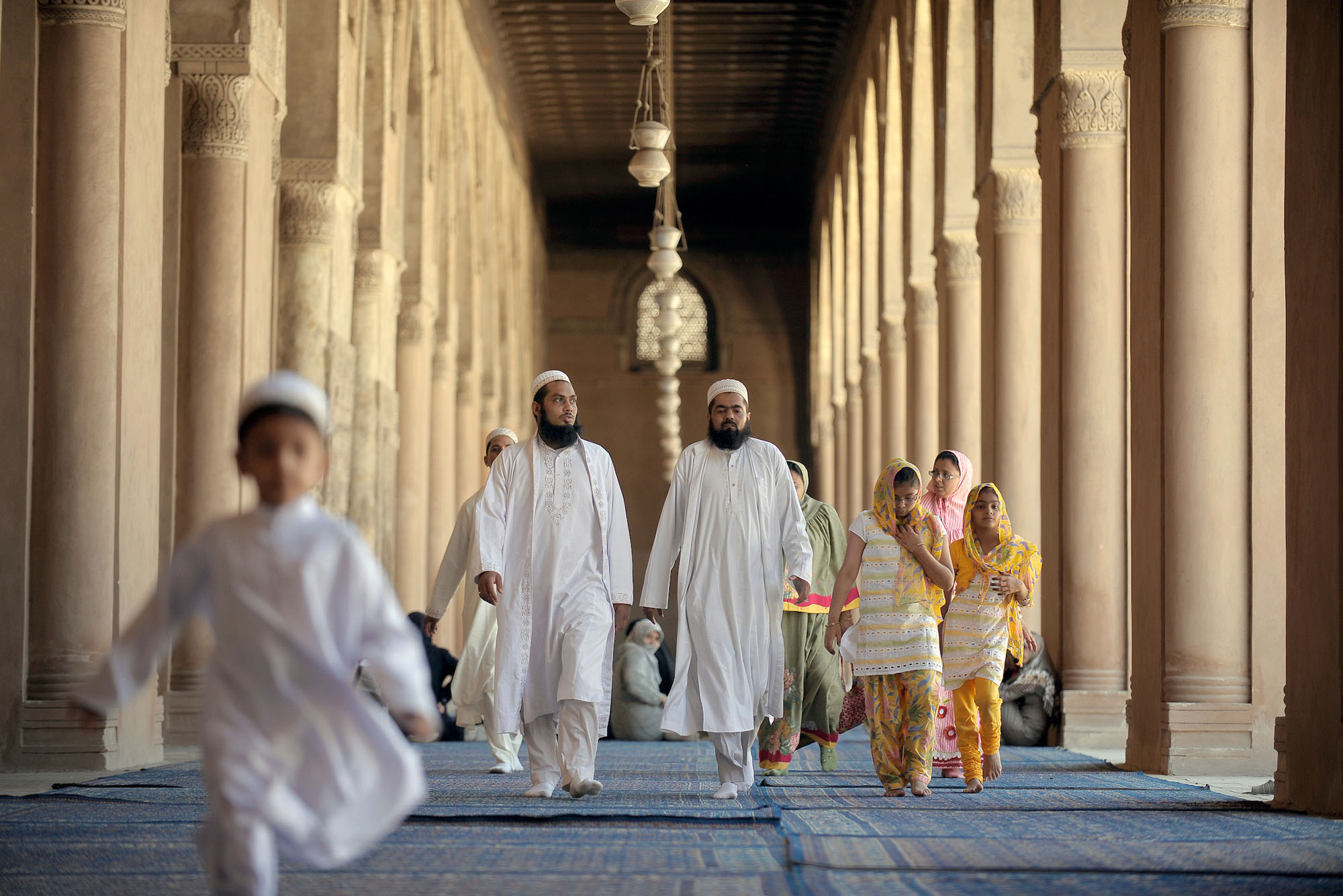
Ahmad Ibn Tulun mosque - Cairo
Cairo, Egypt Muslims walk inside the Ahmed Ibn Tulun Mosque. The Mosque of Ahmad Ibn Tulun is probably the oldest mosque in the city surviving in its original form, and is the largest mosque in Cairo in terms of land area. Photo: Ezequiel Scagnetti
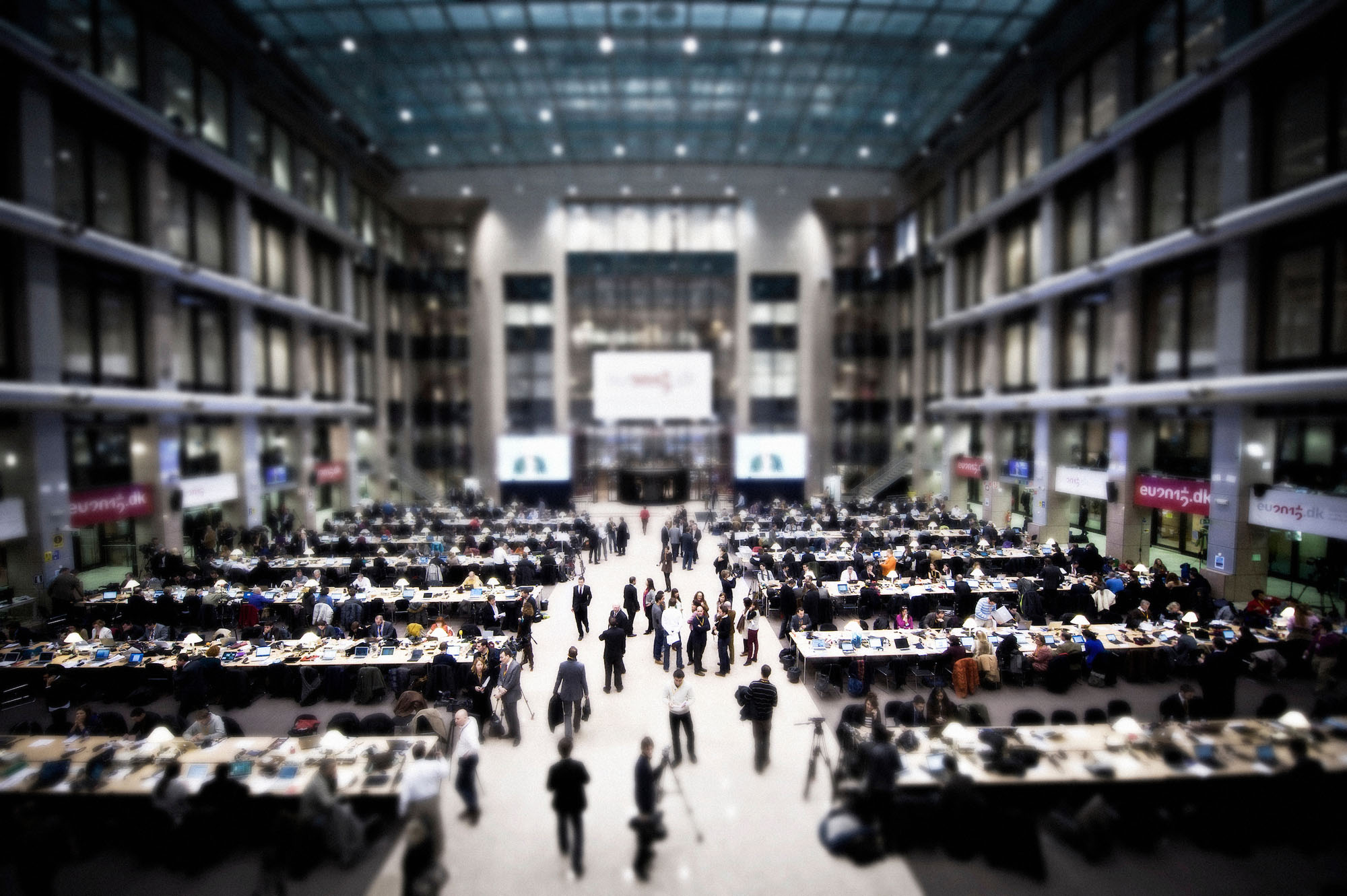
EU Summit - Press room
Brussels, Belgium Journalists report from a press room during the European Union leaders' summit. Photo: Ezequiel Scagnetti
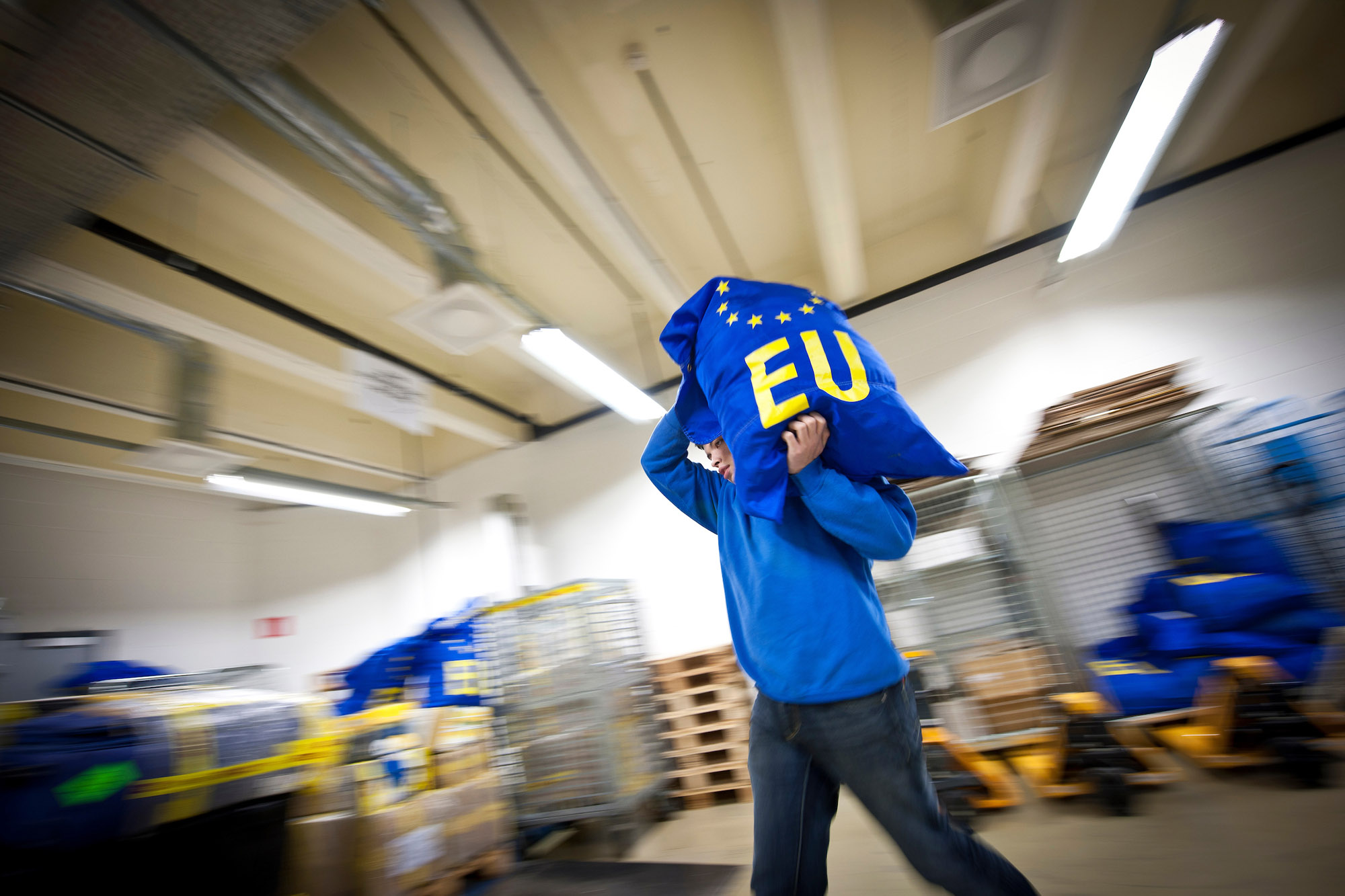
Central mail of the European Commission
Brussels, Belgium Central mail building of the European Commission. Photo: Ezequiel Scagnetti
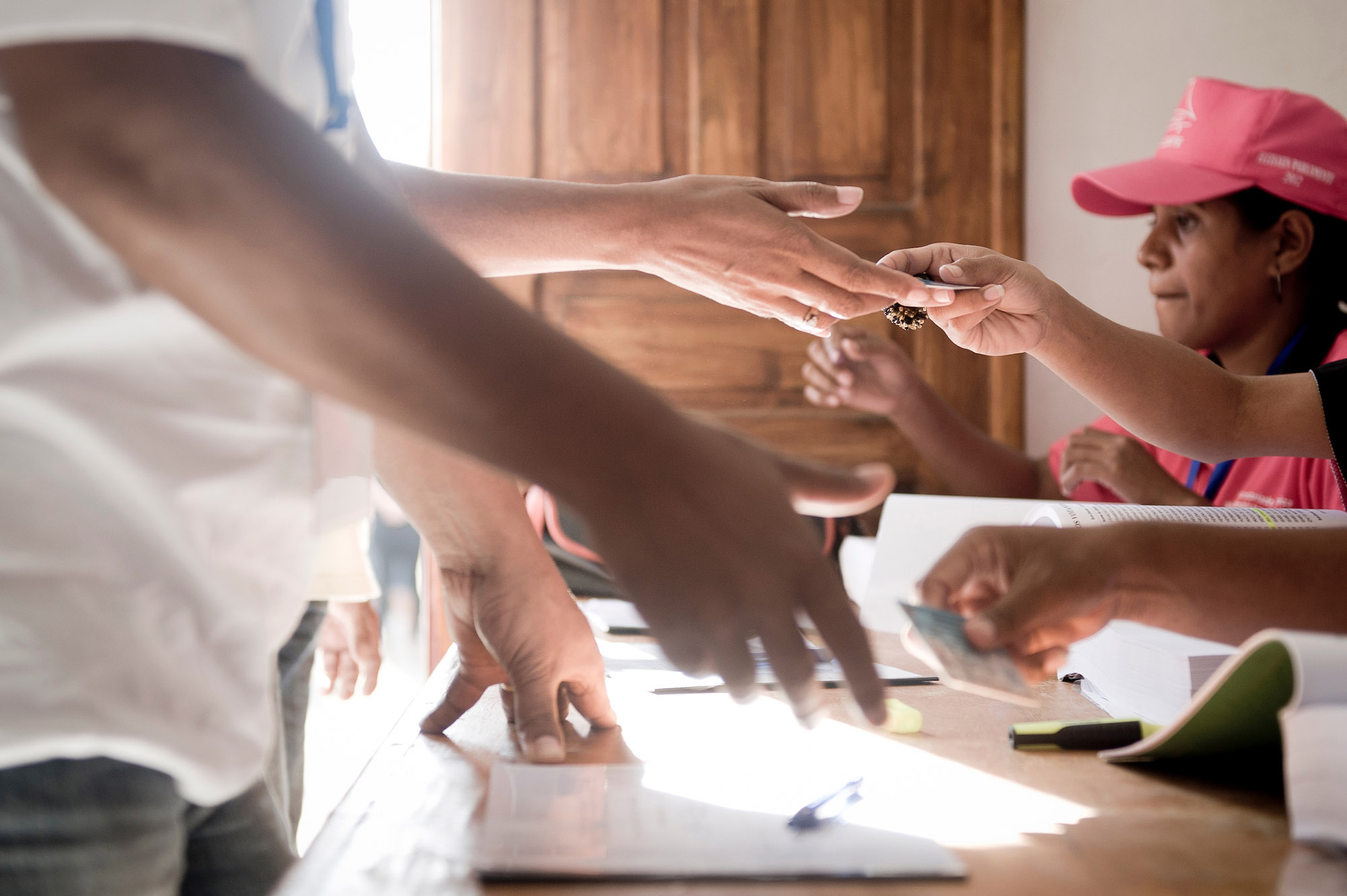
East Timor - Parliamentary elections 2012
Dili, East Timor, 07 July 2012 East Timorese citizens vote in a polling station during the legislative elections. Photo: Ezequiel Scagnetti

View of Baku at night
Baku, Azerbaijan Baku is the capital and largest city of Azerbaijan, as well as the largest city on the Caspian Sea and of the Caucasus region. It is located on the southern shore of the Absheron Peninsula, which projects into the Caspian Sea. The city consists of two principal parts: the downtown and the old Inner City (21.5 ha). Baku's urban population at the beginning of 2009 was estimated at just over two million people. Officially, about 25 percent of all inhabitants of the country live in the metropolitan city area of Baku. Photo: Ezequiel Scagnetti
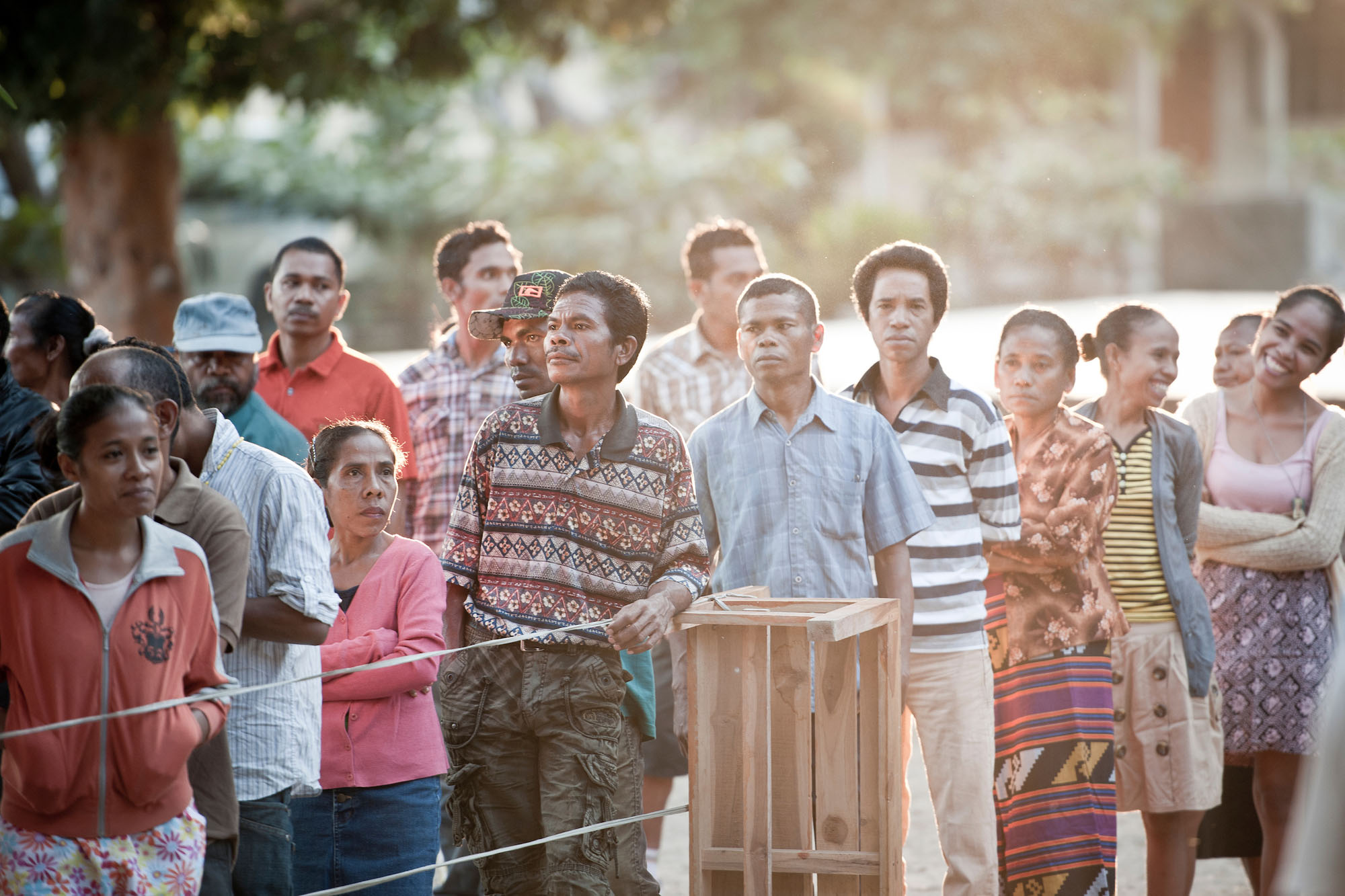
East Timor - Parliamentary elections 2012
Dili, East Timor East Timorese line up to cast their votes at a polling station during the legislative elections. Photo: Ezequiel Scagnetti
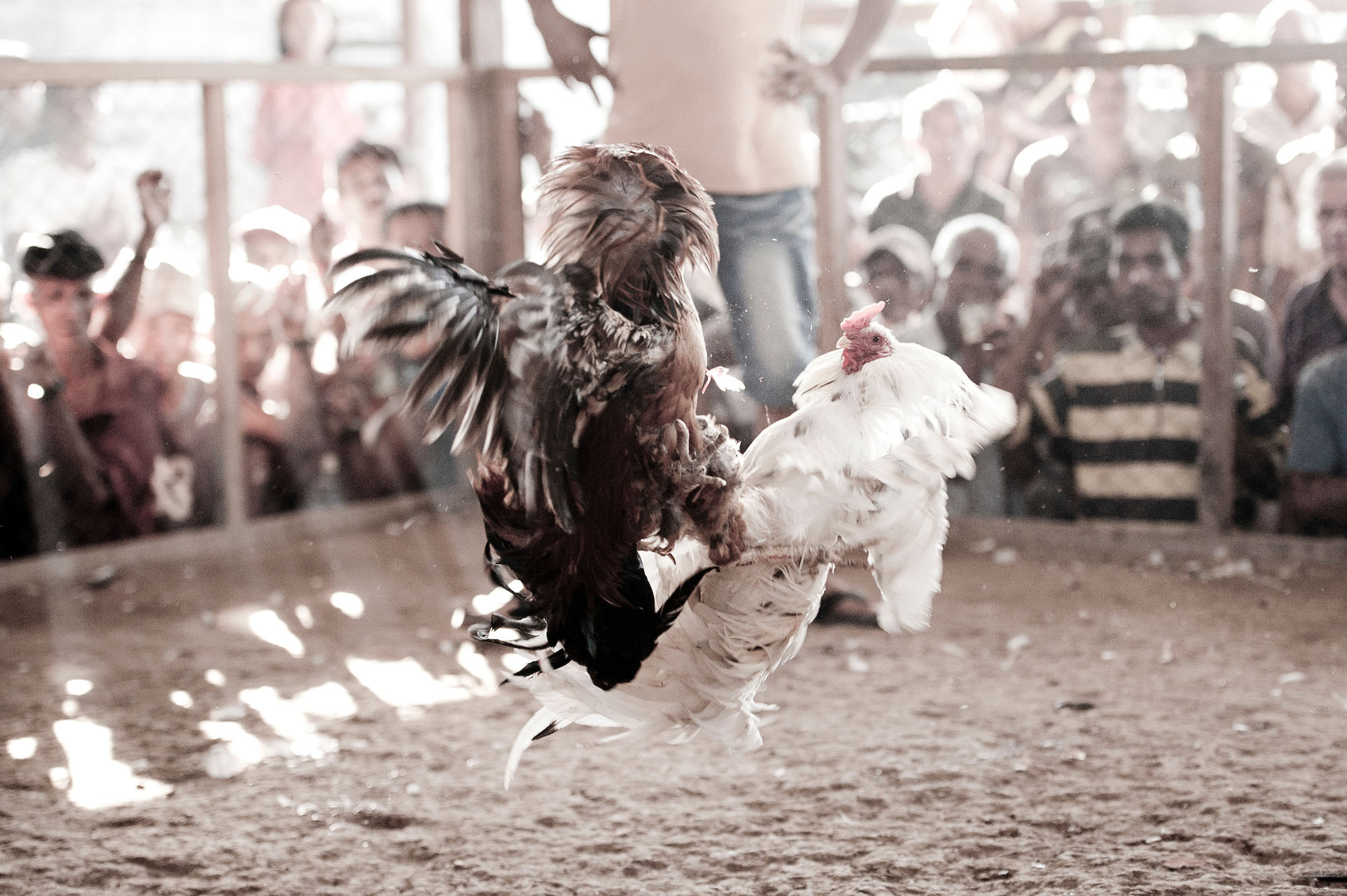
Cockfight - Timor Leste
Dili, East Timor Rooster fight. Photo: Ezequiel Scagnetti
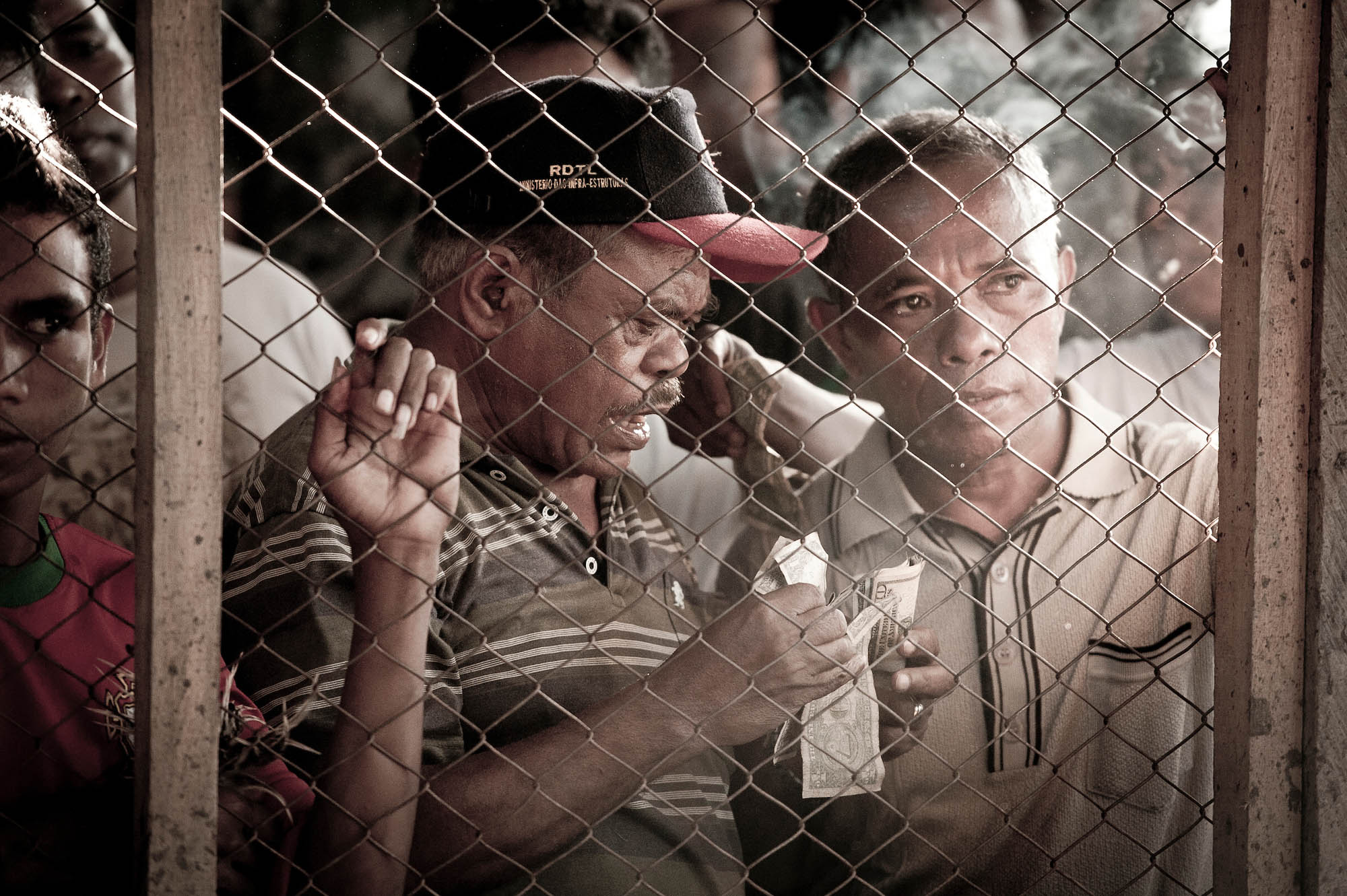
Cockfight - Timor Leste
Dili, East Timor Rooster fight. Photo: Ezequiel Scagnetti

View of the west side of Istanbul at night
Istanbul, Turkey View of the west side of Istanbul at night. Istanbul, historically Byzantium and later Constantinople, is Turkey's most populous city, and its cultural and financial center. Photo: Ezequiel Scagnetti
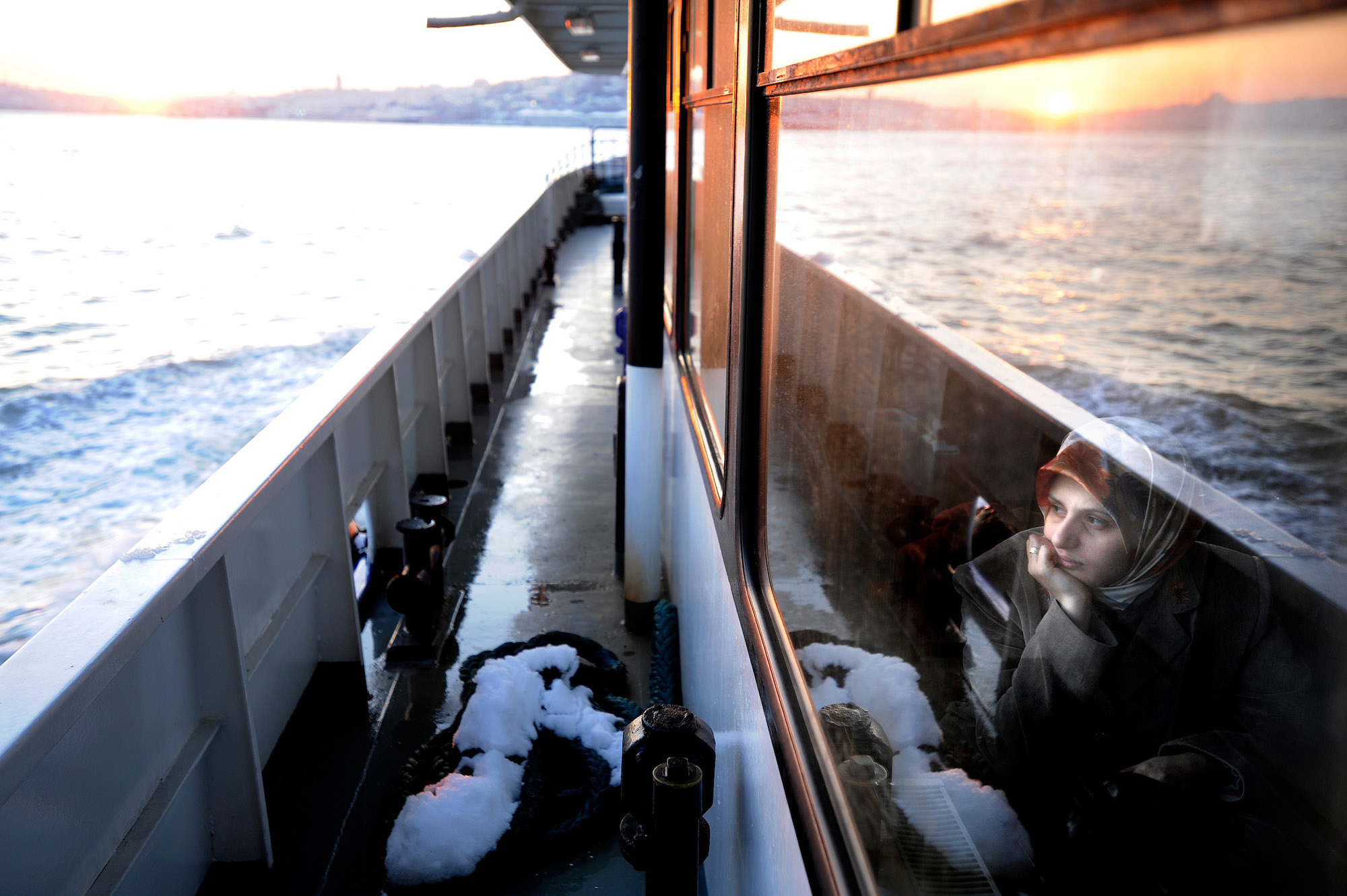
Crossing the Bosphorus
Istanbul, Turkey View of a Turkish woman inside a passengers boat crossing the Bosphorus strait. Photo: Ezequiel Scagnetti
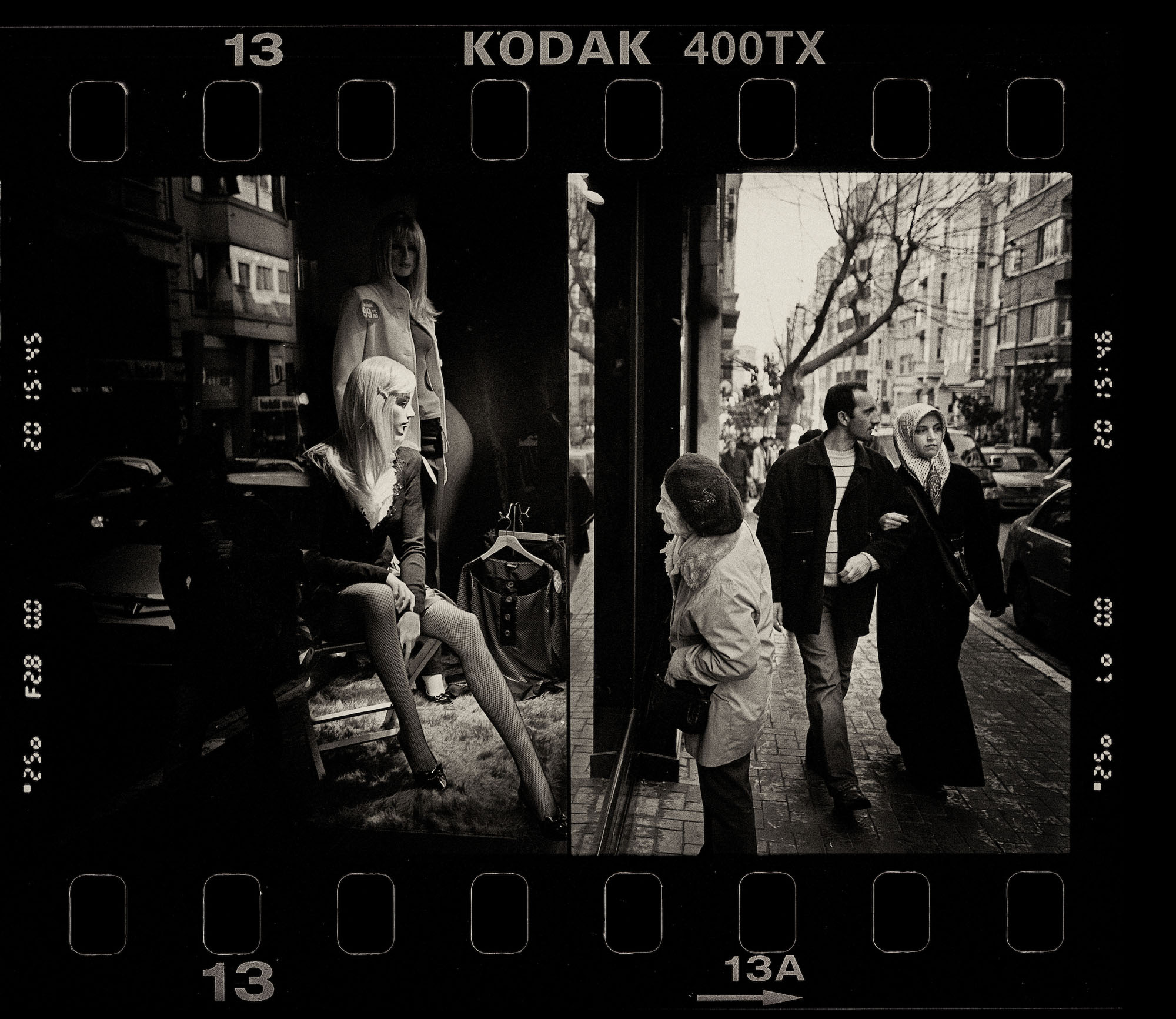
Street scene in Istanbul
Istanbul, Turkey Street scene in Istanbul. Photo: Ezequiel Scagnetti

Mohamed - book binder
Cairo, Egypt Mohamed, 71 years old, book binder at "Abdel-Zaher", traditional fine art book binding company of Cairo. Photo: Ezequiel Scagnetti
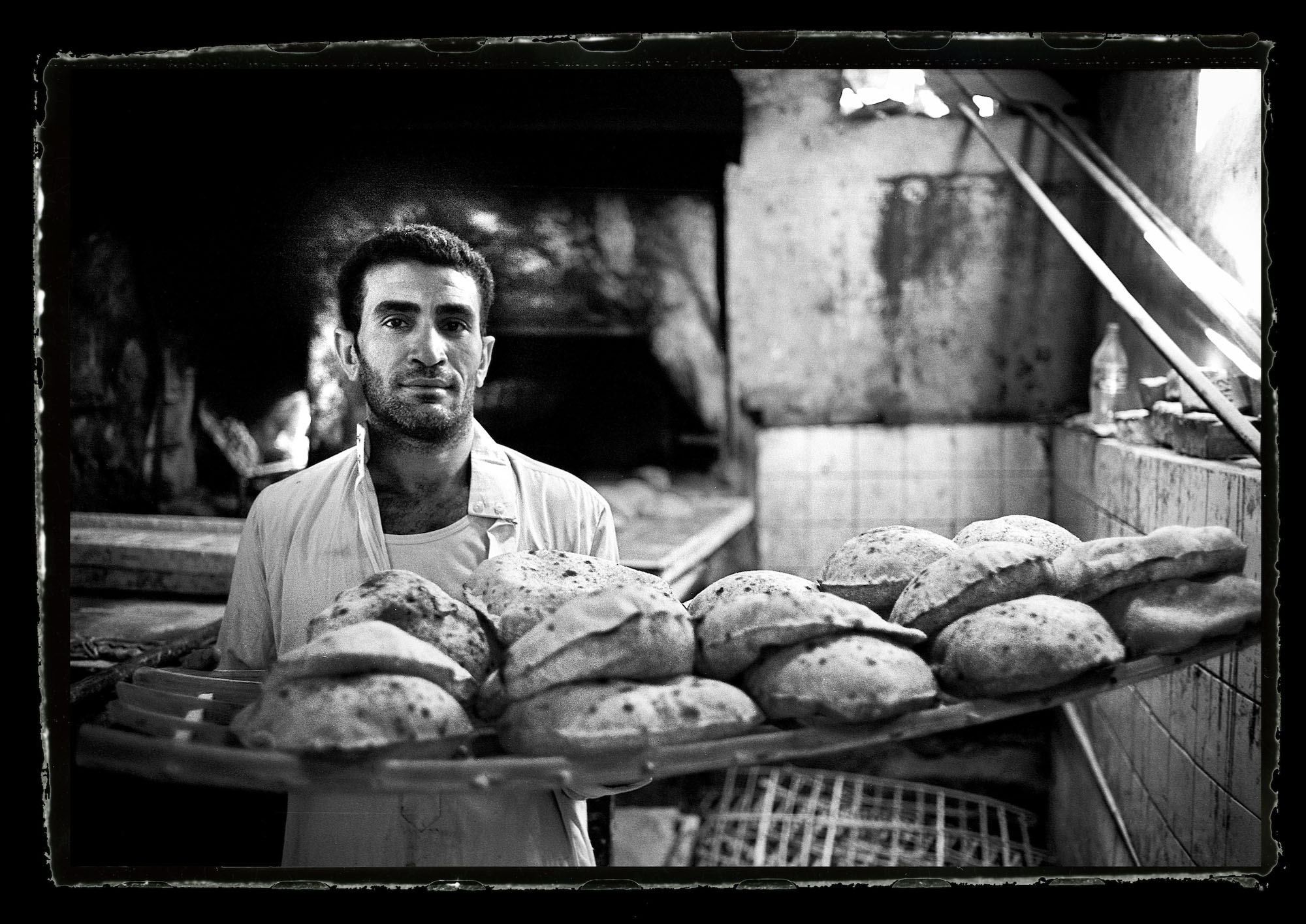
Kamal - baker
Cairo, Egypt Kamal, baker. Photo: Ezequiel Scagnetti

Wael - storyteller
Cairo, Egypt Wael, "The" storyteller (officially tourist guide). Photo: Ezequiel Scagnetti
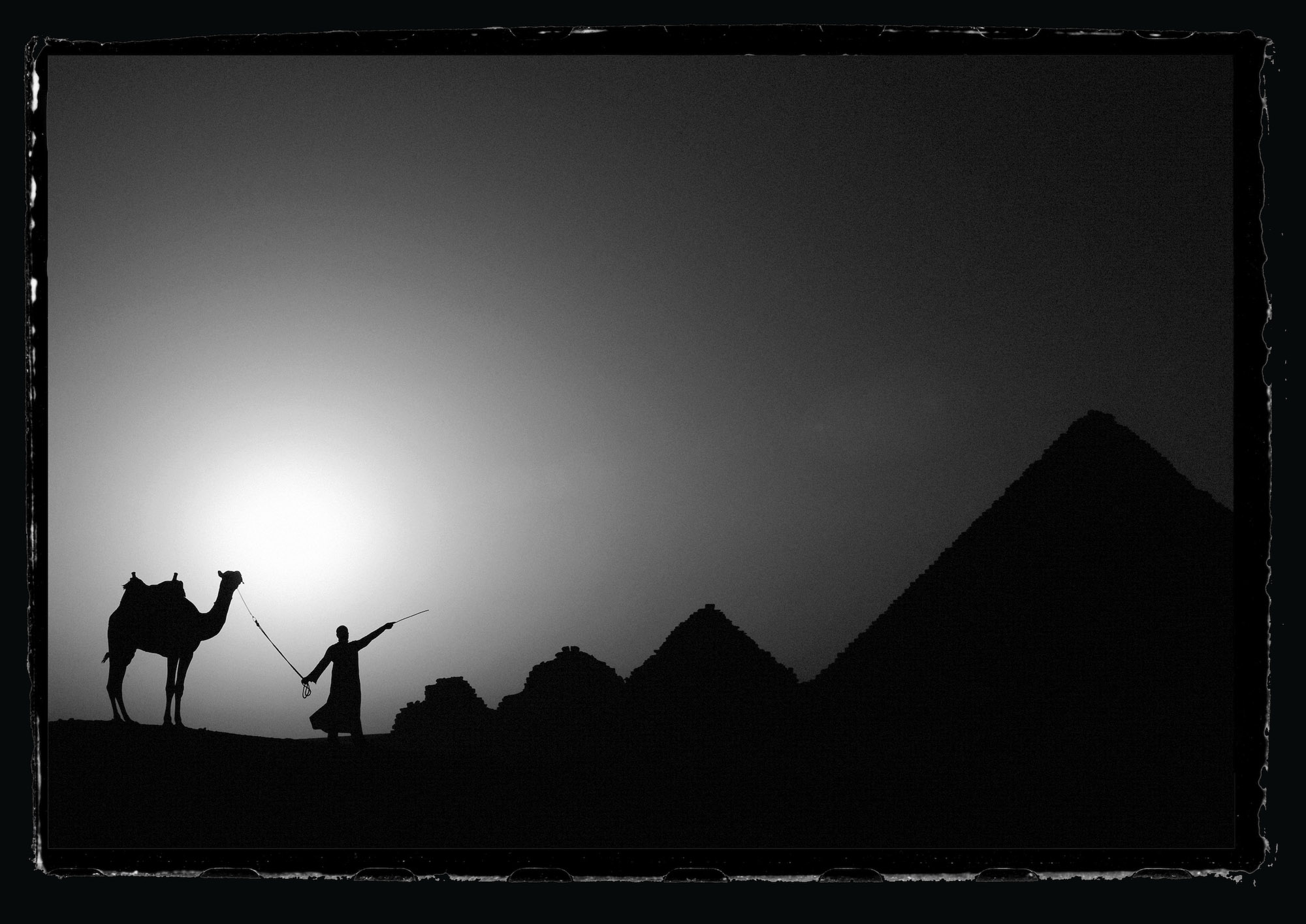
Giza Pyramids
Cairo, Egypt A camel guide, as old as the pyramids. Photo: Ezequiel Scagnetti
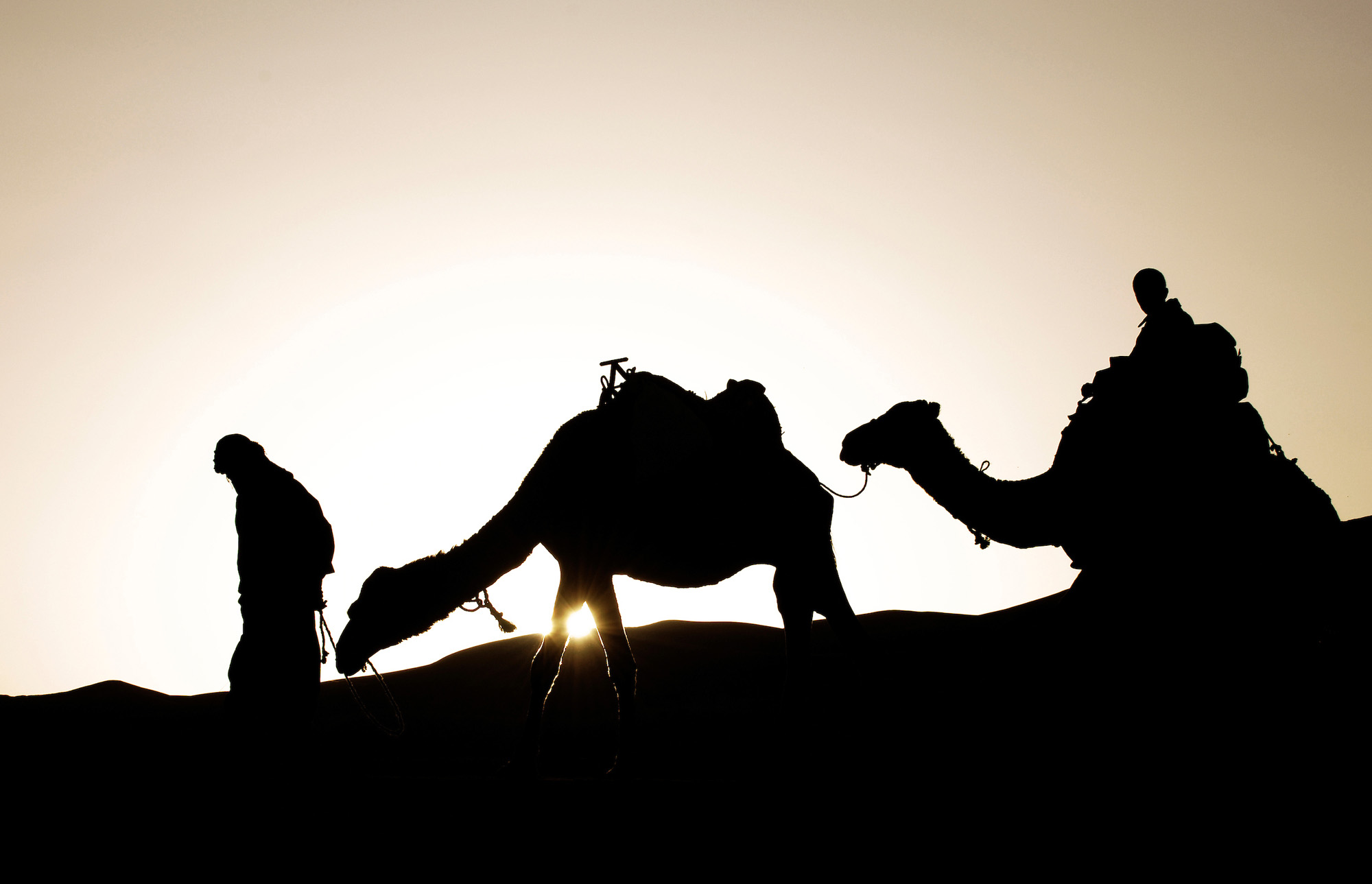
Morocco
Merzouga, Morocco 30 October 2006 Erg Chebbi dunes are the face of Sahara in Morocco. These dunes are a natural oasis which by word means a remote area of vegetation in a desert, usually nearby a natural spring or water source. Ancient stories tell that the creation of the biggest dunes of Morocco, Erg Chebbi, come up by God's punishment of local wealthy families that although having a festivity, eating couscous, meat and fruits refused to help a poor woman and her children and let them come into the party. Photo: Ezequiel Scagnetti
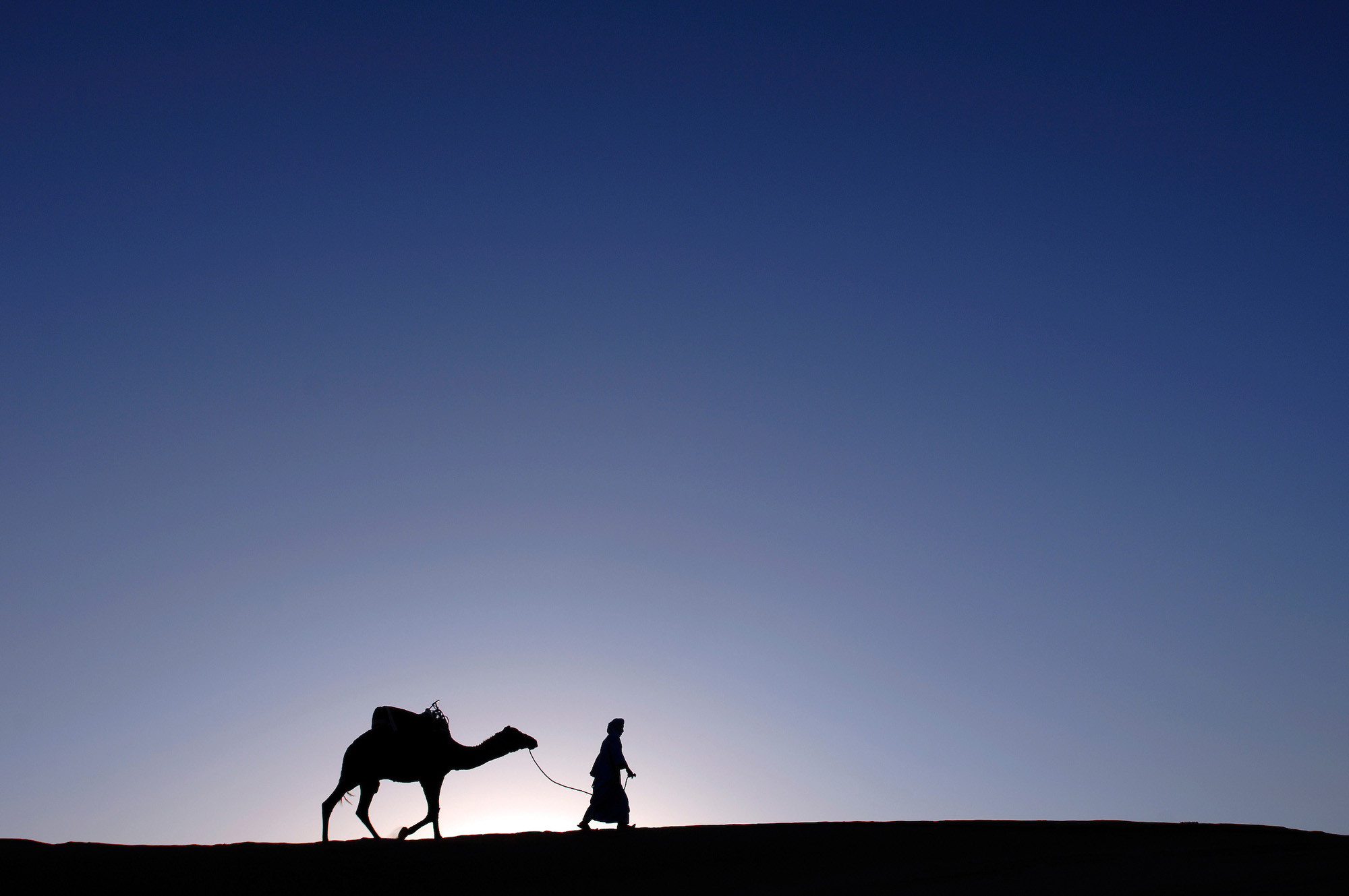
Morocco
Merzouga, Morocco 30 October 2006 Erg Chebbi dunes are the face of Sahara in Morocco. These dunes are a natural oasis which by word means a remote area of vegetation in a desert, usually nearby a natural spring or water source. Ancient stories tell that the creation of the biggest dunes of Morocco, Erg Chebbi, come up by God's punishment of local wealthy families that although having a festivity, eating couscous, meat and fruits refused to help a poor woman and her children and let them come into the party. Photo: Ezequiel Scagnetti

Morocco
Chefchaouen, Morocco 23 October 2006 Street scene in Chefchaouen, during the celebrations of Eid al-Adhaat. The town was founded in 1492 by Moorish exiles from Spain. Chefchaouen or Chaouen (or Xaouen, from the Spanish), as it is often called by Moroccans, is a popular tourist destination given its proximity to Tangier and the Spanish border. The name simply refers to the characteristic shapes of the mountain tops that tower over the town, that look like the two horns (chaoua) of a goat. One distinction possessed by Chefchaouen is its blue-rinsed houses and buildings, a tradition that comes from the town's former Jewish population. Photo: Ezequiel Scagnetti

Orthodox monks in Romania
Neamt County, Romania A monk preparing to call for mass in the steeple of Neamt monastery. Photo: Ezequiel Scagnetti

Orthodox monks in Romania
Neamt County, Romania An orthodox monk collects honey at Petru Voda monastery. Photo: Ezequiel Scagnetti
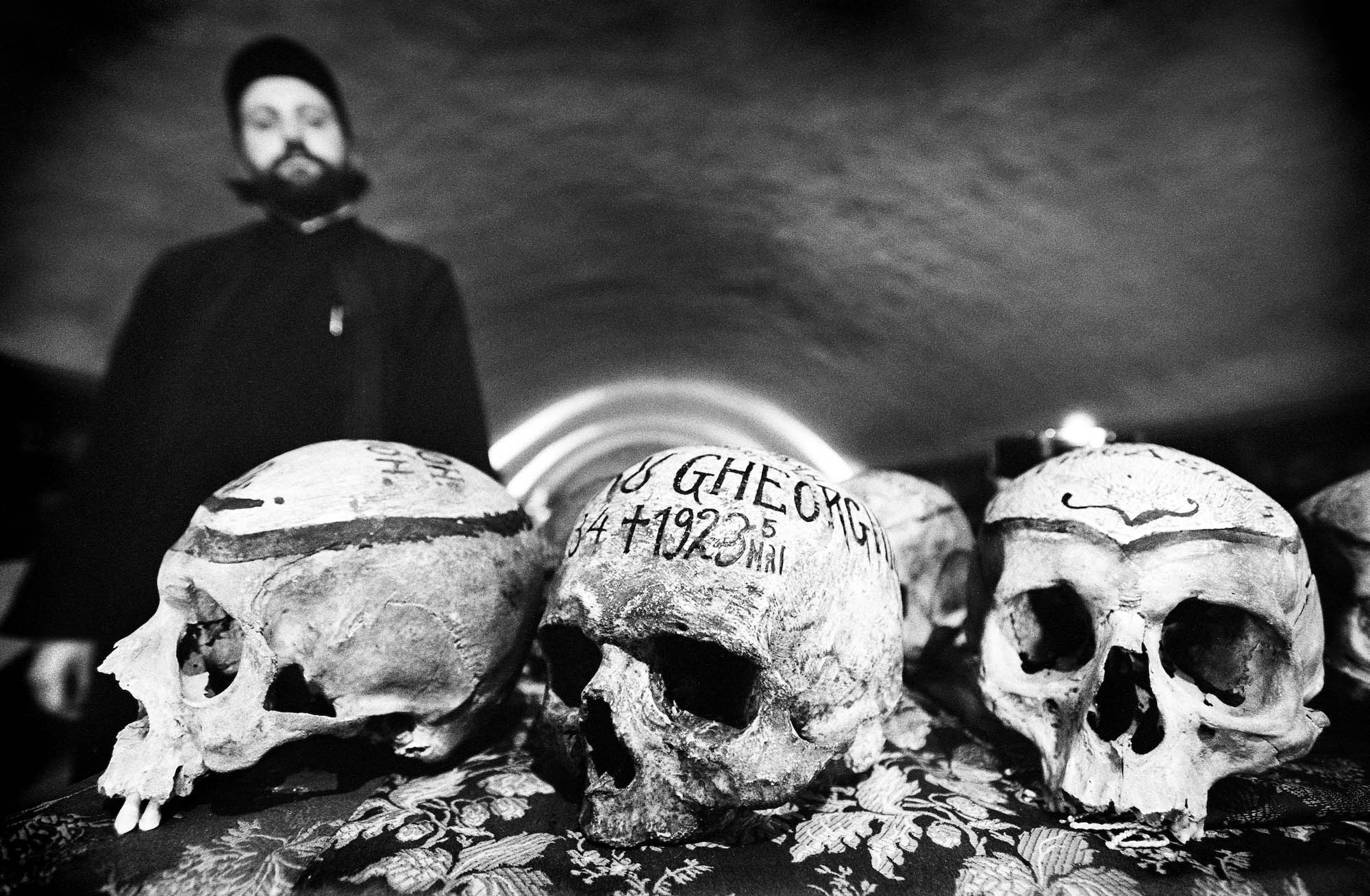
Orthodox monks in Romania
Neamt County, Romania Father Andrei looks at skulls of late monks in the cemetery of Neamt monastery. Photo: Ezequiel Scagnetti
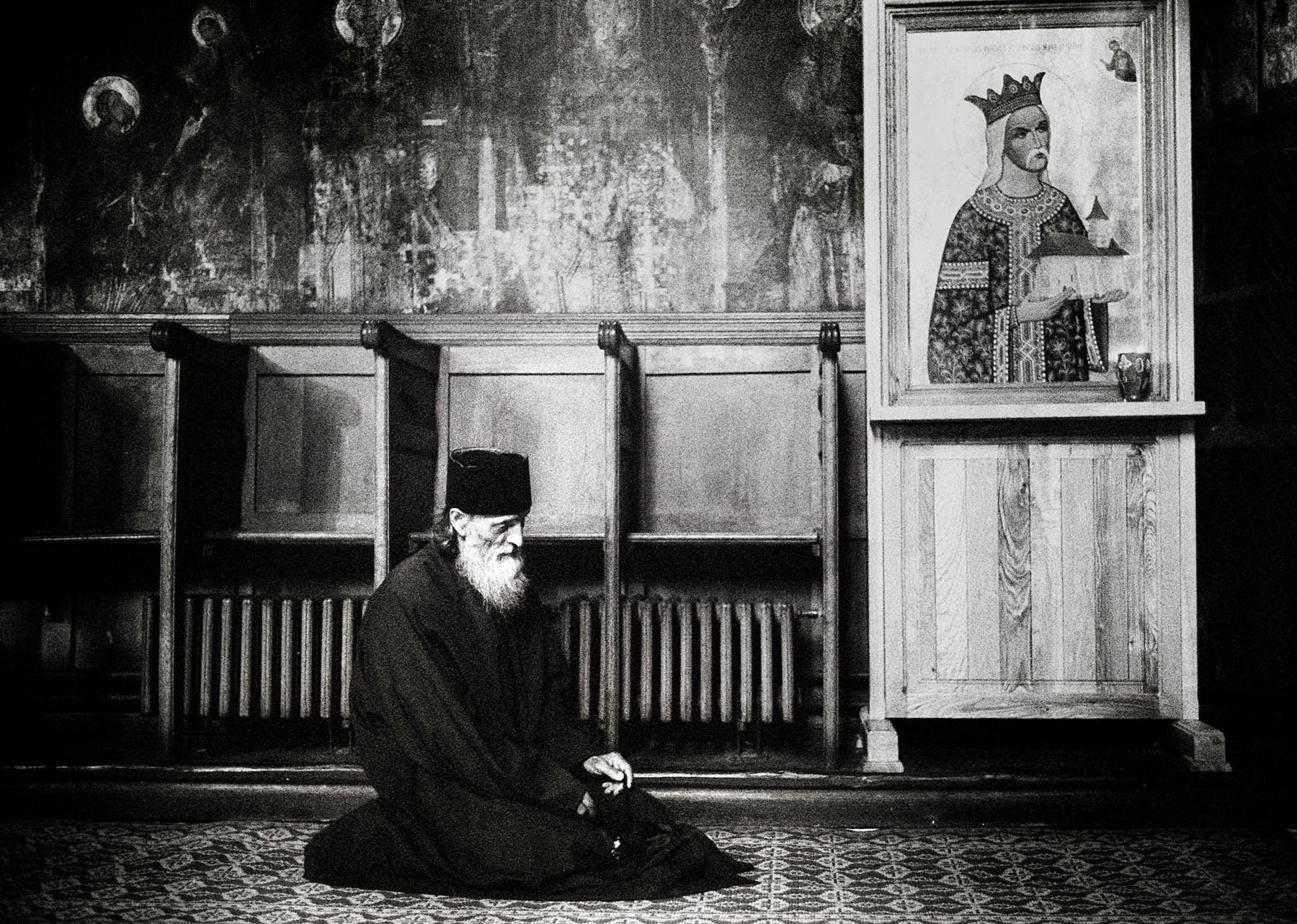
Orthodox monks in Romania
Neamt County, Romania July 2007 An orthodox monk prays in the church of Neamt monastery. Photo: Ezequiel Scagnetti

Orthodox monks in Romania
Neamt County, Romania Father Andrei takes care of books in the library of the Neamt monastery. In this monastery there is a famous 600 years old library. Among the almost 22.000 volumes are many rare books, some being the first ones printed in Romania. Photo: Ezequiel Scagnetti
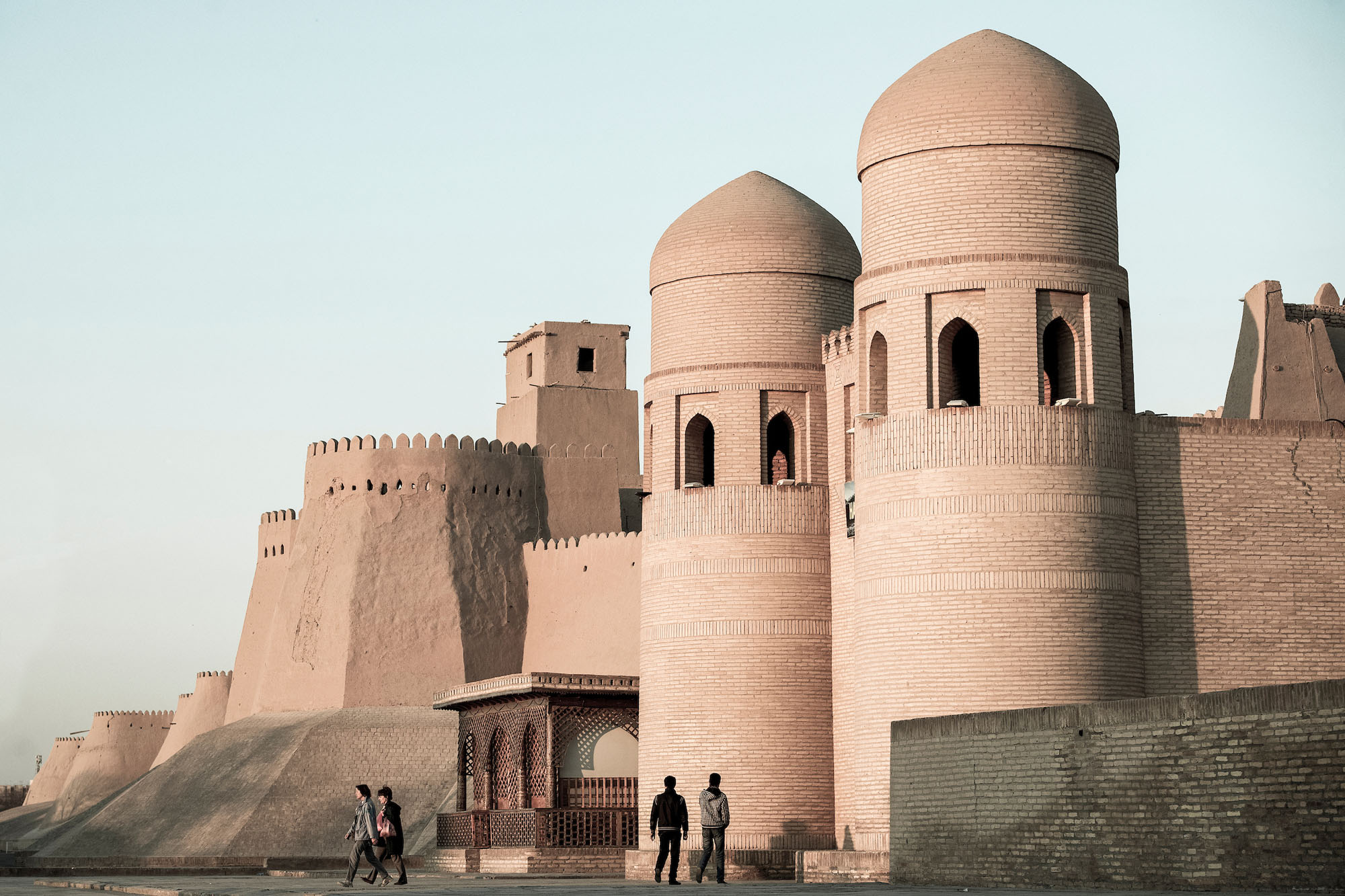
Khiva, Uzbekistan
Khiva, Uzbekistan 25 March 2012 Main entrance to the Itchan Kala during the sunset. Itchan Kala is the inner town (protected by brick walls) of the old Khiva oasis, which was the last resting-place of caravans before crossing the desert to Iran. Although few very old monuments still remain, it is a coherent and well-preserved example of the Muslim architecture of Central Asia. Photo: Ezequiel Scagnetti
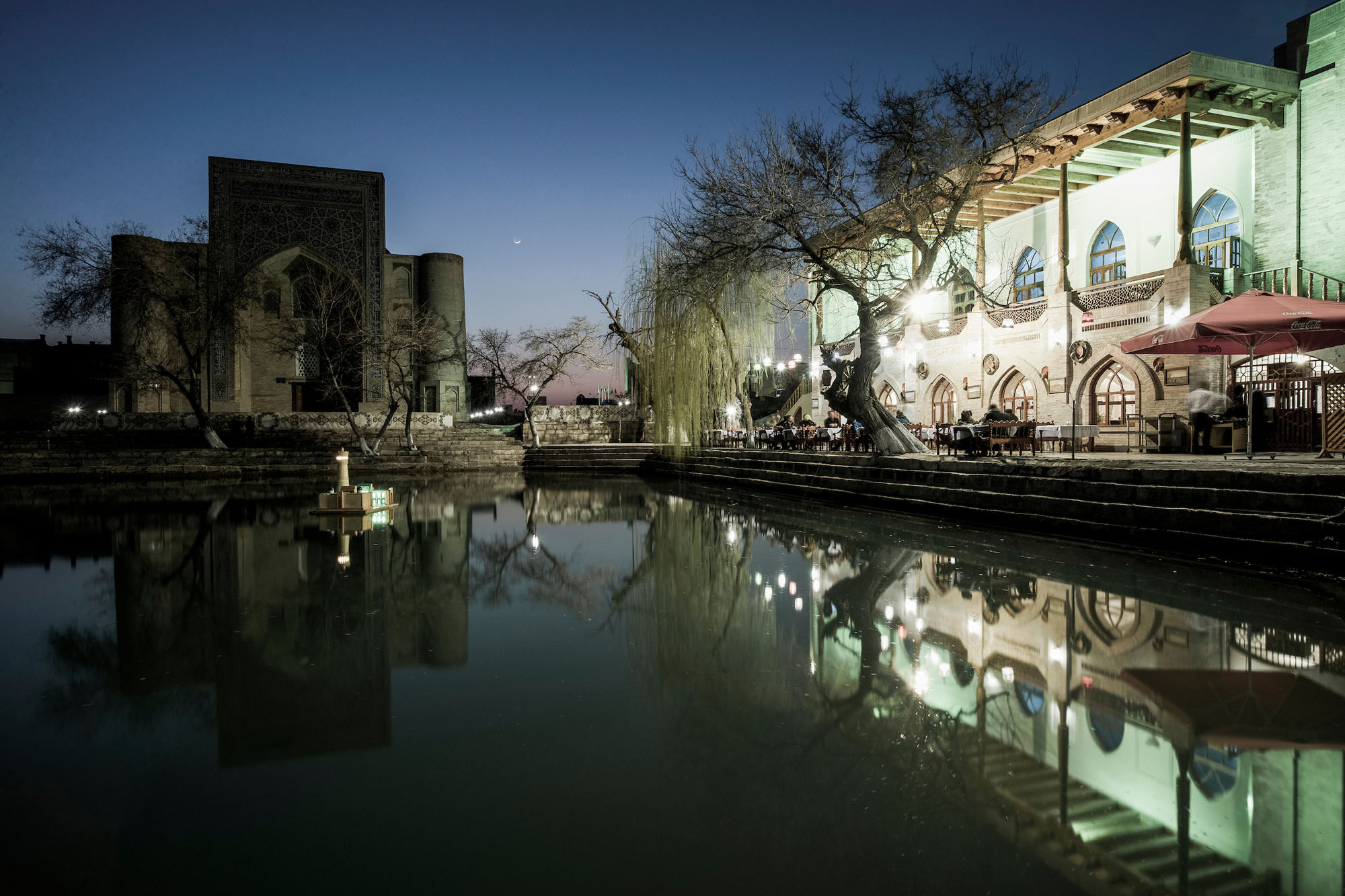
Sunset at Bukhara, Uzbekistan
Bukhara, Uzbekistan 24 March 2012 View of Labi-Hauz Ensemble during the sunset. Photo: Ezequiel Scagnetti

Buzkashi contest, Ros village, Uzbekistan
Ros, Uzbekistan 18 March 2012 Uzbeks watch a Buzkashi contest. The Buzkashi is a traditional Central Asian team sport played on horseback in Uzbekistan, Afghanistan, Tajikistan, Kyrgyzstan, Turkmenistan, northern Pakistan, Xinjiang Uyghur Autonomous Region of China and Kazakhstan. The steppes' people were skilled riders who could grab a goat or calf from the ground while riding a horse at full gallop. The goal of a player is to grab the carcass of a headless goat or calf and then get it clear of the other players and pitch it across a goal line or into a target circle or vat. Photo: Ezequiel Scagnetti
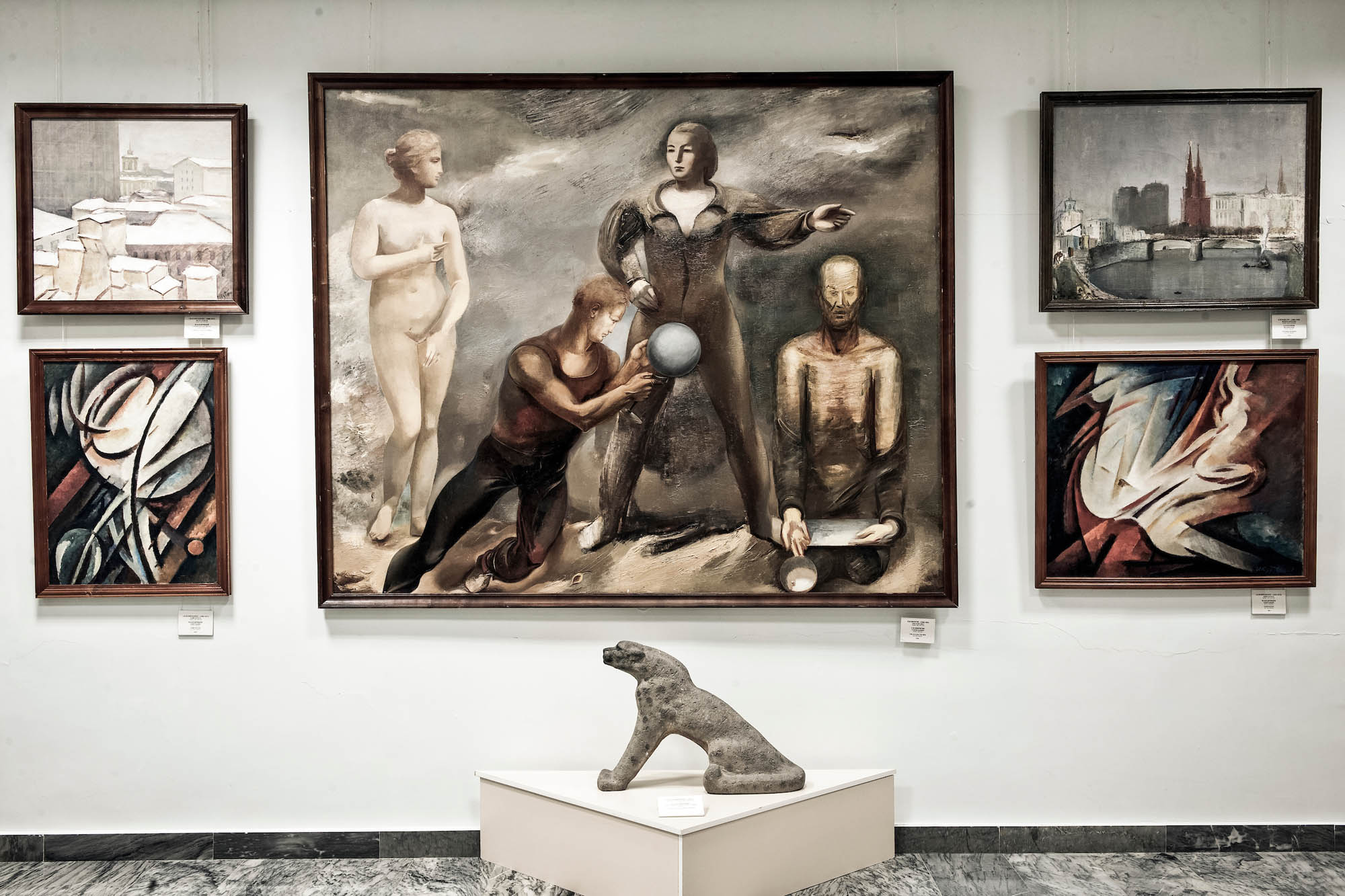
Nukus Museum of Art, Uzbekistan
Nukus, Uzbekistan 28 March 2012 The State Art Museum of the Republic of Karakalpakstan, named after I.V. Savitsky is an art museum based in Nukus, Uzbekistan. Opened in 1966, the museum houses a collection of over 82,000 items, ranging from antiquities from Khorezm to Karakalpak folk art, Uzbek fine art and, uniquely, the second largest collection of Russian avant-garde in the world (after the Russian Museum in St. Petersburg). The museum represents the life's work of Igor Savitsky, whose legacy, which includes thousands of artistic and cultural treasures on permanent exhibition, make this building one of the most interesting repositories of ancient and modern art. Photo: Ezequiel Scagnetti
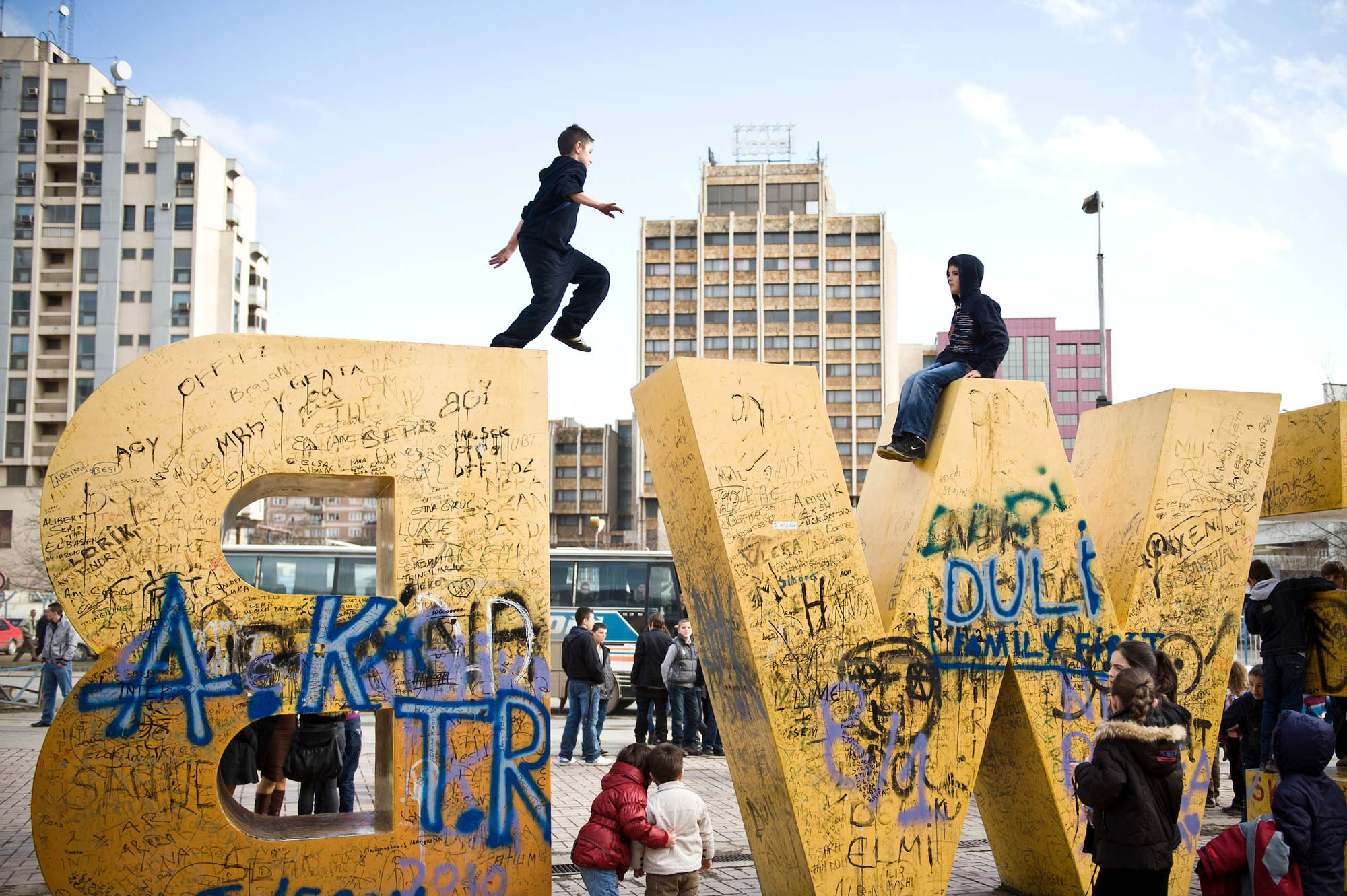
Third anniversary of Kosovo's declaration of independence
Pristina, Kosovo 17 February 2011 Kids playing on the "Newborn" monument, during the celebrations of the 3rd anniversary of Kosovo's Independence. After the Kosovo War and the 1999 NATO bombing of Yugoslavia, the territory of Kosovo came under the interim administration of the United Nations Mission in Kosovo (UNMIK), and most of those roles were assumed by the European Union Rule of Law Mission in Kosovo (EULEX) in December 2008. In February 2008 individual members of the Assembly of Kosovo declared Kosovo's independence as the Republic of Kosovo. Its independence is recognised by 75 UN member states. On 8 October 2008, upon request of Serbia, the UN General Assembly adopted a resolution asking the International Court of Justice for an advisory opinion on the issue of Kosovo's declaration of independence. On 22 July 2010, the ICJ ruled that Kosovo's declaration of independence did not violate international law, which its president said contains no "prohibitions on declarations of independence". Photo: Ezequiel Scagnetti
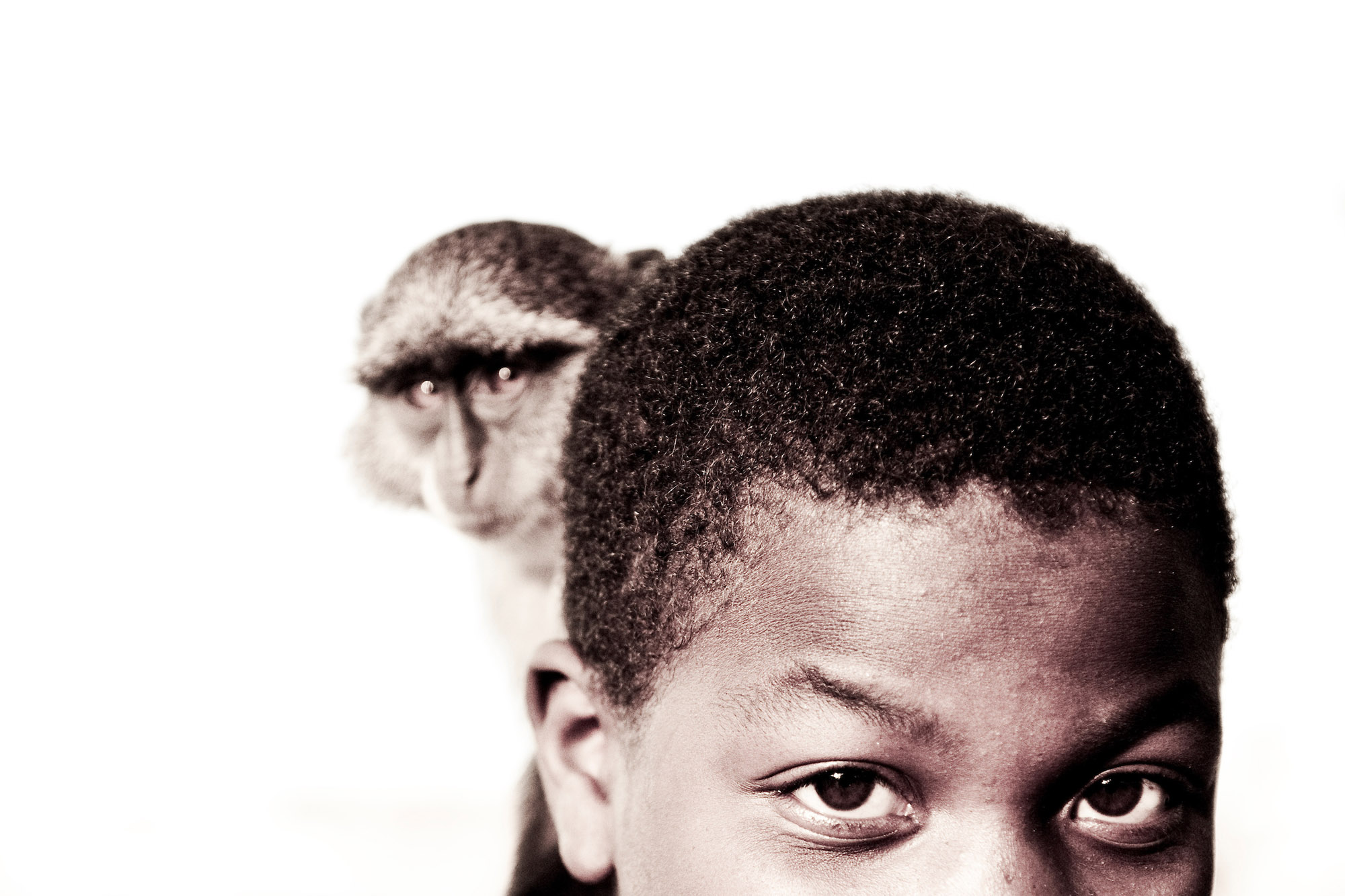
Zanzibar, Stone Town
Stone Town, Zanzibar 04 November 2010 A boy with a monkey poses for the photographer. Photo: Ezequiel Scagnetti
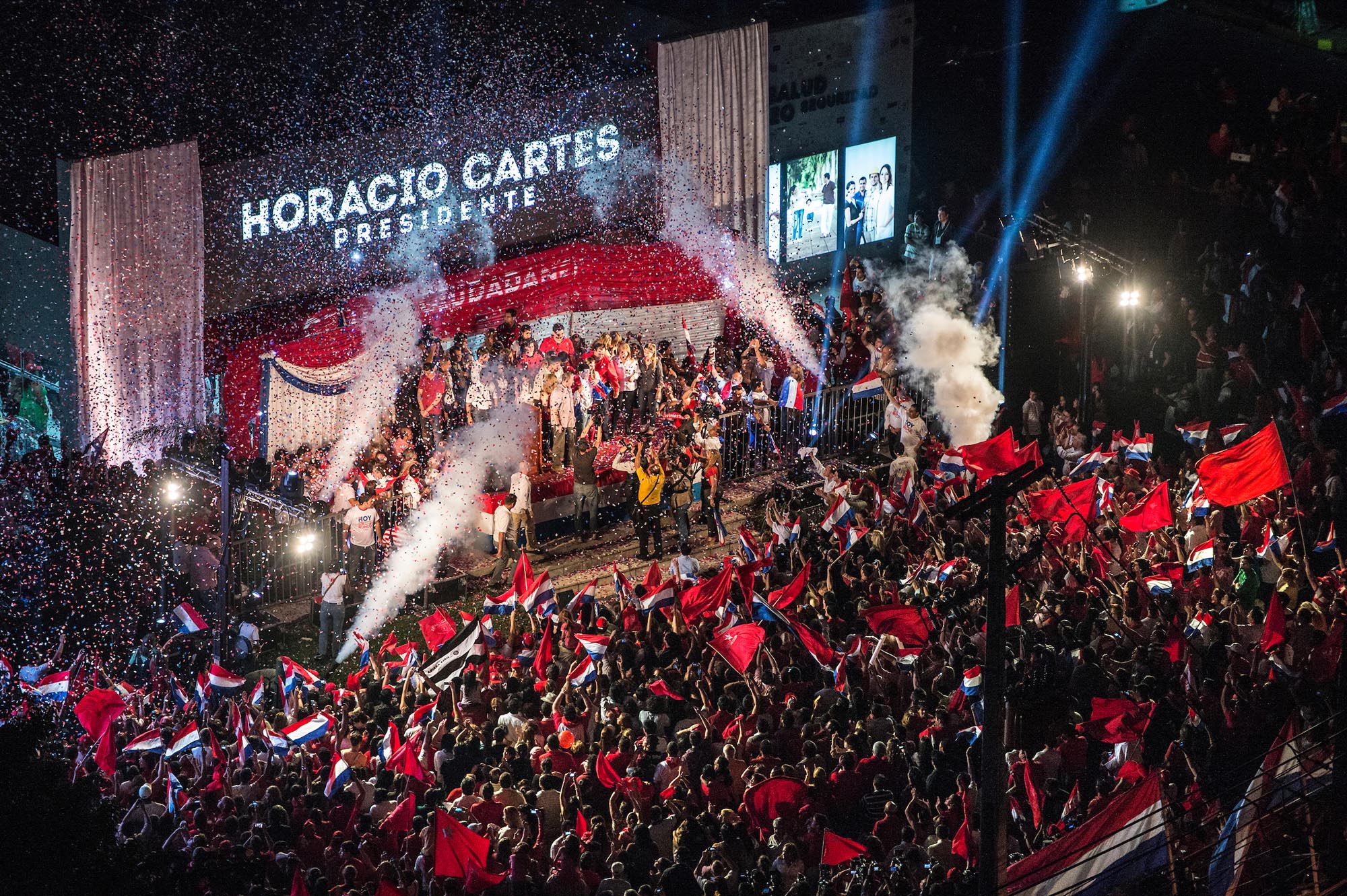
Paraguay's new president Horacio Cartes
Asuncion, Paraguay, 21 April 2013 Paraguayan elected president Horacio Cartes (Colorado Party) celebrates his victory in the general election. Photo: Ezequiel Scagnetti
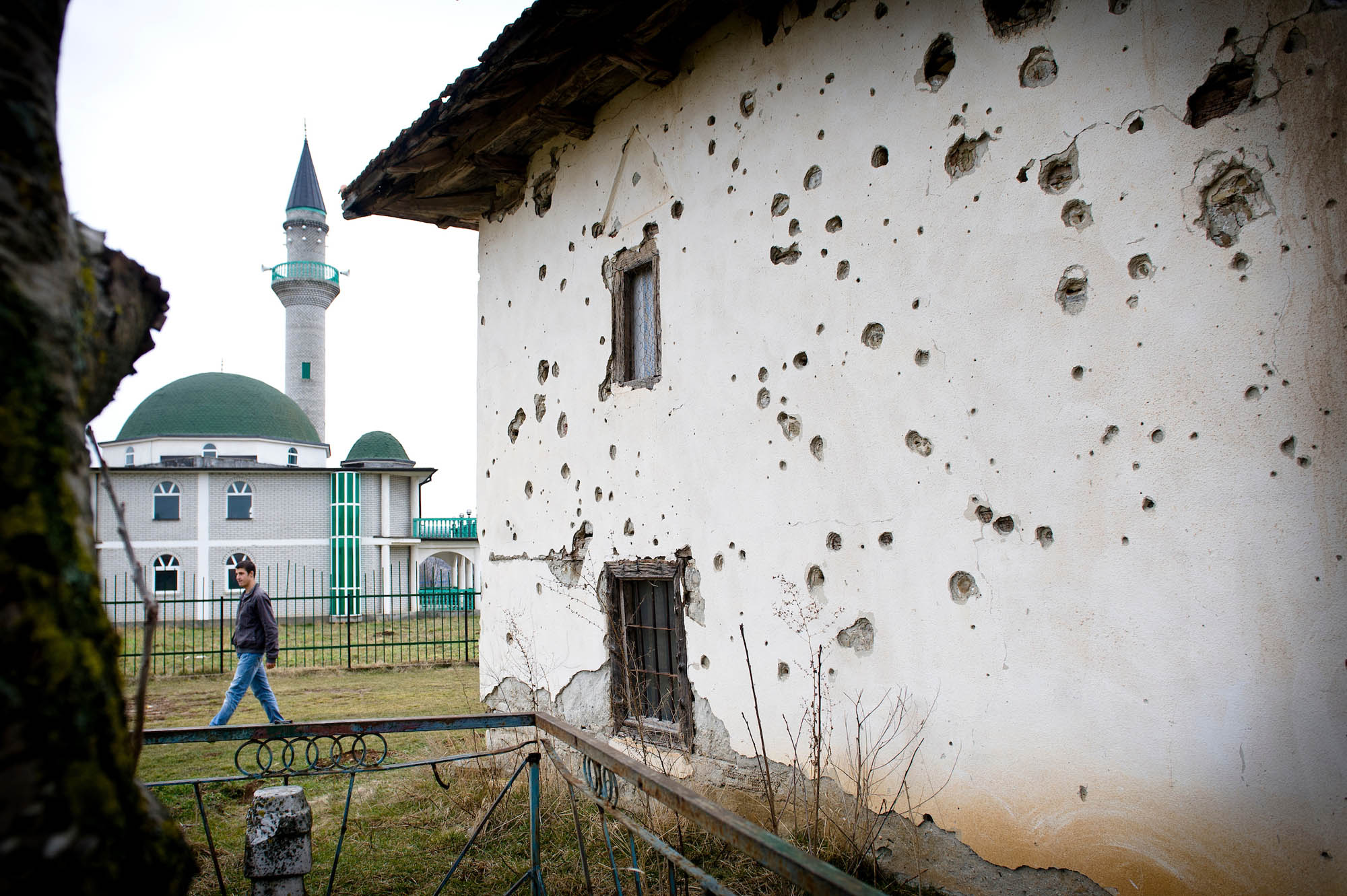
Ruins of Broja mosque, Kosovo
Broja Village, Kosovo 19 February 2011 Ruins of Broja mosque, damaged during the Kosovo war 98-99. After the Kosovo War and the 1999 NATO bombing of Yugoslavia, the territory of Kosovo came under the interim administration of the United Nations Mission in Kosovo (UNMIK), and most of those roles were assumed by the European Union Rule of Law Mission in Kosovo (EULEX) in December 2008. In February 2008 individual members of the Assembly of Kosovo declared Kosovo's independence as the Republic of Kosovo. Its independence is recognised by 75 UN member states. On 8 October 2008, upon request of Serbia, the UN General Assembly adopted a resolution asking the International Court of Justice for an advisory opinion on the issue of Kosovo's declaration of independence. On 22 July 2010, the ICJ ruled that Kosovo's declaration of independence did not violate international law, which its president said contains no "prohibitions on declarations of independence". Photo: Ezequiel Scagnetti
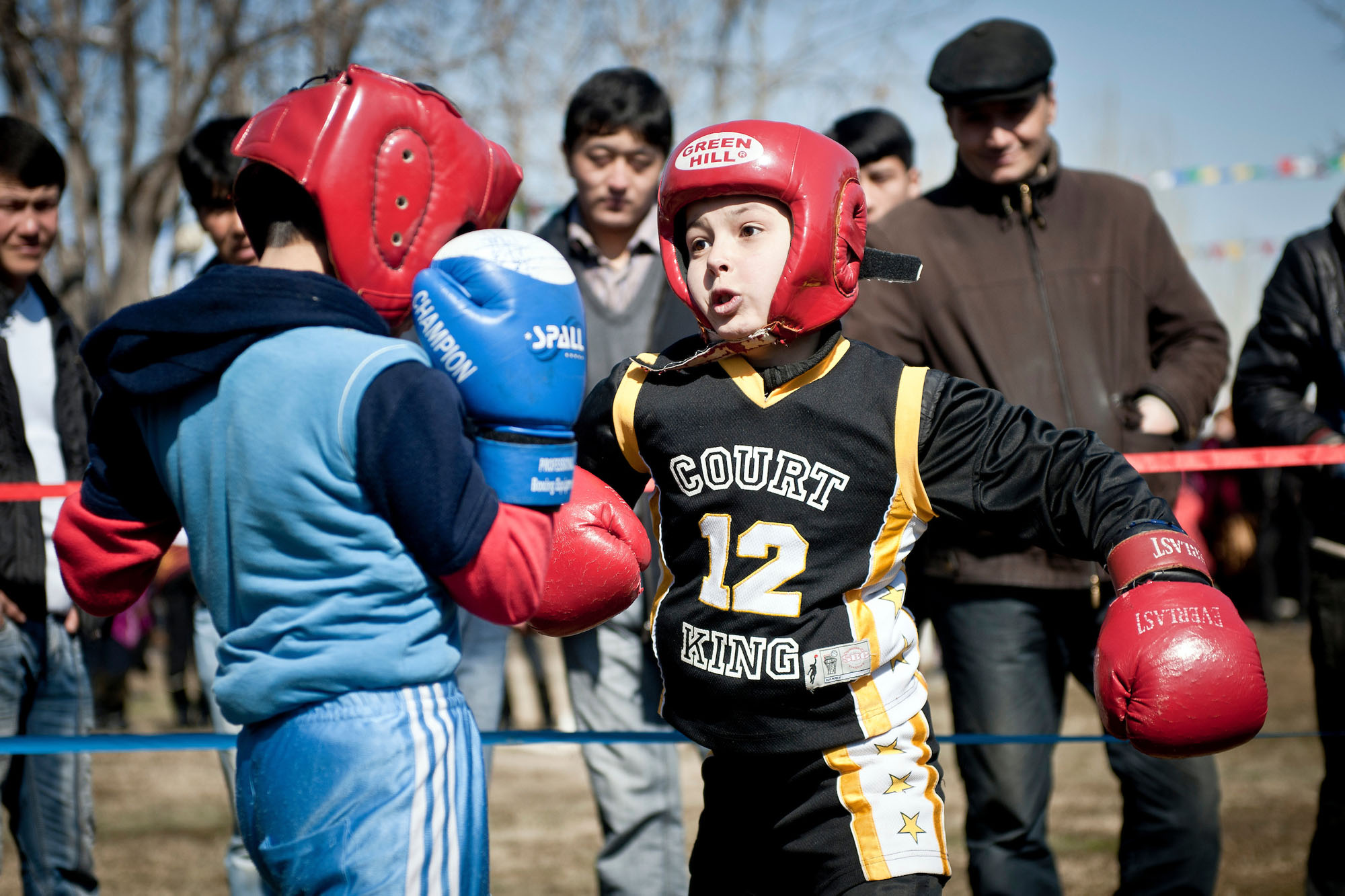
Nowruz festivities, Samarkand
Samarkand, Uzbekistan 21 March 2012 Children box contest in a park of Samarkand during the Nowruz. Nowruz marks the first day of spring and the beginning of the year in Persian calendar. It is celebrated on the day of the astronomical vernal equinox, which usually occurs on March 21 or the previous/following day depending on where it is observed. Originally being a Zoroastrian festival, and the holiest of them all, Nowruz is believed to have been invented by Zoroaster himself, although there is no clear date of origin. Photo: Ezequiel Scagnetti

Mugabe's Zimbabwe: The Impossible Country
Harare, Zimbabwe 17 November 2007 An unidentified man gestures to the photographer in Nyerere Flats, poor neighbourhood in the south of Harare. Photo: Ezequiel Scagnetti
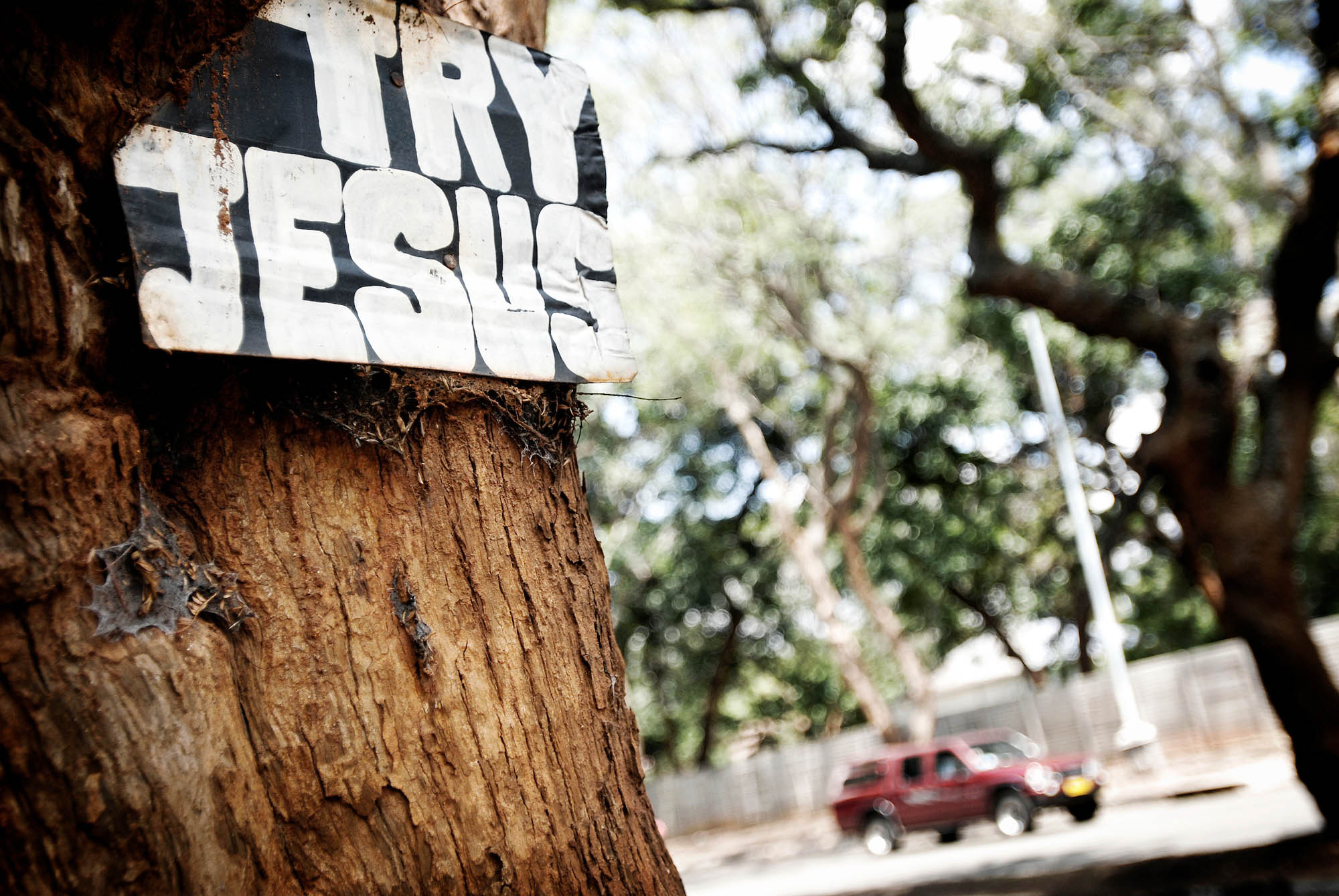
Mugabe's Zimbabwe: The Impossible Country
Harare, Zimbabwe 16 November 2007 "Try Jesus", is written on a board in a street of Harare, Zimbabwe. One of the few choices left for those that didn't fled the dramatic economic and political situation of the country. In the last 50 years Christian mission schools have exercised much influence in the country, and most of the members of the first Cabinet of independent Zimbabwe were graduates of these schools. The Roman Catholic, Anglican, Methodist, Presbyterian, Baptist, and Dutch Reformed churches are represented. Because the Roman Catholic church supported nationalist aspirations, it held a position of influence in the post-independence period. Photo: Ezequiel Scagnetti
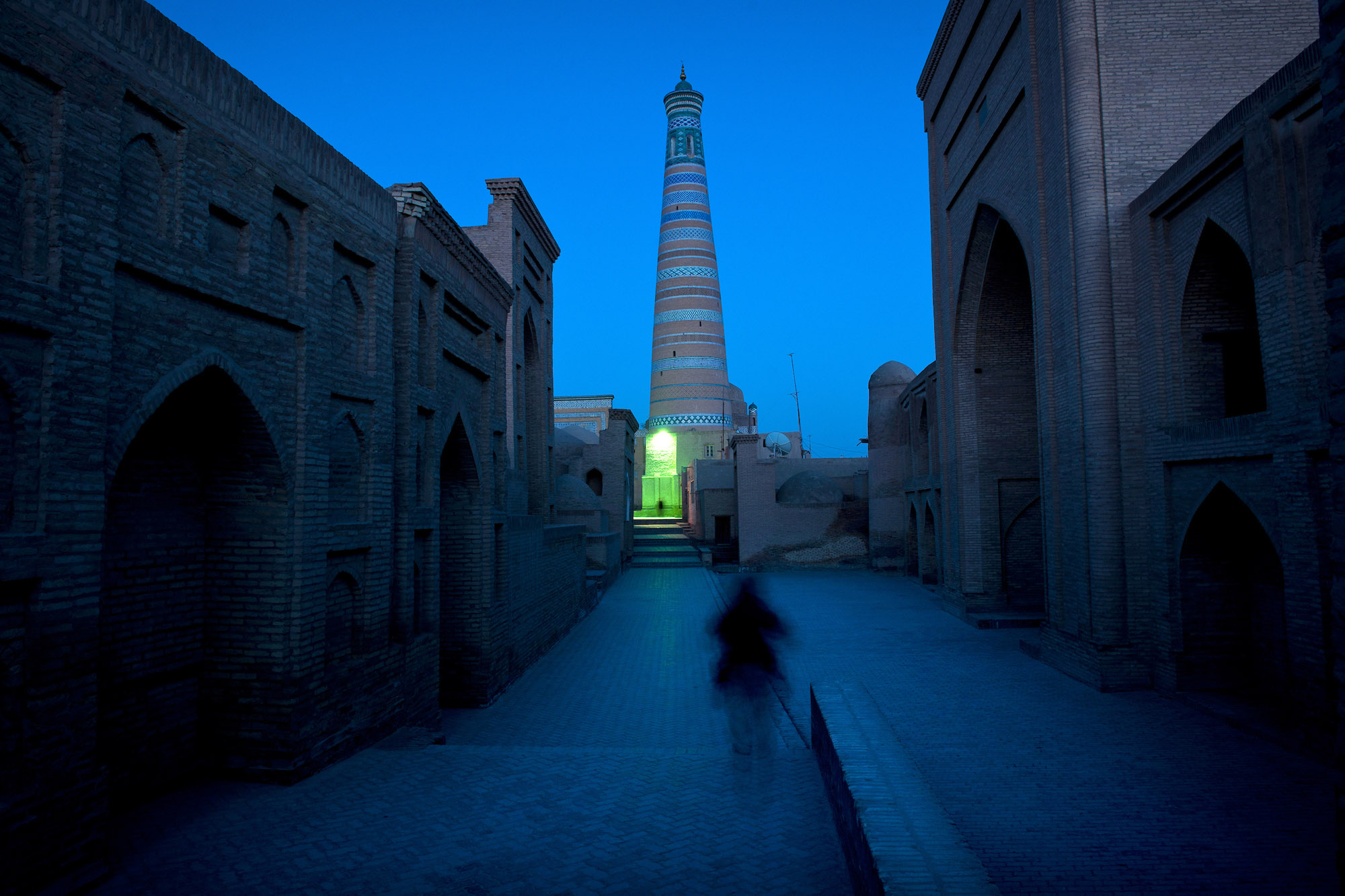
Islam Kodja Minaret, Khiva, Uzbekistan
Khiva, Uzbekistan 26 March 2012 View of Islam Kodja Minaret, in Itchan Kala, the inner city of Khiva. Itchan Kala is the inner town (protected by brick walls) of the old Khiva oasis, which was the last resting-place of caravans before crossing the desert to Iran. Although few very old monuments still remain, it is a coherent and well-preserved example of the Muslim architecture of Central Asia. Photo: Ezequiel Scagnetti
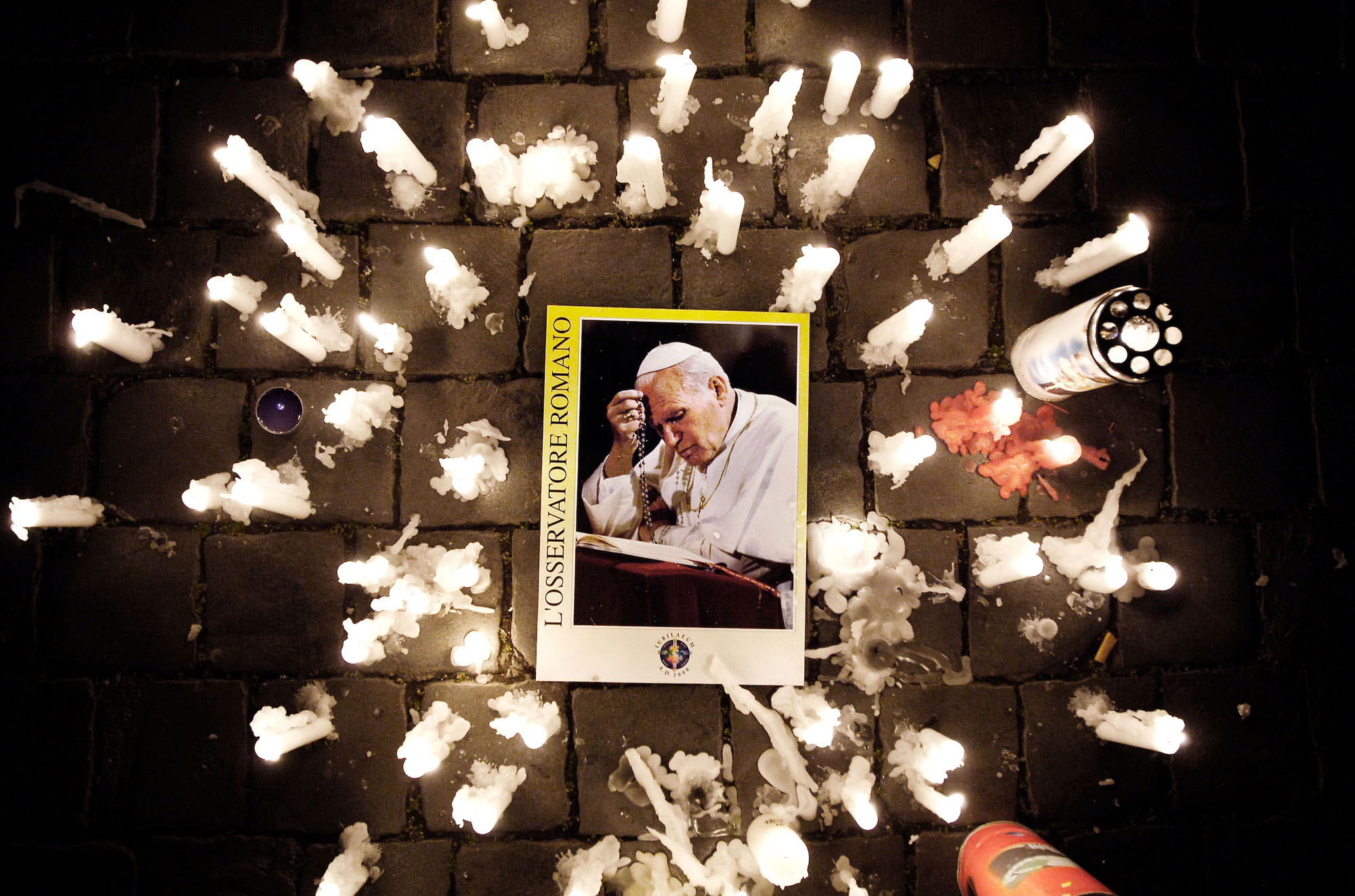
Pope John Paul II funerals
Candles in the memory of Pope John Paul II, moments after he died. Photo: Ezequiel Scagnetti
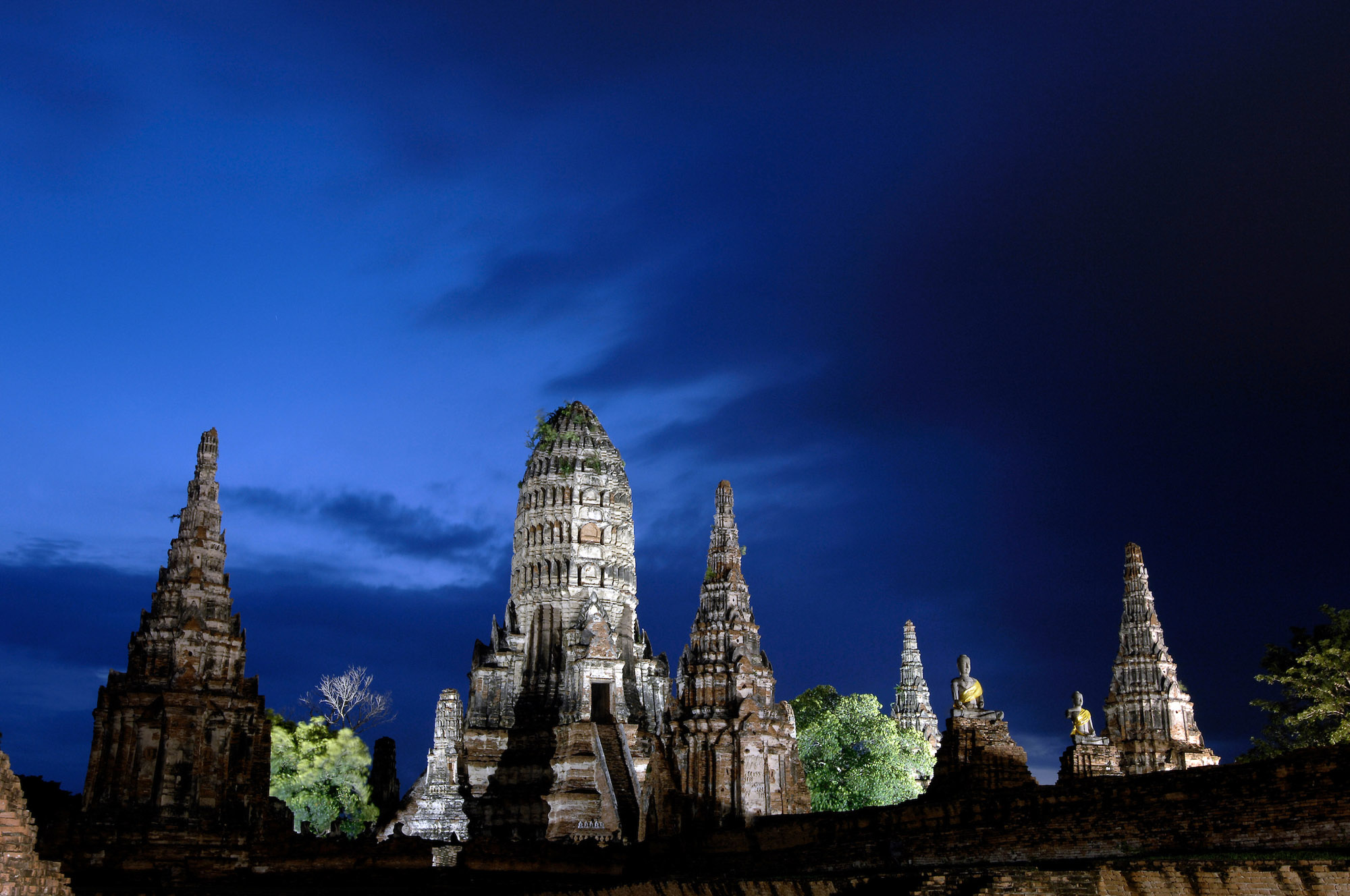
Ayutthaya historical park - Thailand
Ayutthaya, Thailand October 2007 Wat Chai Watthanaram ruins. The Ayutthaya historical park covers the ruins of the old city of Ayutthaya, Thailand, which was founded by King Ramathibodi I in 1350 and was the capital of the country until its destruction by the Burmese army in 1767. In 1969 the Fine Arts Department began with renovations of the ruins, which became more serious after it was declared a historical park in 1976. The park was declared a UNESCO World heritage site in 1981. Photo: Ezequiel Scagnetti
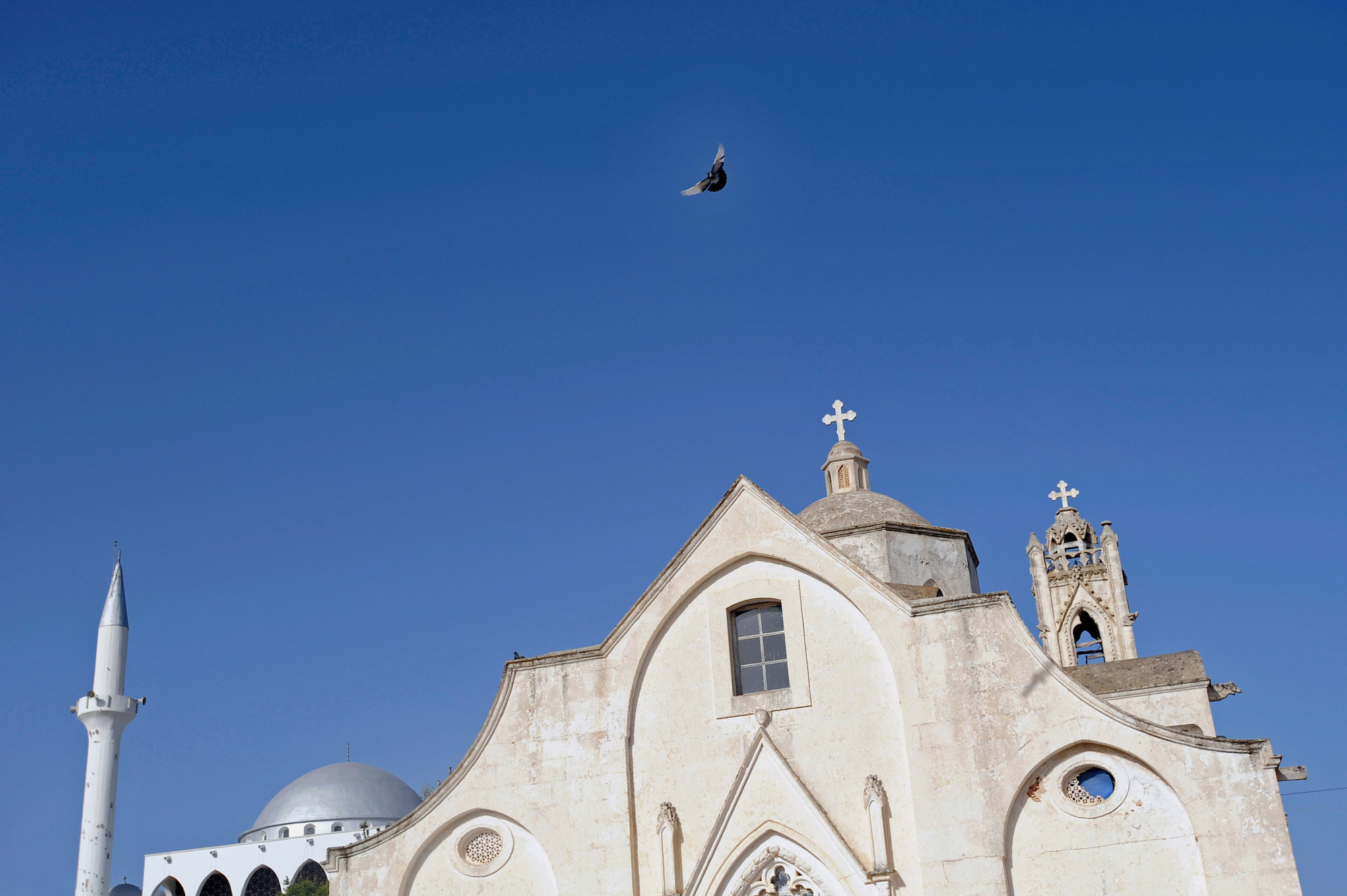
Dipkarpaz, North Cyprus
Dipkarpaz, North Cyprus 20 April 2008 View of an Orthodox church and a Mosque in the city of Dipkarpaz. 300 Greek Cypriots and 3000 Turkish Cypriots live in this city of North Cyprus. The Turkic Republic of Northern Cyprus (TRNC), commonly called Northern Cyprus, is a de facto independent republic located in the north of Cyprus. The TRNC declared its independence in 1983, nine years after a Greek Cypriot coup attempting to annex the island to Greece triggered an invasion by Turkey. It has received diplomatic recognition only from Turkey, on which it has become dependent for economic, political and military support. The rest of the international community, including the United Nations and European Union, recognises the sovereignty of the Republic of Cyprus over the territory of the TRNC. Photo: Ezequiel Scagnetti
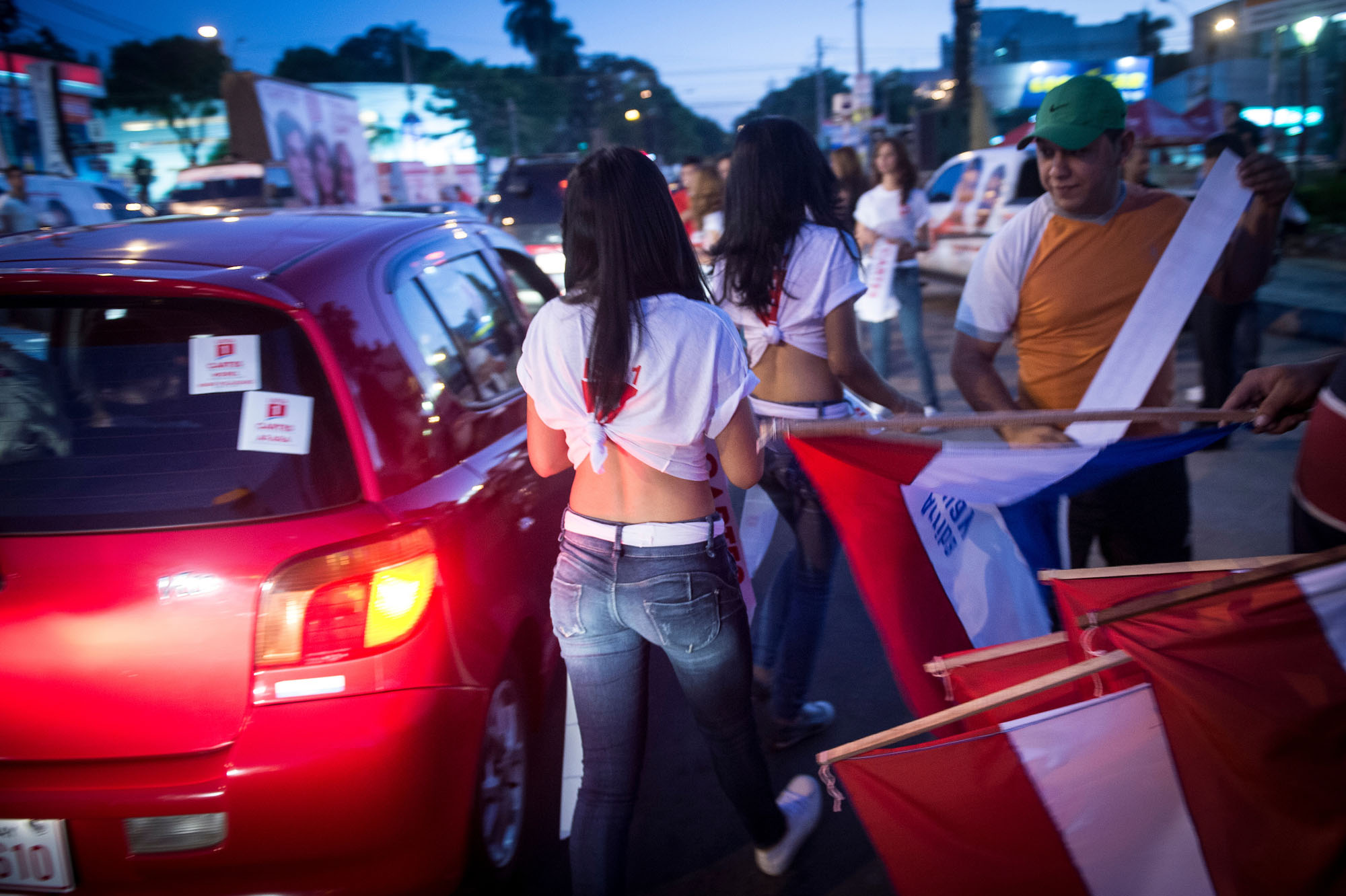
Elections in Paraguay
Asuncion, Paraguay 18 April 2013 Political rally in Paraguay before the general elections. Photo: Ezequiel Scagnetti
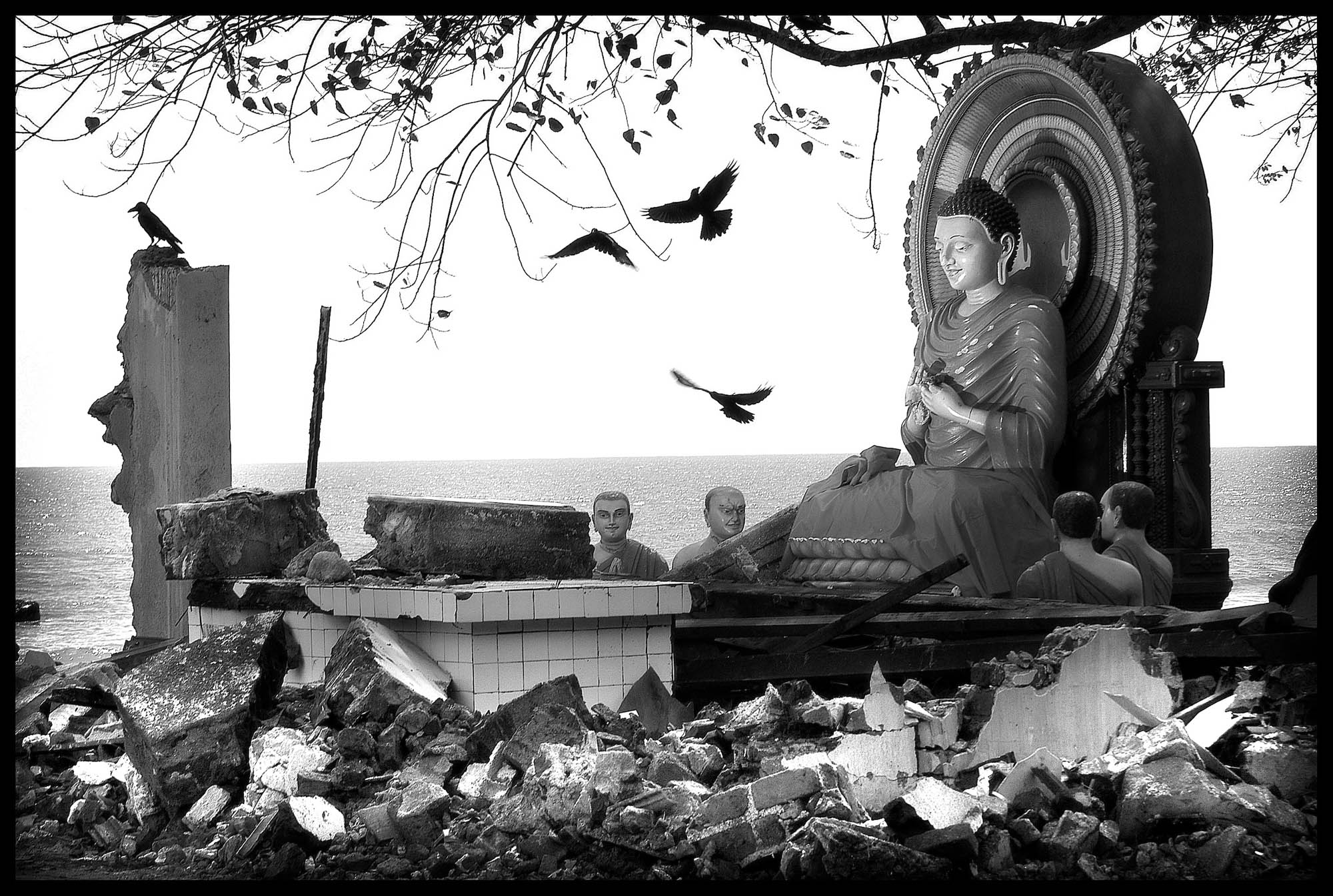
Indian Ocean Earthquake and Tsunami
Gandara , Sri Lanka 3 January 2005 The Vijayaratnaramaya Boudhist temple, located in the south of Sri Lanka, destroyed by the tsunami. Photo: Ezequiel Scagnetti
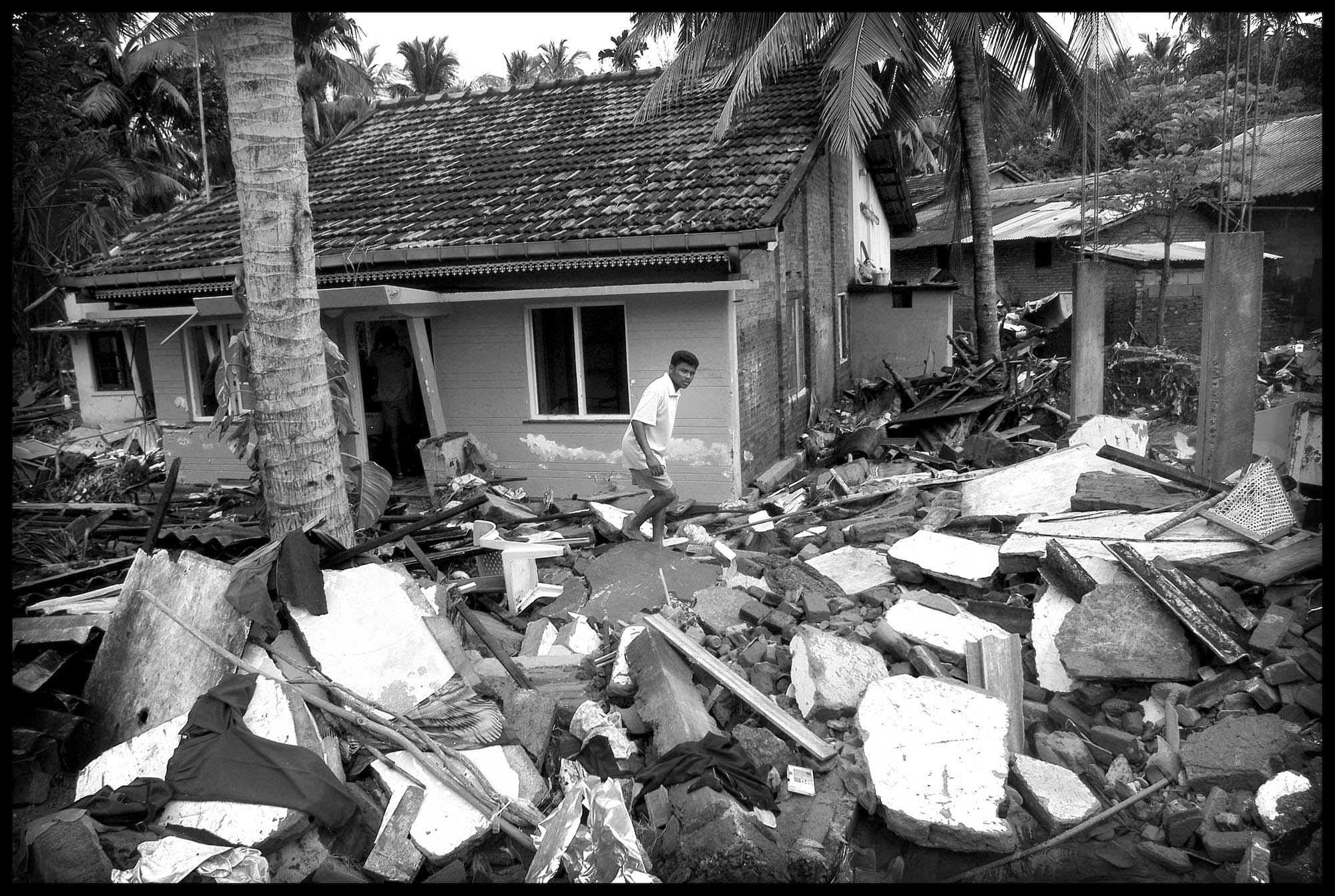
Indian Ocean Earthquake and Tsunami
Eiptya District, Sri Lanka 1 January 2005 Ruins of a house after the tsunami. Photo: Ezequiel Scagnetti
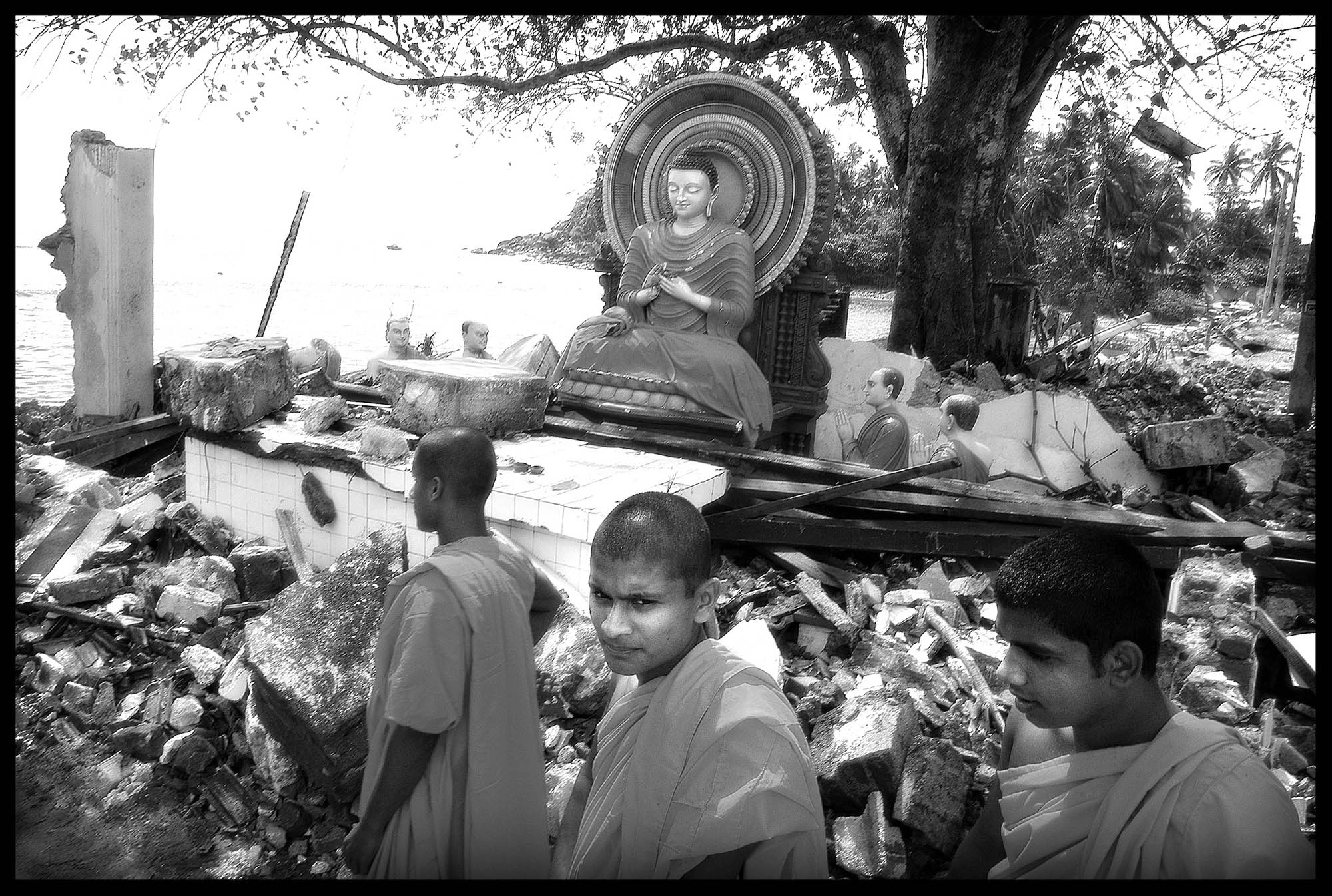
Indian Ocean Earthquake and Tsunami
Gandara , Sri Lanka 3 January 2005 The Vijayaratnaramaya Boudhist temple, located in the south of Sri Lanka, destroyed by the tsunami. Photo: Ezequiel Scagnetti
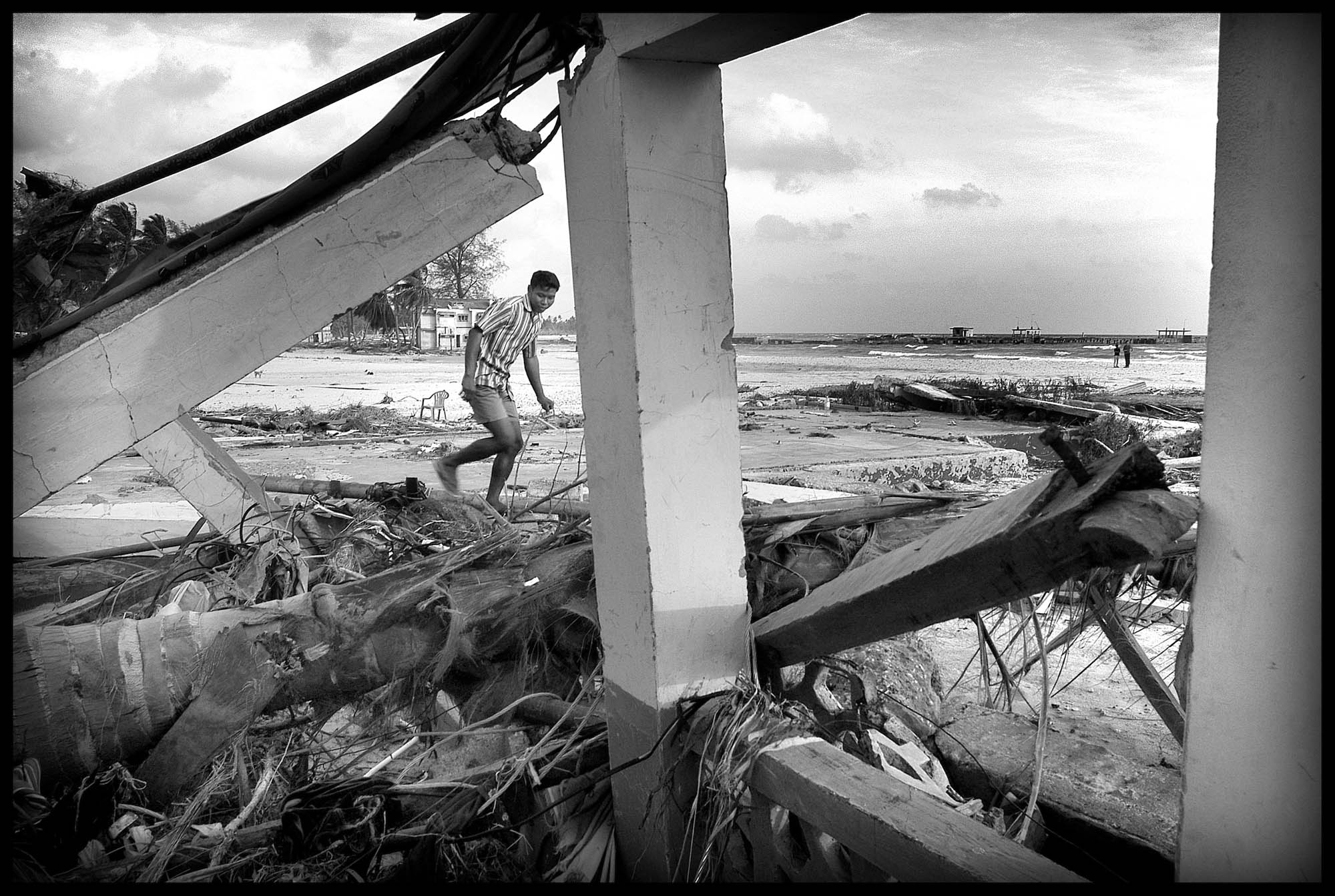
Tsunami - Andaman Islands
Car Nicobar , Andaman Islands, India 12 January 2005 Devastation in the coastal line of Car Nicobar island, south of Andaman Islands. Officials reported around 300,000 people died after a tsunami, in the countries around Indian Ocean. Thousands of people have been displaced following the devastation causing a humanitarian crisis. Photo: Ezequiel Scagnetti
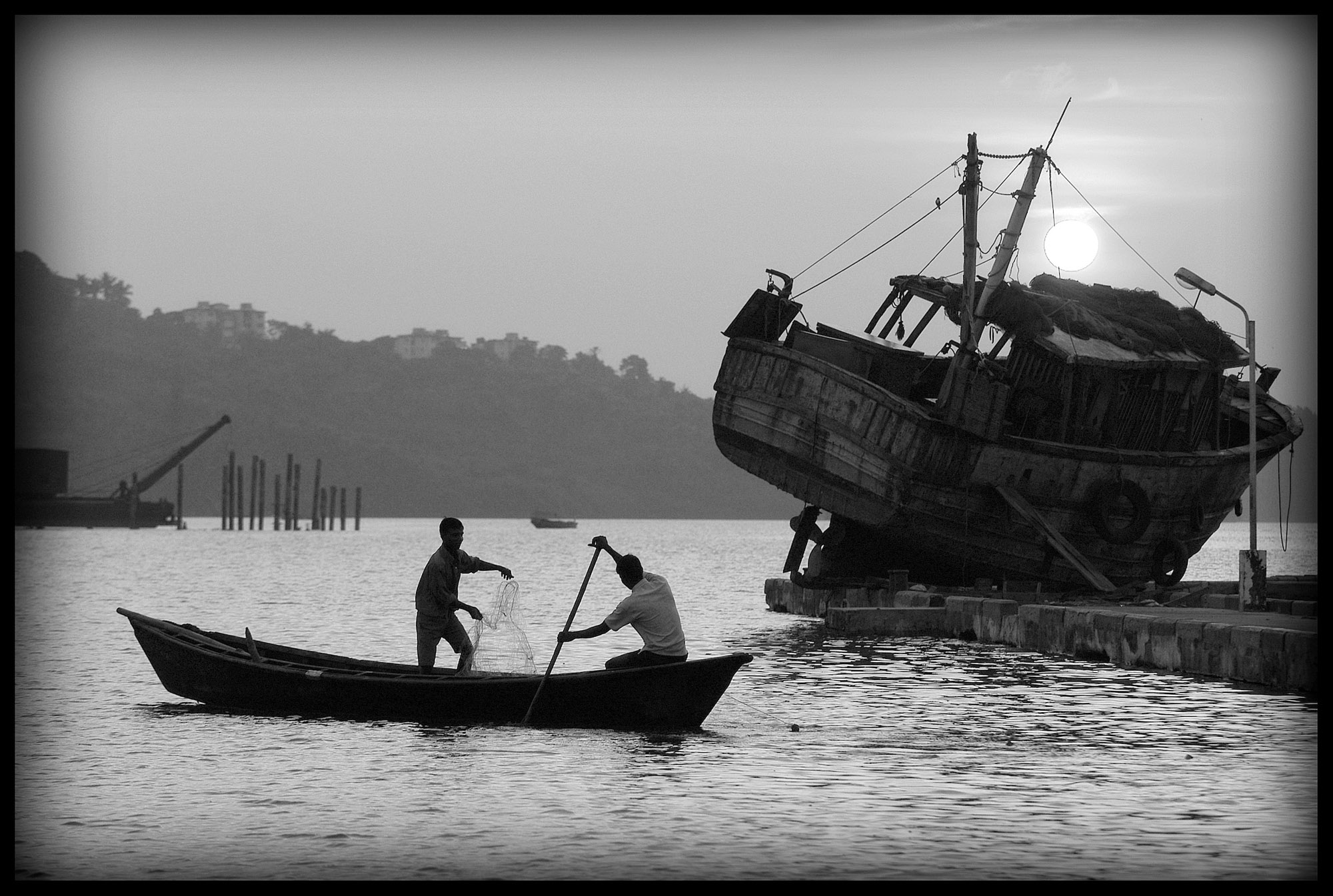
Indian Ocean Earthquake and Tsunami
Port Blair, Andaman Islands, India 7 January 2005 Harbor's view after the tsunami and the earthquake in Port Blair. Photo: Ezequiel Scagnetti
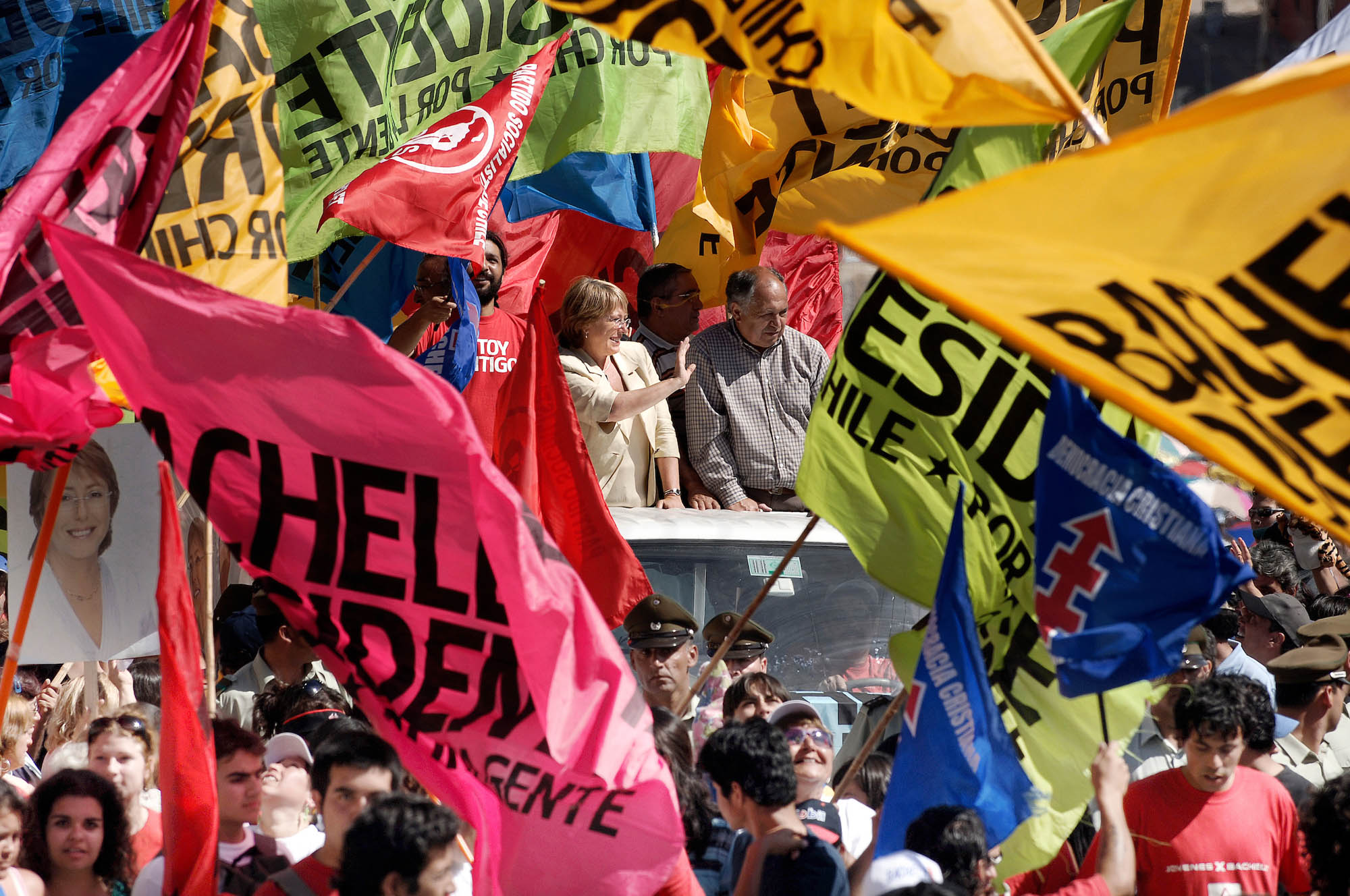
Michelle Bachelet running for president
Cartagena, Chile 07 January 2006 Chile's presidential candidate Michelle Bachelet (Socialist Party) is greeted during a campaign rally. Michelle Bachelet was widely favoured in a poll on Saturday to become Chile's first woman president in an election next week, although a large bloc of undecided voters could still swing the vote. Photo: Ezequiel Scagnetti

Michelle Bachelet
Santiago , Chile 16 January 2006 Socialist Michelle Bachelet won the presidential election on Sunday, becoming the Chile's first woman leader while further consolidating Latin America's move to the left. Bachelet, a paediatrician and former political prisoner, handily beat her conservative challenger, multimillionaire businessman Sebastian Pinera. Photo: Ezequiel Scagnetti
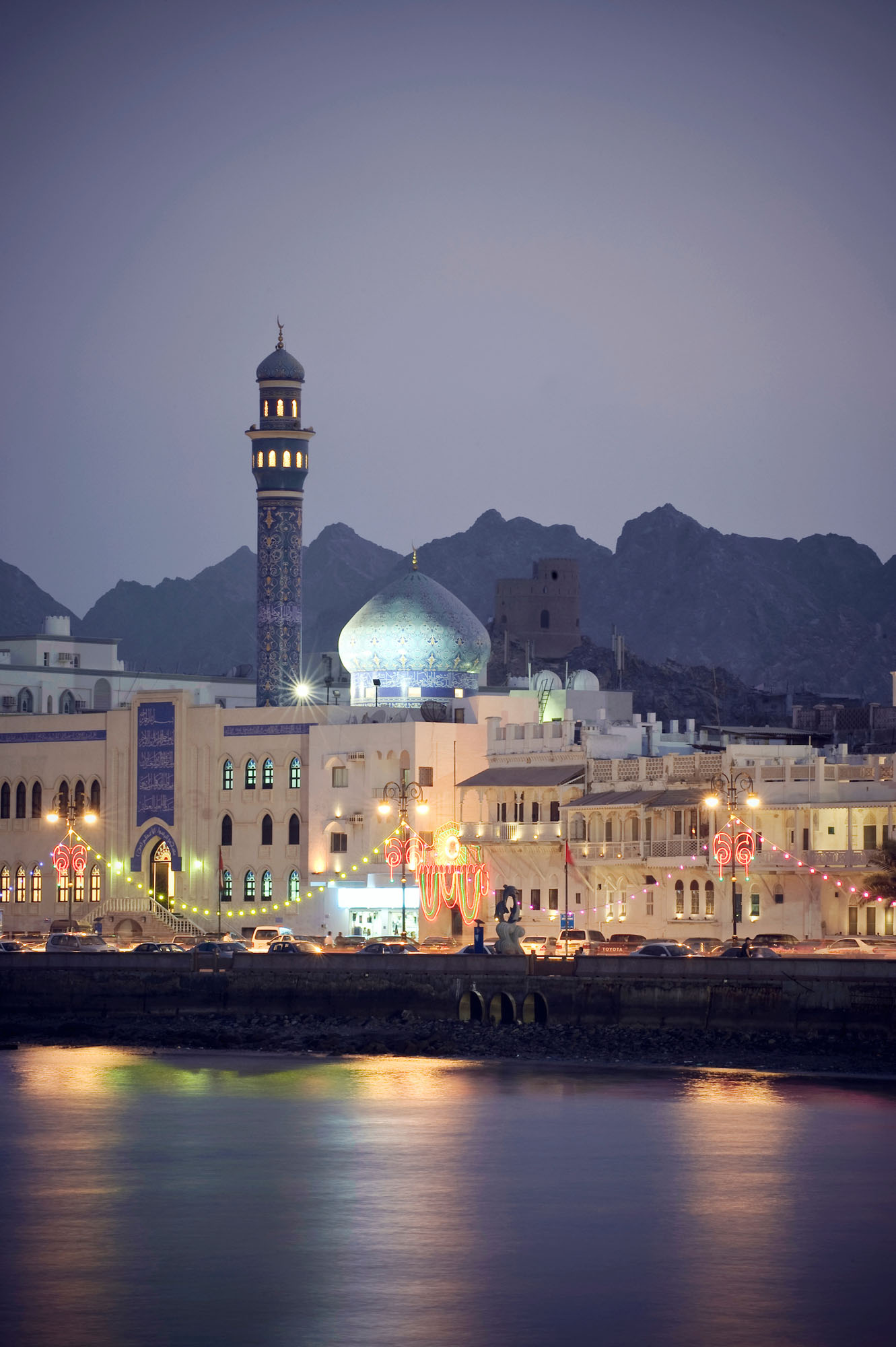
Muttrah city - Oman
Muttrah, Sultanate of Oman, 29 November 2008 View of Muttrah during the sunset. Photo: Ezequiel Scagnetti
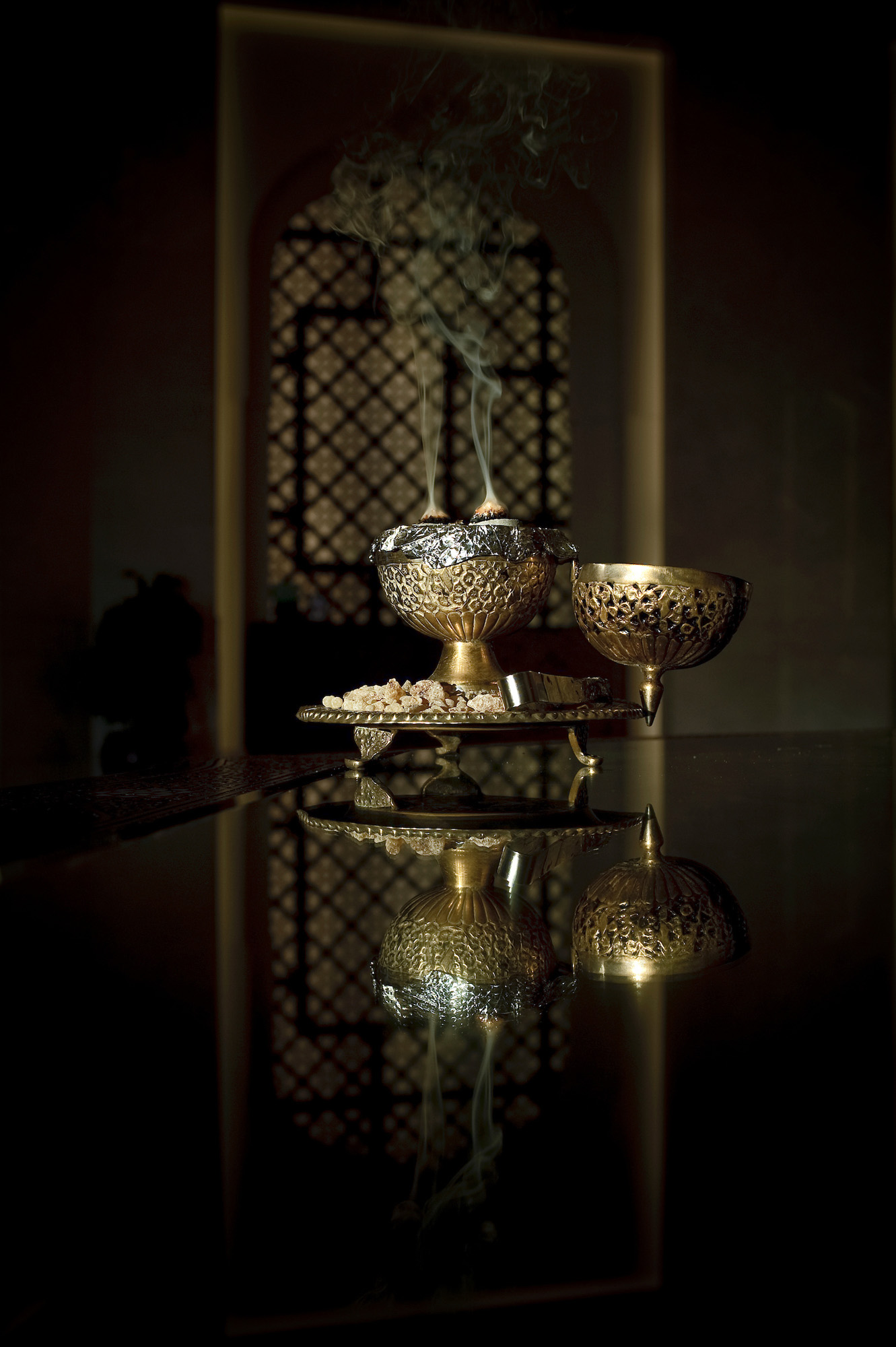
Six Senses HIDEAWAY hotel - Oman
Musandam, Sultanate of Oman Six Senses HIDEAWAY hotel. Photo: Ezequiel Scagnetti.

Zanzibar, Stone Town
Stone Town, Zanzibar 06 November 2010 View of a Dhow at sunset. Stone Town or Mji Mkongwe, in Swahili meaning "ancient town", is the old part of Zanzibar City, the capital of the island of Unguja, informally known as Zanzibar, part of Tanzania. The town was the centre of trade on the East African coast between Asia and Africa before the colonization of the mainland in the late 19th century after which the focus moved to Mombasa and Dar es Salaam. From 1840 to 1856, Said bin Sultan had the capital of the Omani Empire in Stone Town. The main export was spices and particularly cloves. For many years Stone Town was a major centre for the slave trade; slaves were obtained from mainland Africa and traded with the Middle East. The town also became a base for many European explorers, particularly the Portuguese, and colonizers from the late 19th century. David Livingstone used Stone Town as his base for preparing for his final expedition in 1866. A house, now bearing his name, was lent by Sultan Seyyid Said. Immigrant communities from Oman, Persia and India lived here. Photo: Ezequiel Scagnetti

Myanmar (Burmese) Traditional Boxing
Yangon, Myanmar May 2006 Boxing fighters of the KLN boxing school. Photo: Ezequiel Scagnetti
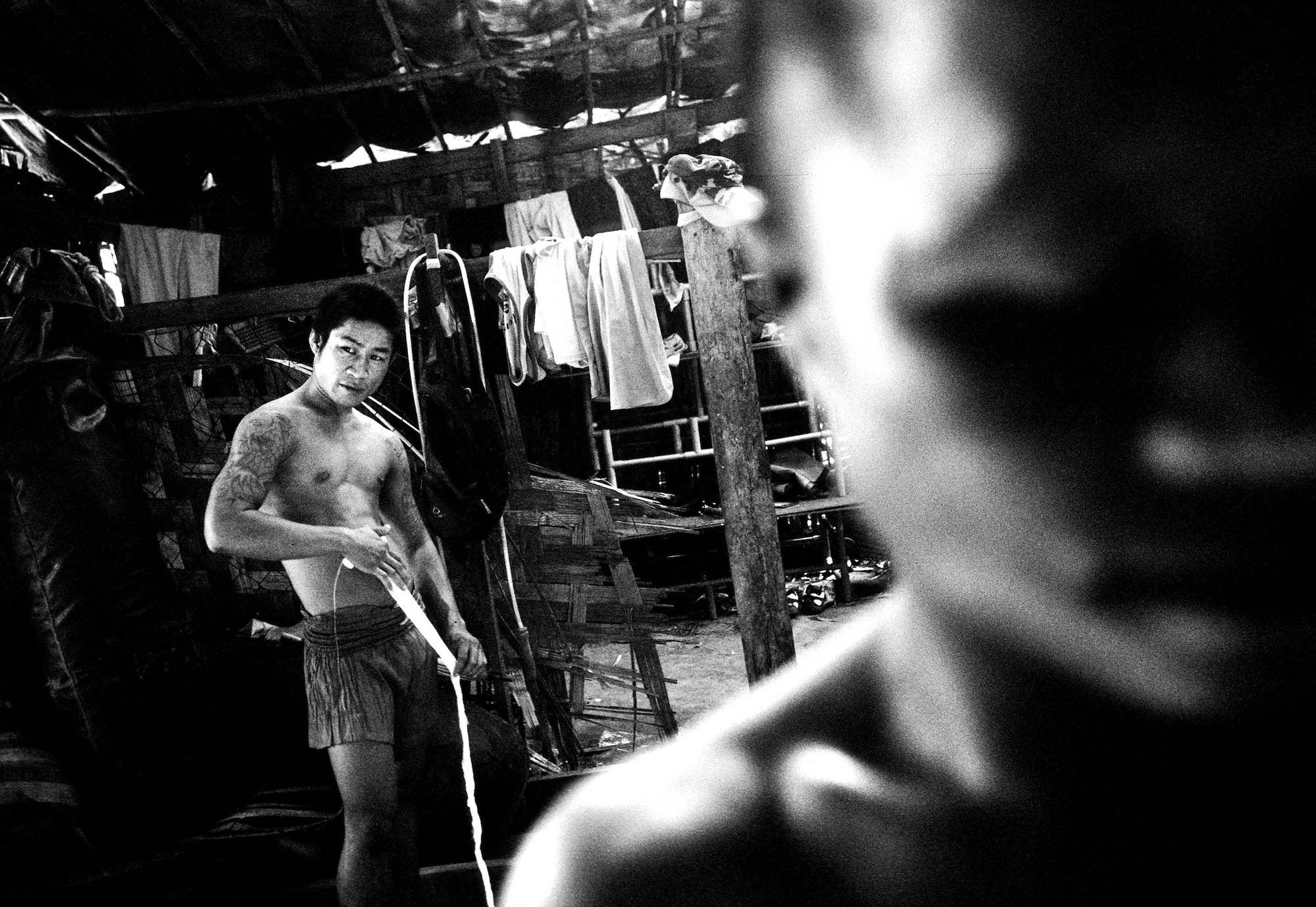
Myanmar (Burmese) Traditional Boxing
Yangon, Myanmar May 2006 Boxing fighters of the KLN boxing school. Photo: Ezequiel Scagnetti
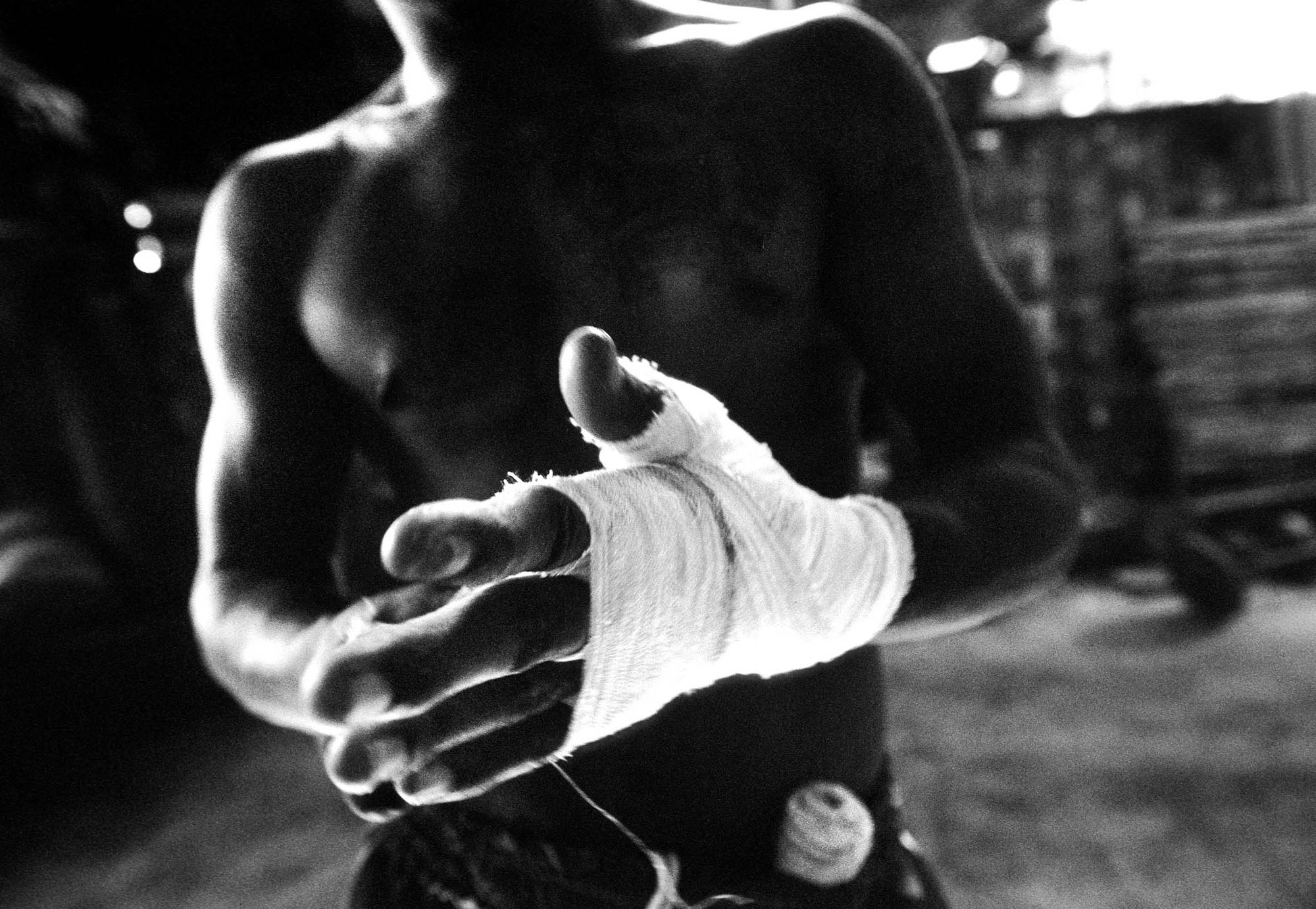
Myanmar (Burmese) Traditional Boxing
Yangon, Myanmar May 2006 Boxing fighters of the KLN boxing school. Photo: Ezequiel Scagnetti

Myanmar (Burmese) Traditional Boxing
Yangon, Myanmar May 2006 Boxing fighters of the KLN boxing school. Photo: Ezequiel Scagnetti
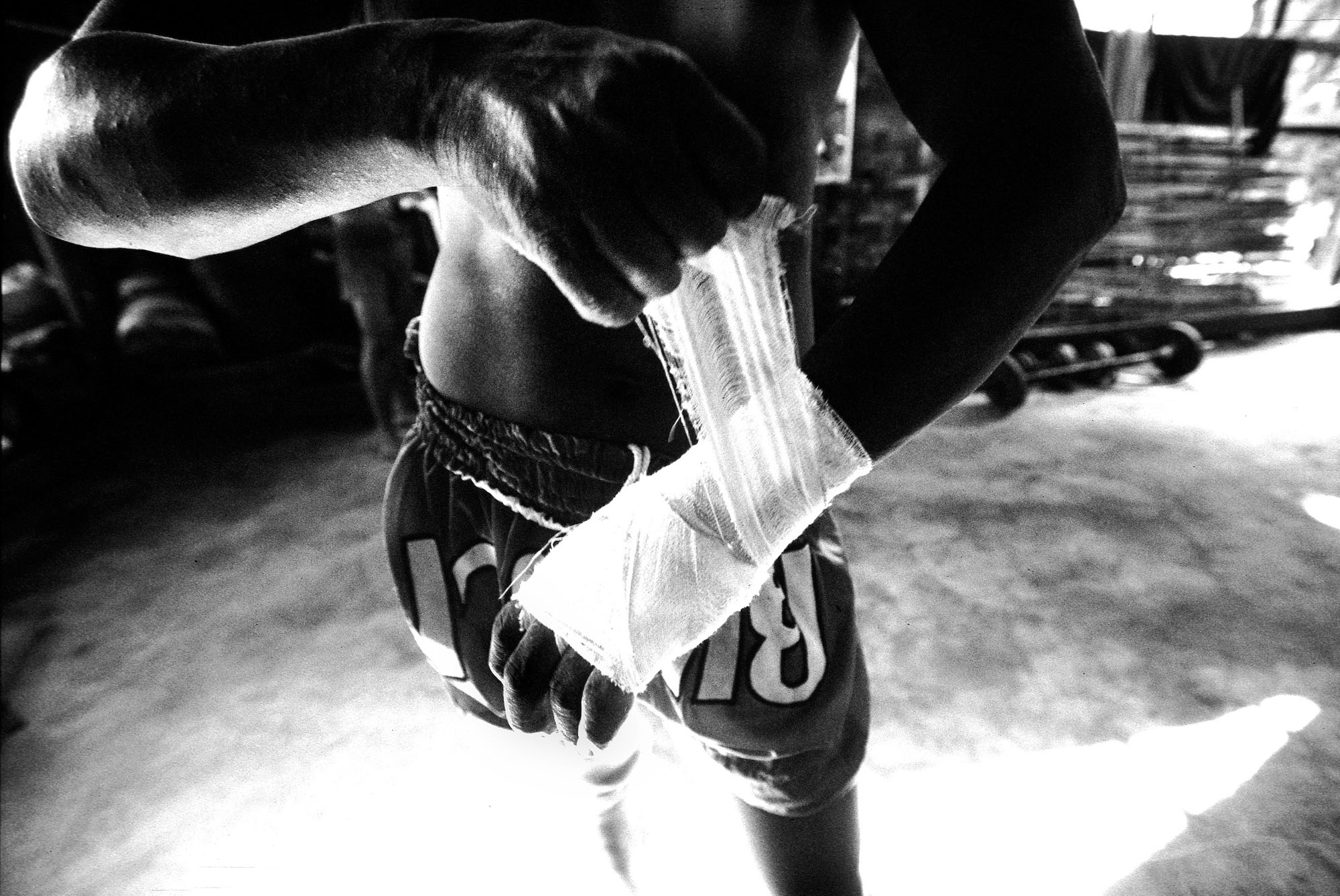
Myanmar (Burmese) Traditional Boxing
Yangon, Myanmar May 2006 Boxing fighters of the KLN boxing school. Photo: Ezequiel Scagnetti

Paris - France
Paris, France 20 August 2008 "Foire du Trone" attraction park, in the Tuileries Garden. Photo: Ezequiel Scagnetti
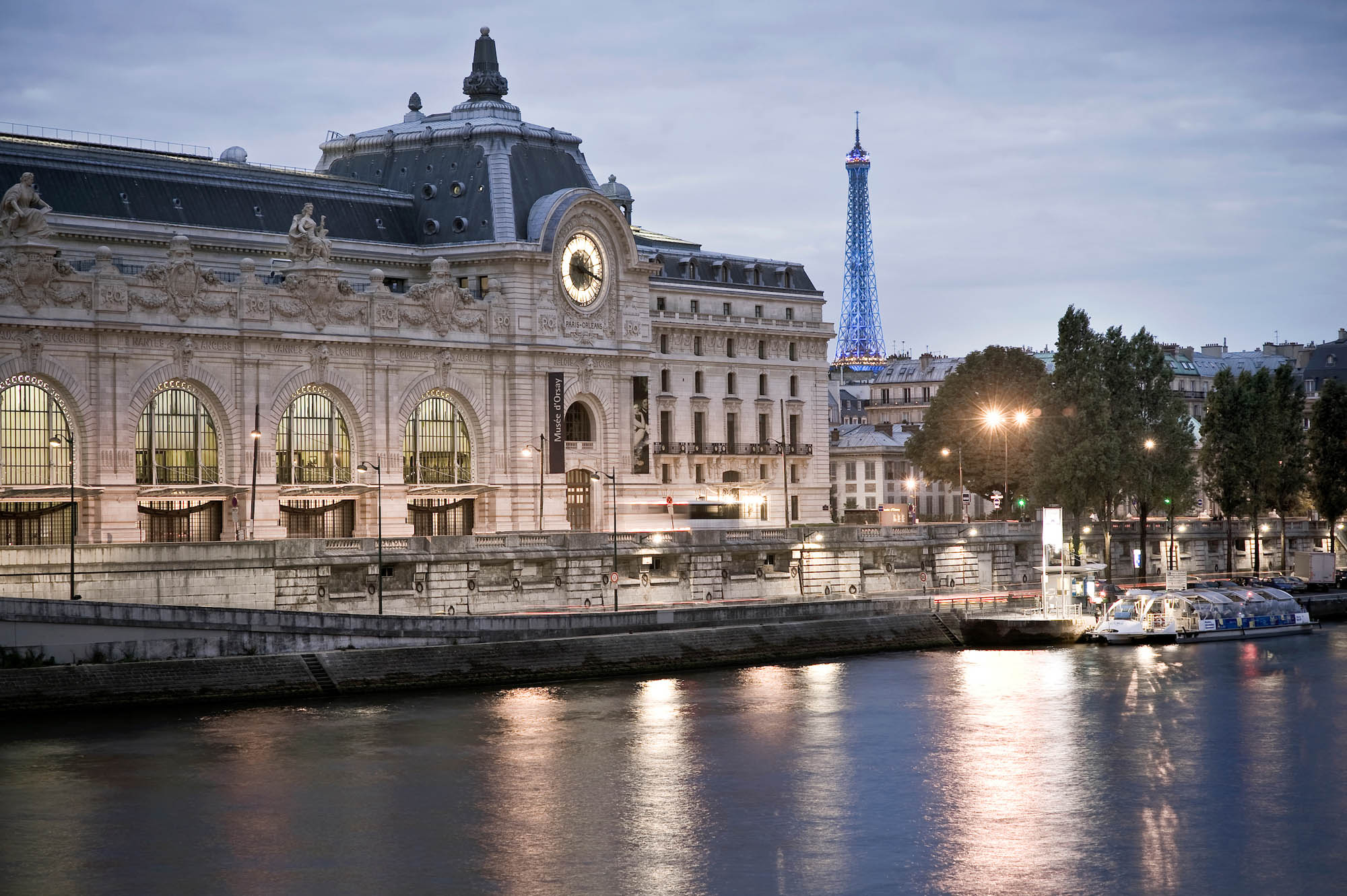
Paris - France
Paris, France 20 August 2008 View of the Musee d'Orsee. Photo: Ezequiel Scagnetti
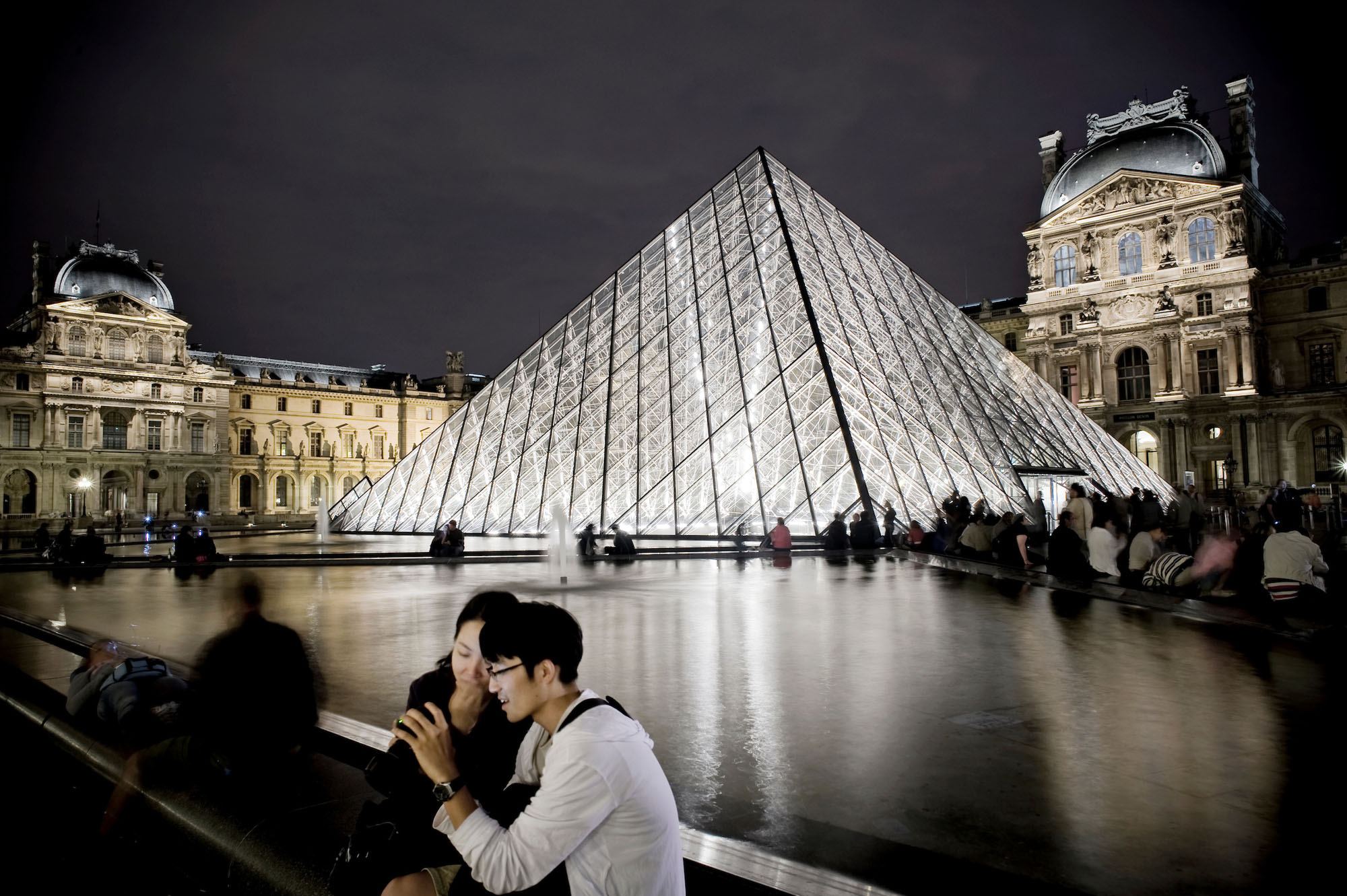
Paris - France
Paris, France 20 August 2008 Pyramid of the Louvre Museum at night. Photo: Ezequiel Scagnetti

The Stencil invades the streets of Buenos Aires
Buenos Aires, Argentina March 2006 Protest, resistance and memory: The Stencil images in Buenos Aires. The stencil art takes the streets of the Argentinian capital. The stencil is an industrial variant of graffiti which involves cut out cardboard or x-rays and aerosol. Urban artists or militants use it to paint the city with messages that combine socio-political subject matter, imagination and irony. Photo: Ezequiel Scagnetti
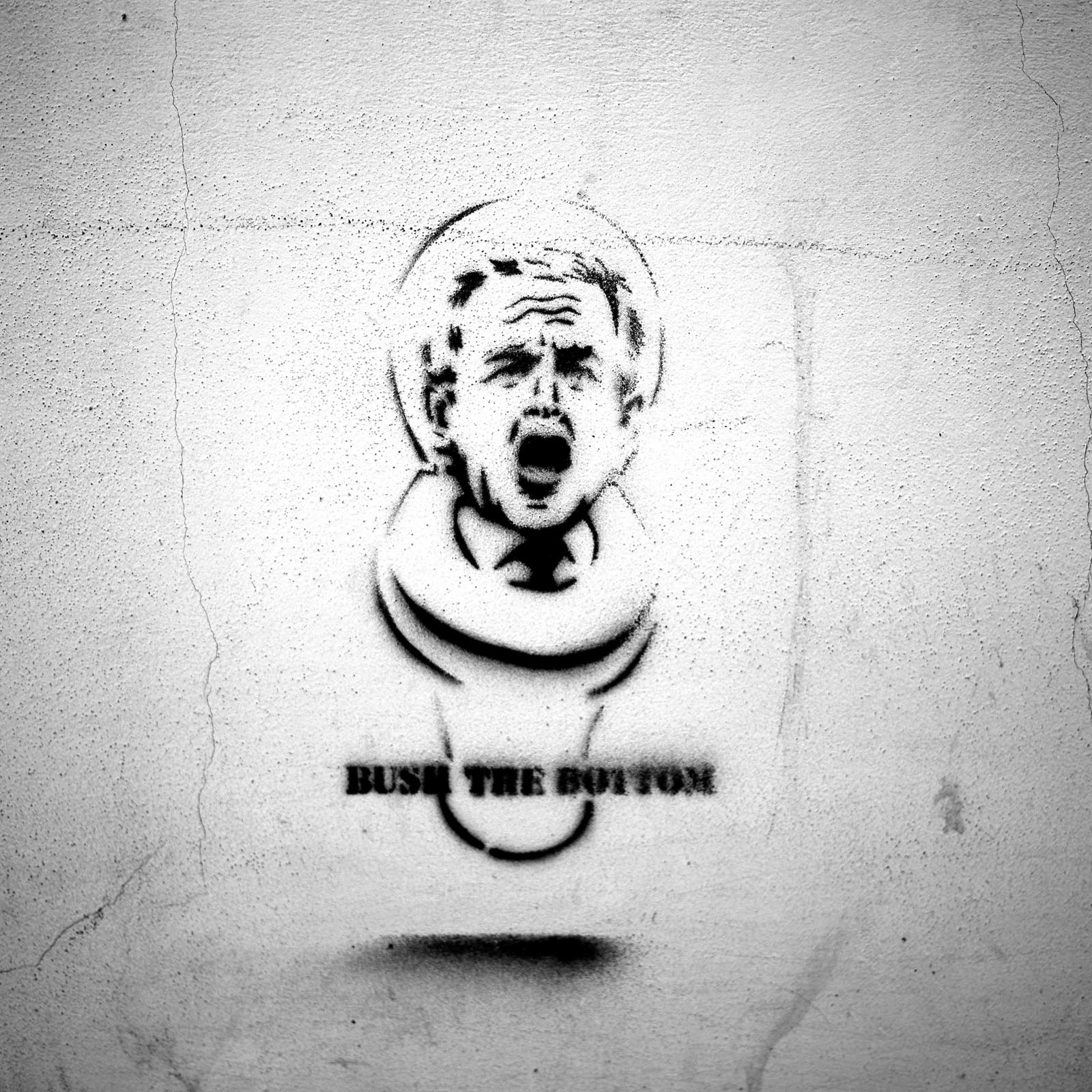
The Stencil invades the streets of Buenos Aires
Buenos Aires, Argentina March 2006 Protest, resistance and memory: The Stencil images in Buenos Aires. The stencil art takes the streets of the Argentinian capital. The stencil is an industrial variant of graffiti which involves cut out cardboard or x-rays and aerosol. Urban artists or militants use it to paint the city with messages that combine socio-political subject matter, imagination and irony. Photo: Ezequiel Scagnetti
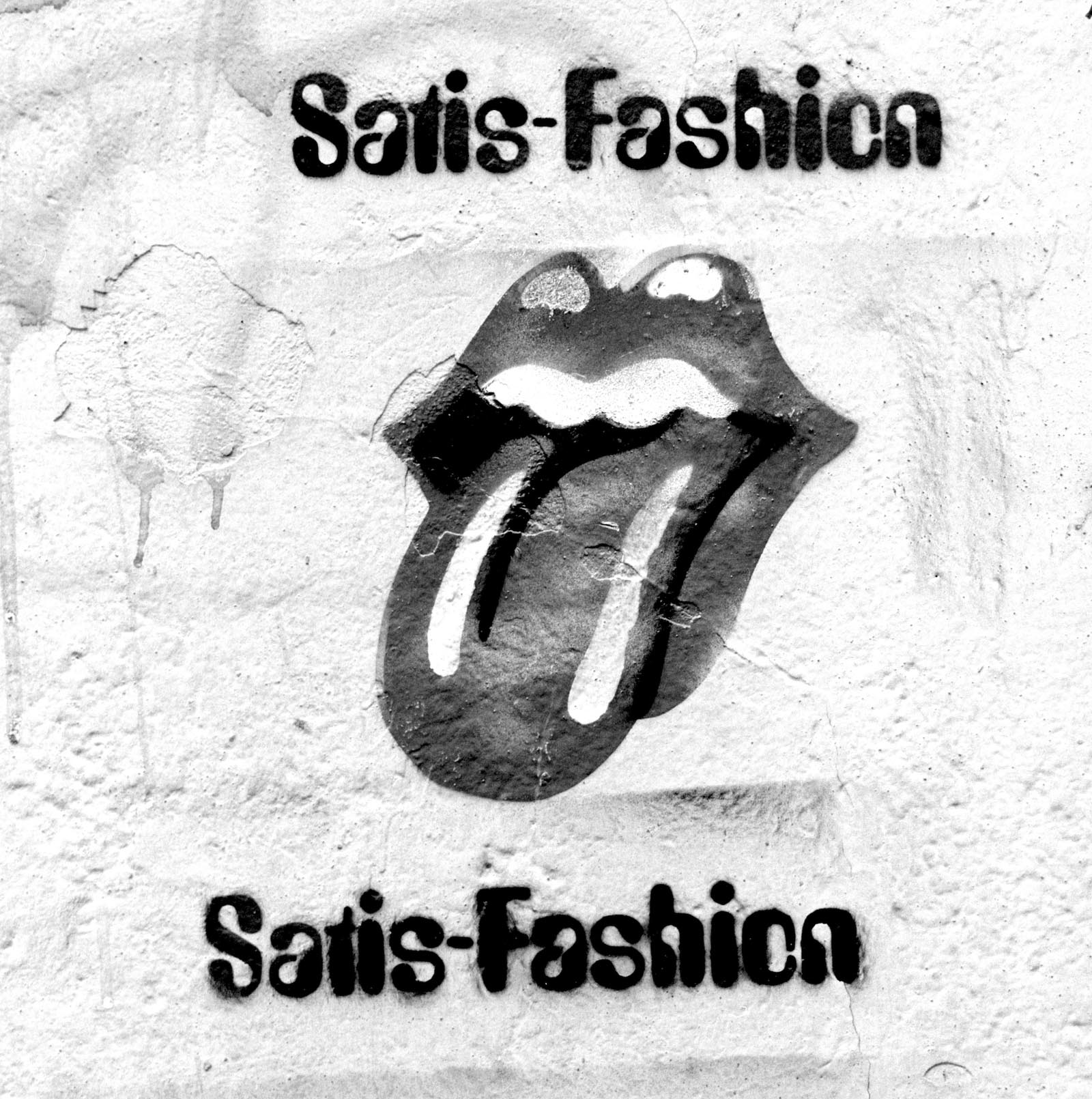
The Stencil invades the streets of Buenos Aires
Buenos Aires, Argentina March 2006 Protest, resistance and memory: The Stencil images in Buenos Aires. The stencil art takes the streets of the Argentinian capital. The stencil is an industrial variant of graffiti which involves cut out cardboard or x-rays and aerosol. Urban artists or militants use it to paint the city with messages that combine socio-political subject matter, imagination and irony. Photo: Ezequiel Scagnetti
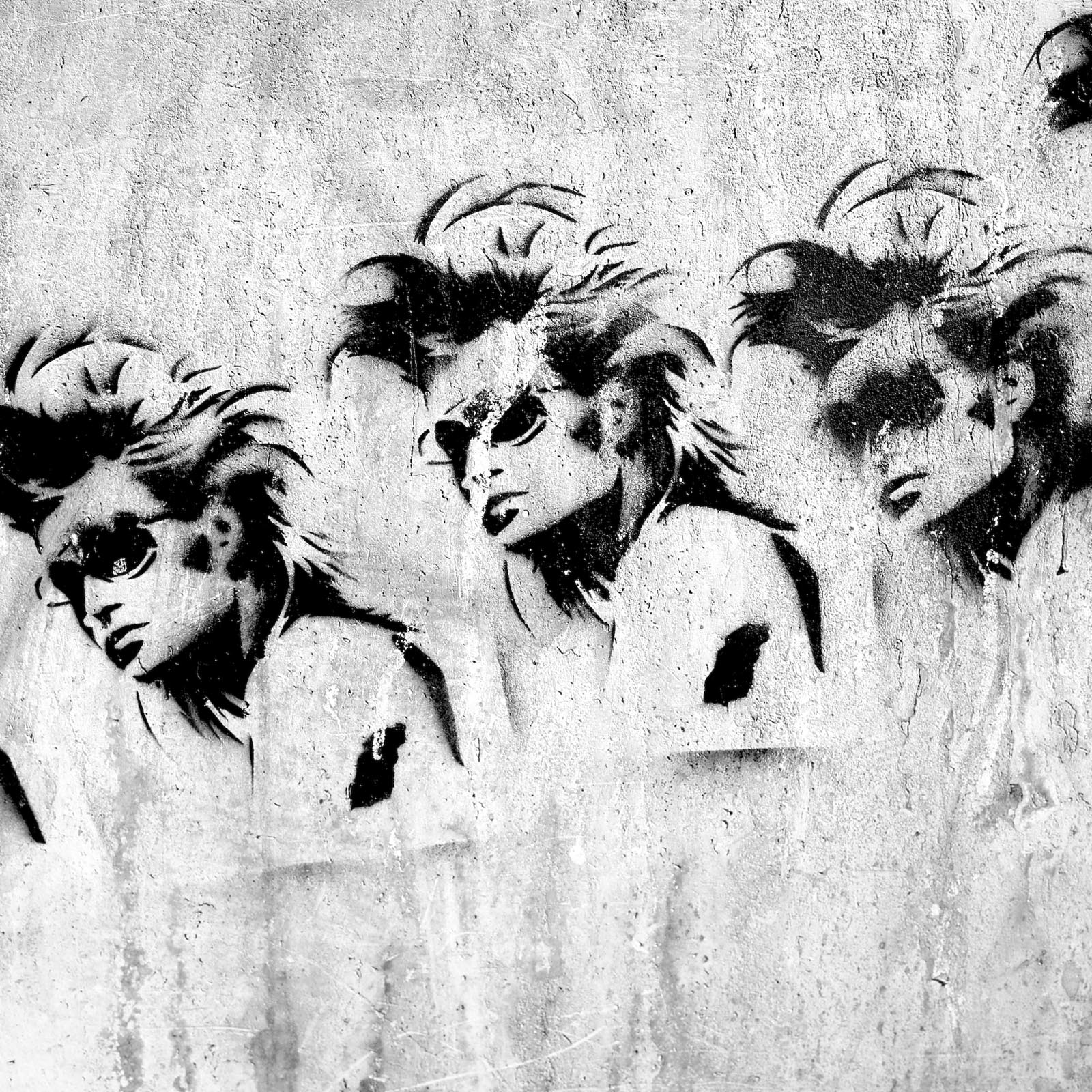
The Stencil invades the streets of Buenos Aires
Buenos Aires, Argentina March 2006 Protest, resistance and memory: The Stencil images in Buenos Aires. The stencil art takes the streets of the Argentinian capital. The stencil is an industrial variant of graffiti which involves cut out cardboard or x-rays and aerosol. Urban artists or militants use it to paint the city with messages that combine socio-political subject matter, imagination and irony. Photo: Ezequiel Scagnetti
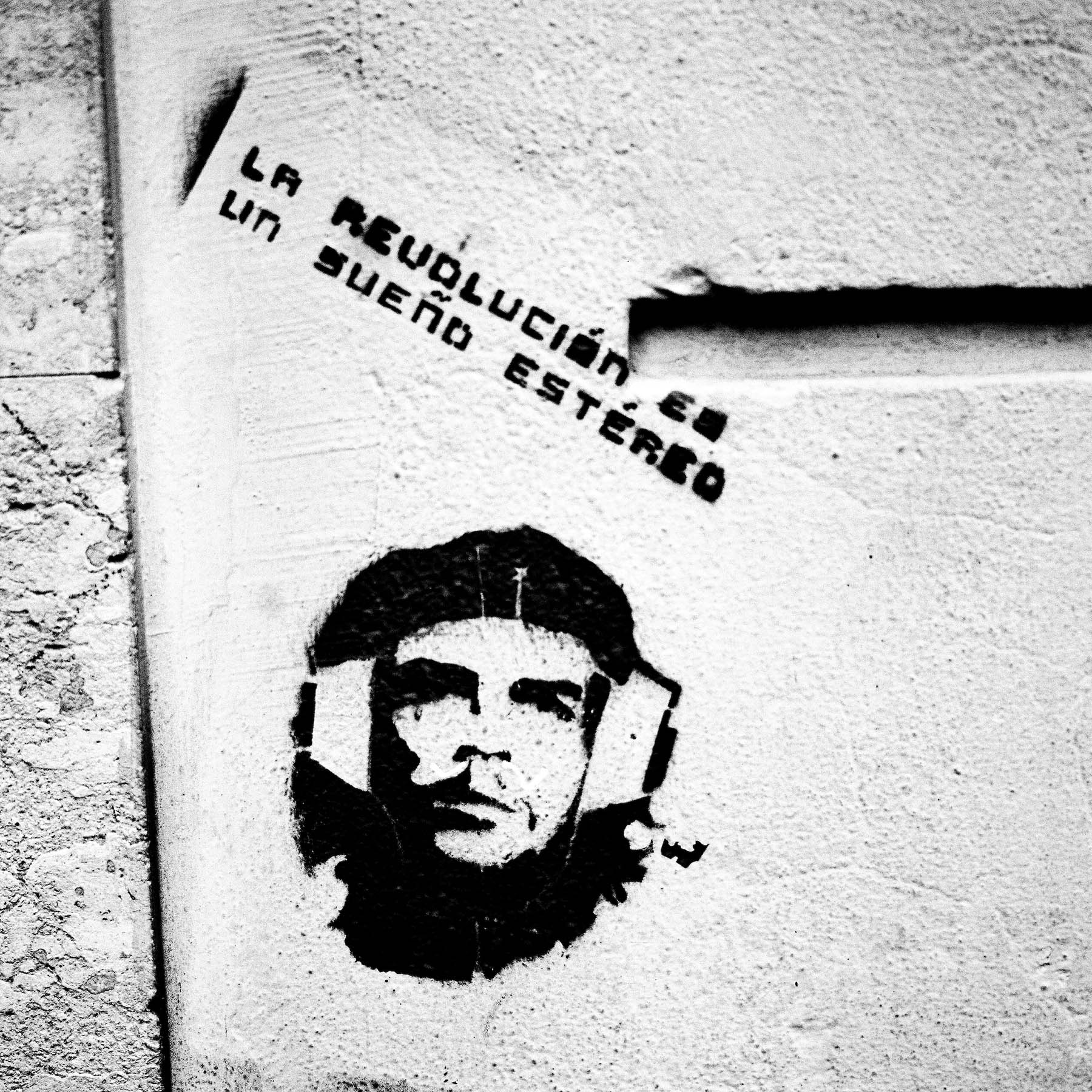
The Stencil invades the streets of Buenos Aires
Buenos Aires, Argentina March 2006 Protest, resistance and memory: The Stencil images in Buenos Aires. The stencil art takes the streets of the Argentinian capital. The stencil is an industrial variant of graffiti which involves cut out cardboard or x-rays and aerosol. Urban artists or militants use it to paint the city with messages that combine socio-political subject matter, imagination and irony. Photo: Ezequiel Scagnetti
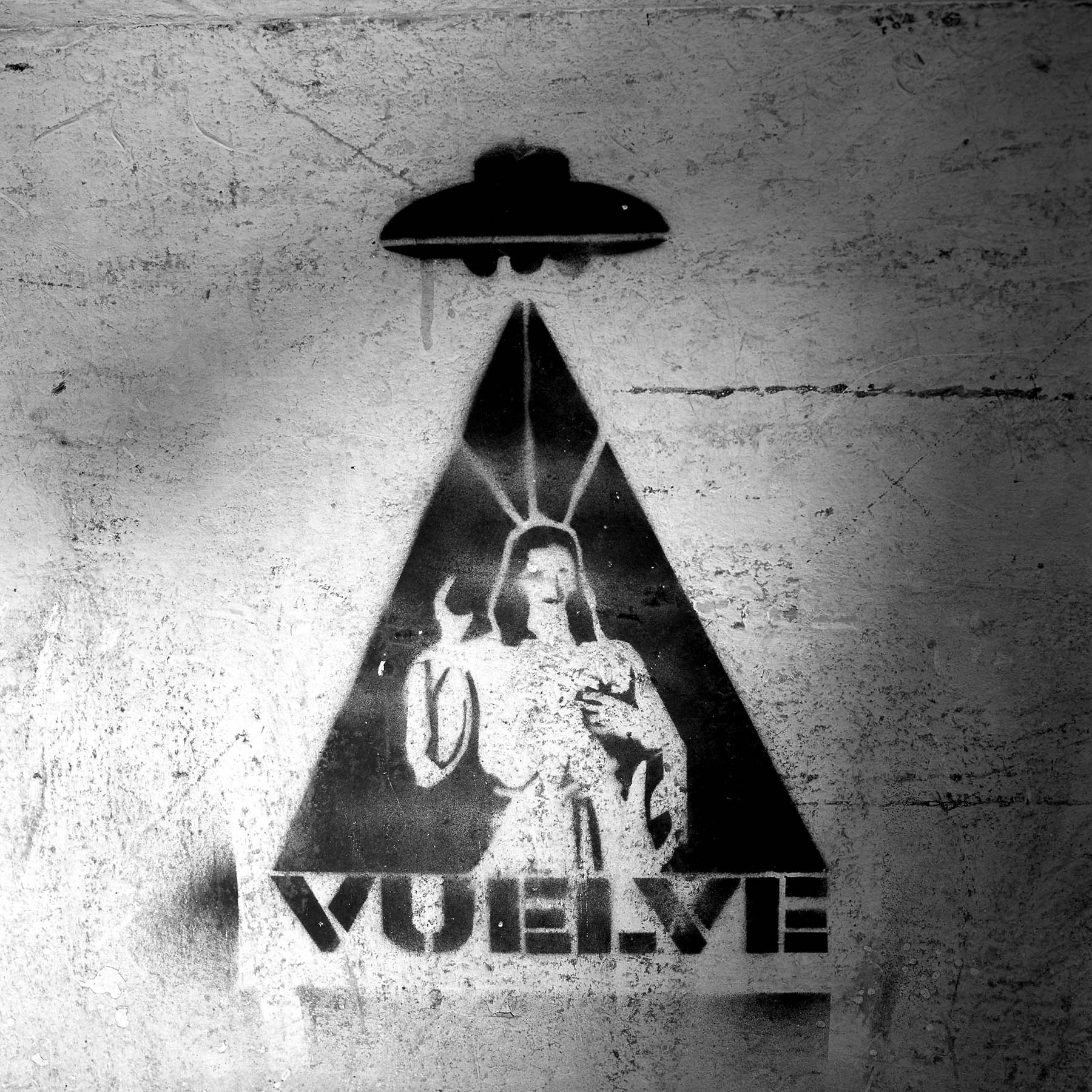
The Stencil invades the streets of Buenos Aires
Buenos Aires, Argentina March 2006 Protest, resistance and memory: The Stencil images in Buenos Aires. The stencil art takes the streets of the Argentinian capital. The stencil is an industrial variant of graffiti which involves cut out cardboard or x-rays and aerosol. Urban artists or militants use it to paint the city with messages that combine socio-political subject matter, imagination and irony. Photo: Ezequiel Scagnetti

Cappadocia, Turkey
Ancient Region of Anatolia Cappadocia, Turkey, May 2011 Photo: Ezequiel Scagnetti
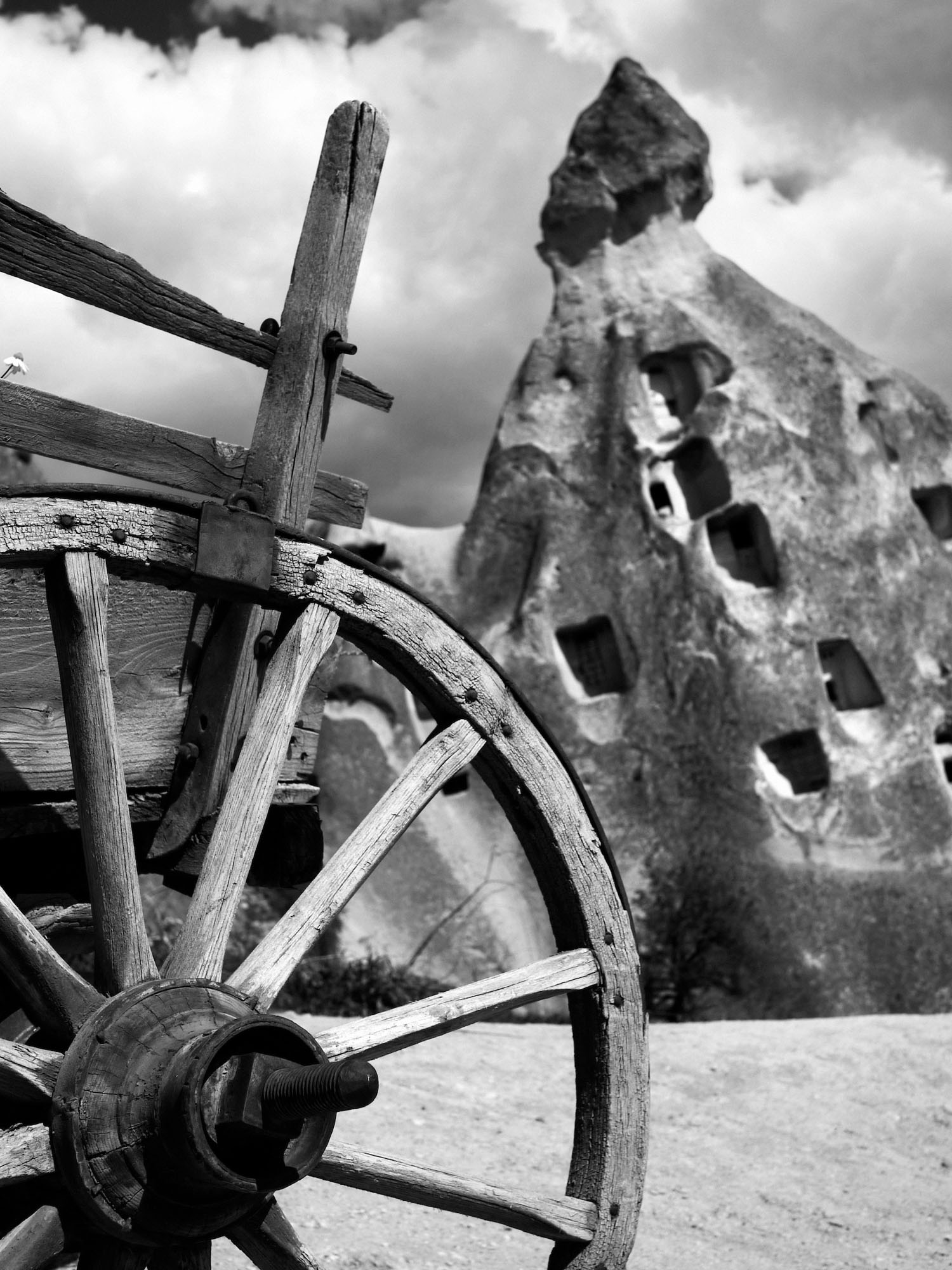
Cappadocia, Turkey
Ancient Region of Anatolia Cappadocia, Turkey, May 2011 Photo: Ezequiel Scagnetti
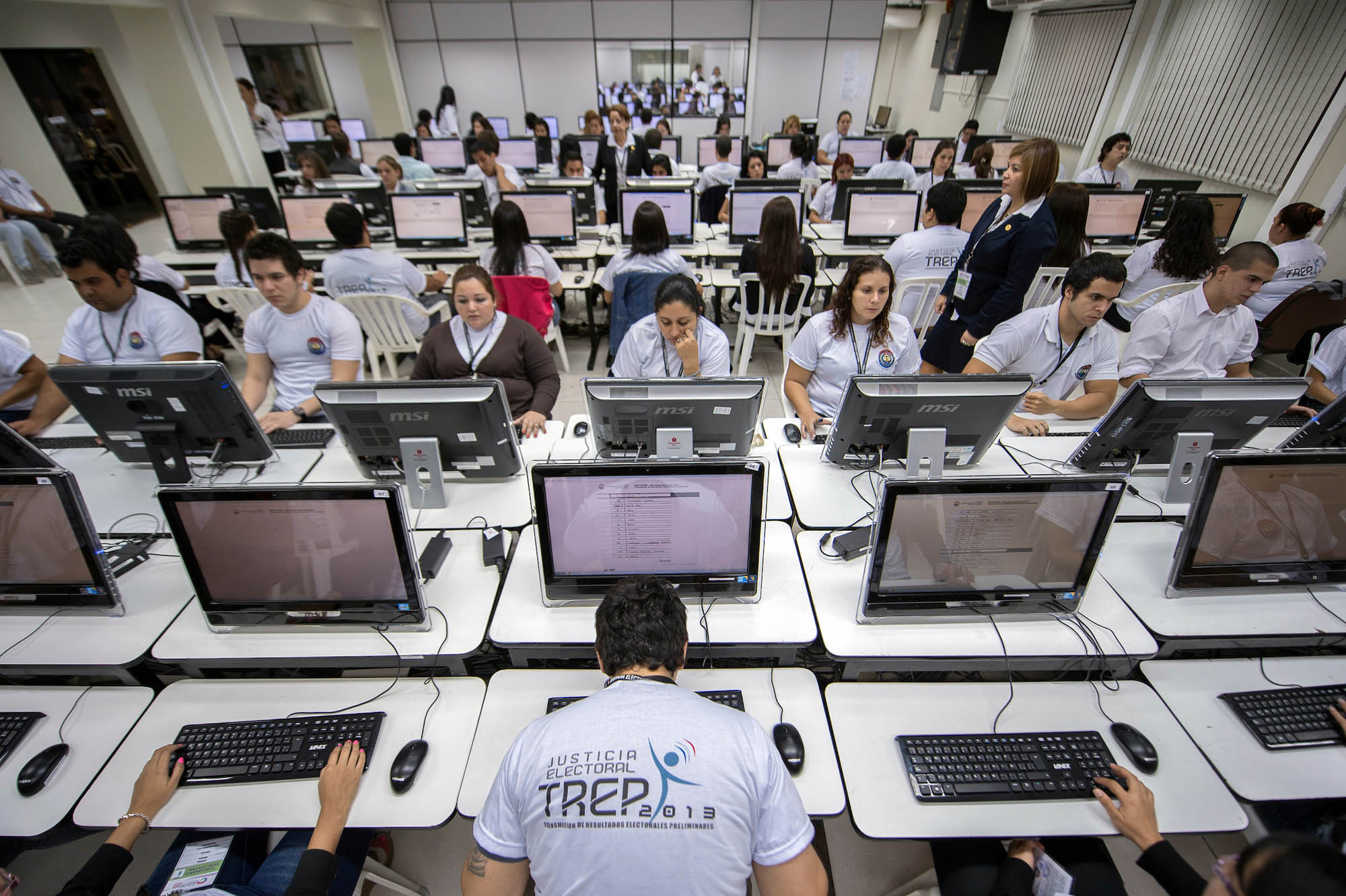
Elections in Paraguay
Asuncion, Paraguay - 21 April 2013 TREP operators entering data during the counting of votes. Photo: Ezequiel Scagnetti
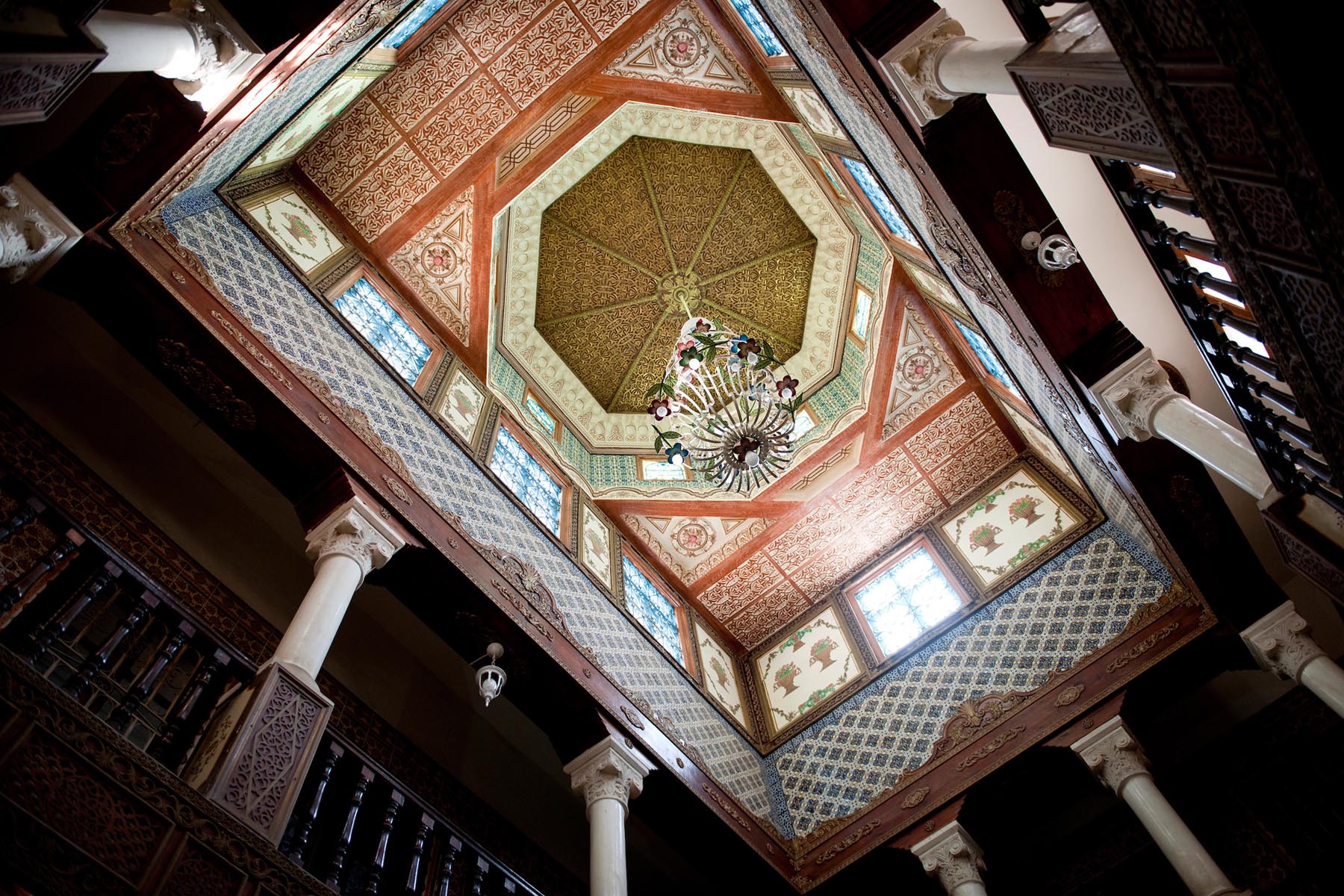
Tunisia - Kairouan
Tunis, Tunisia 27 October 2011 Painted ceiling, Bey's House carpet shop, Kairouan. Photo: Ezequiel Scagnetti
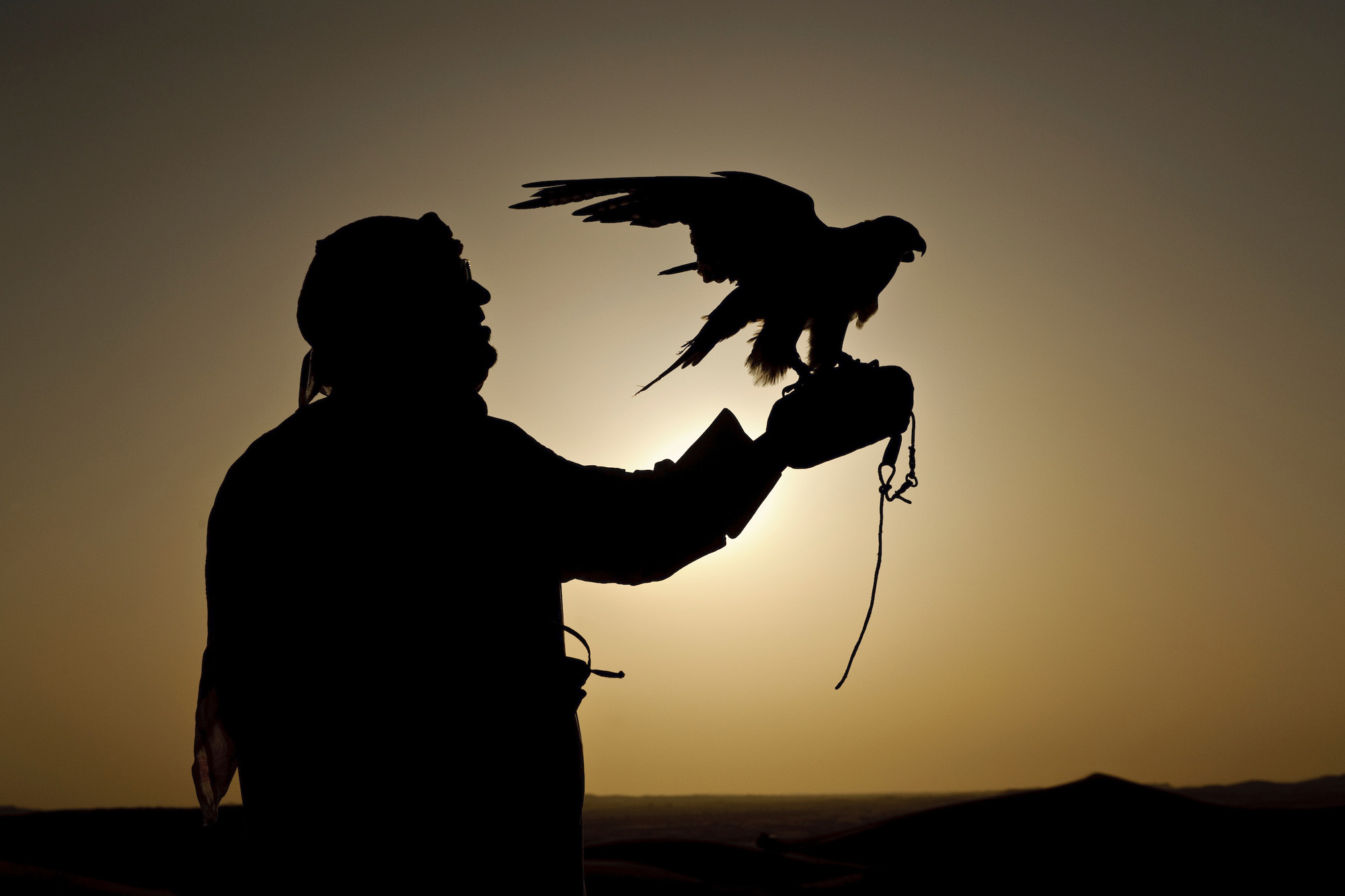
Abu Dhabi, United Arab Emirates
Al-Ain (Abu Dhabi), United Arab Emirates 04 April 2009 A man holds a hunting falcon in desert of Al Ain. The falcon is used for hunting in Arabia, and is an important part of the Arab heritage and culture. The UAE reportedly spends over 27 million dollars annually towards the protection and conservation of wild falcons, and has set up several state-of-the-art falcon hospitals in Dubai and Abu Dhabi. There are two breeding farms in the Emirates, as well as those in Qatar and Saudi Arabia. Every year, falcon beauty contests and demonstrations take place in Abu Dhabi. Photo: Ezequiel Scagnetti
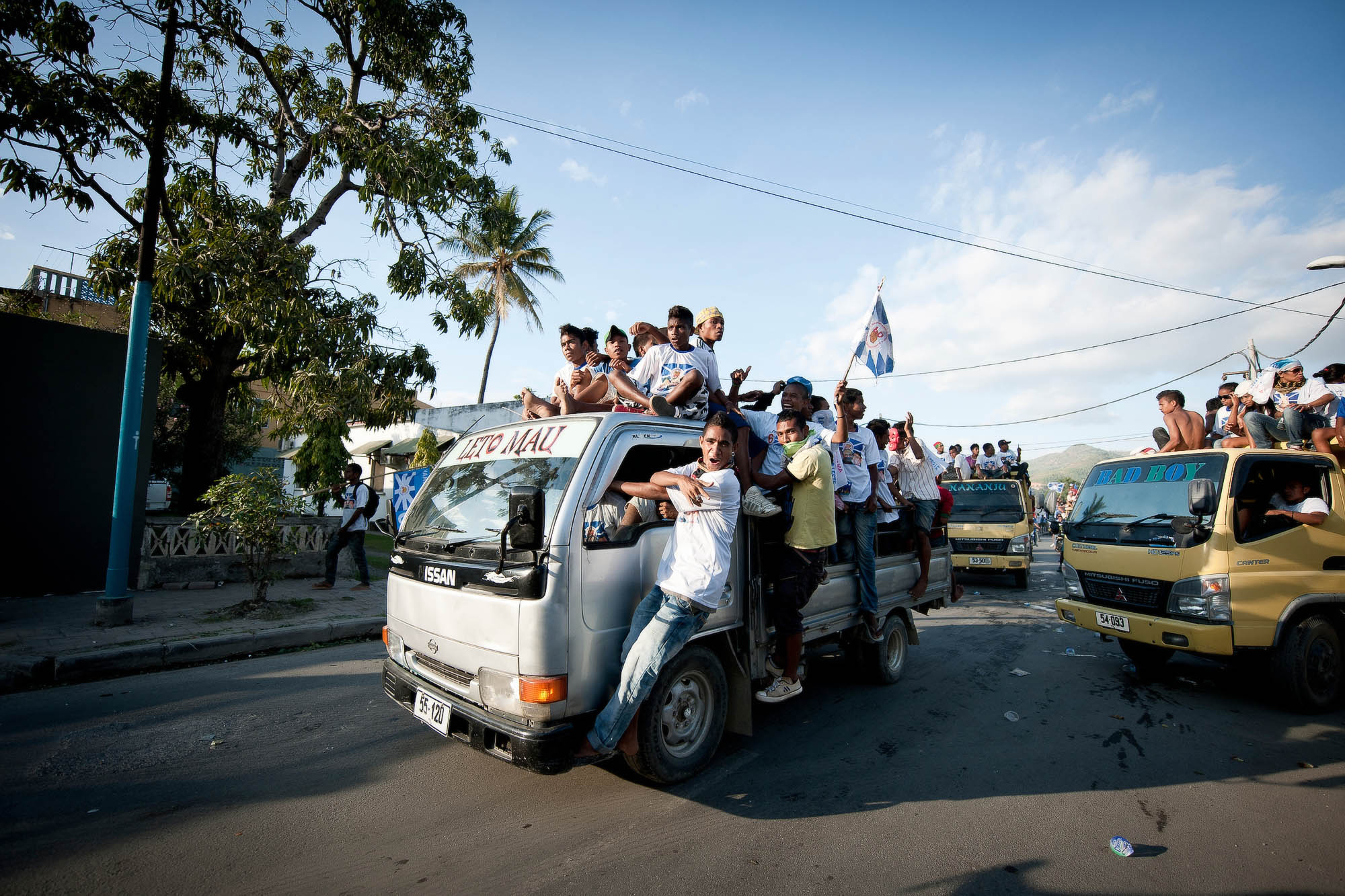
East Timor - Parliamentary elections 2012
Dili, East Timor, 04 July 2012 PD party political rally. Following an invitation from the Government of the Democratic Republic of Timor-Leste, the European Union has established a mission to observe the Legislative Elections in Timor-Leste, scheduled for 7 July 2012. Photo: Ezequiel Scagnetti

Beduin - Oman
Jabal El Shams mountains, Sultanate of Oman - 27 November 2008 An Omani beduin poses for the photographer inside his house. Photo: Ezequiel Scagnetti
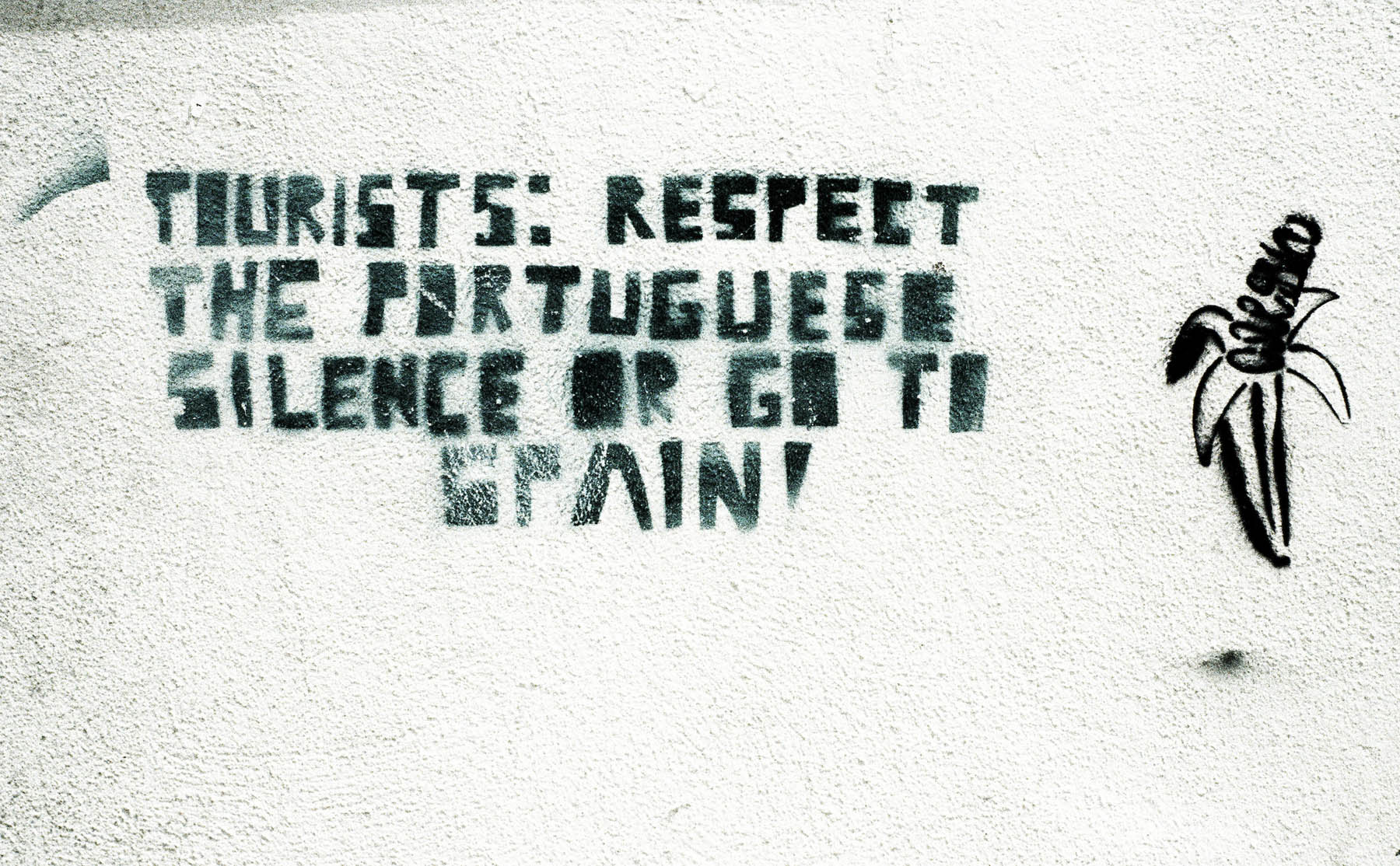
Stencil - Lisbon
Lisbon, Portugal August 2007 Stencils art in Lisbon. The stencil is an industrial variant of graffiti which involves cut out cardboard or x-rays and aerosol. Urban artists or militants use it to bombard the city with messages that combine socio-political subject matter, imagination and irony. Photo: Ezequiel Scagnetti

Stencil - Lisbon
Lisbon, Portugal August 2007 Stencils art in Lisbon. The stencil is an industrial variant of graffiti which involves cut out cardboard or x-rays and aerosol. Urban artists or militants use it to bombard the city with messages that combine socio-political subject matter, imagination and irony. Photo: Ezequiel Scagnetti
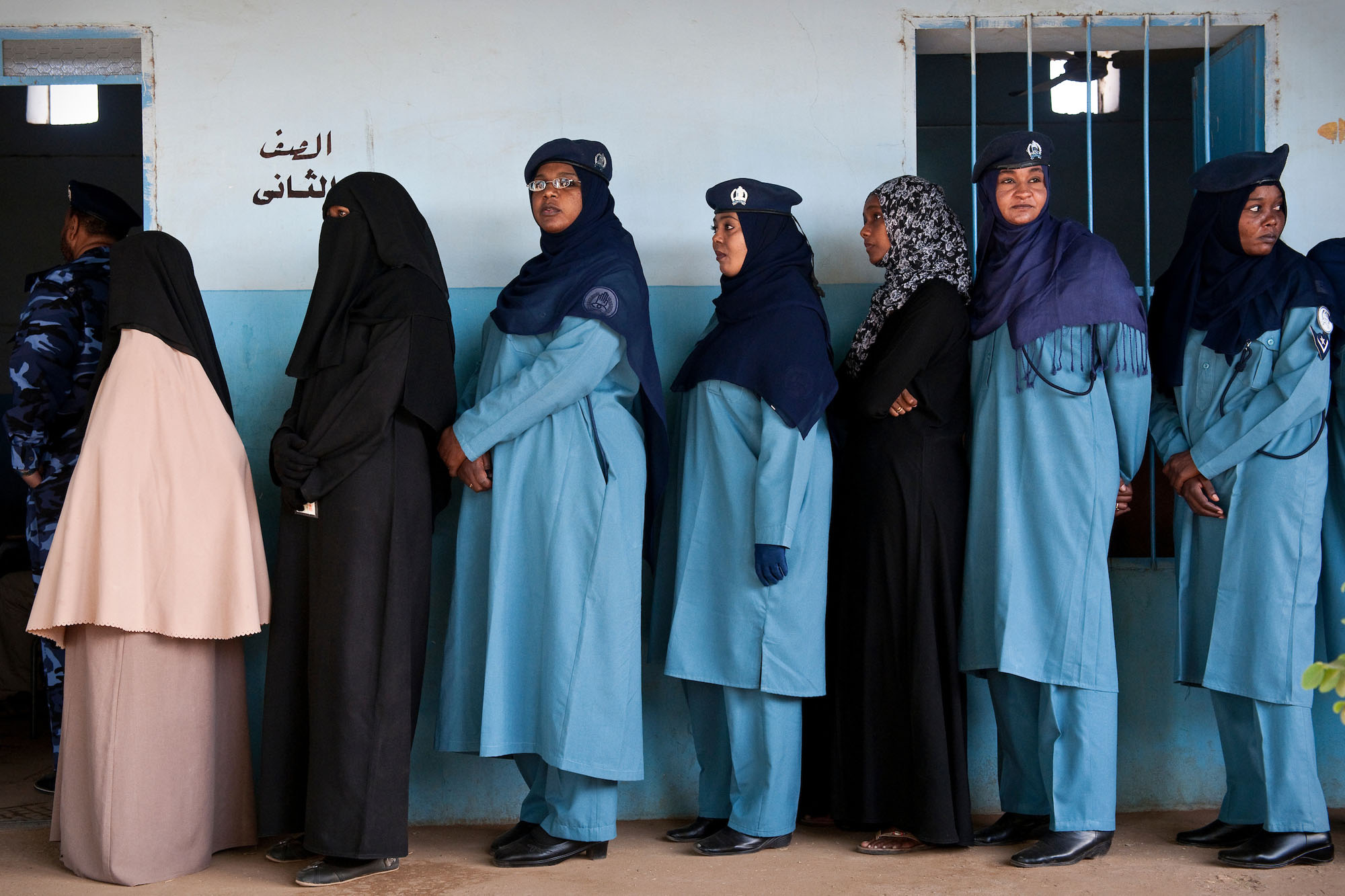
Sudan - Elections
Khartoum, Sudan, 11 April 2010 Sudanese women waiting to vote in a polling station during the presidential elections in Sudan. Photo: Ezequiel Scagnetti
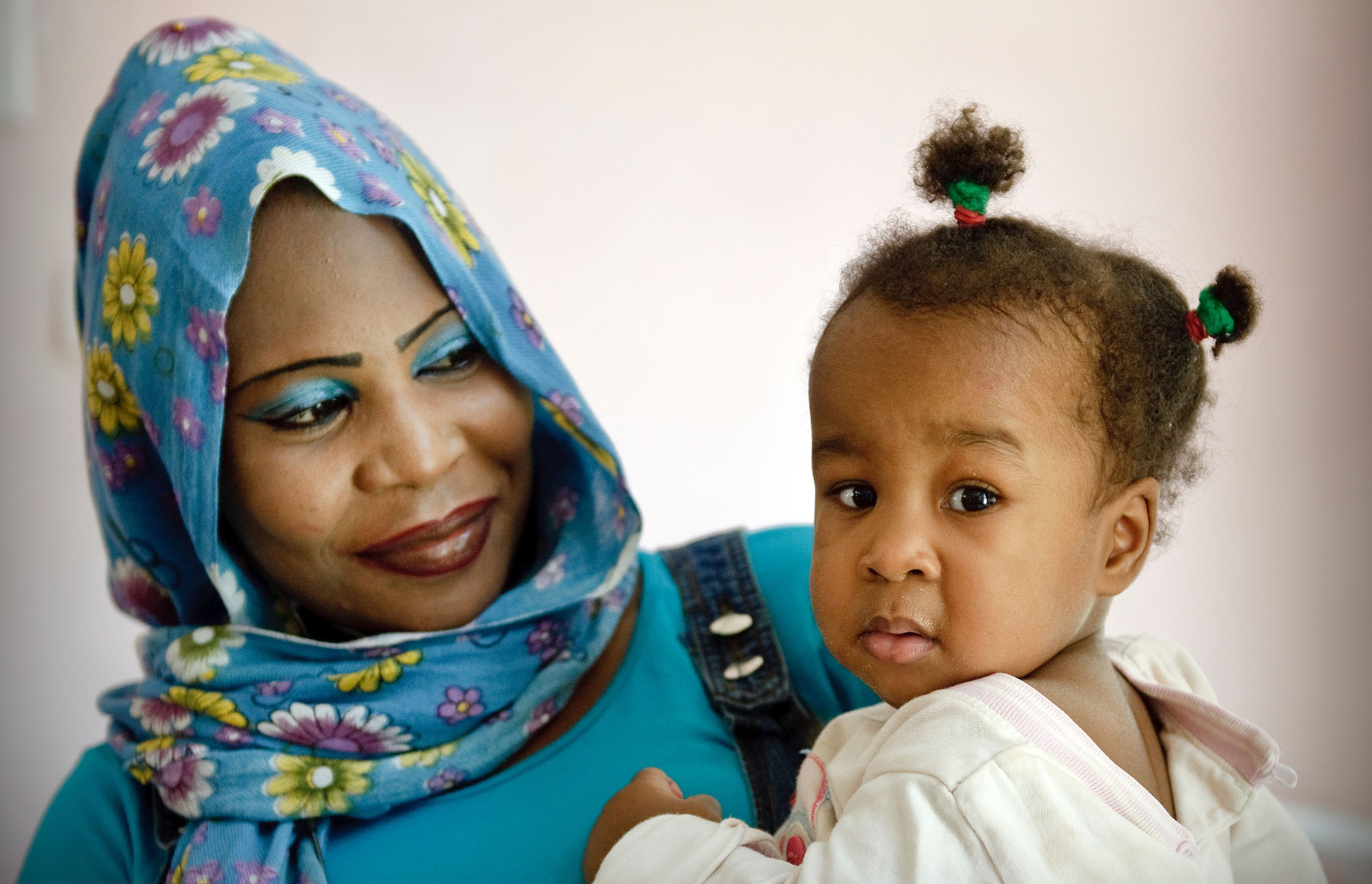
Sudan's Abandoned Children
Khartoum, Sudan 21 April 2010 Sudan's Abandoned Children. The babies, often born after illicit relationships, are regarded as fatally corrupt in a deeply religious society that traditionally passes the sins of the parent on to the child. The unmarried mother of a baby risks 100 lashes and is automatically rejected by her family circle. The illegitimate children are often abandoned on the street and are eaten by dogs. This picture was taken in the Maygoma orphanage. Photo: Ezequiel Scagnetti
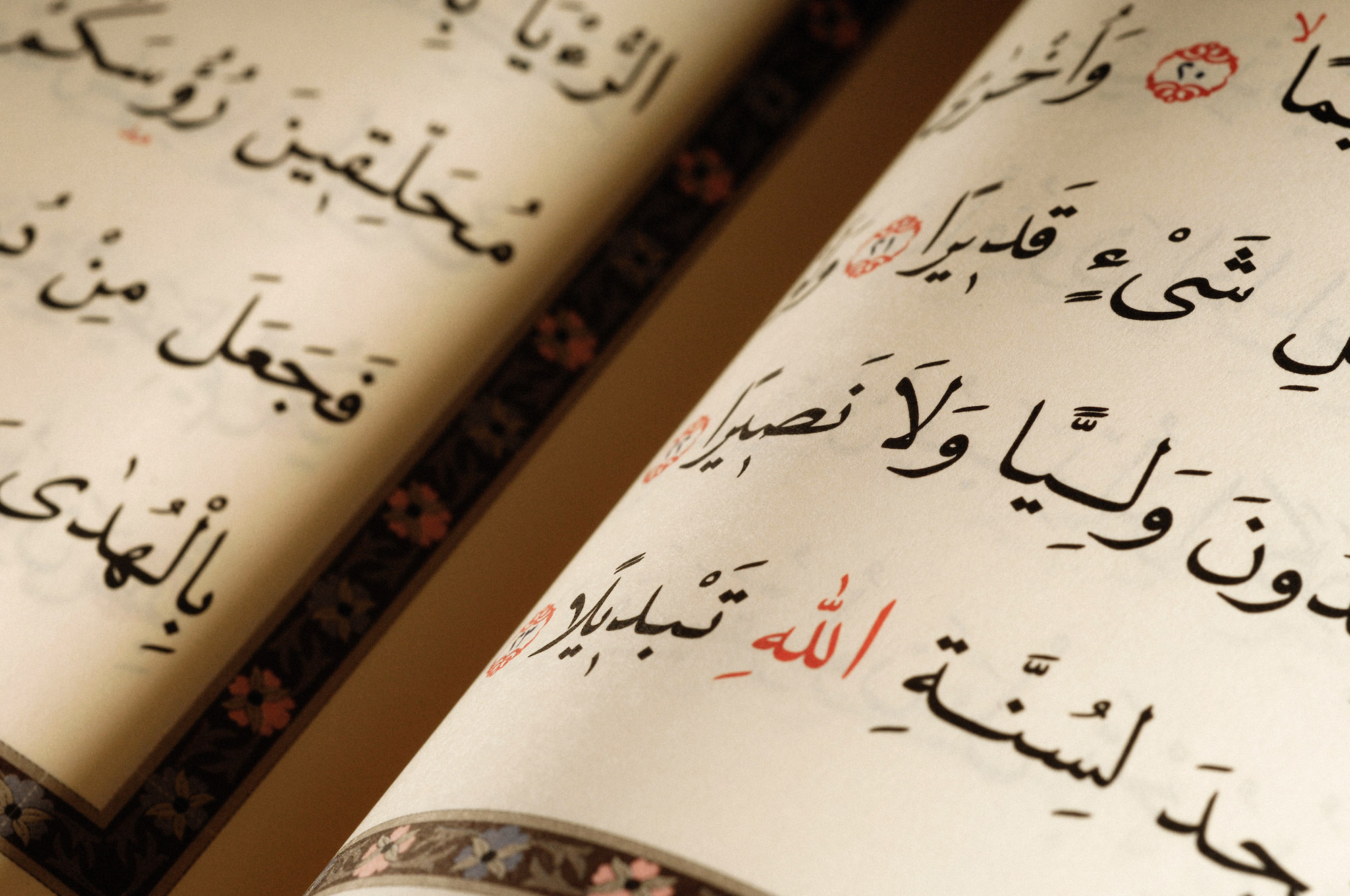
Quran
Brussels, Belgium May 2007 The Quran literally meaning "the recitation", also romanised Qur'an or Koran, is the central religious text of Islam, which Muslims believe to be a revelation from God. Photo: Ezequiel Scagnetti
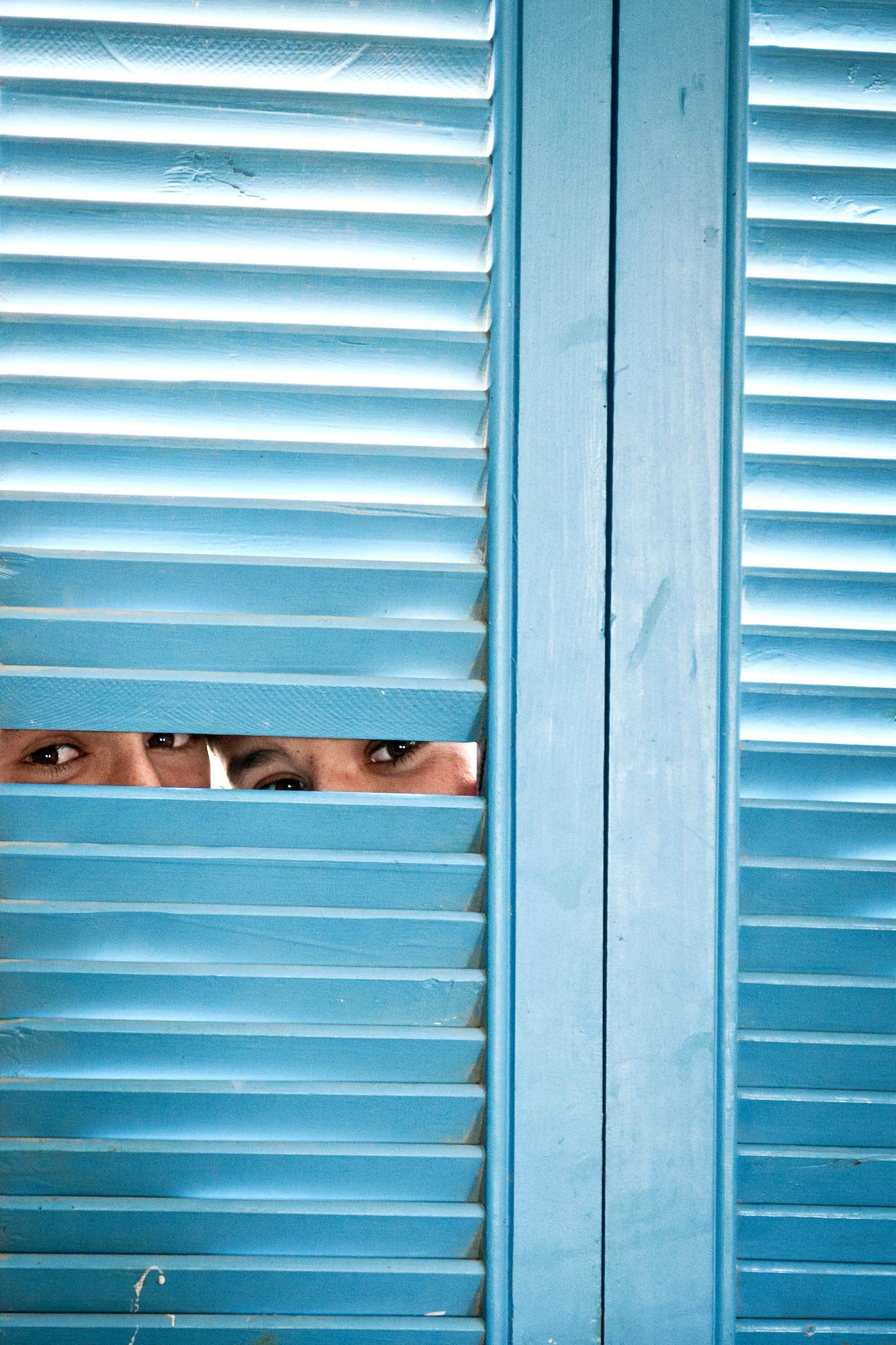
Countryside school in Tunisia
Outskirts of Sidi Amor Bouhajla, Tunisia 27 October 2011 Countryside school in Tunisia. Photo: Ezequiel Scagnetti
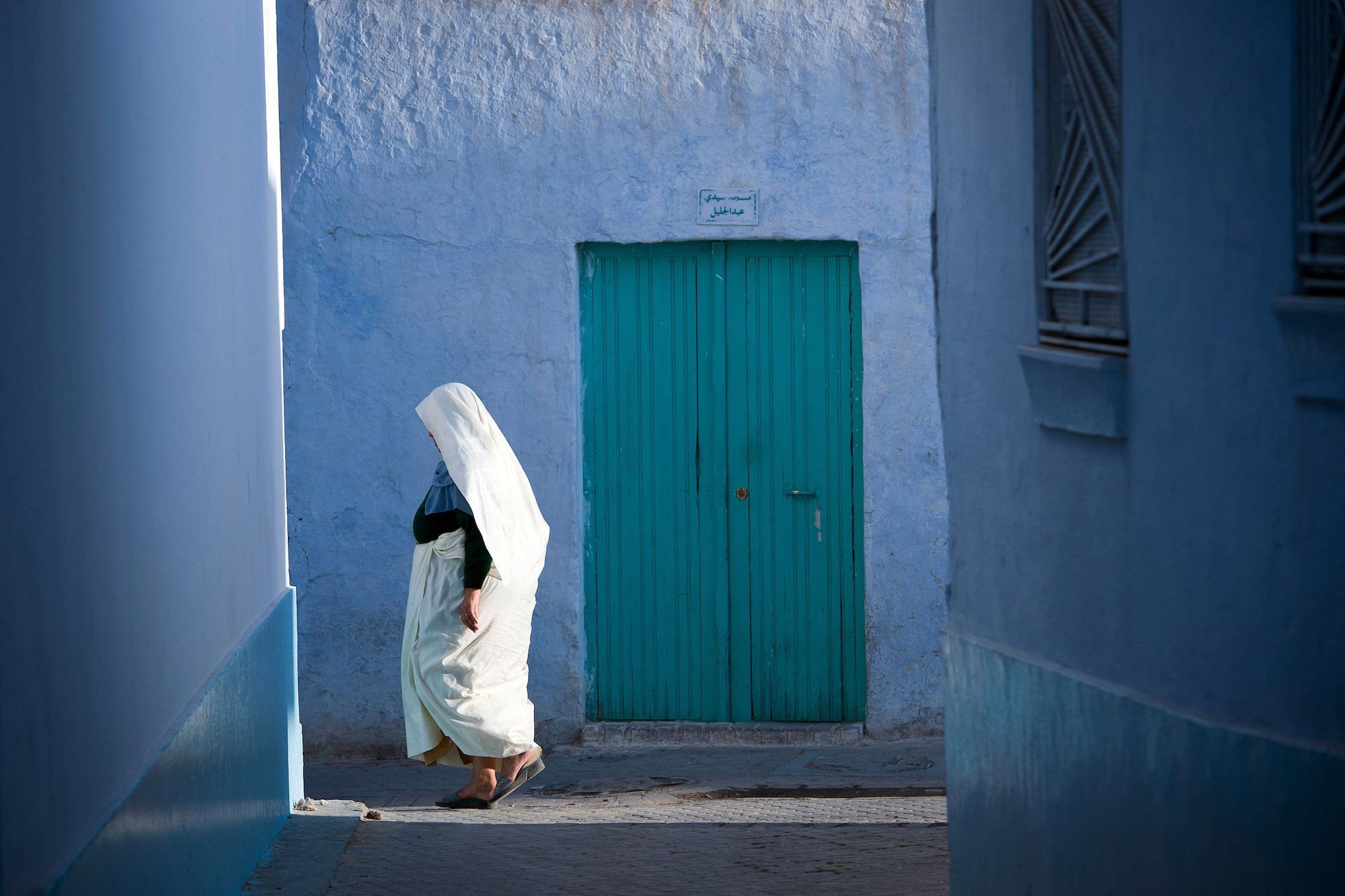
Tunisia - Kairouan, The holy city
Kairouan, Tunisia 27 October 2011 Street scene in the Medina of Kairouan. Kairouan is the capital of the Kairouan Governorate in Tunisia. Referred to as the Islamic Cultural Capital, it is a UNESCO World Heritage site. The city was founded by the Arabs around 670. In the period of Caliph Mu'awiya it became an important centre for Islamic and Quranic learning, and thus attracting a large number of Muslims from various parts of the world. The holy Mosque of Uqba is located in the city. It is considered by many Muslims to be Islam's fourth holiest city. Photo: Ezequiel Scagnetti
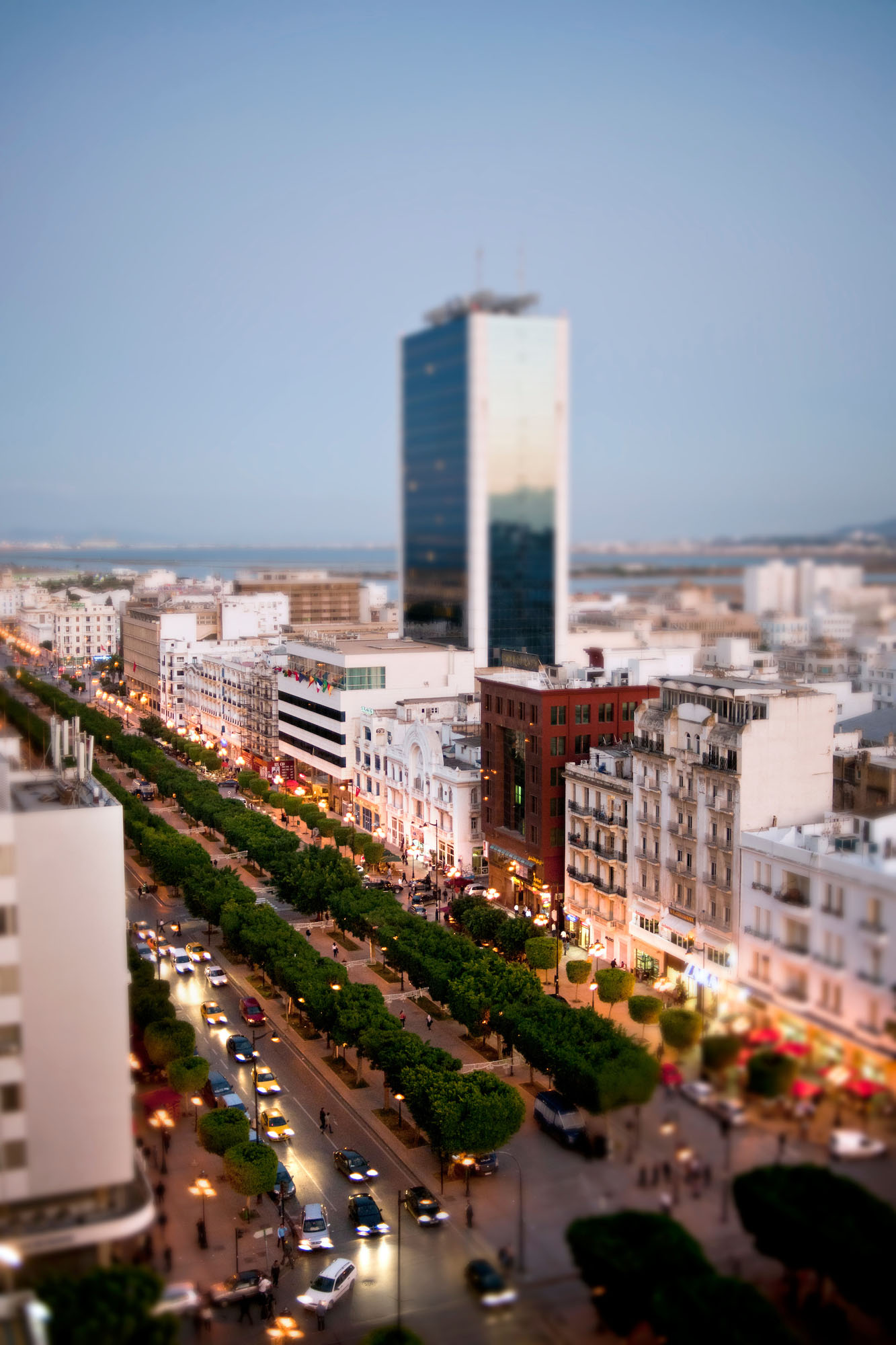
Tunisia - Street view
Tunis, Tunisia 16 October 2011 Street view of Tunis during the sunset. Photo: Ezequiel Scagnetti
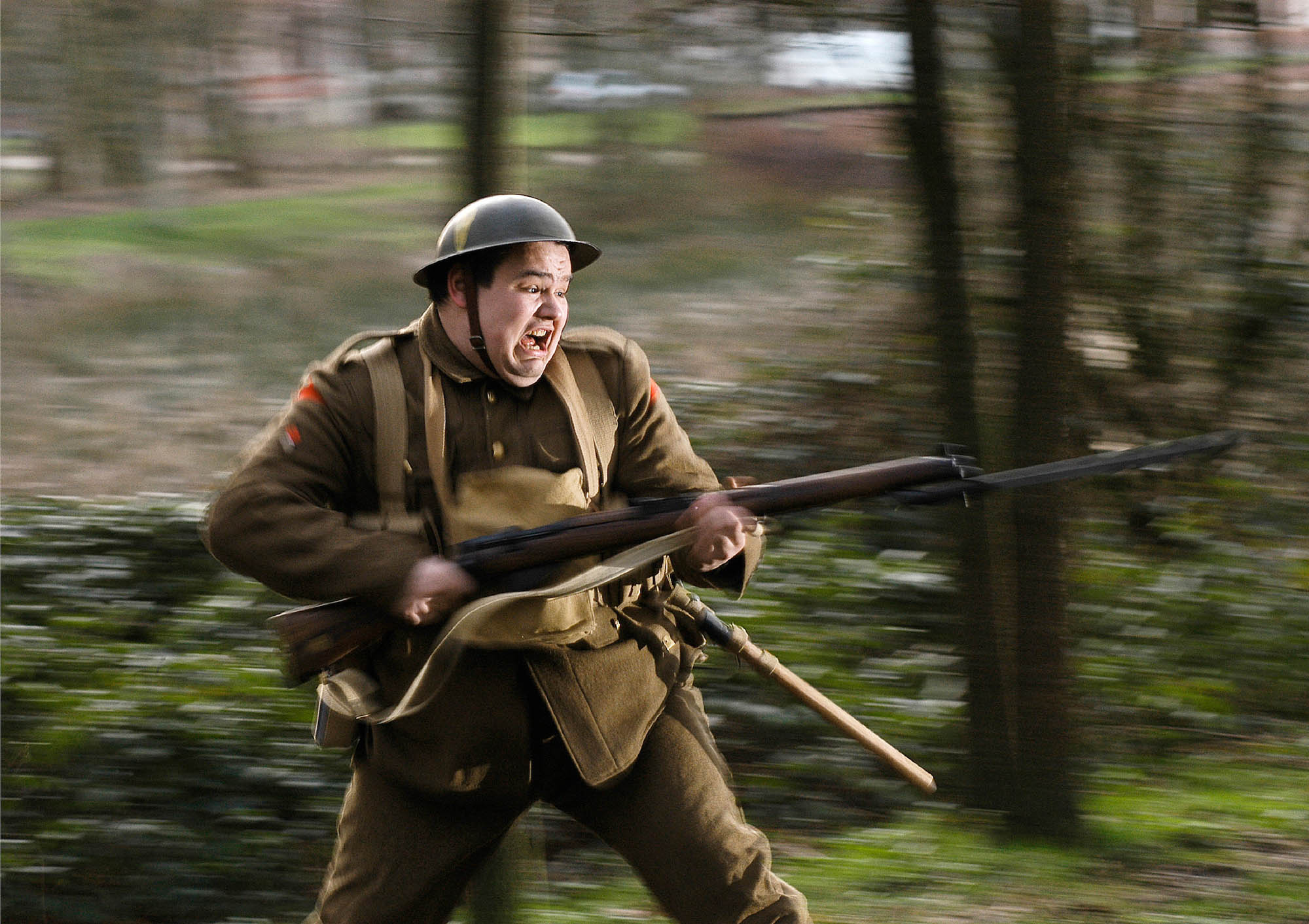
First World War vestiges report
Zonnebeke, Belgium 09 February 2004 Kristof Blieck, re-enactor, is specialised in the performance of historical scenes of the commonwealth during WW1. He is using an historical uniform of the Lancashire Fusiliers. "Re-enacting" or "living history" is the playing of a historical role in a historical environment. An other way to describe it is an interactive way to teach people about history, the past times and the life then. Photo: Ezequiel Scagnetti
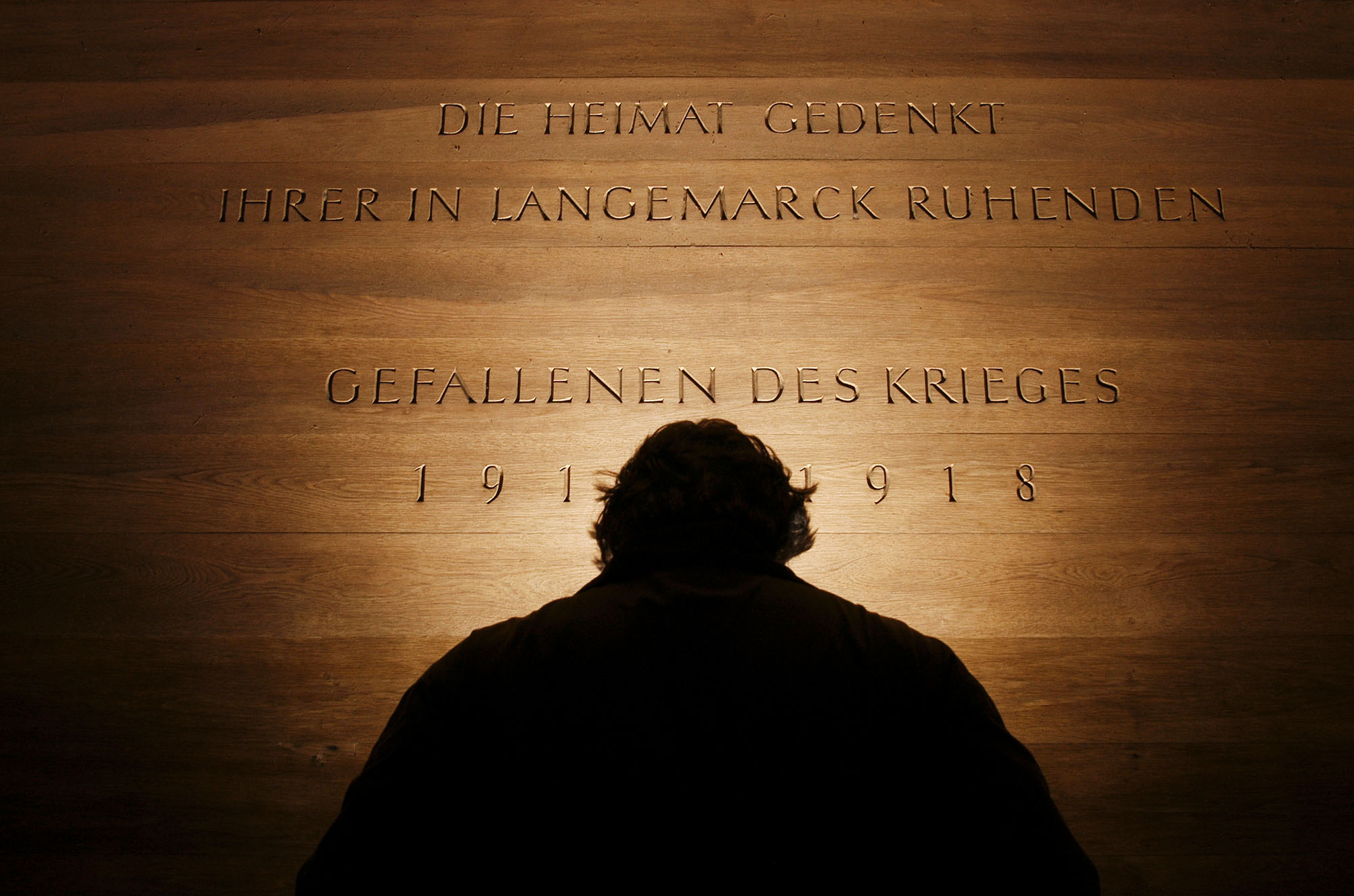
Langemark German Military Cemetery - Belgium
Langemark, Belgium 05 February 2004 Langemark German Military Cemetery. The cemetery started as a small group of graves in 1915. Burials were increased here by the German military directorate in Gent during 1916 to 1918. In the mid 1920s, the Official German Burial Service in Belgium began to renovate the cemeteries in Flanders, the cemetery was renamed Langemarck-North. With the setting up of a register of German military cemeteries in Flanders in 1930 the cemetery was renamed as German Military Cemetery Number 123. It was officially inaugurated on 10 July 1932. During the 1930s approximately 10,000 soldiers were brought here from 18 German burial sites around the region of Langemarck and the total number of burials in the cemetery reached about 14,000. About 3,000 of the graves were those of the Student Volunteers who died in the battle of Langemark in October and November 1914 and as a result of this the cemetery became known as the Student Cemetery - Der Studentenfriedhof. Eight soldiers were buried in each plot and they are marked by a flat stone inscribed with their names, where known. First world war vestiges report. Extracts of www.greatwar.co.uk Photo: Ezequiel Scagnetti

Langemark German Military Cemetery
Langemark, Belgium 05 February 2004 Langemark German Military Cemetery. The Mourning Soldiers statue. The statue by Professor Emil Krieger was inspired by a photograph taken of soldiers from the Reserve Infantry Regiment 238, mourning at the grave of a comrade in 1918. The second soldier from the right was killed two days after the photograph was taken. Photo: Ezequiel Scagnetti
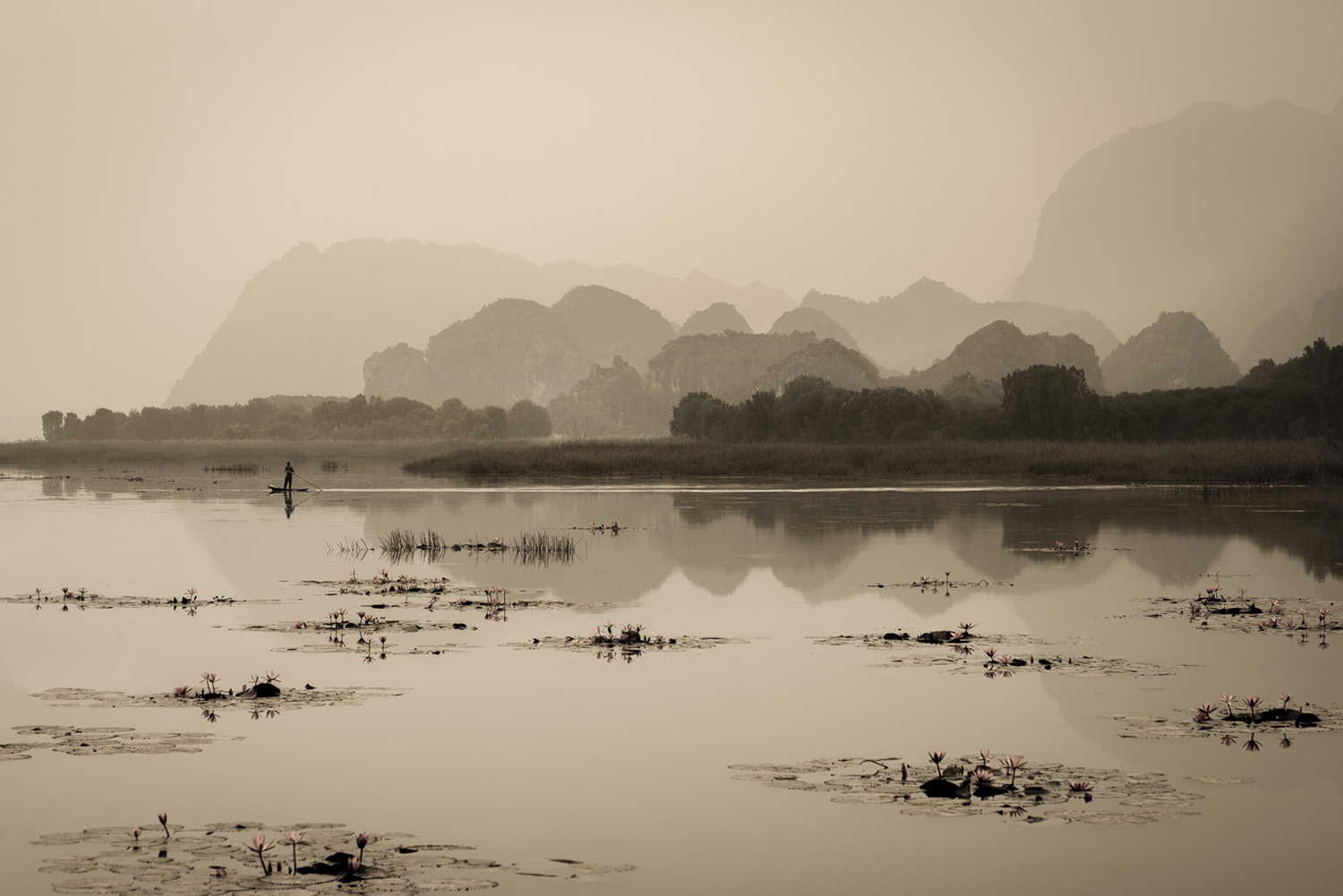
Fine Art prints - Limited editions
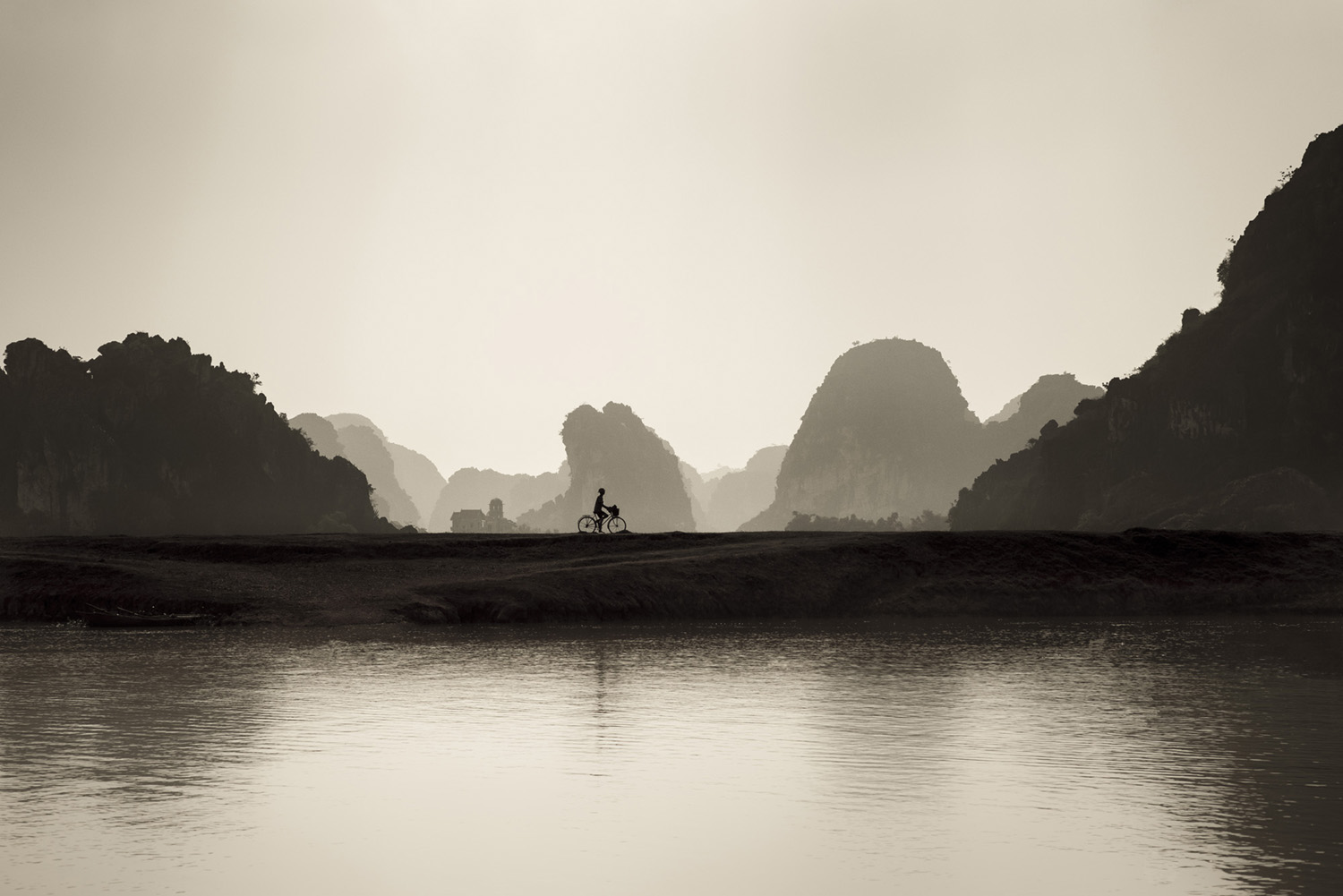
Fine Art prints - Limited editions
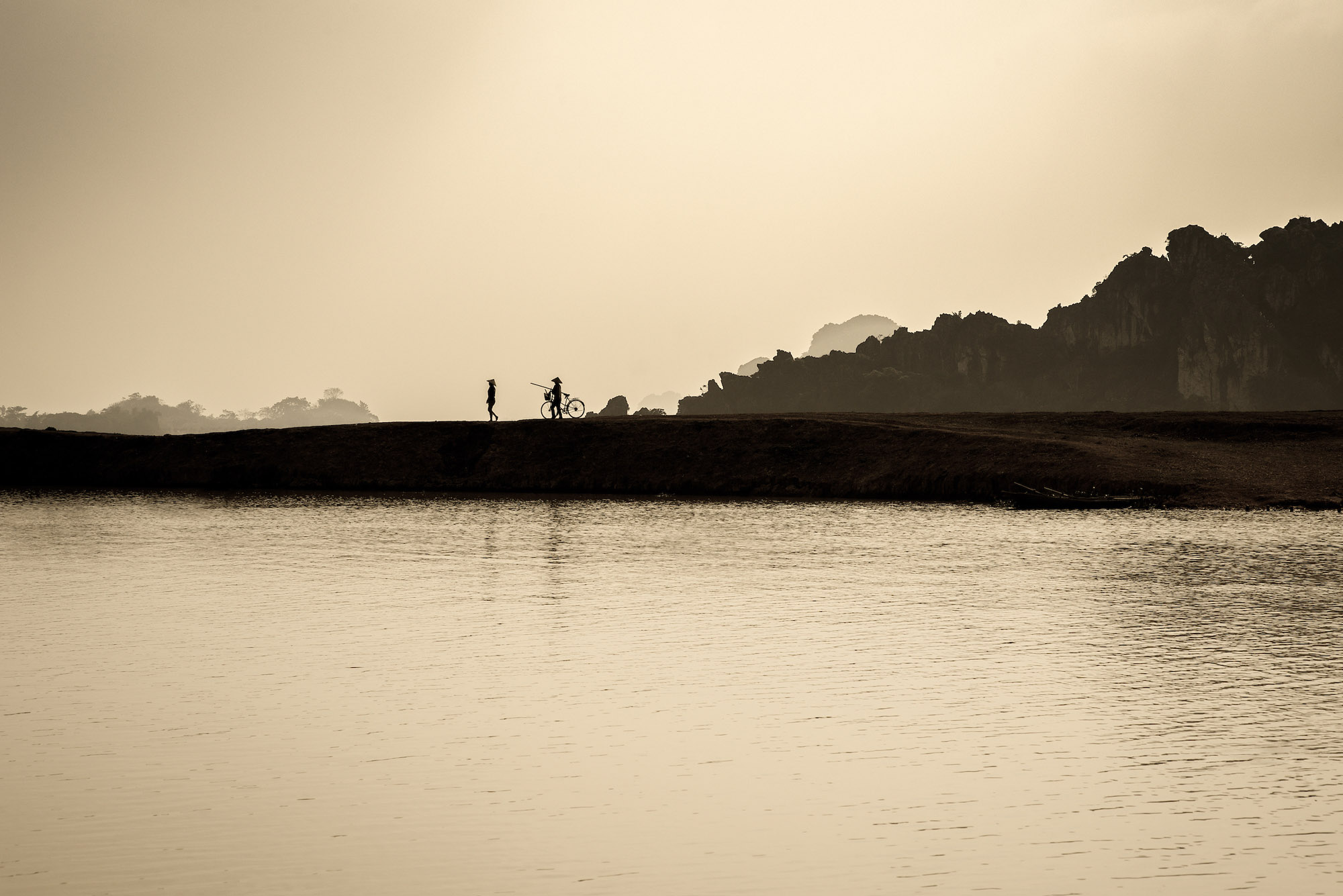
Fine Art prints - Limited editions

Fine Art prints - Limited editions
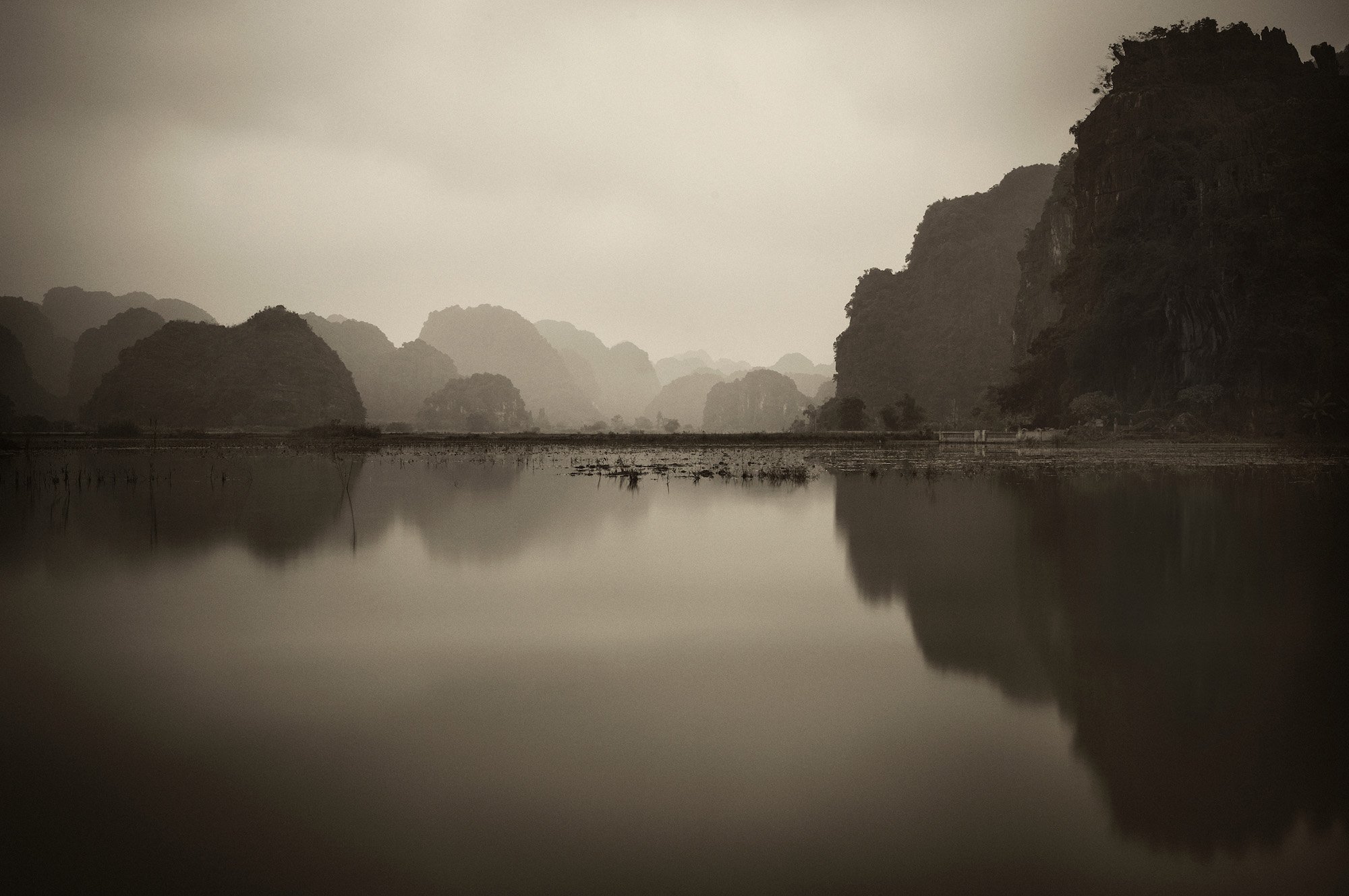
Fine Art prints - Limited editions
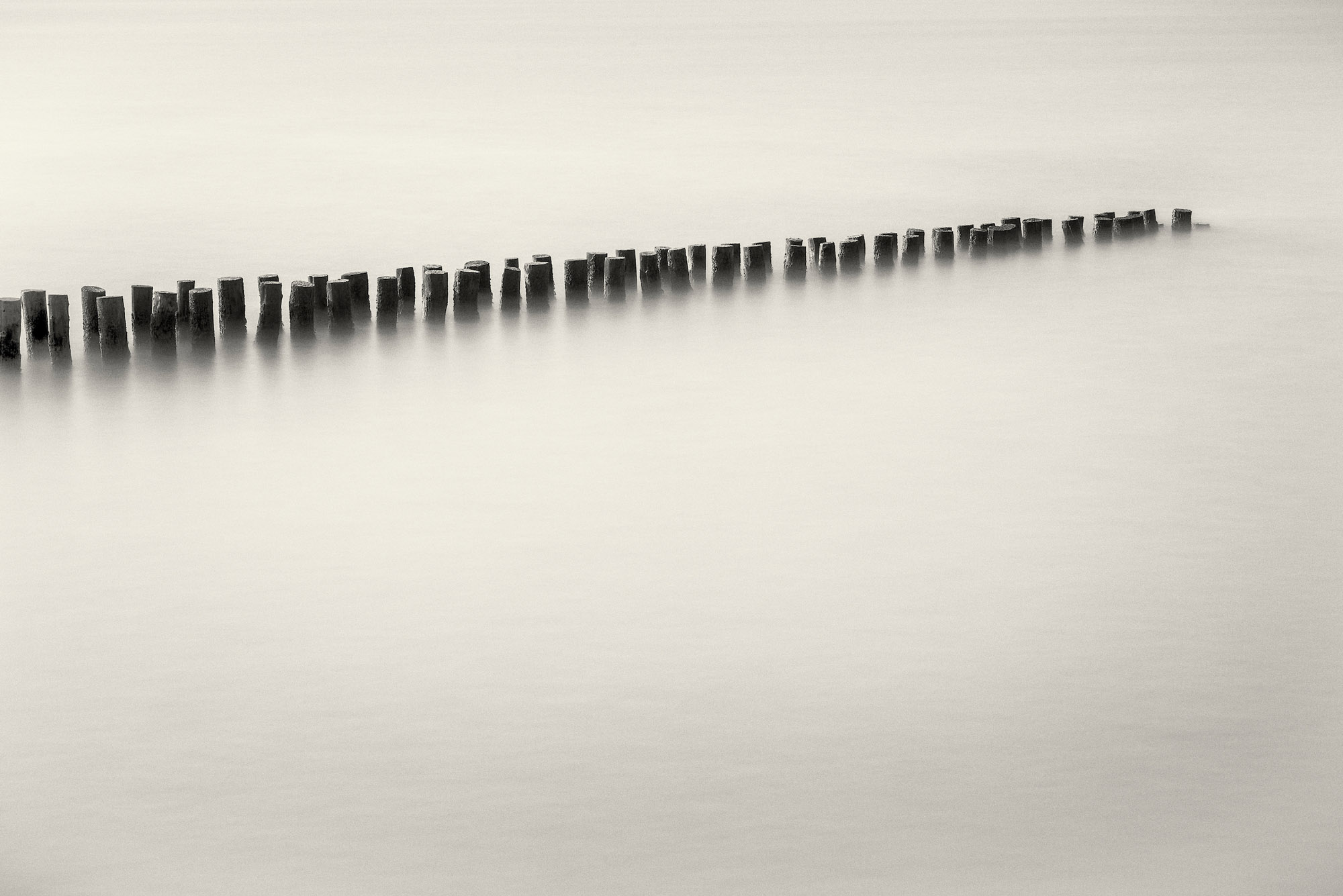
Fine Art prints - Limited editions
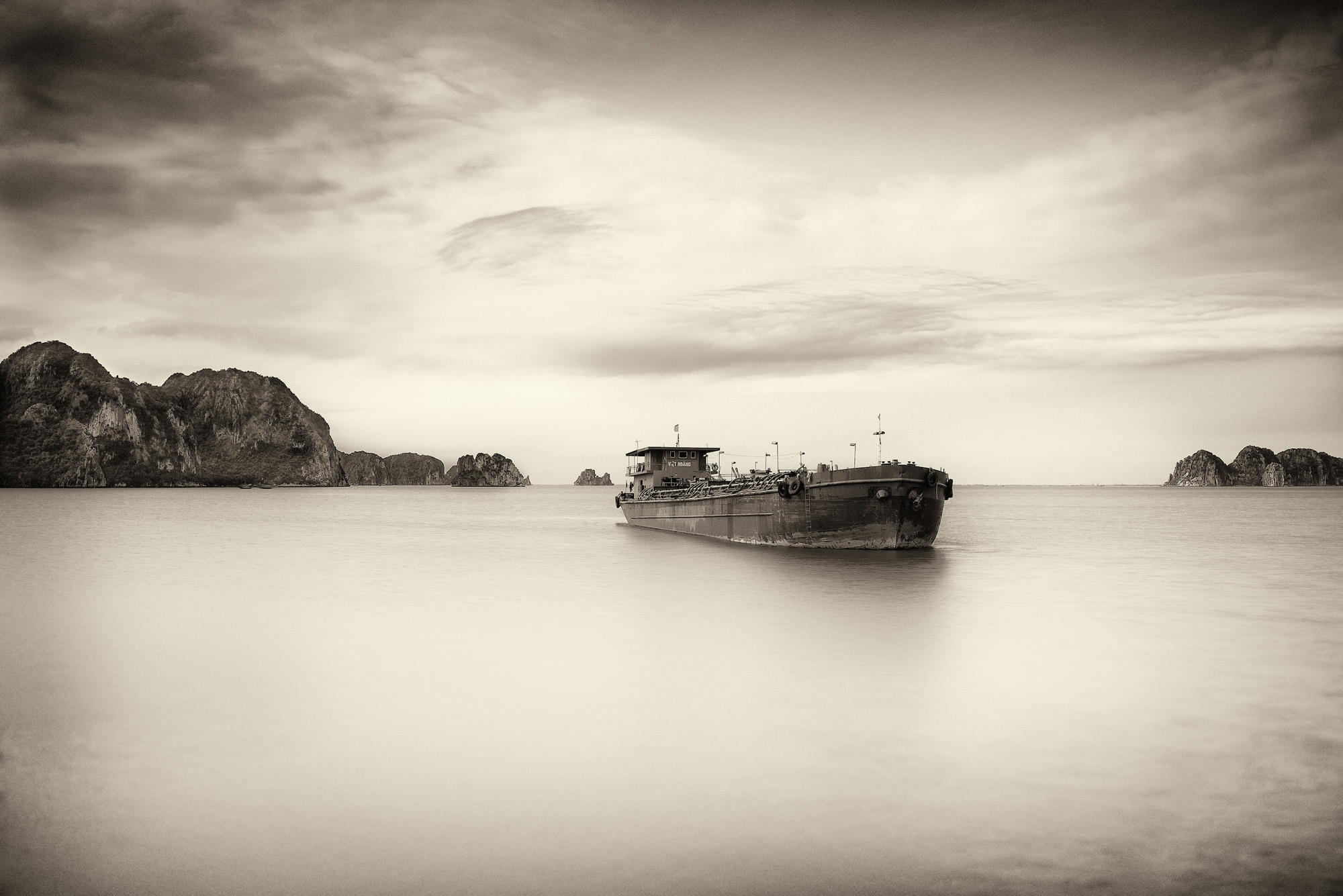
Fine Art prints - Limited editions
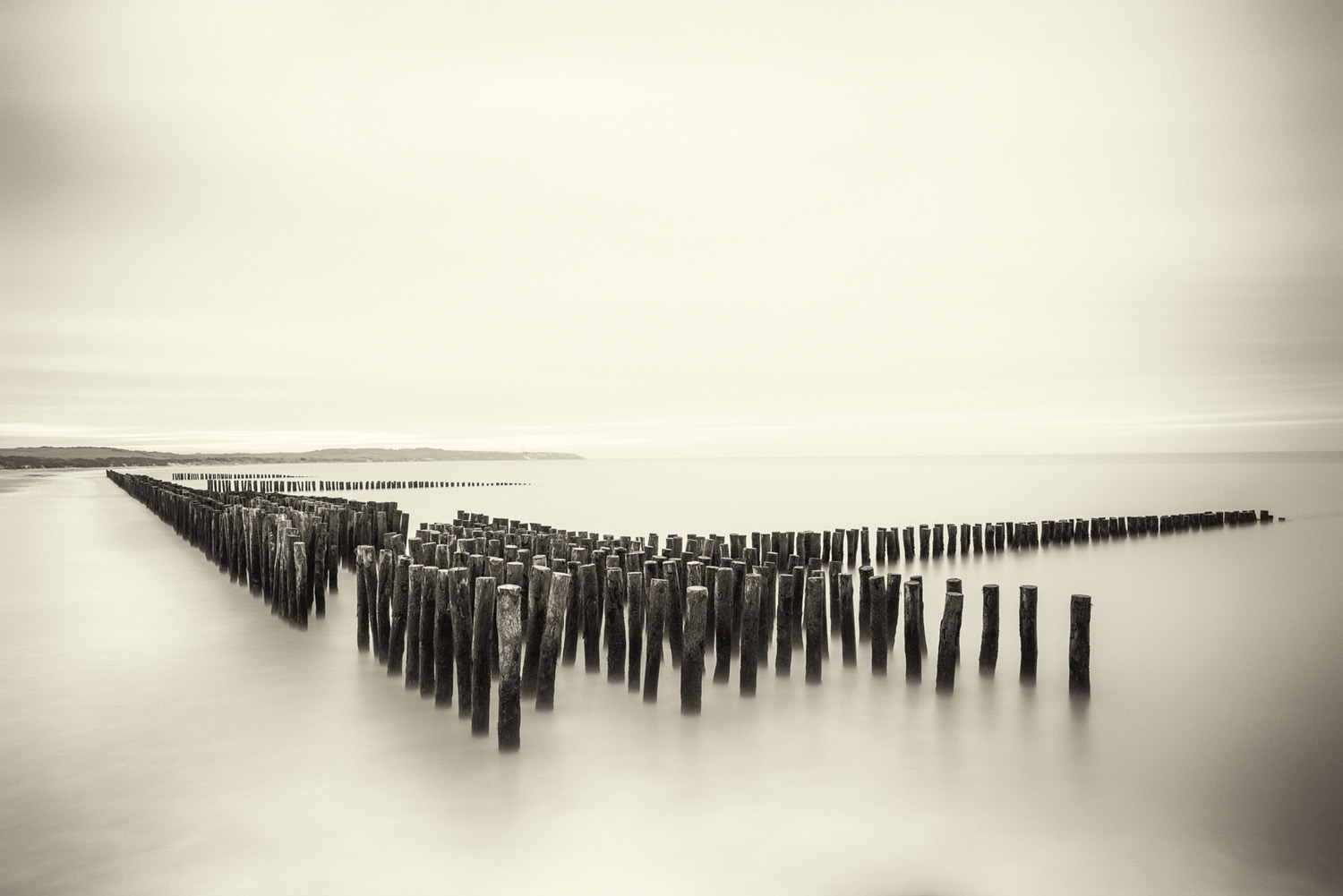
Fine Art prints - Limited editions

Fine Art prints - Limited editions
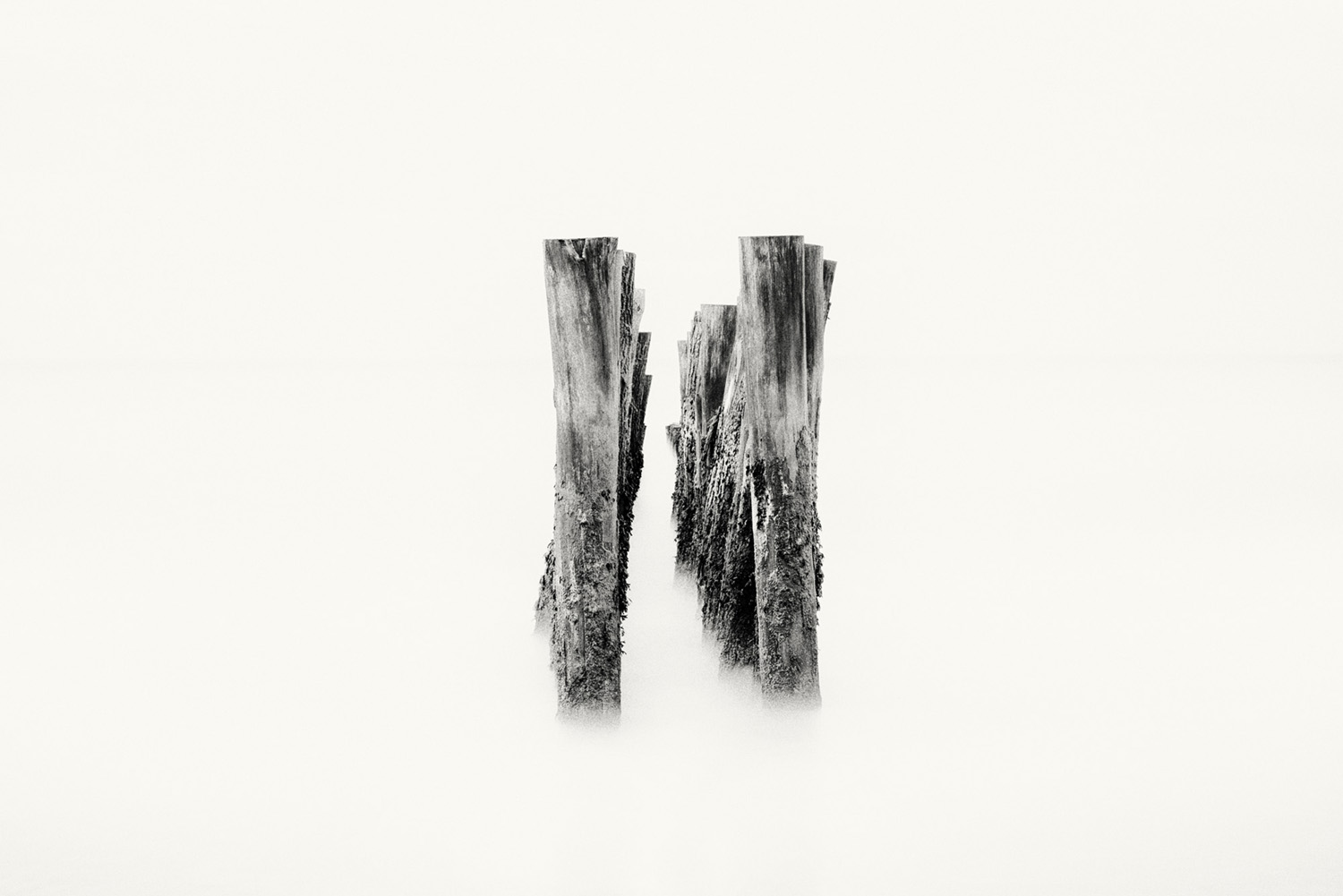
Fine Art prints - Limited editions
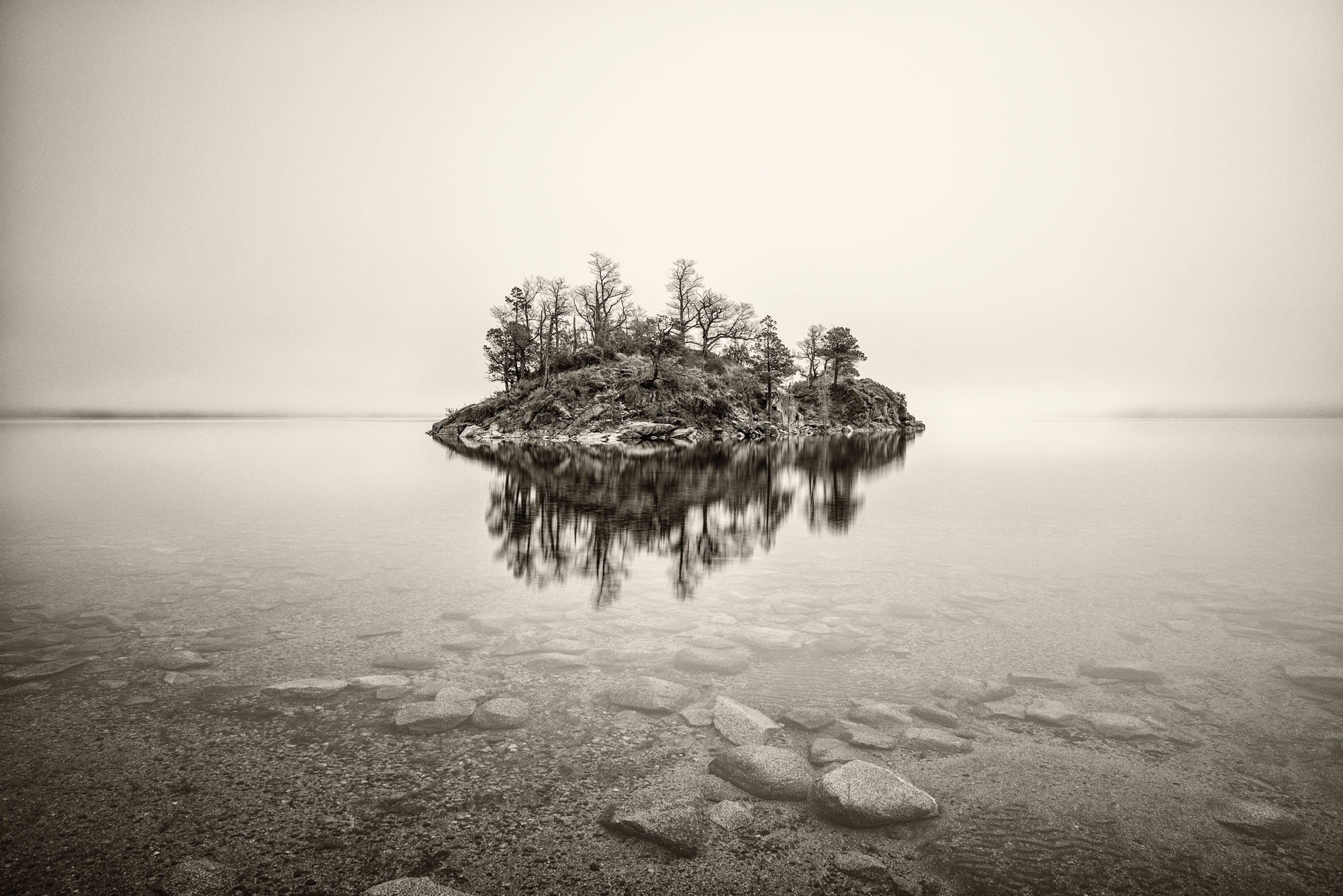
Fine Art prints - Limited editions
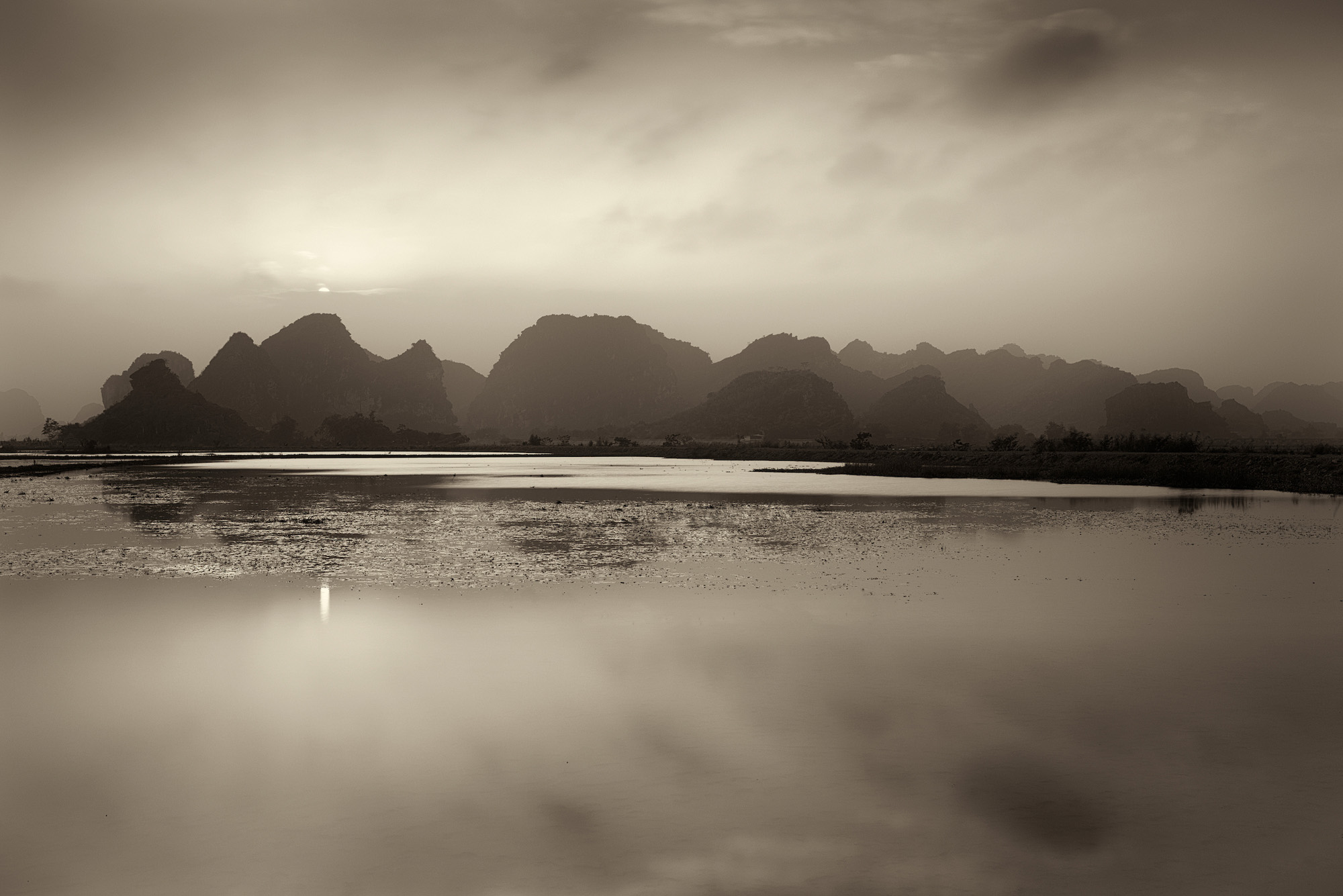
Fine Art prints - Limited editions
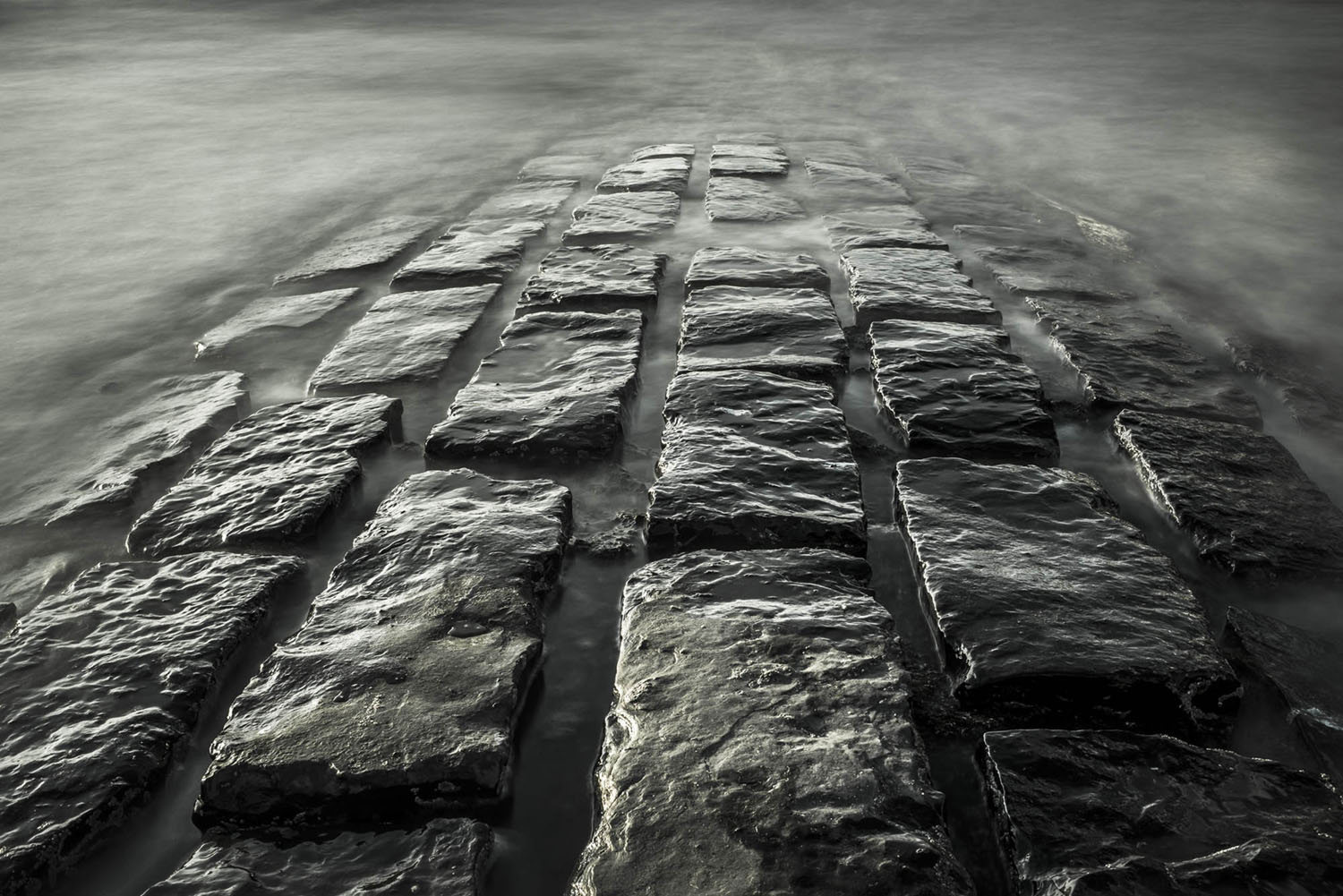
Fine Art prints - Limited editions
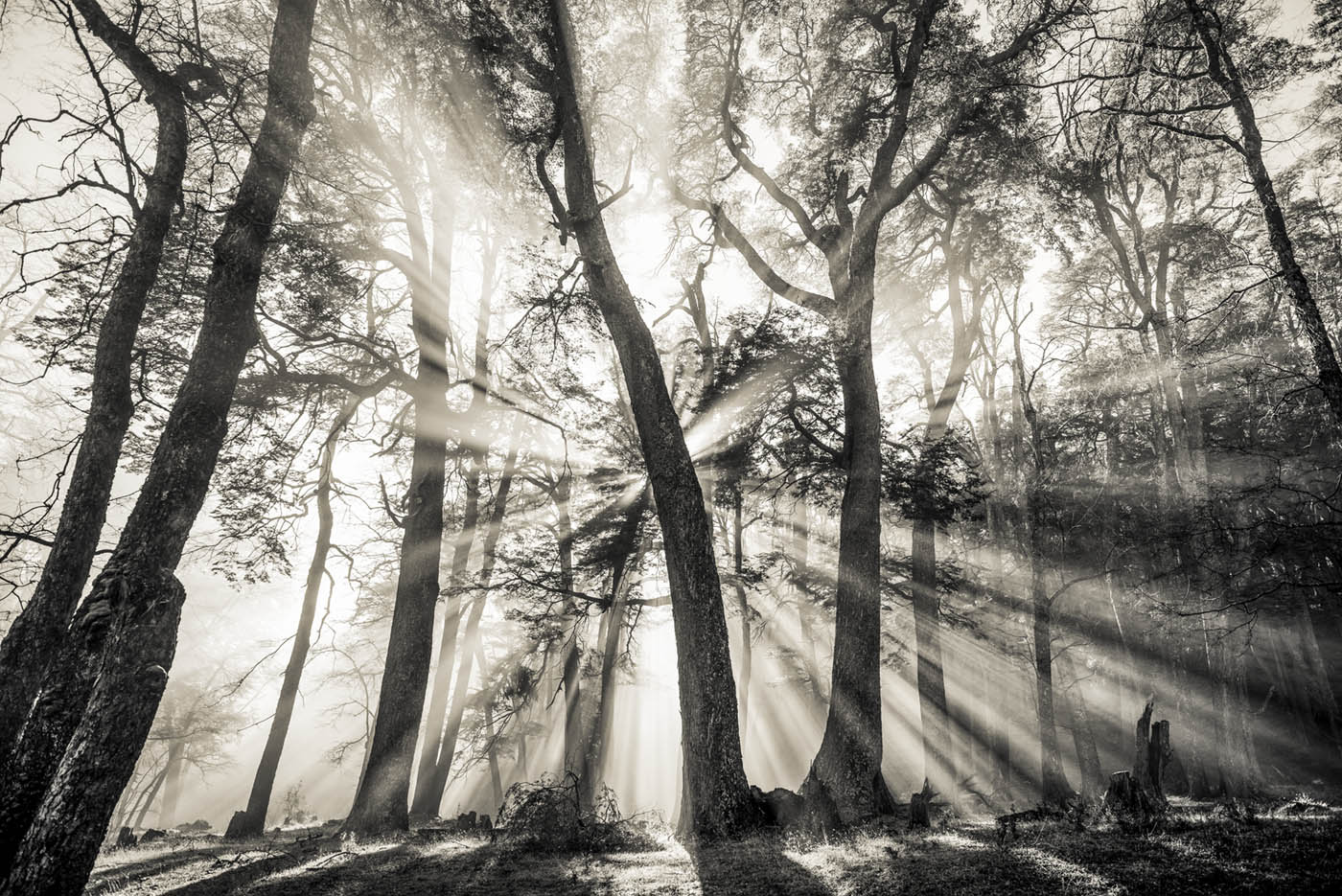
Fine Art prints - Limited editions
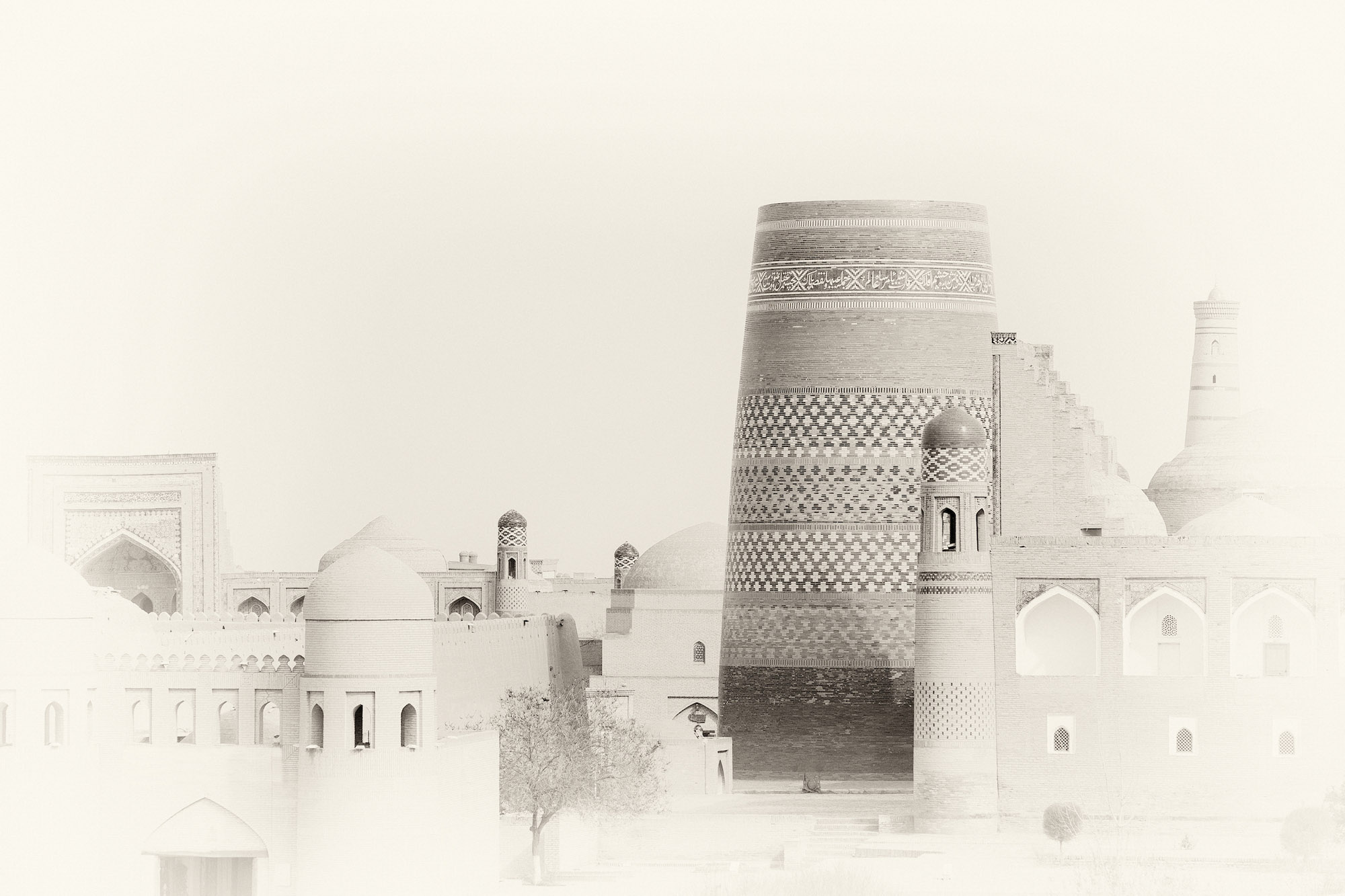
Fine Art prints - Limited editions























































































































































